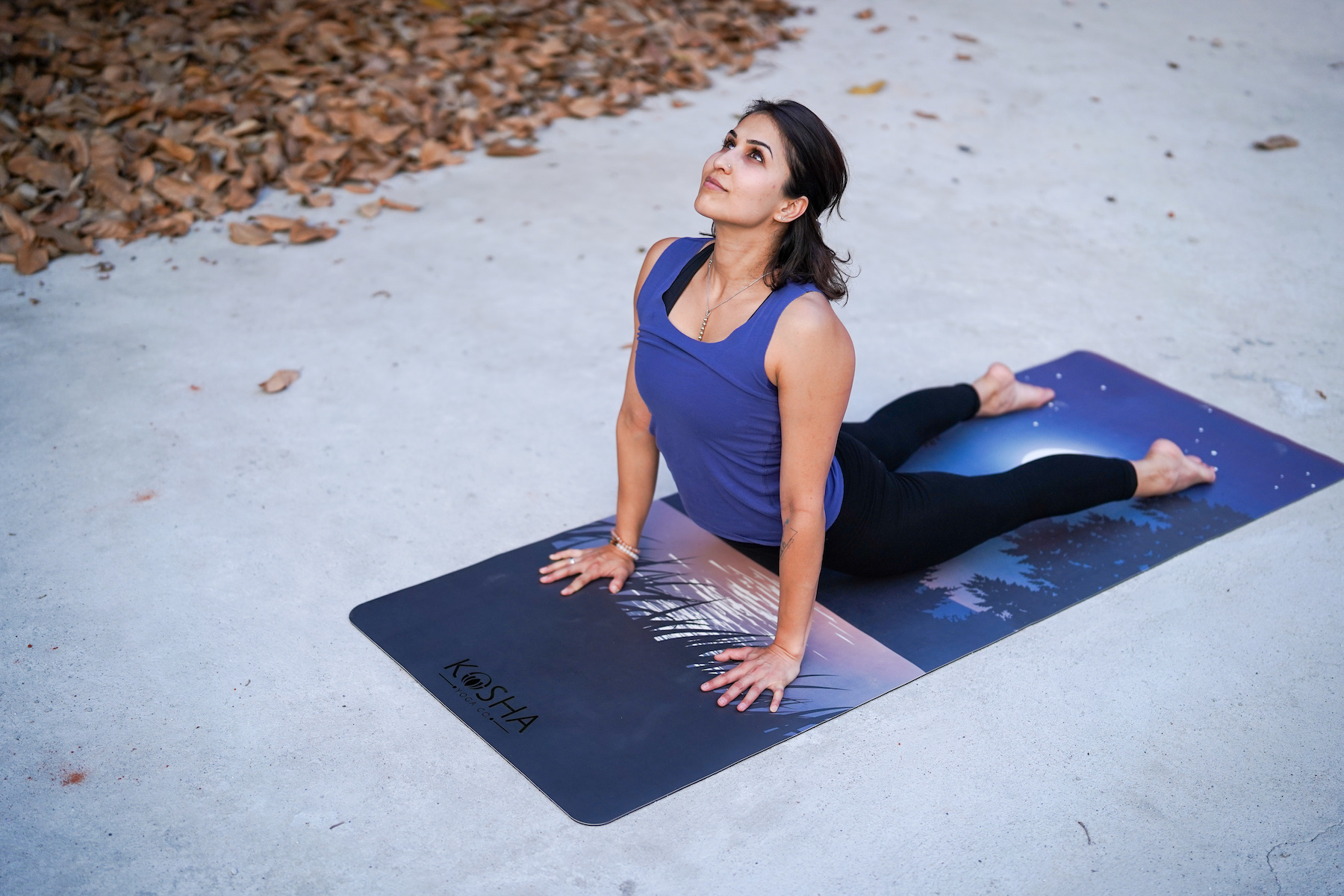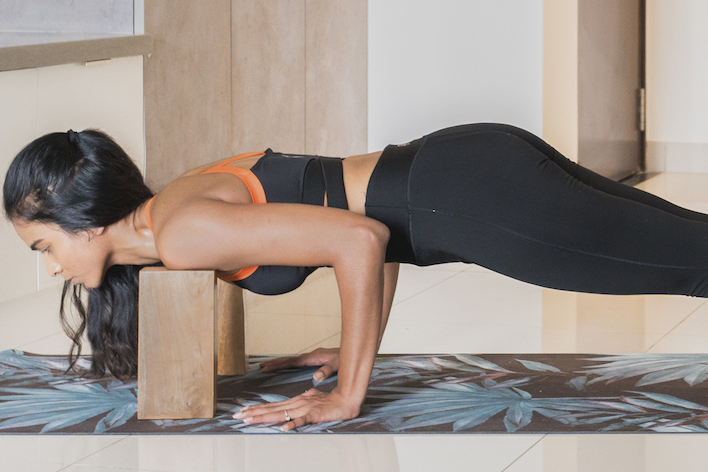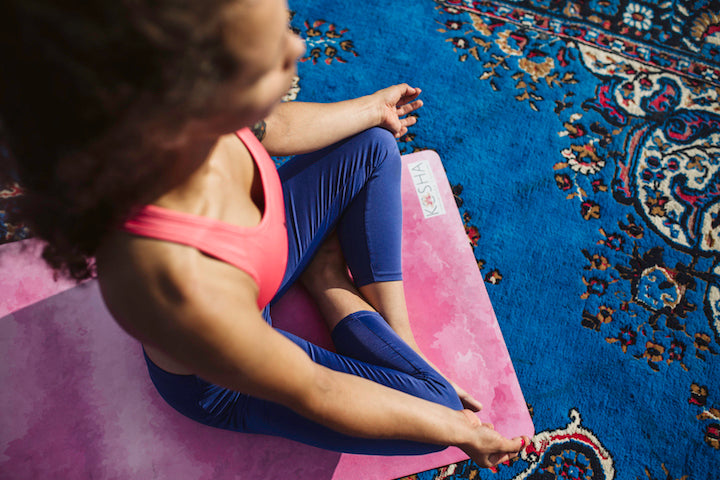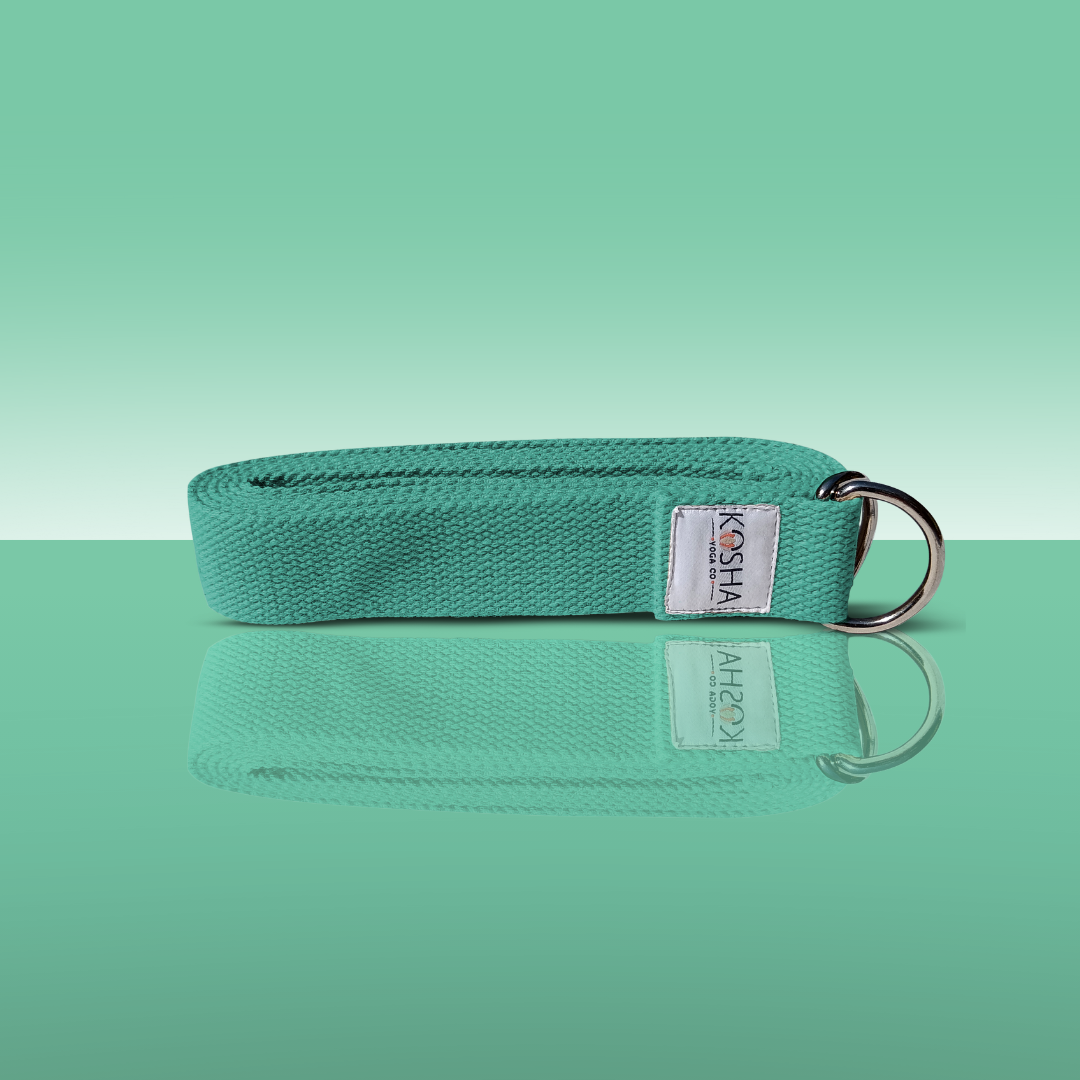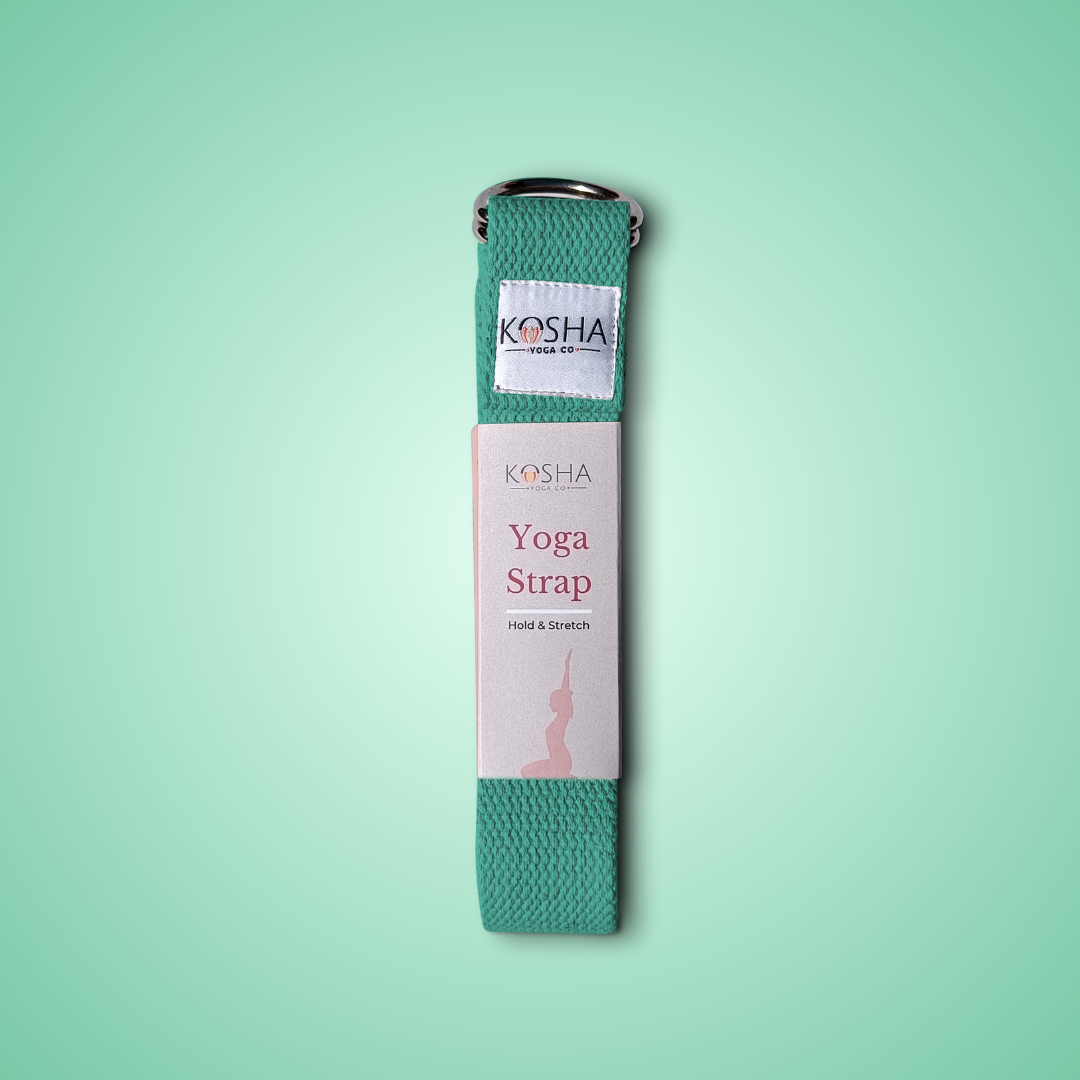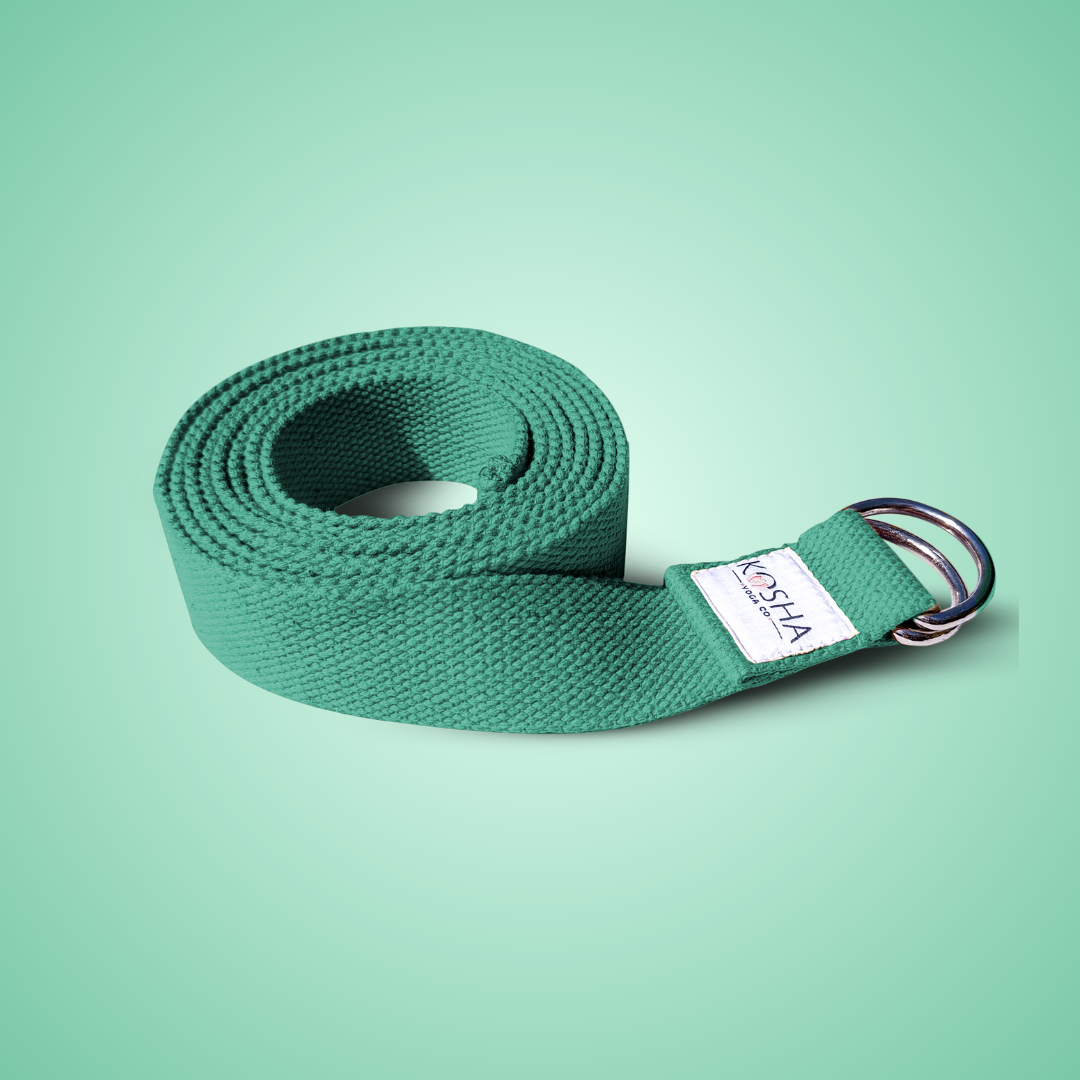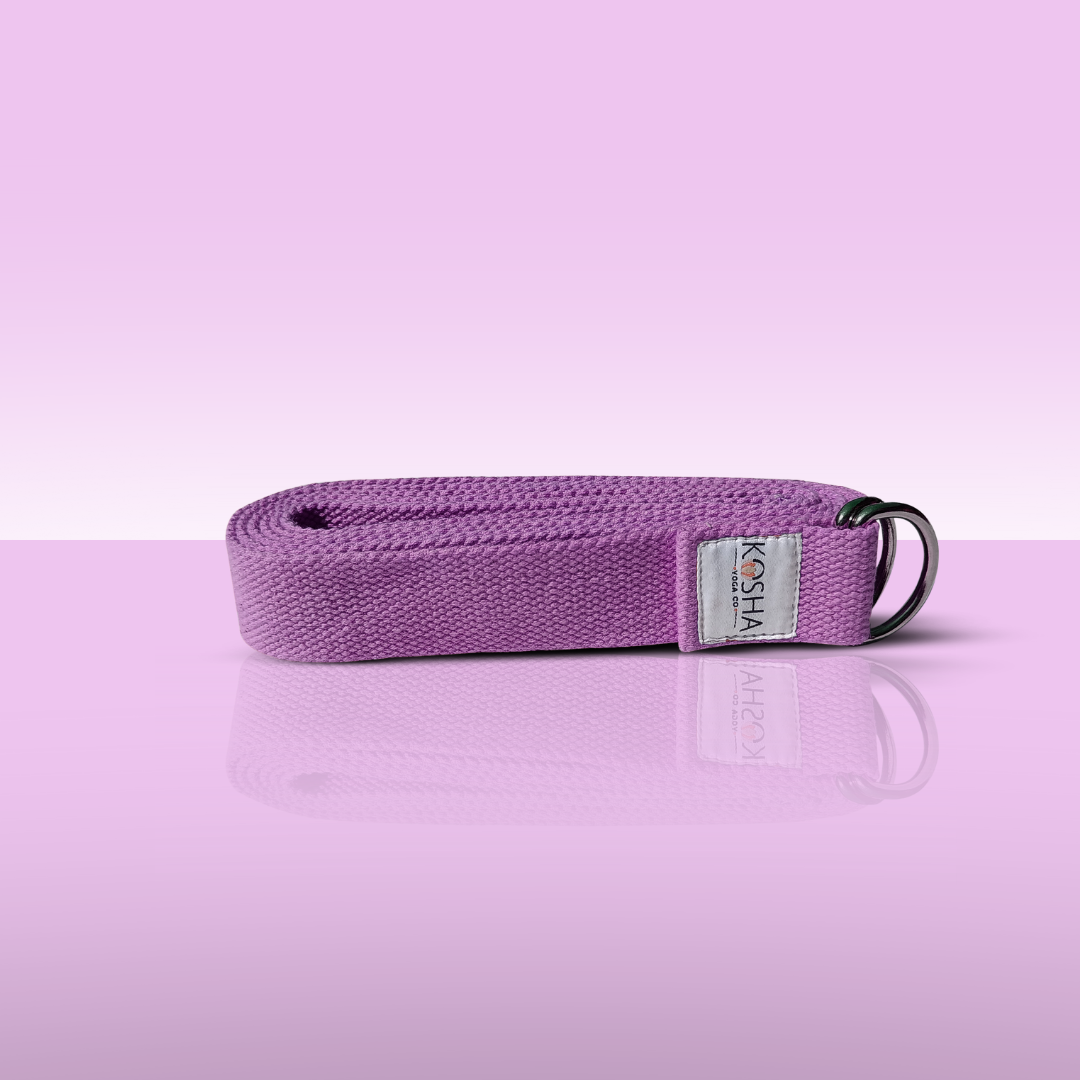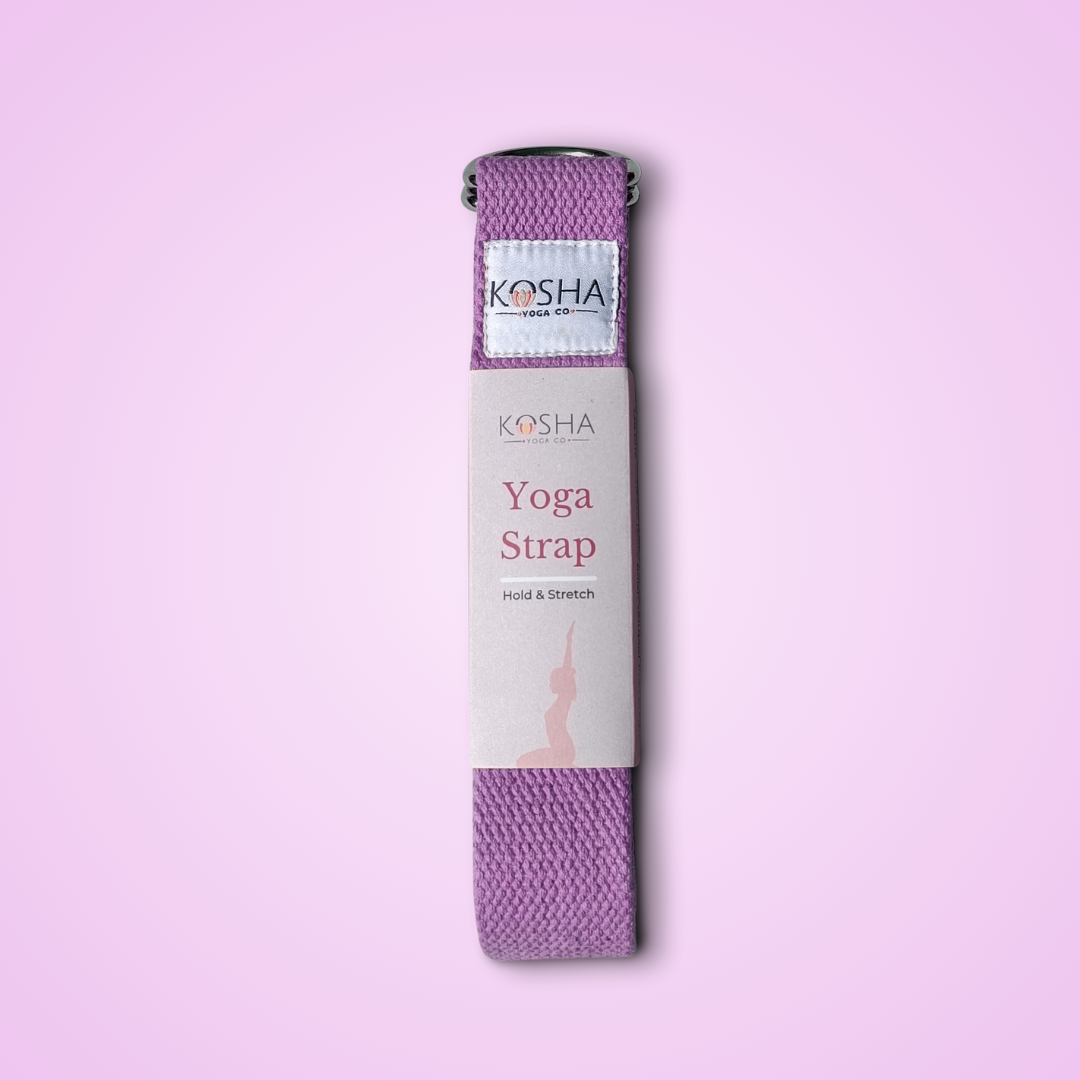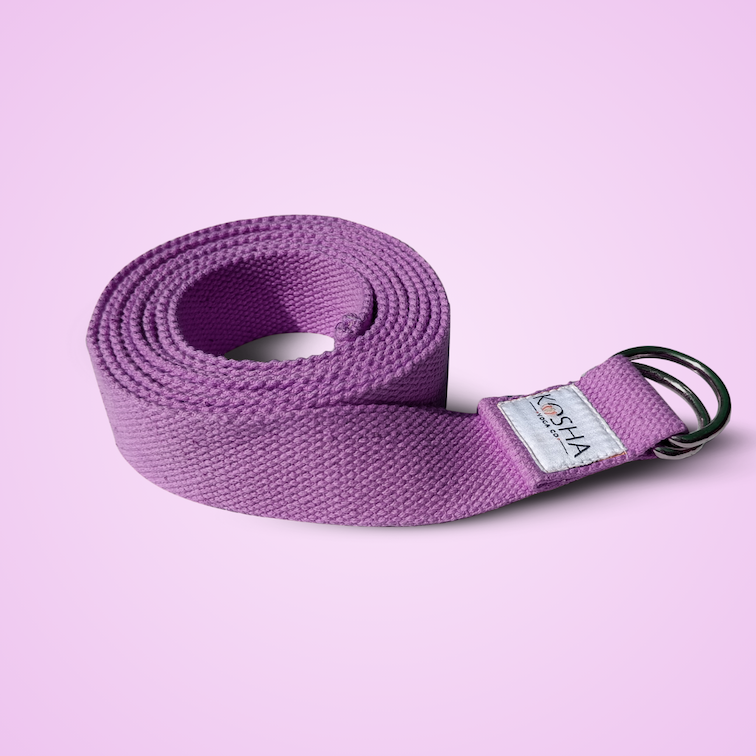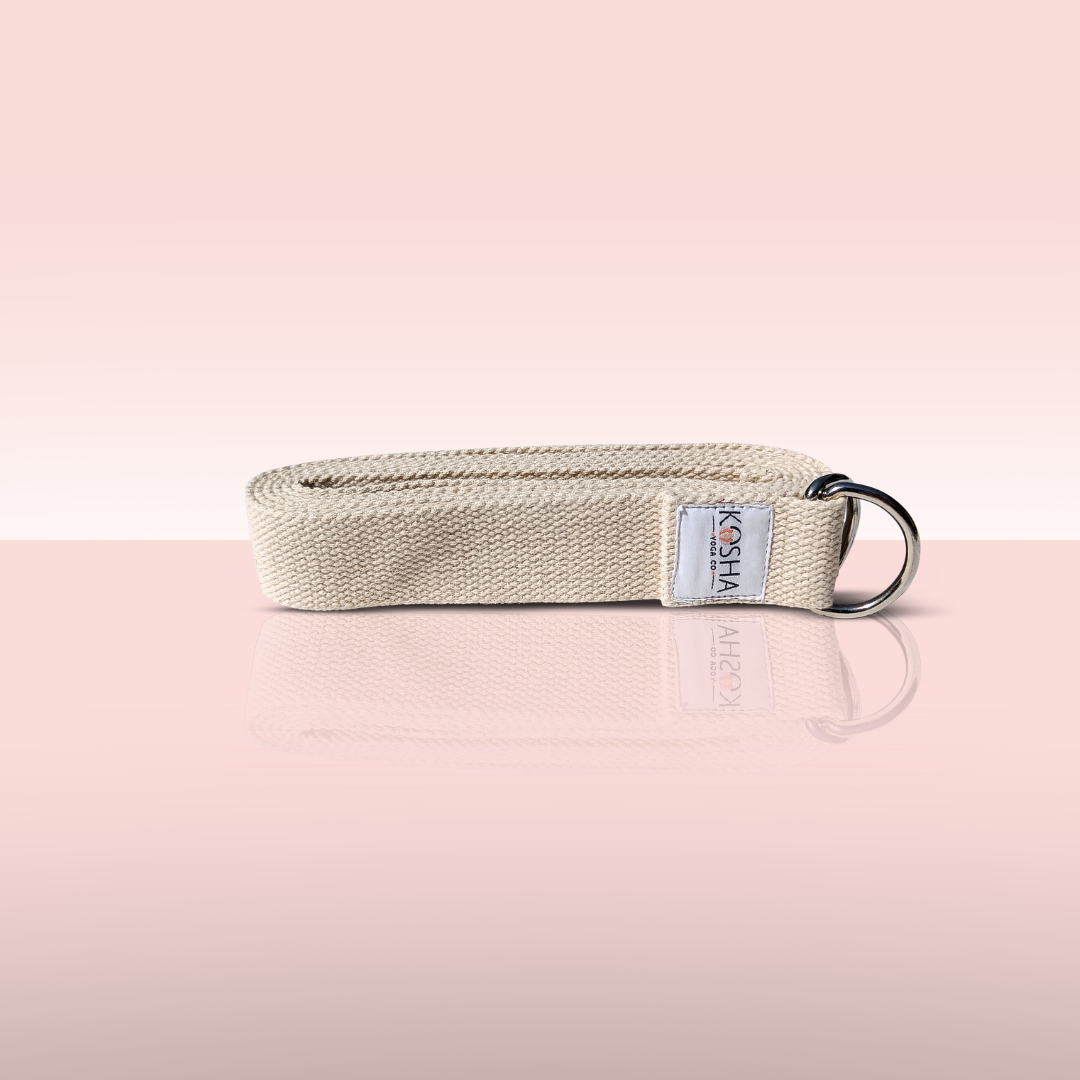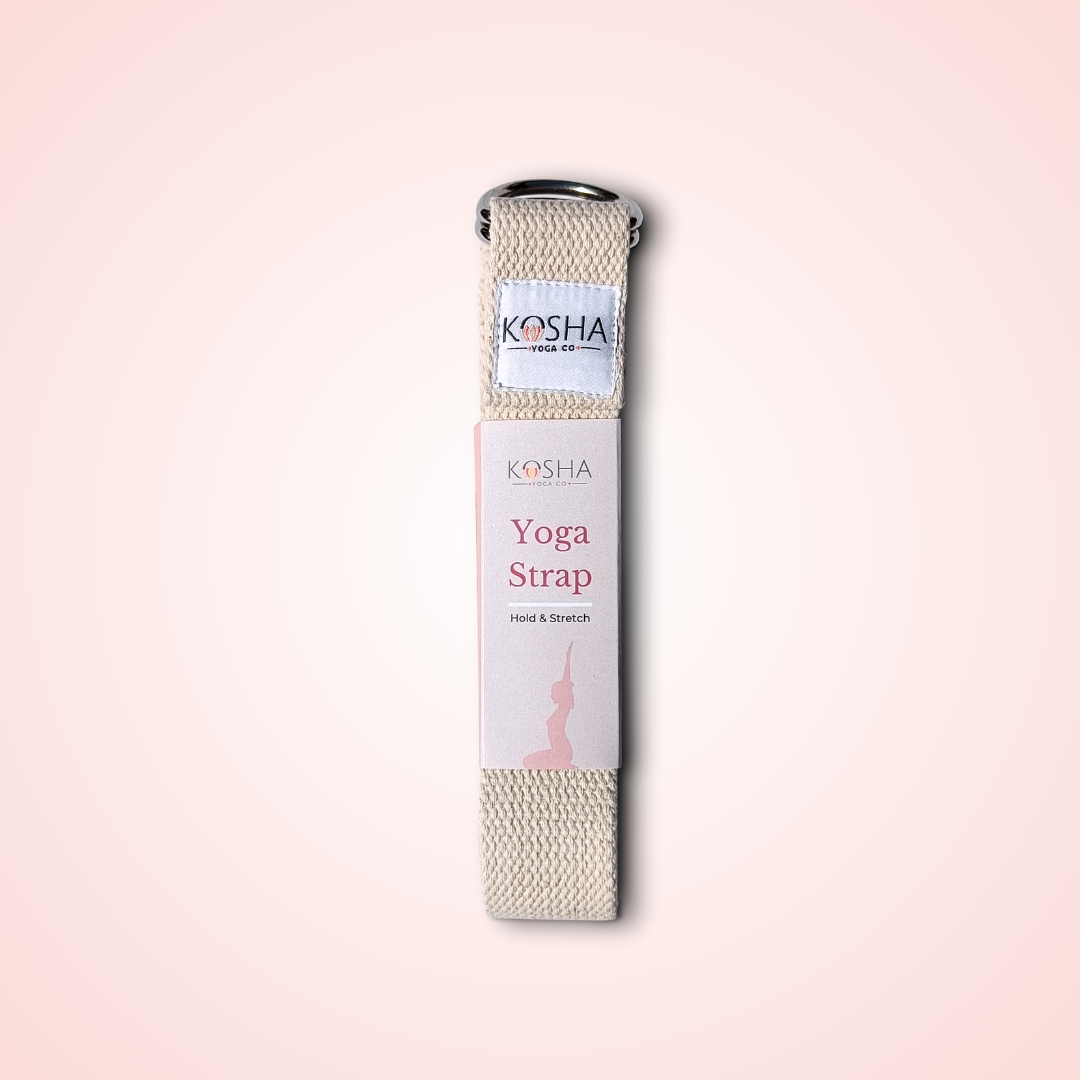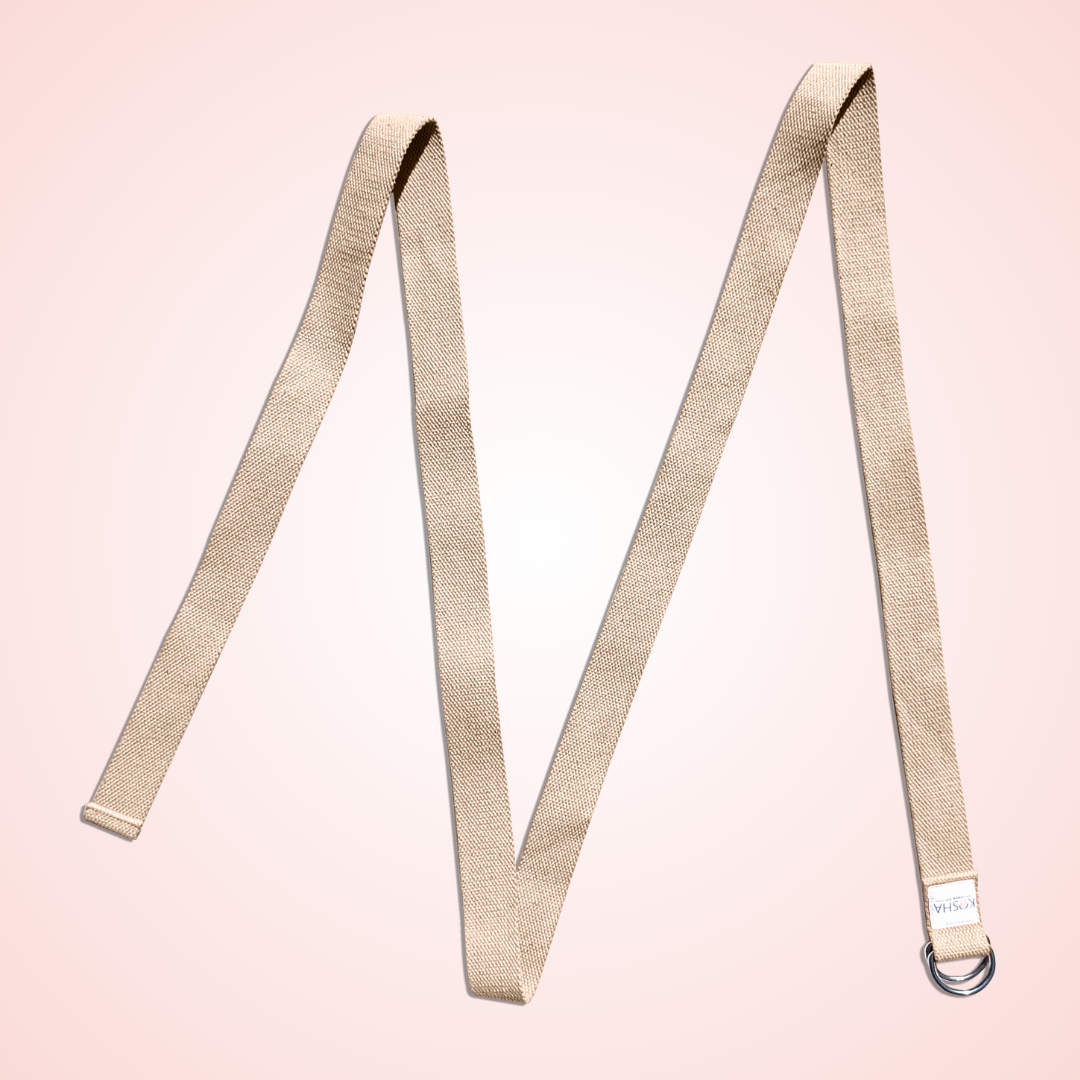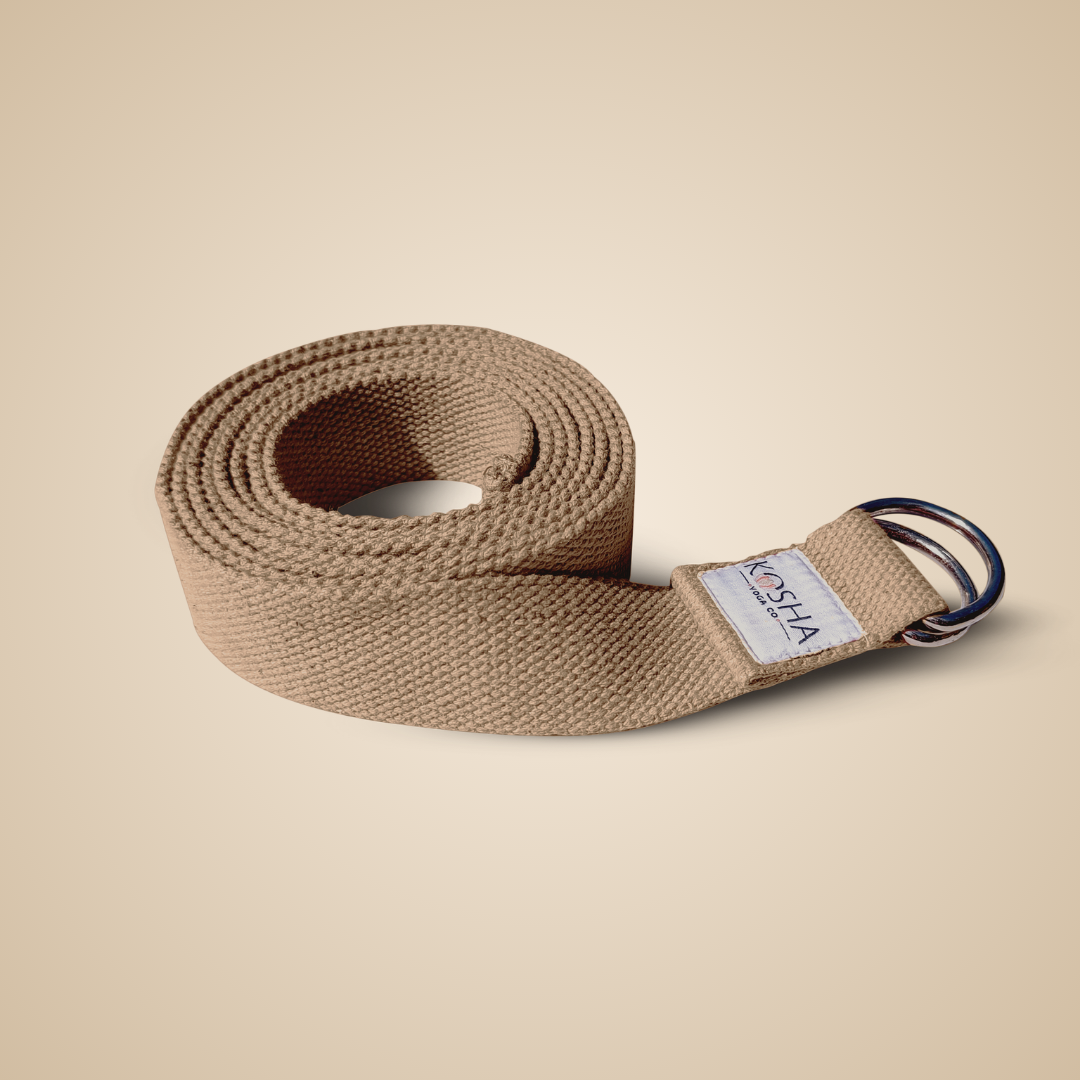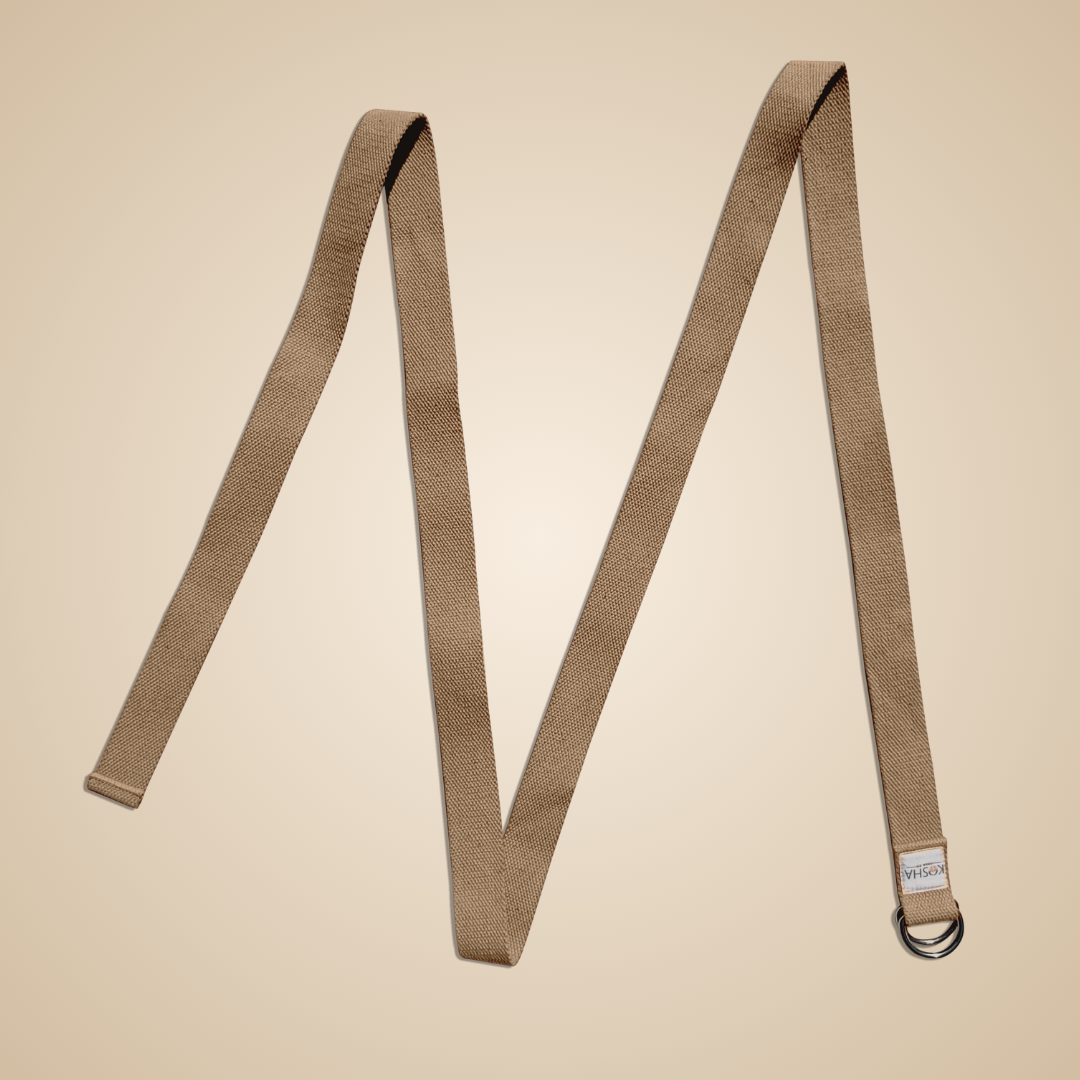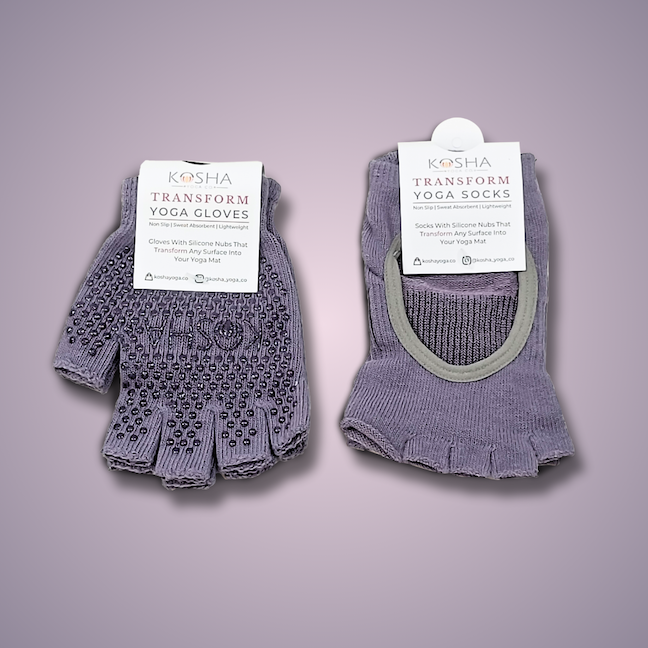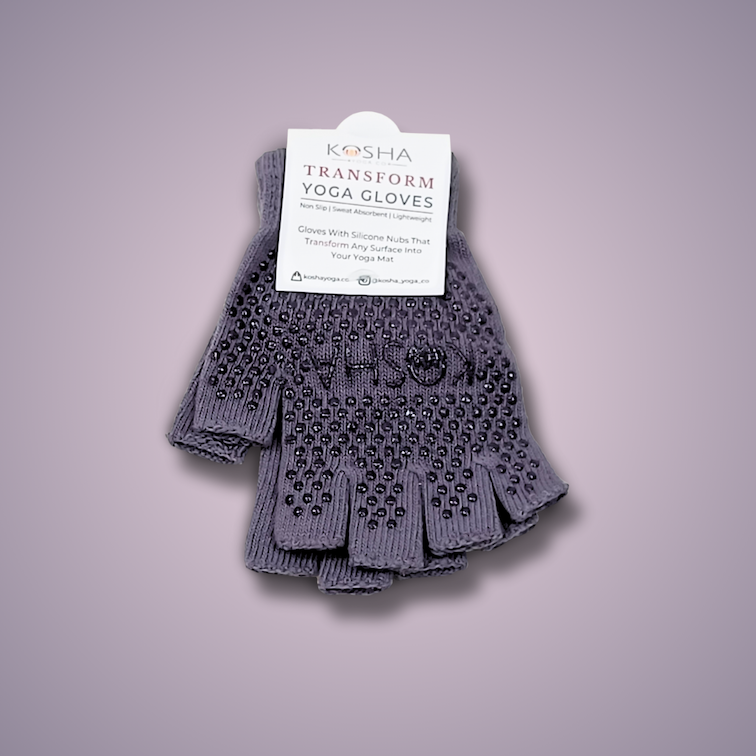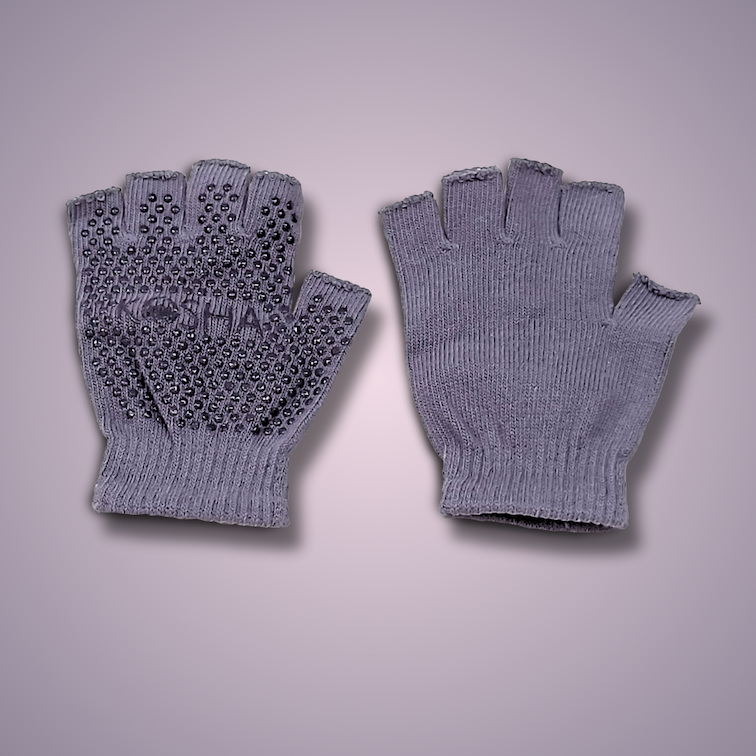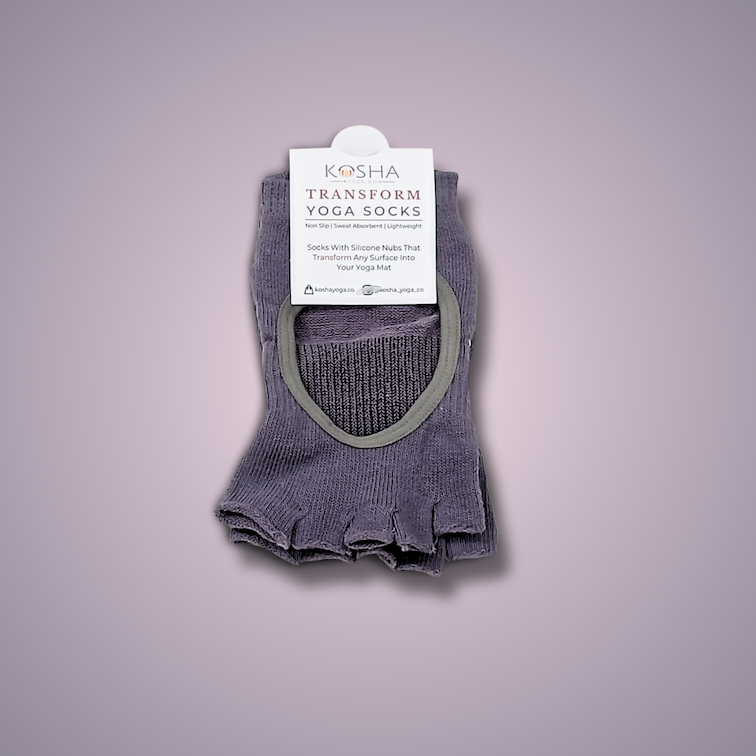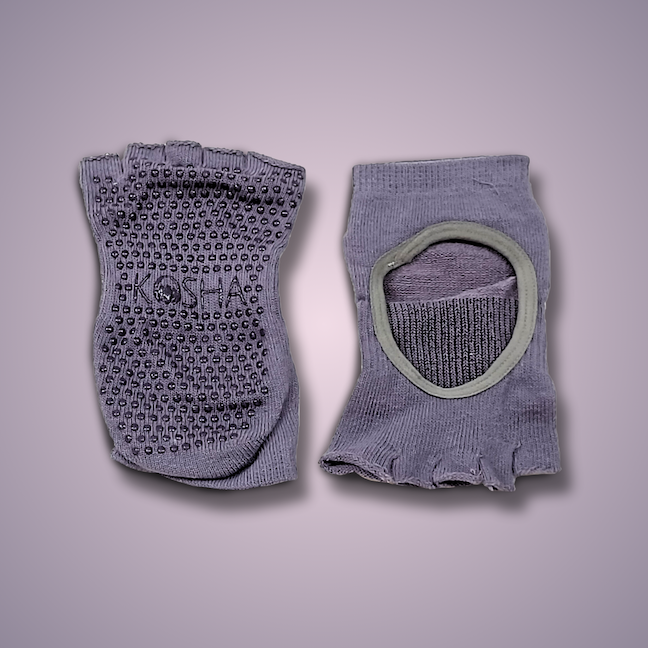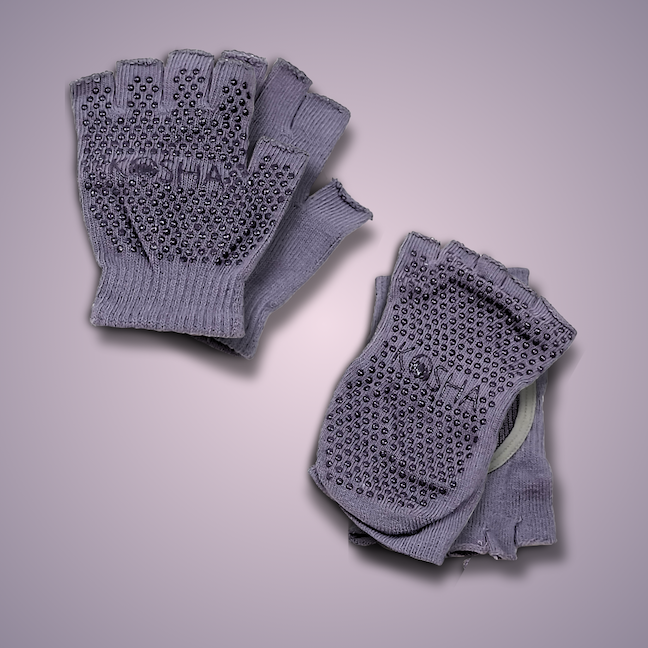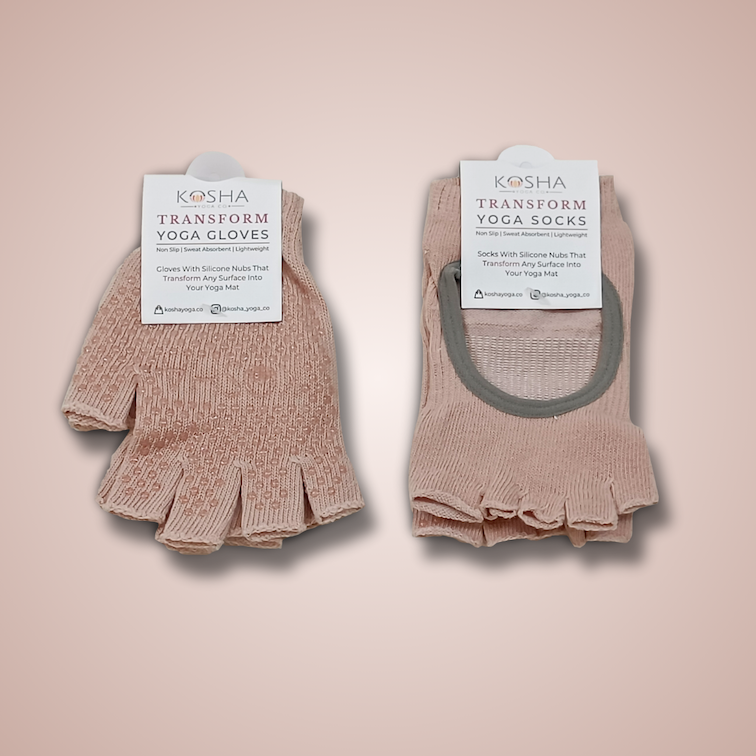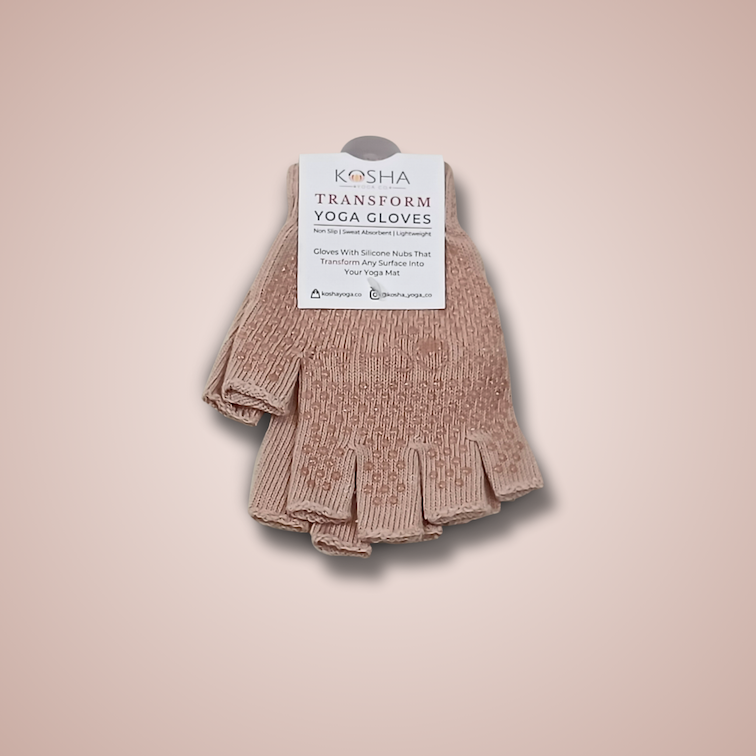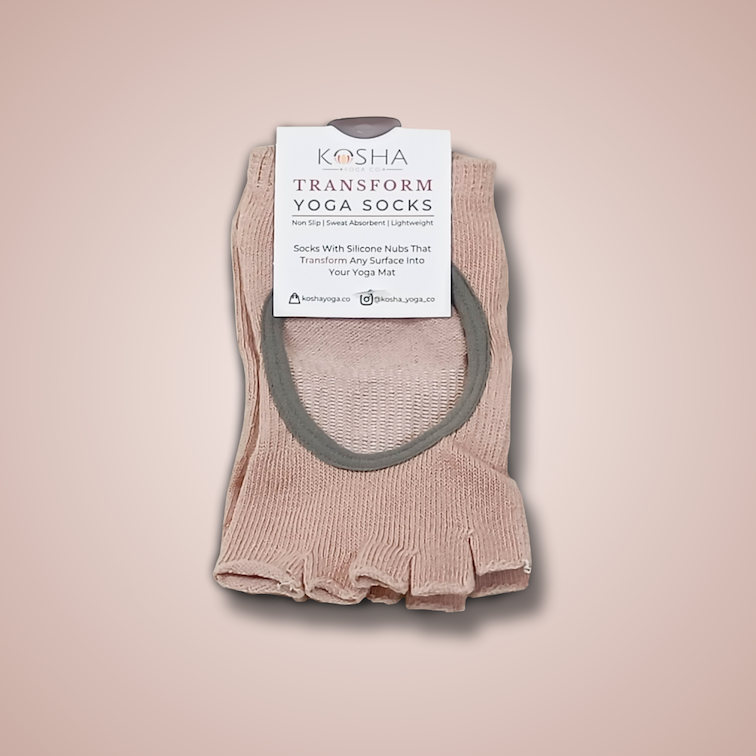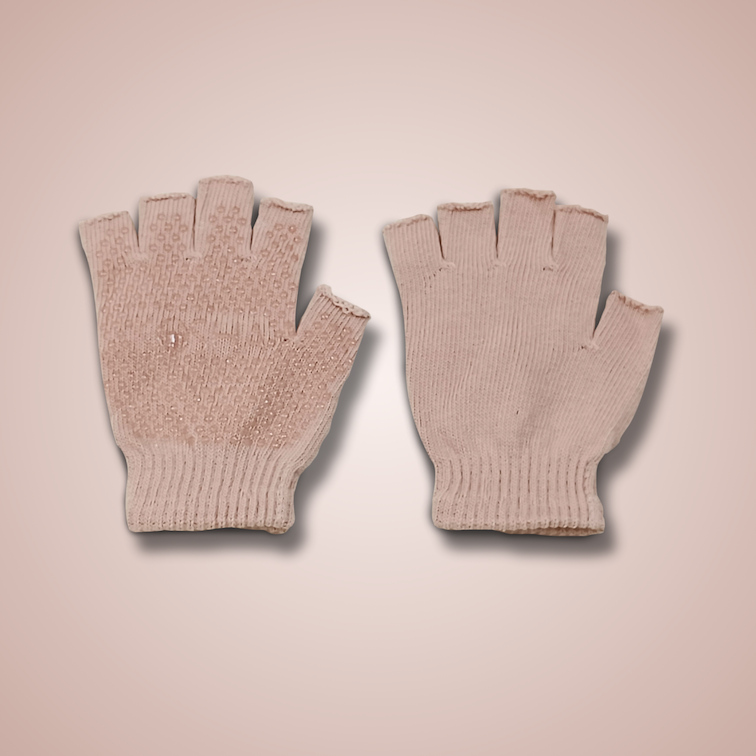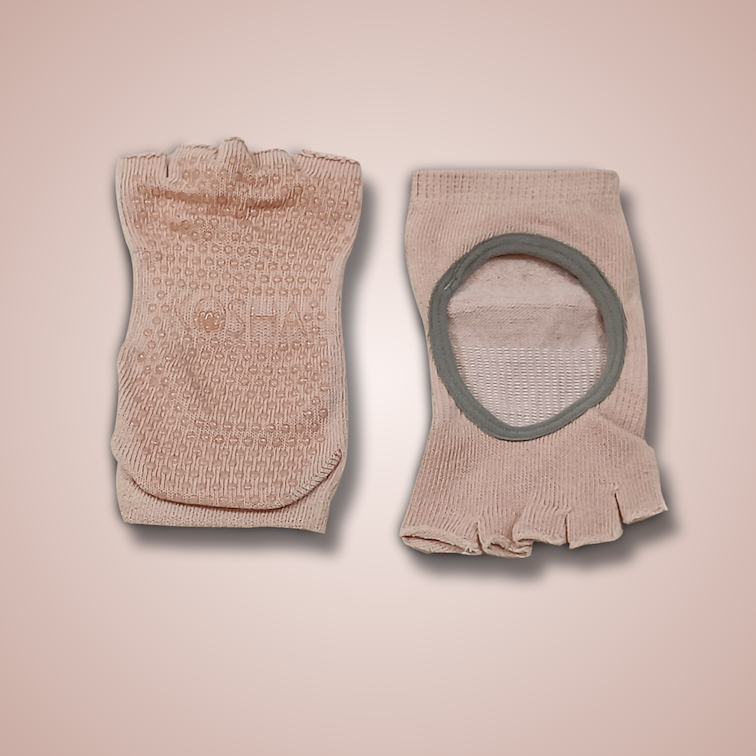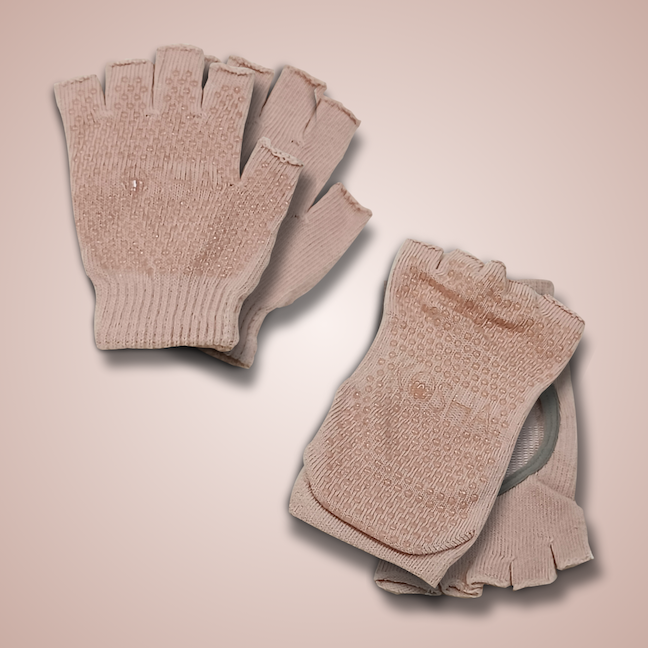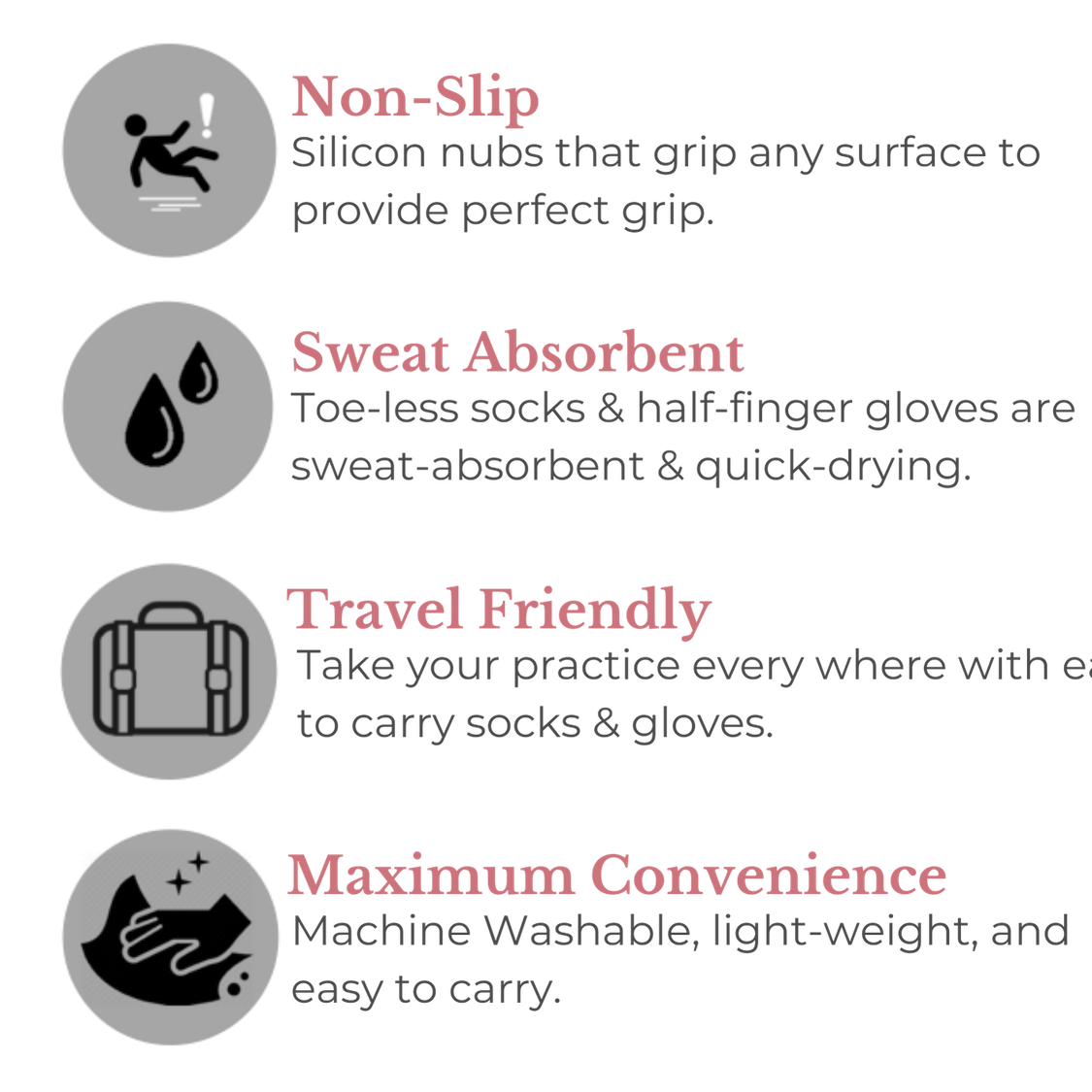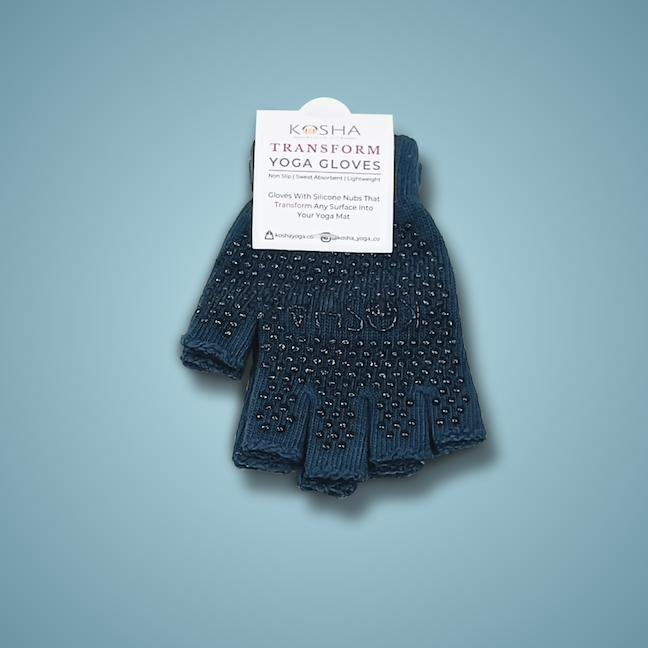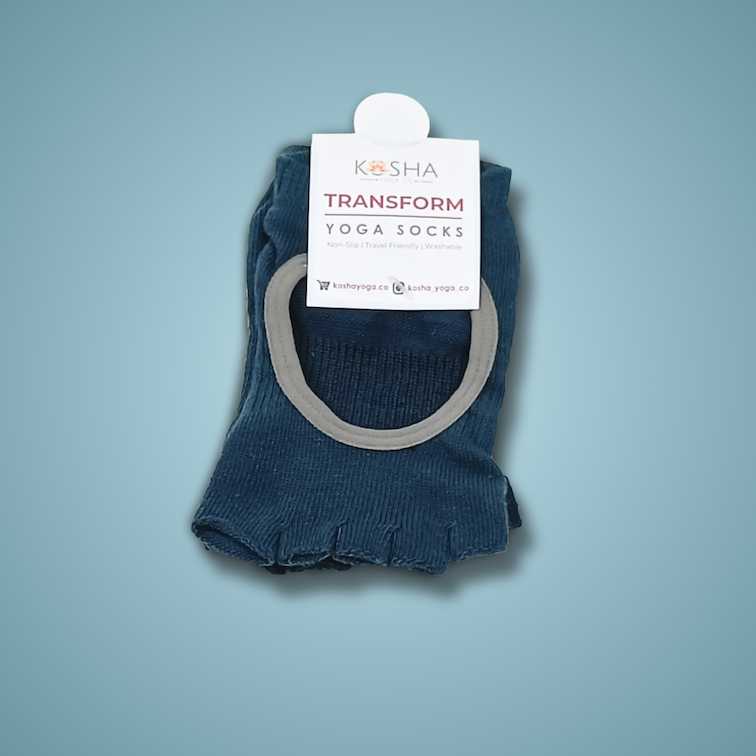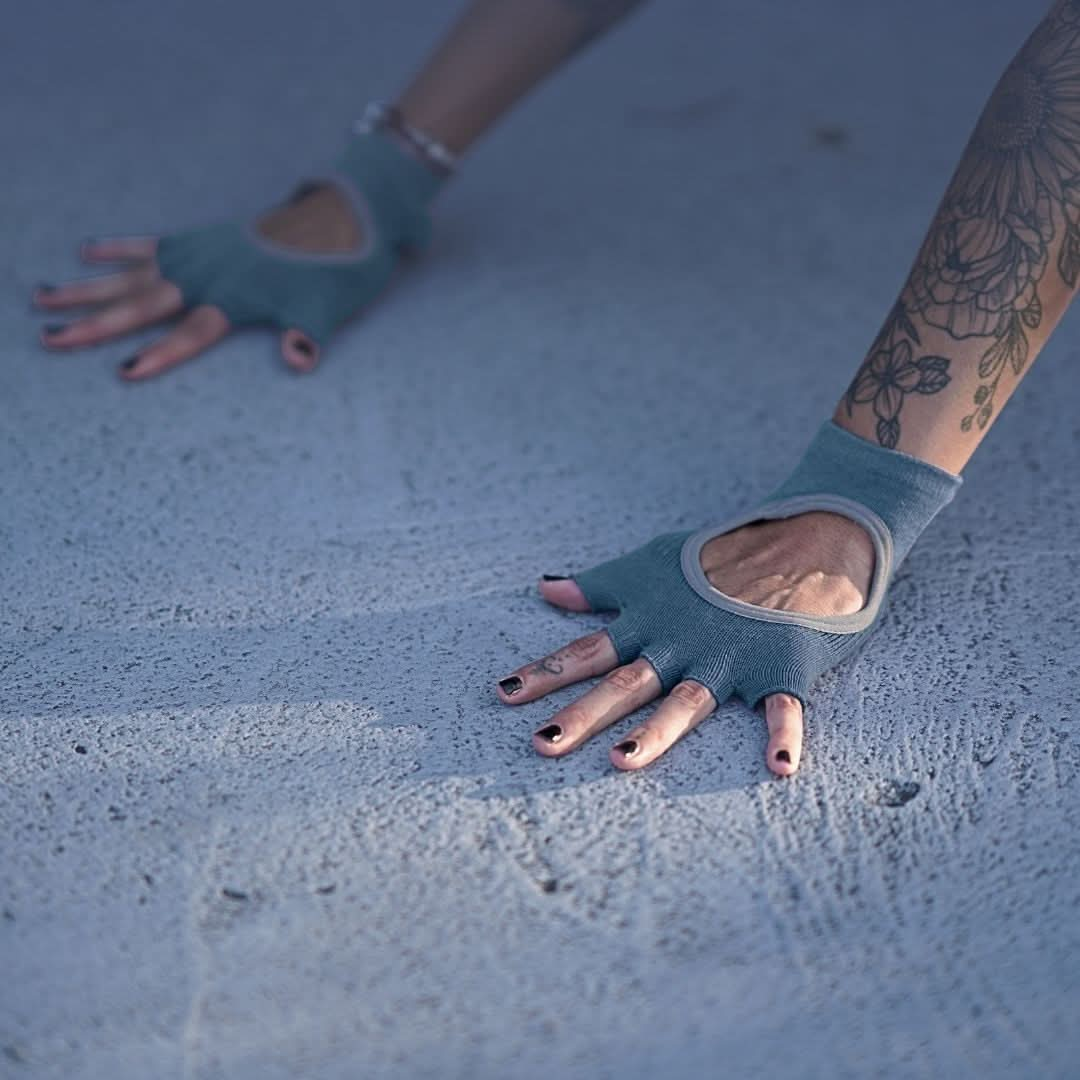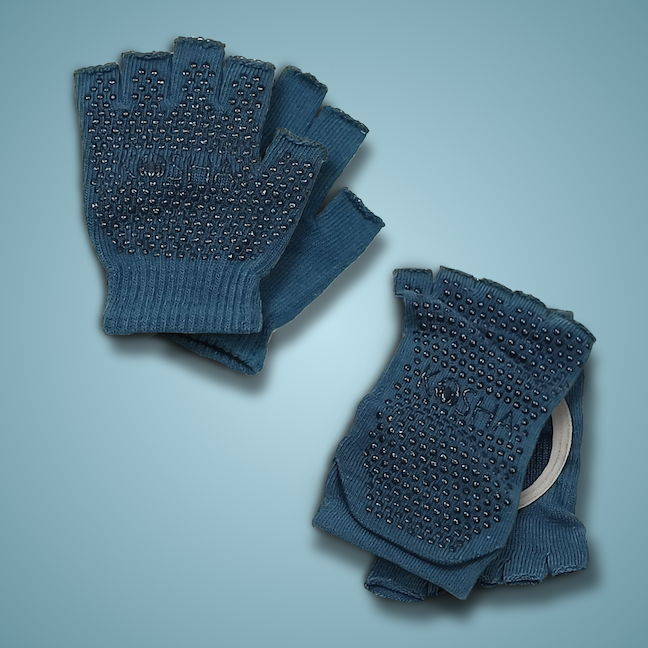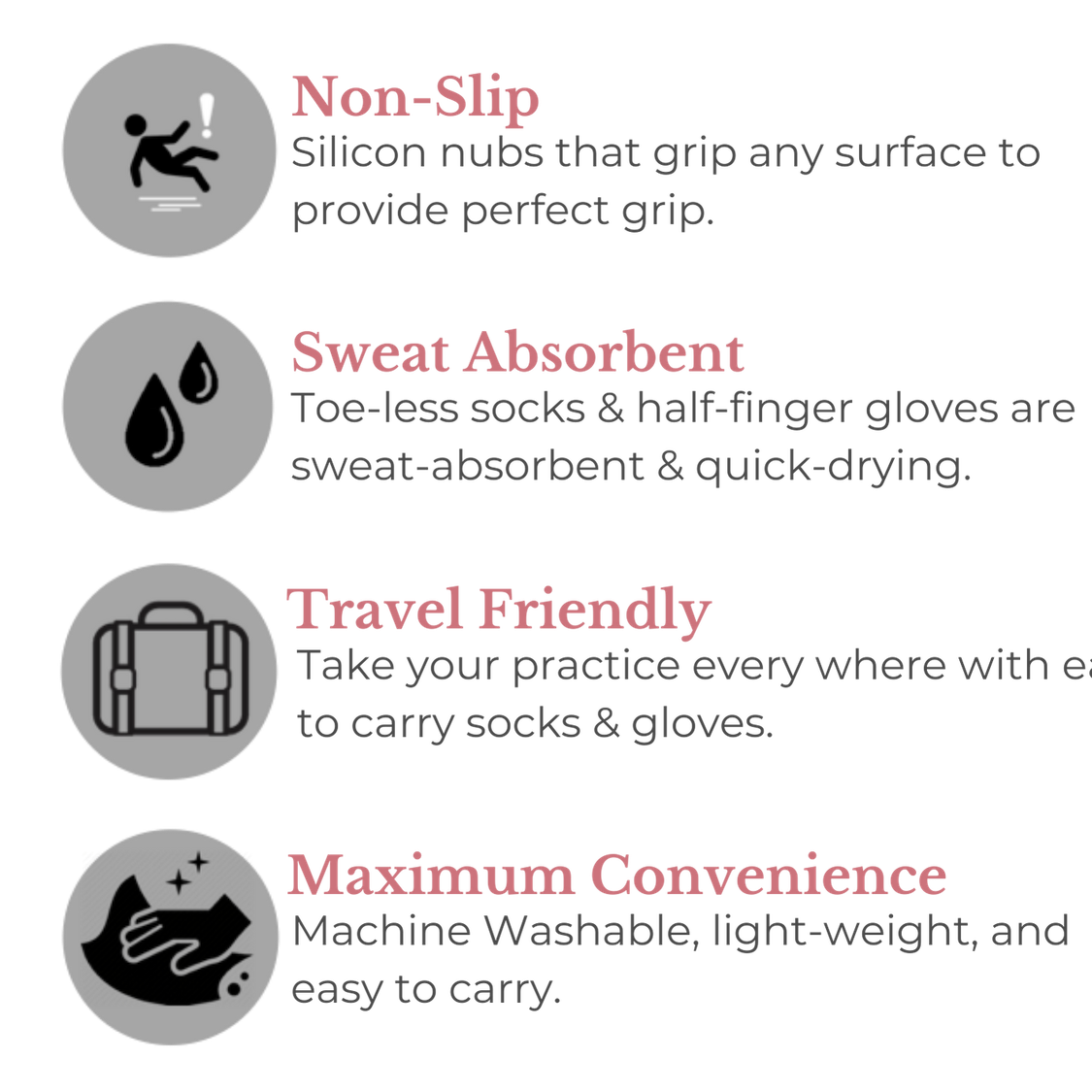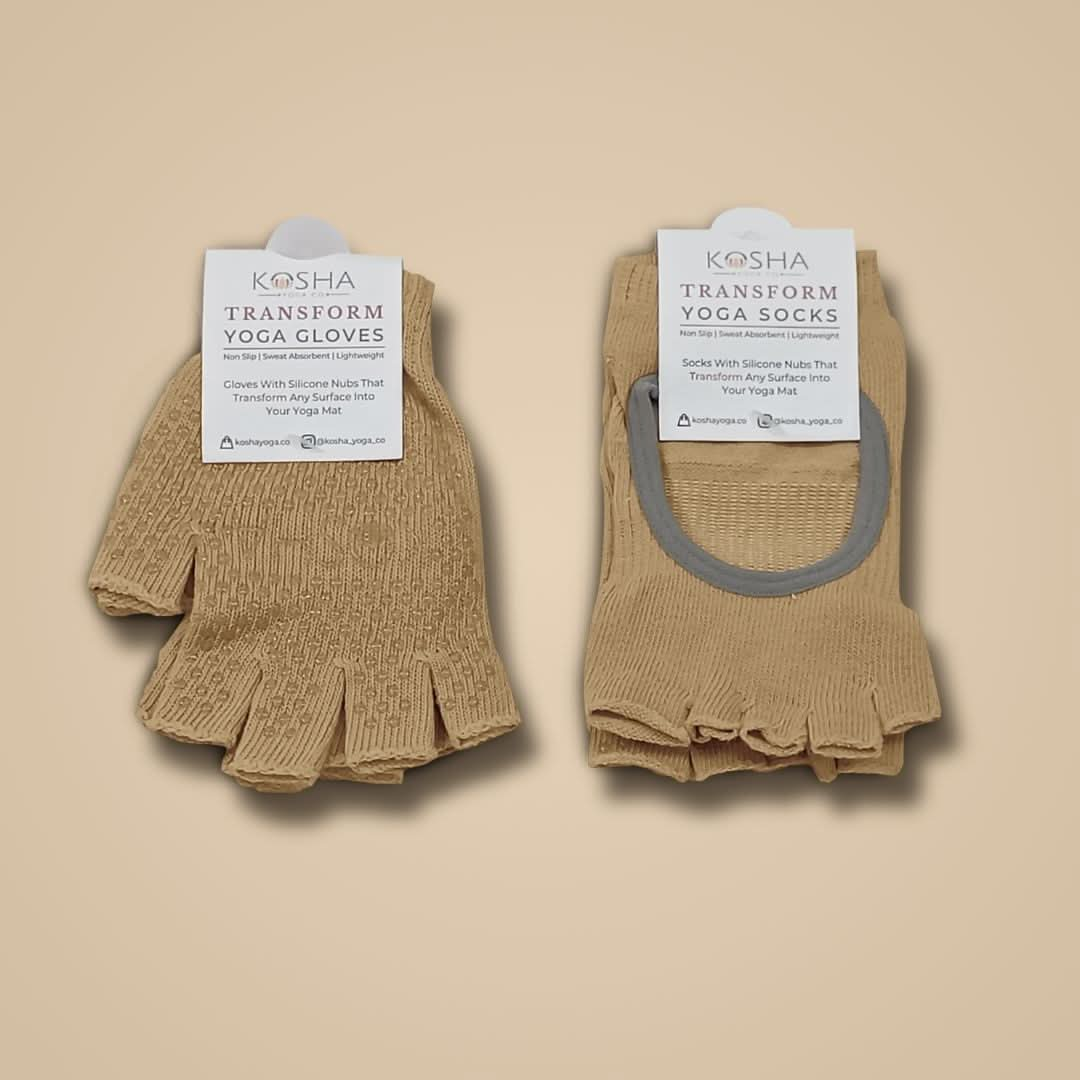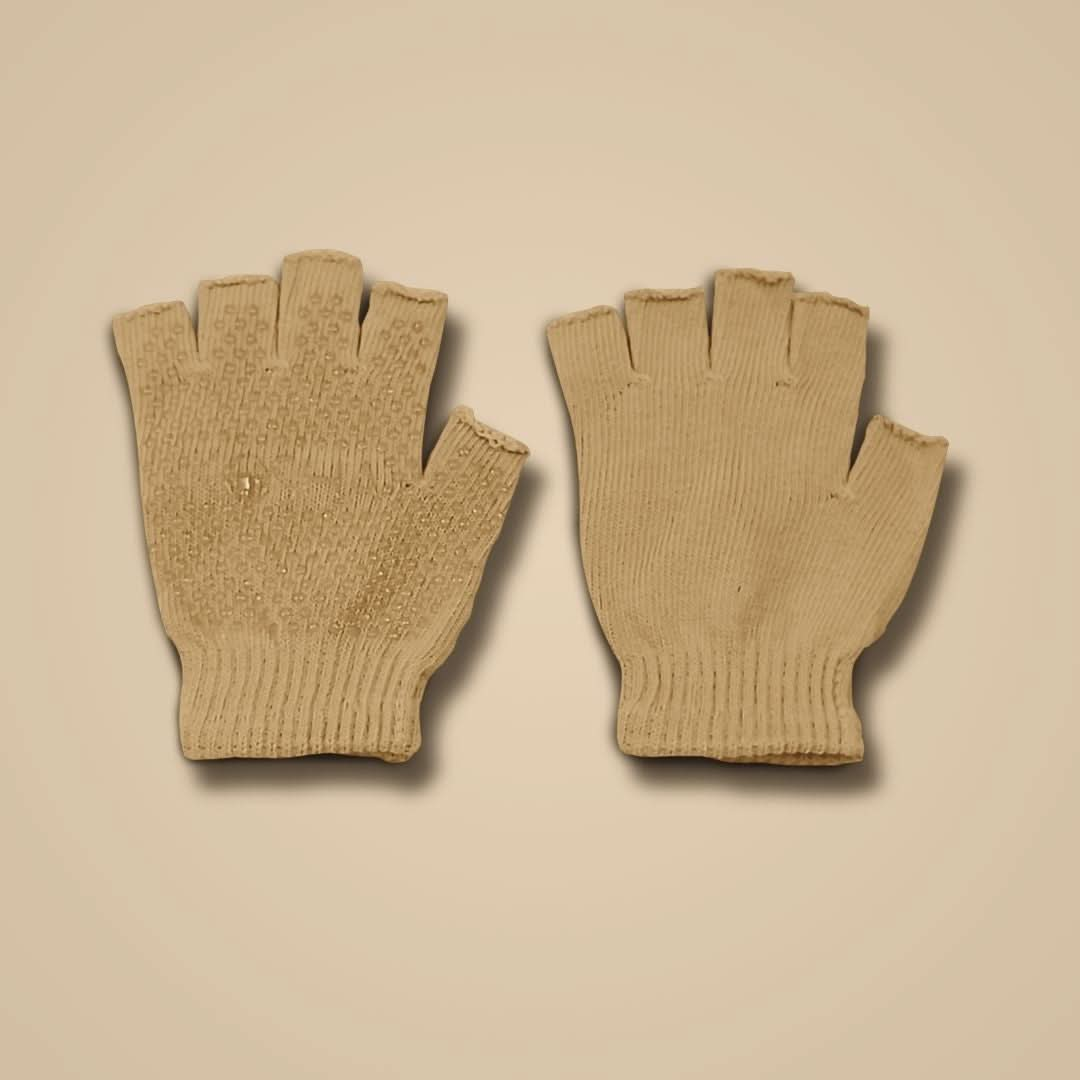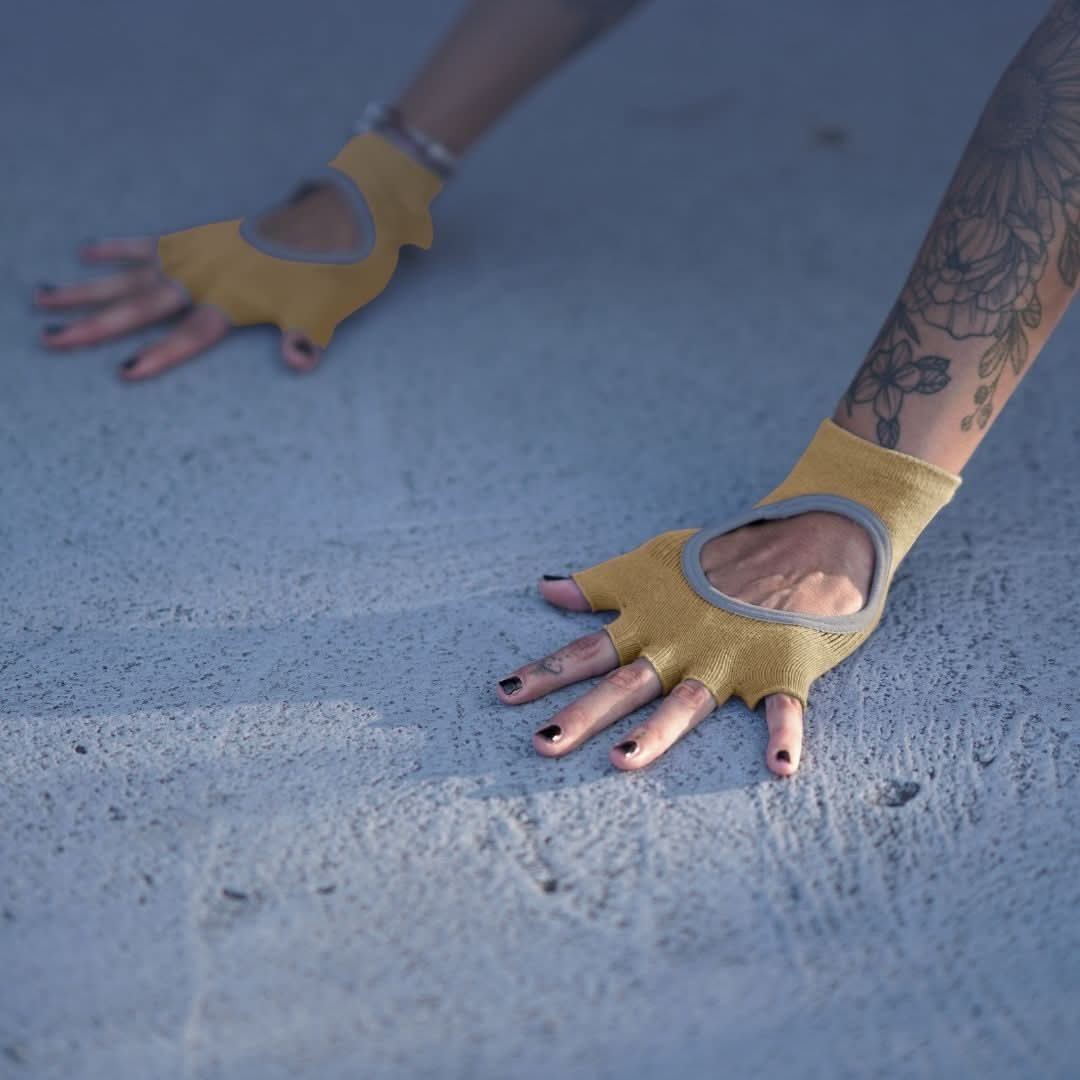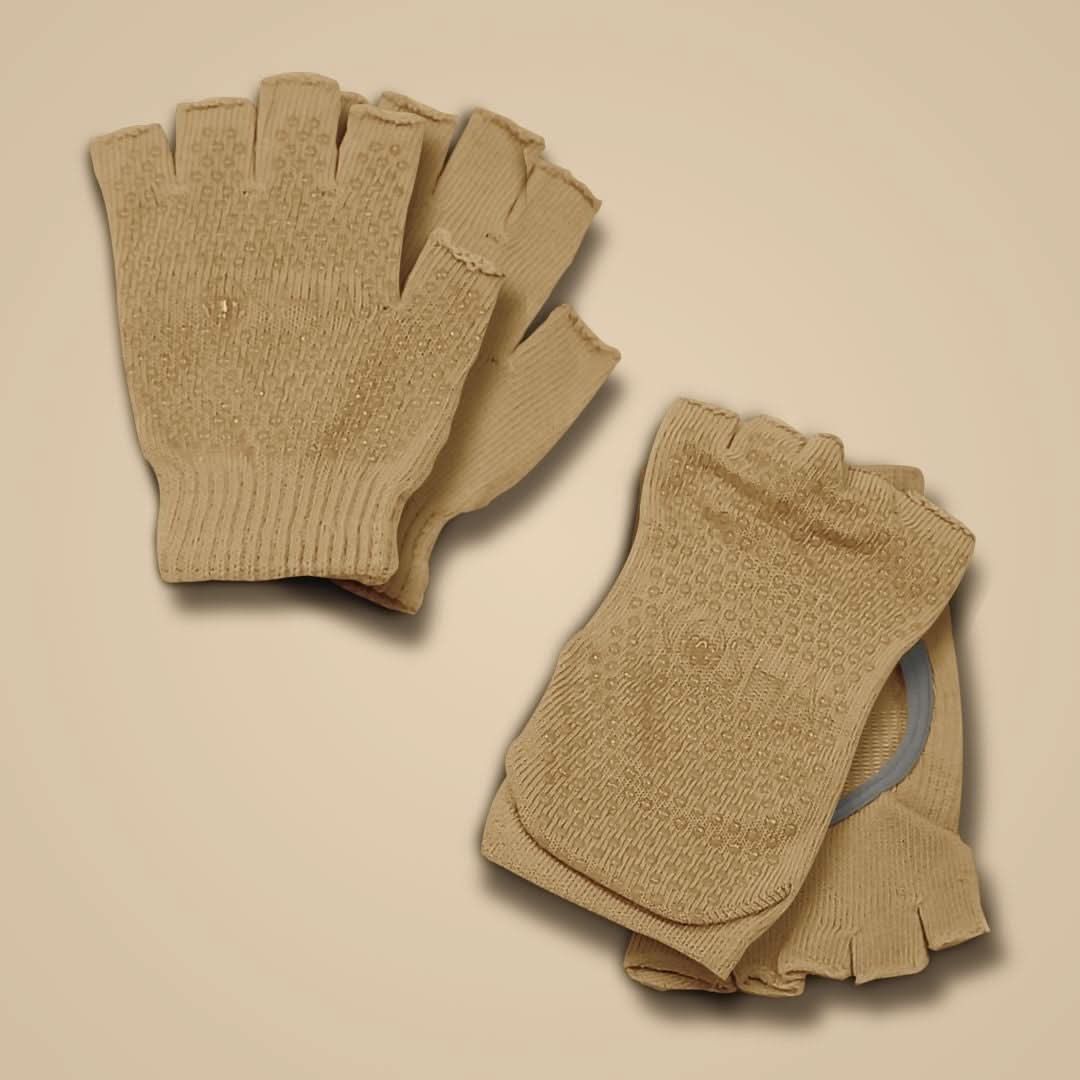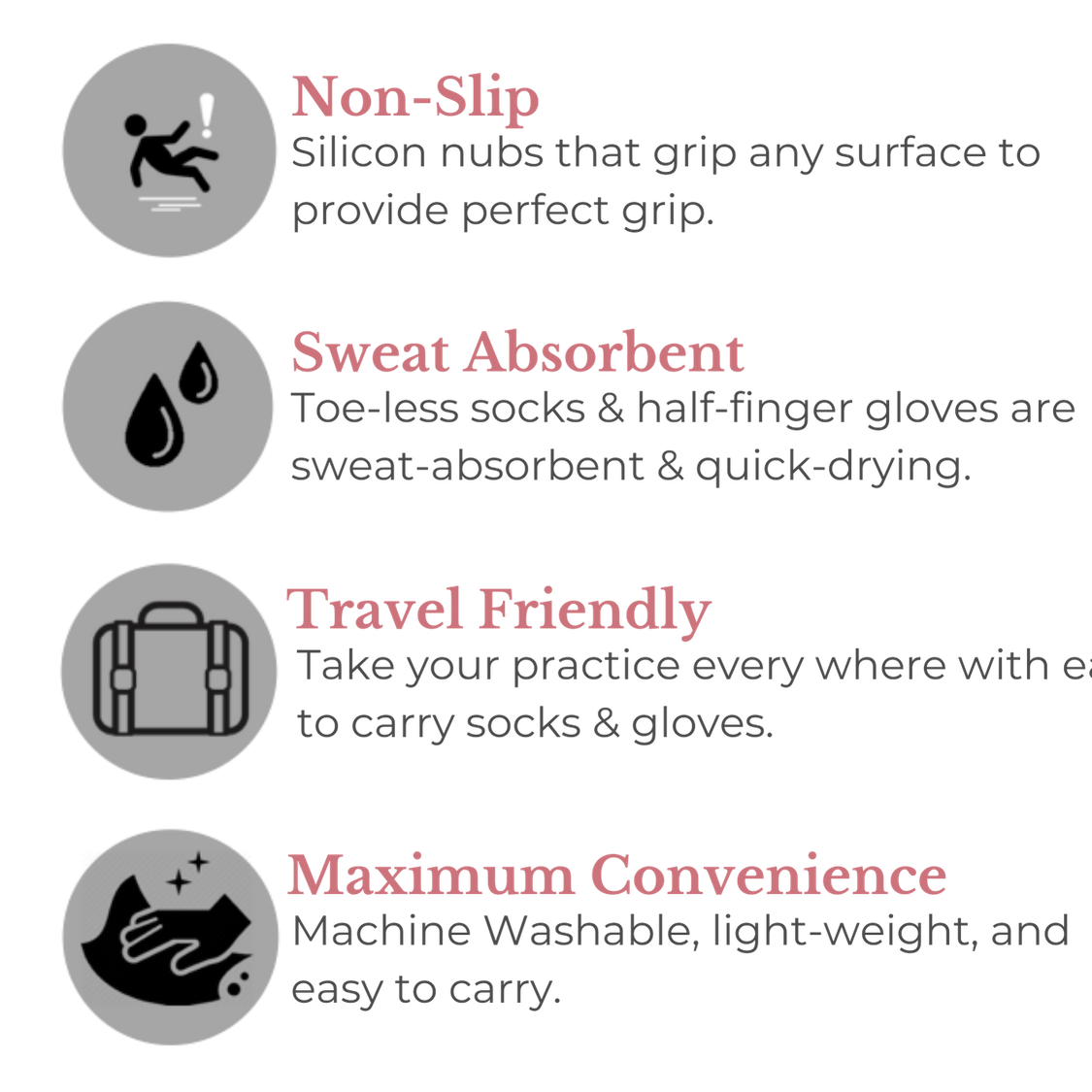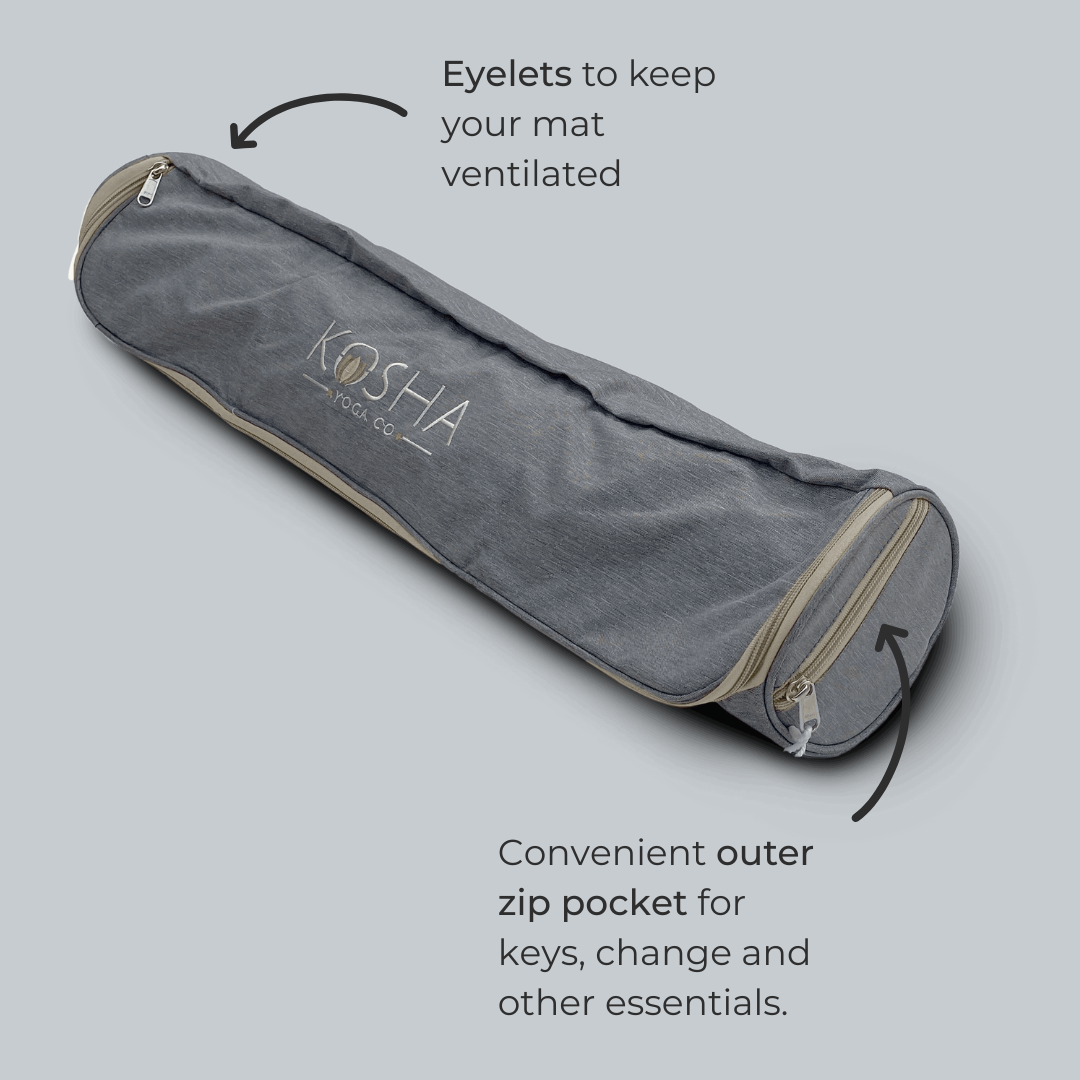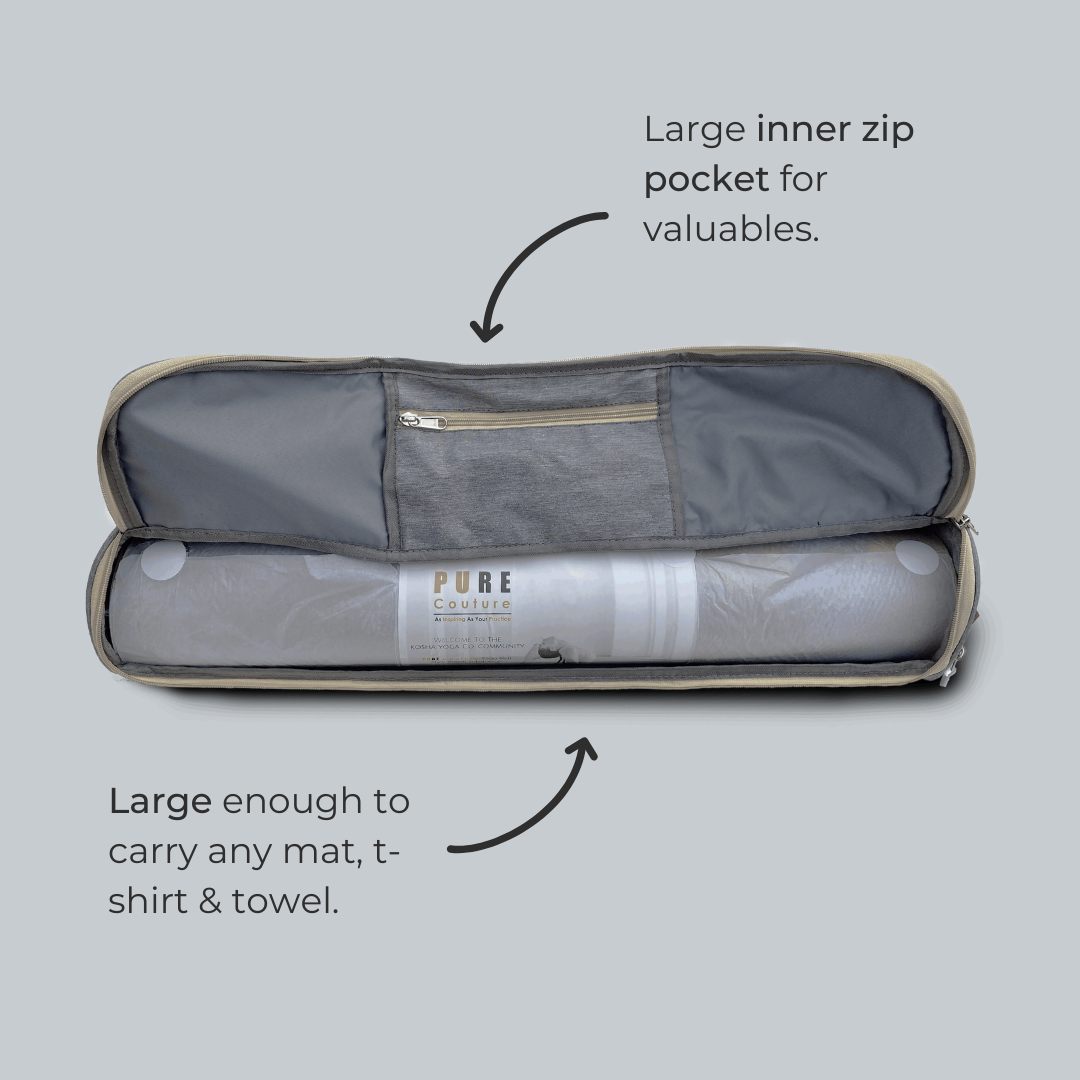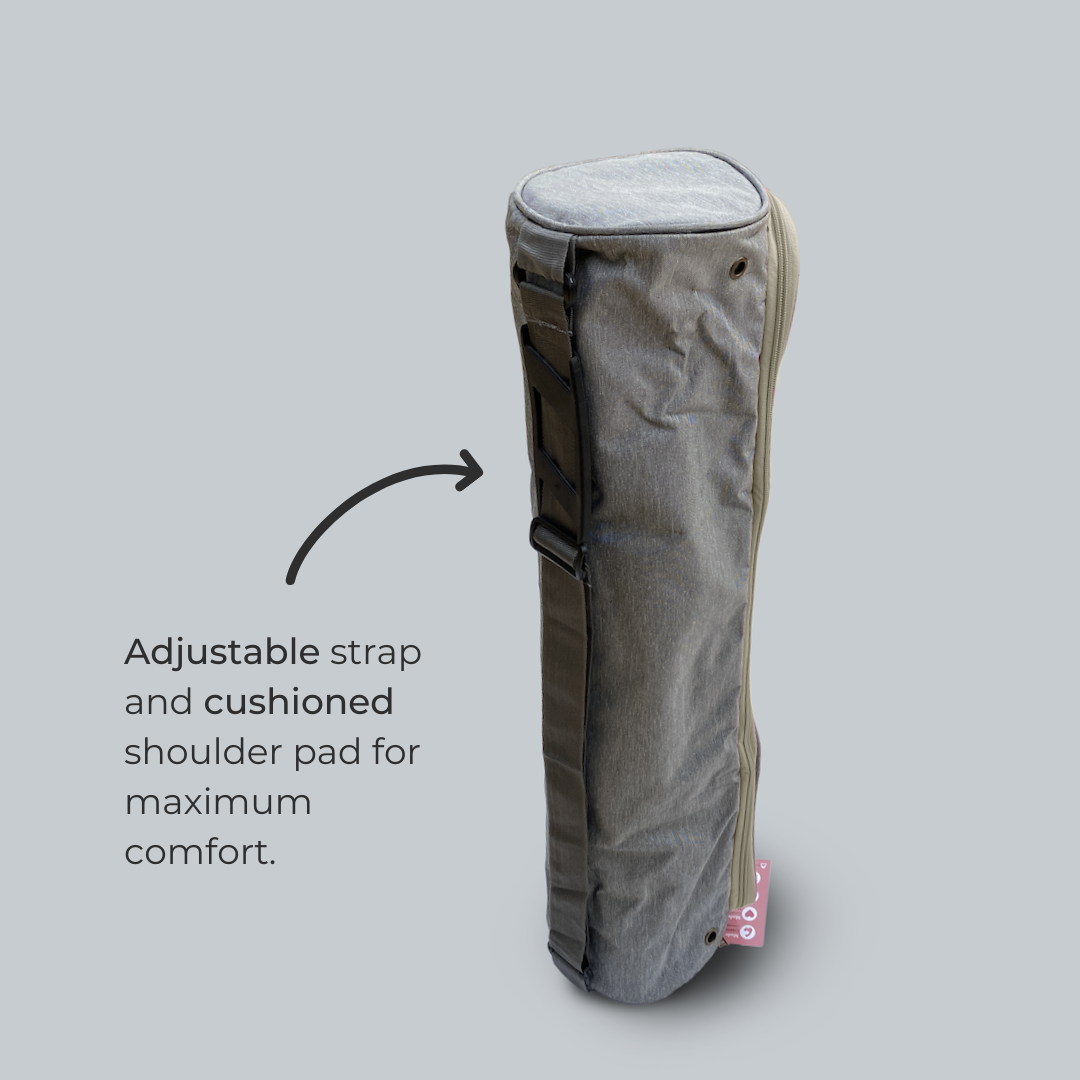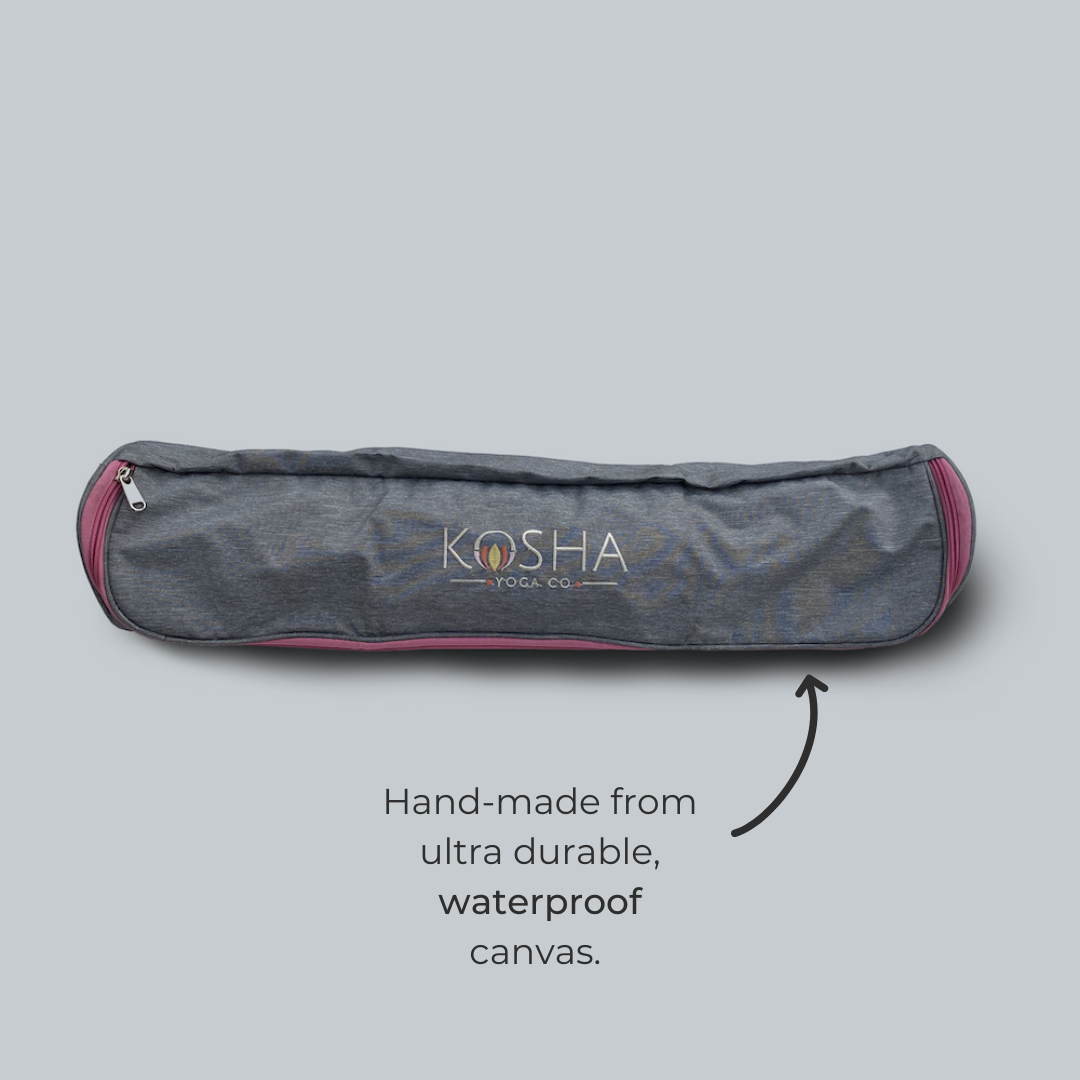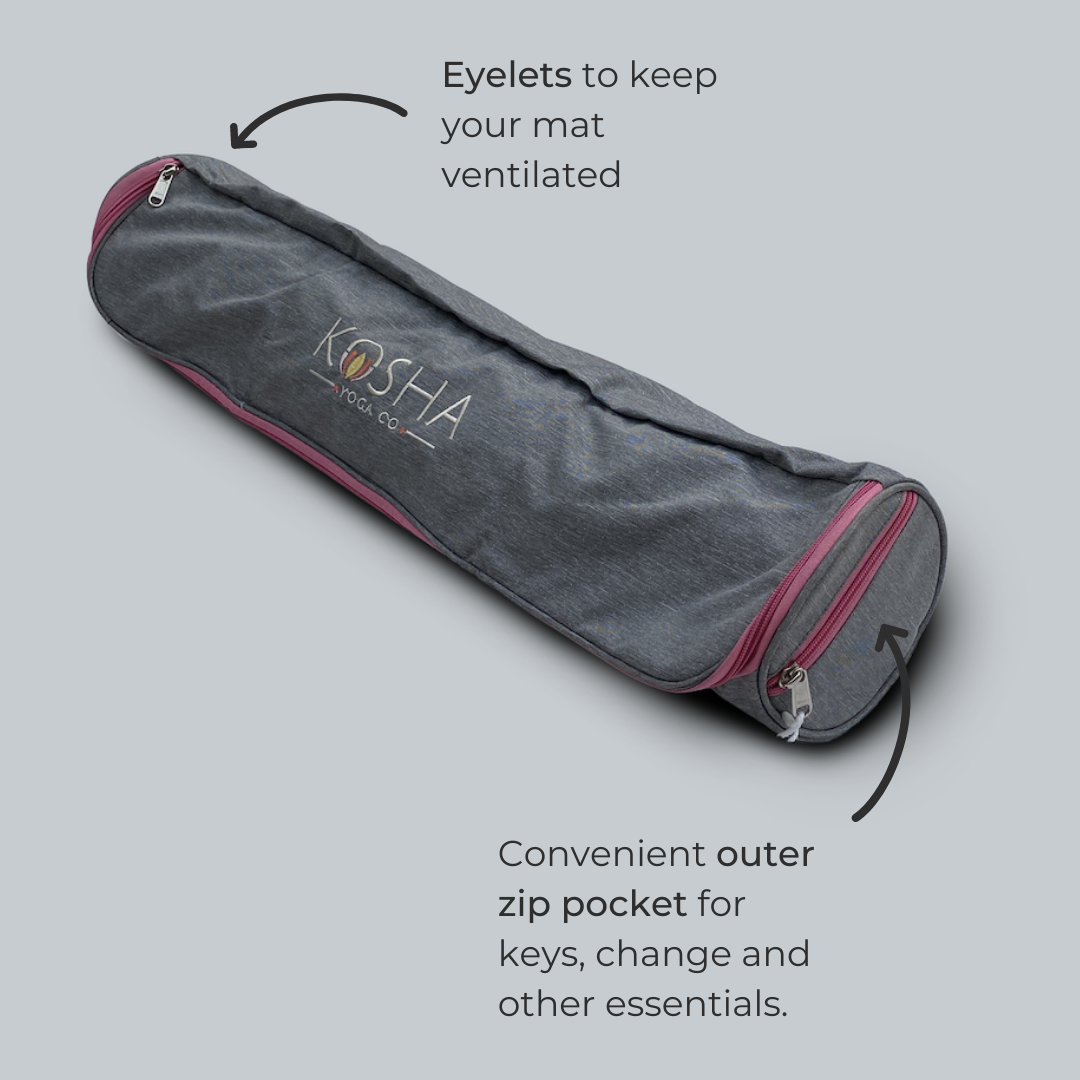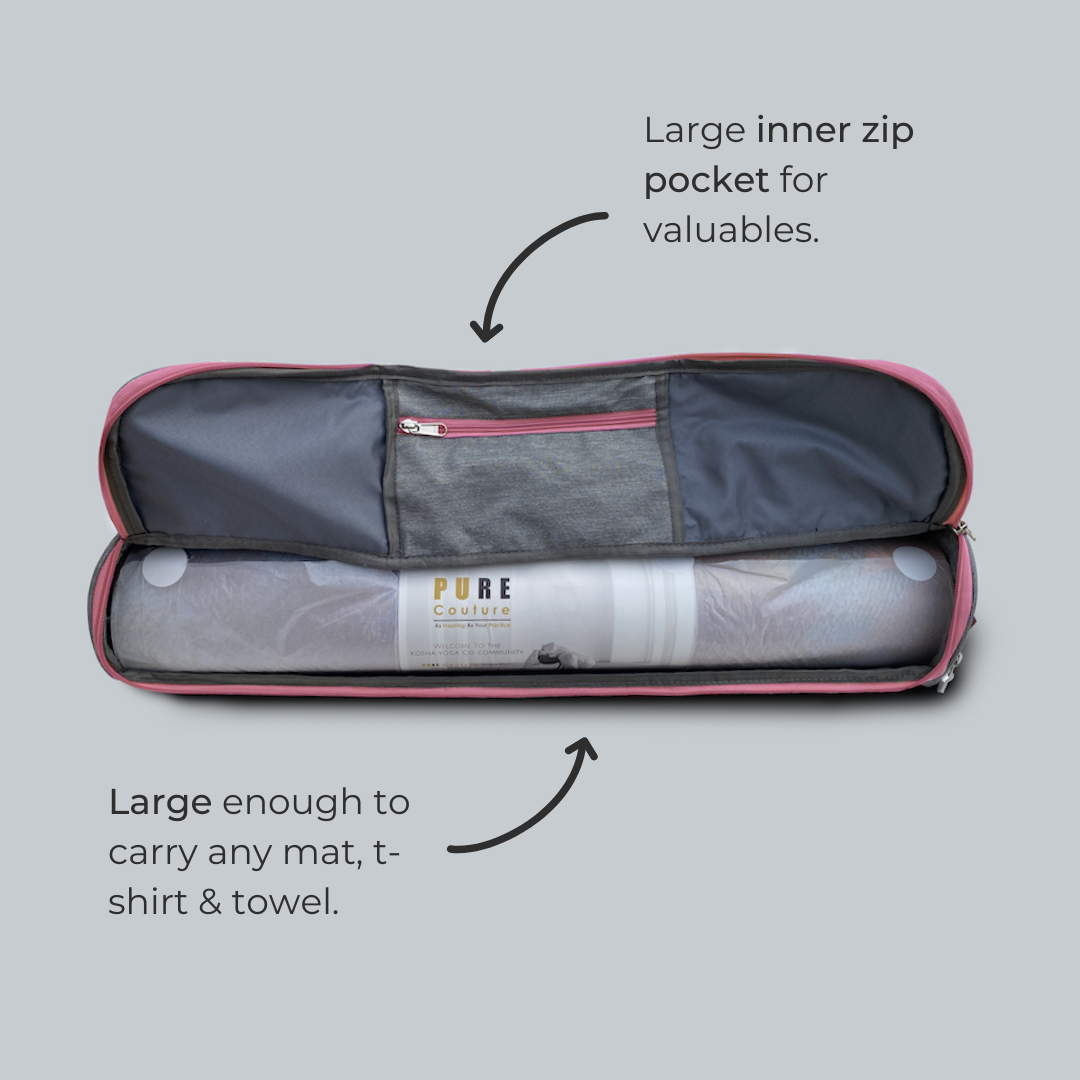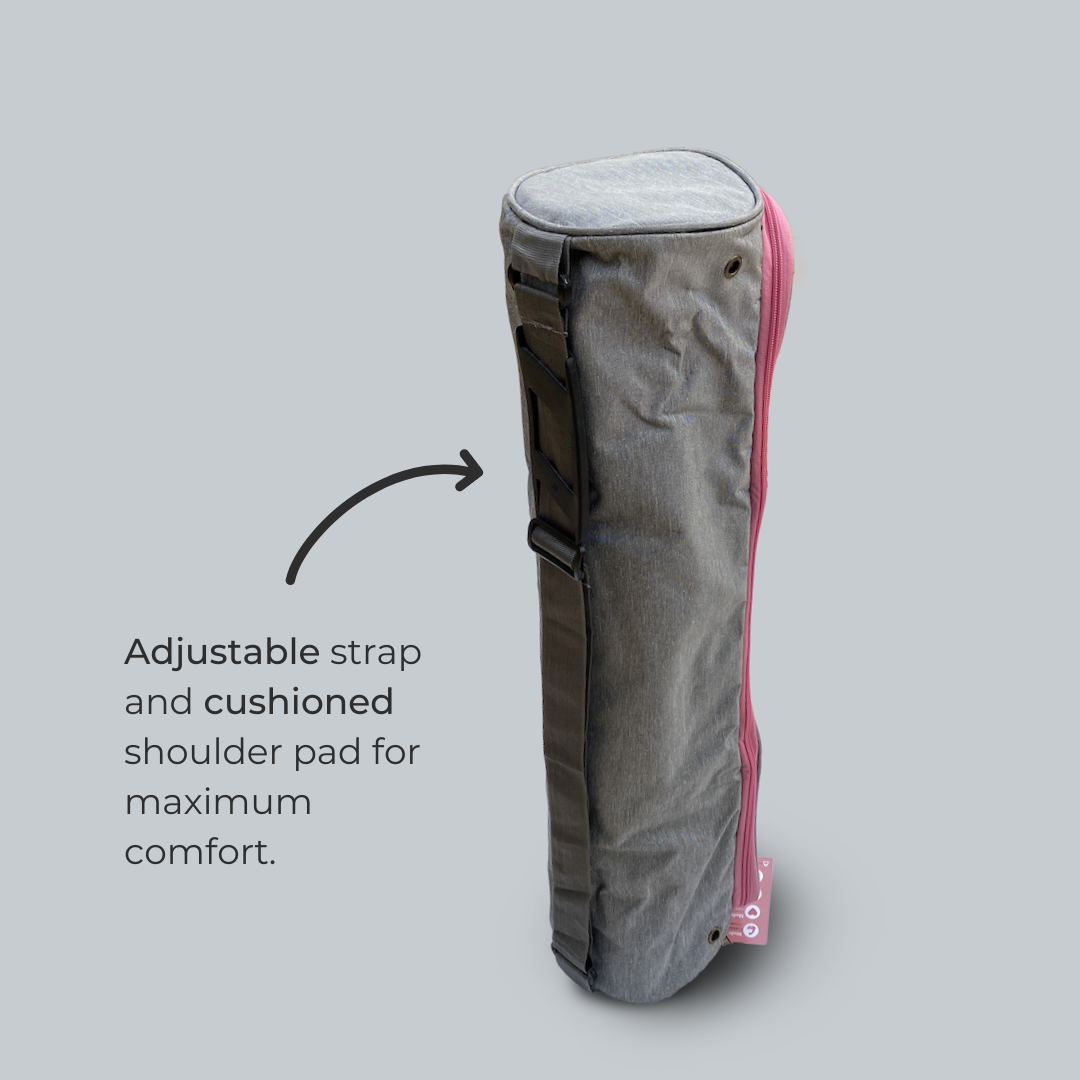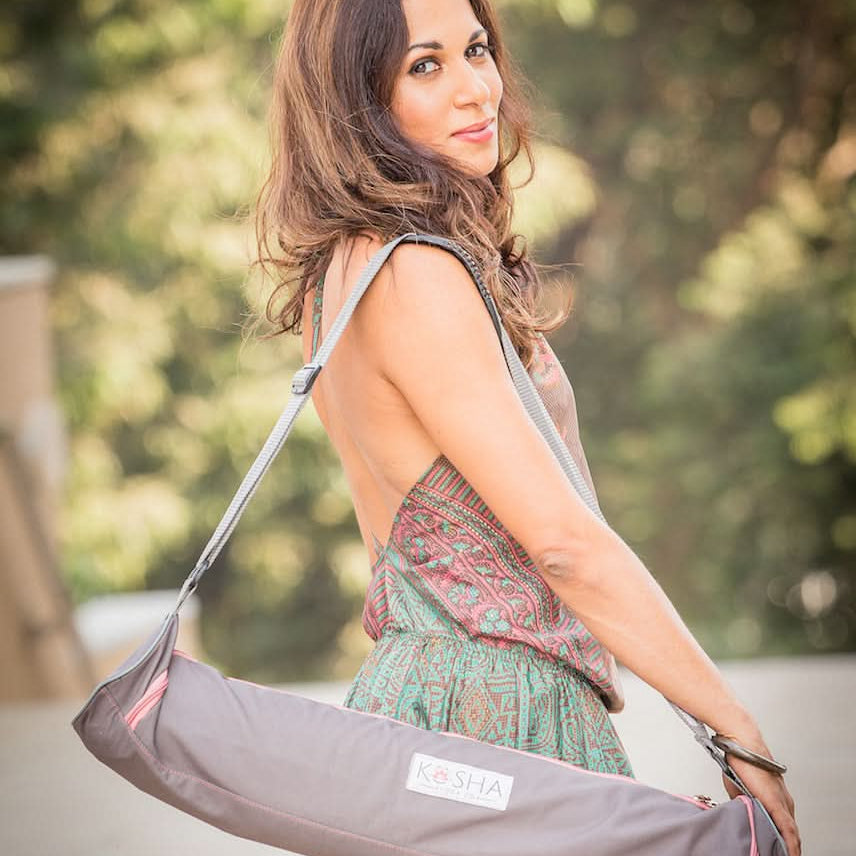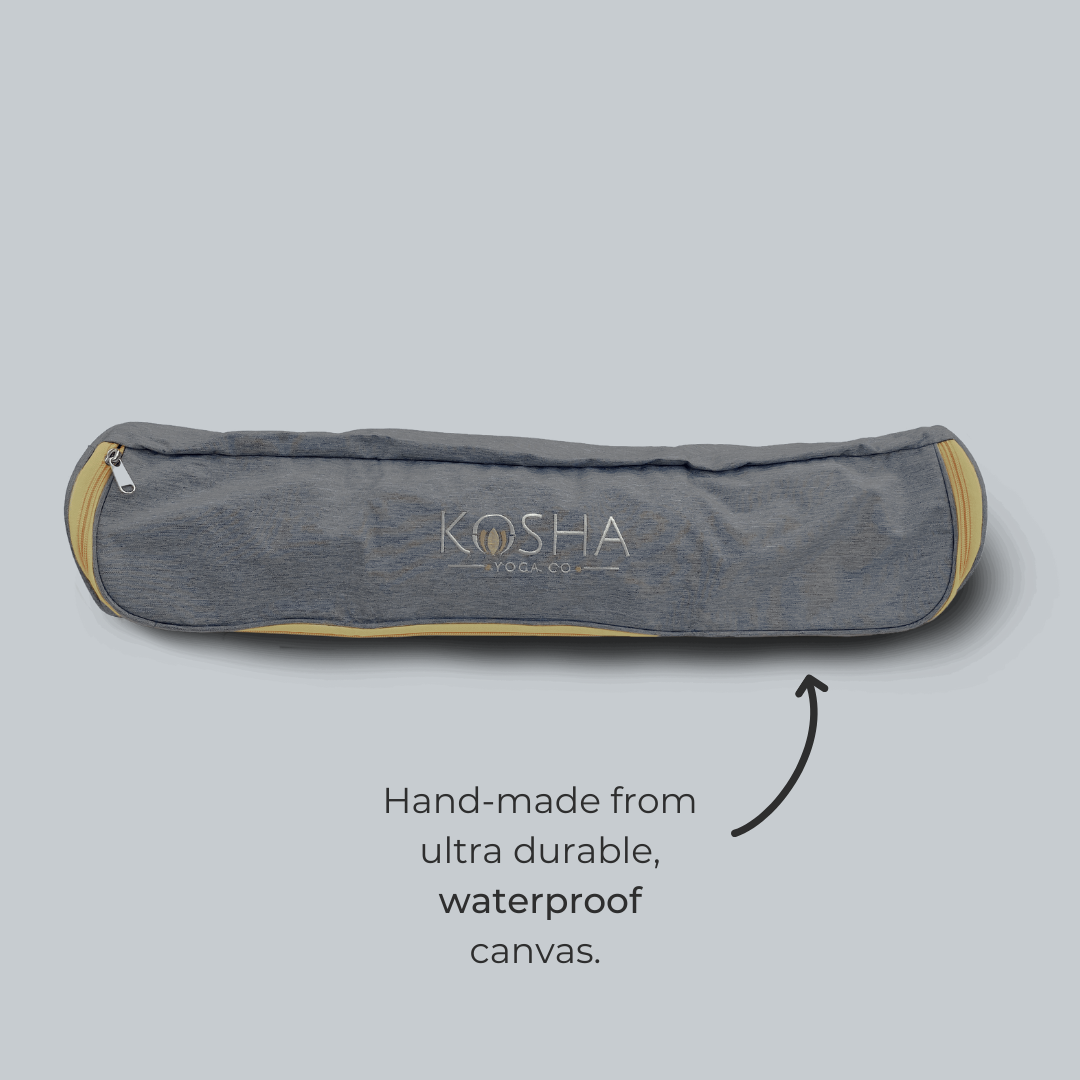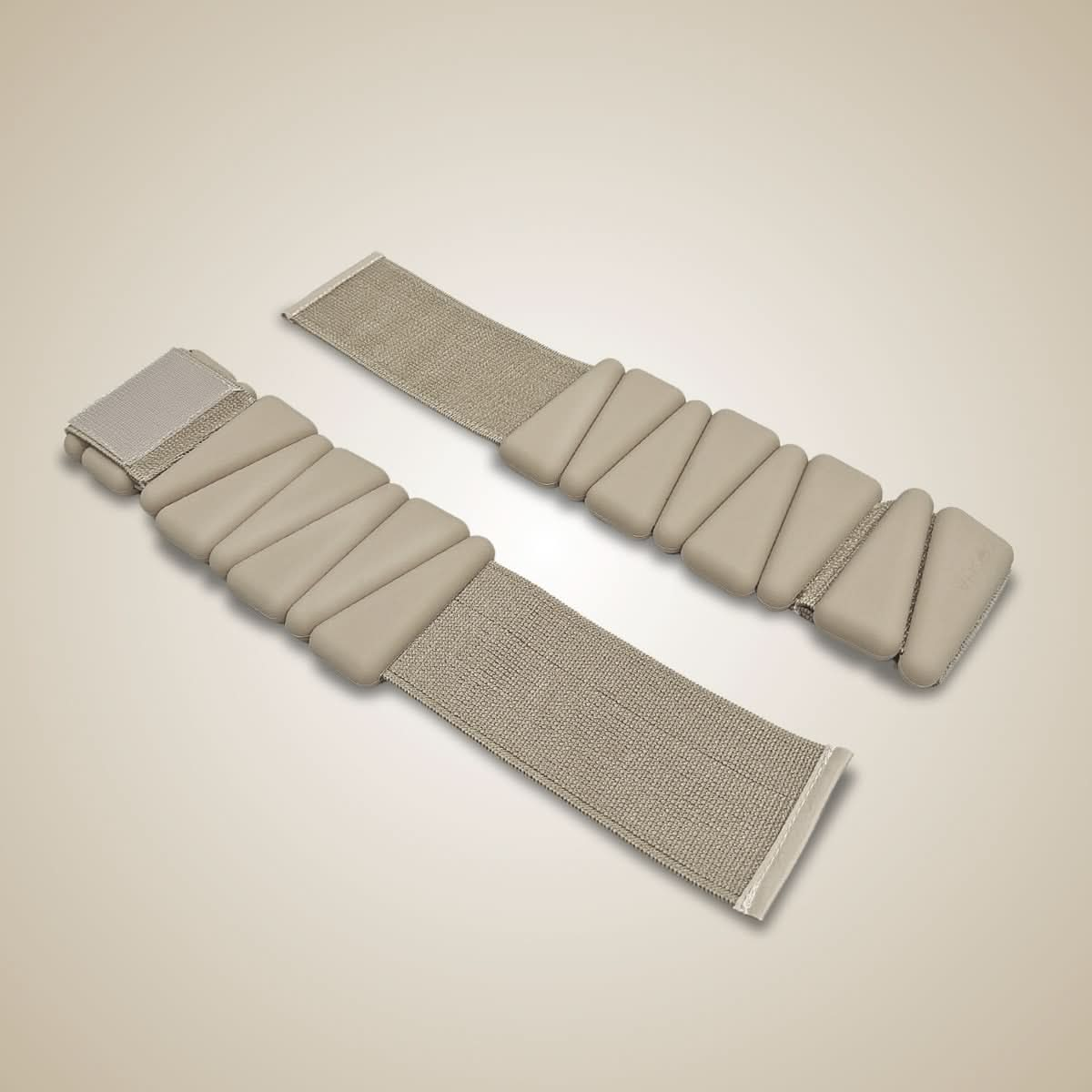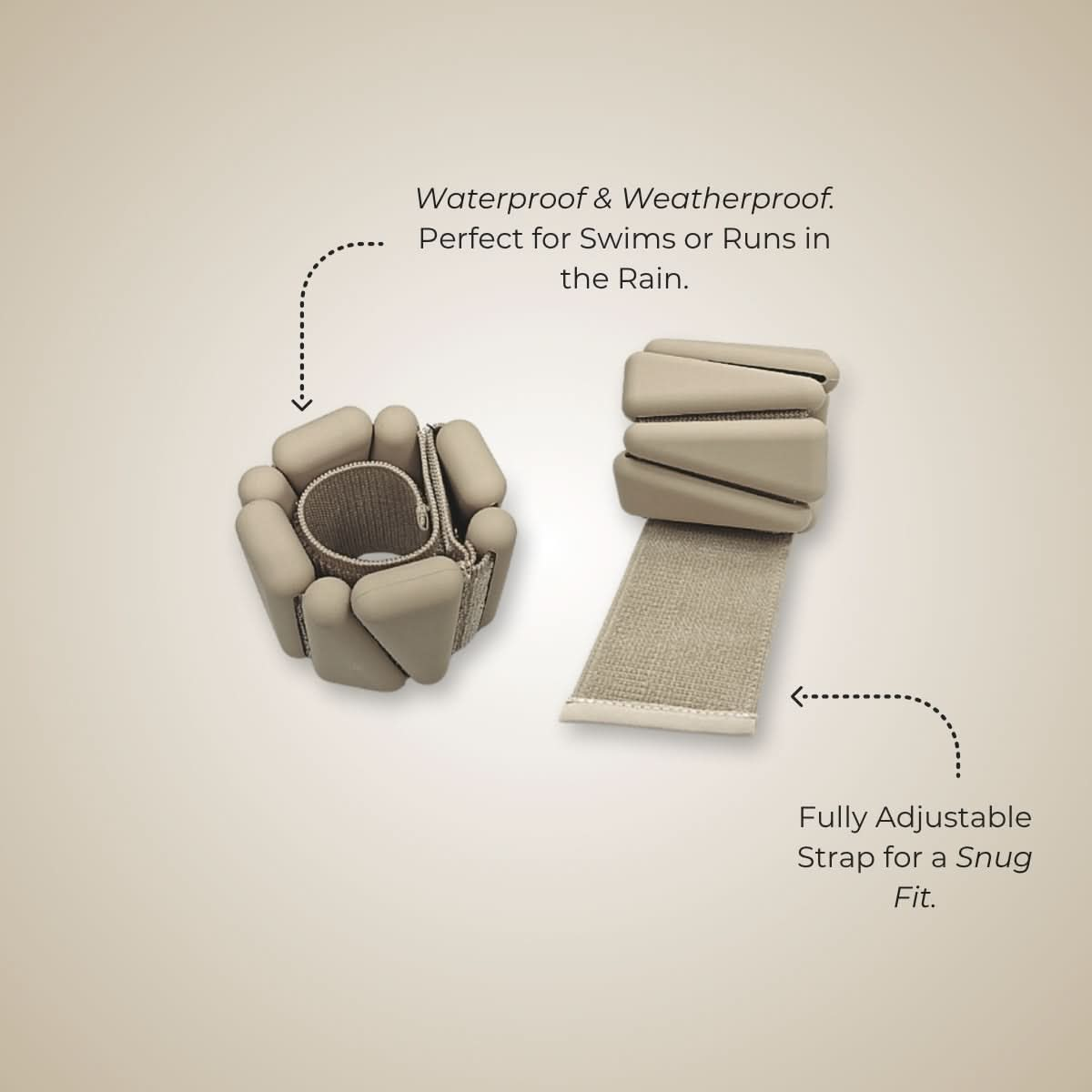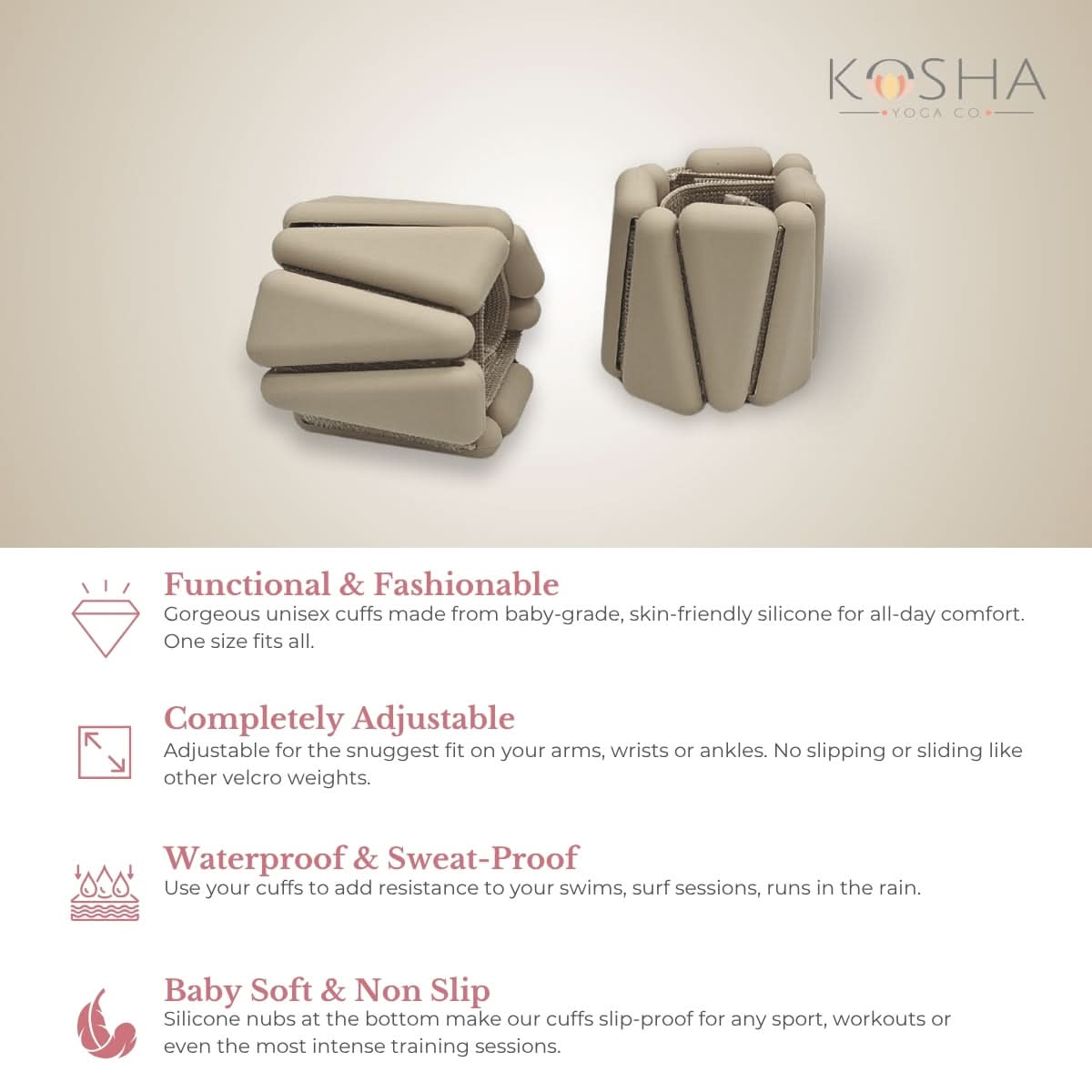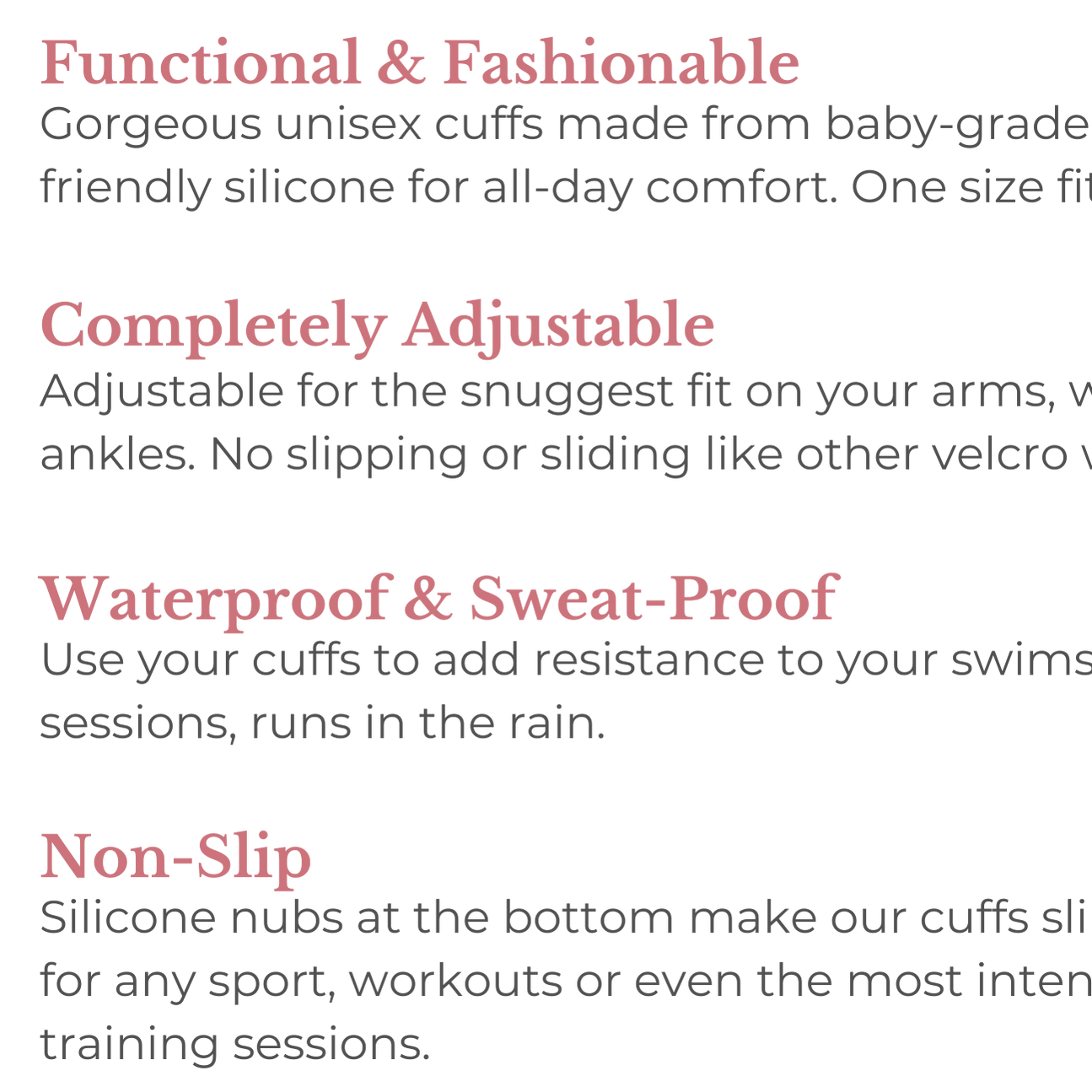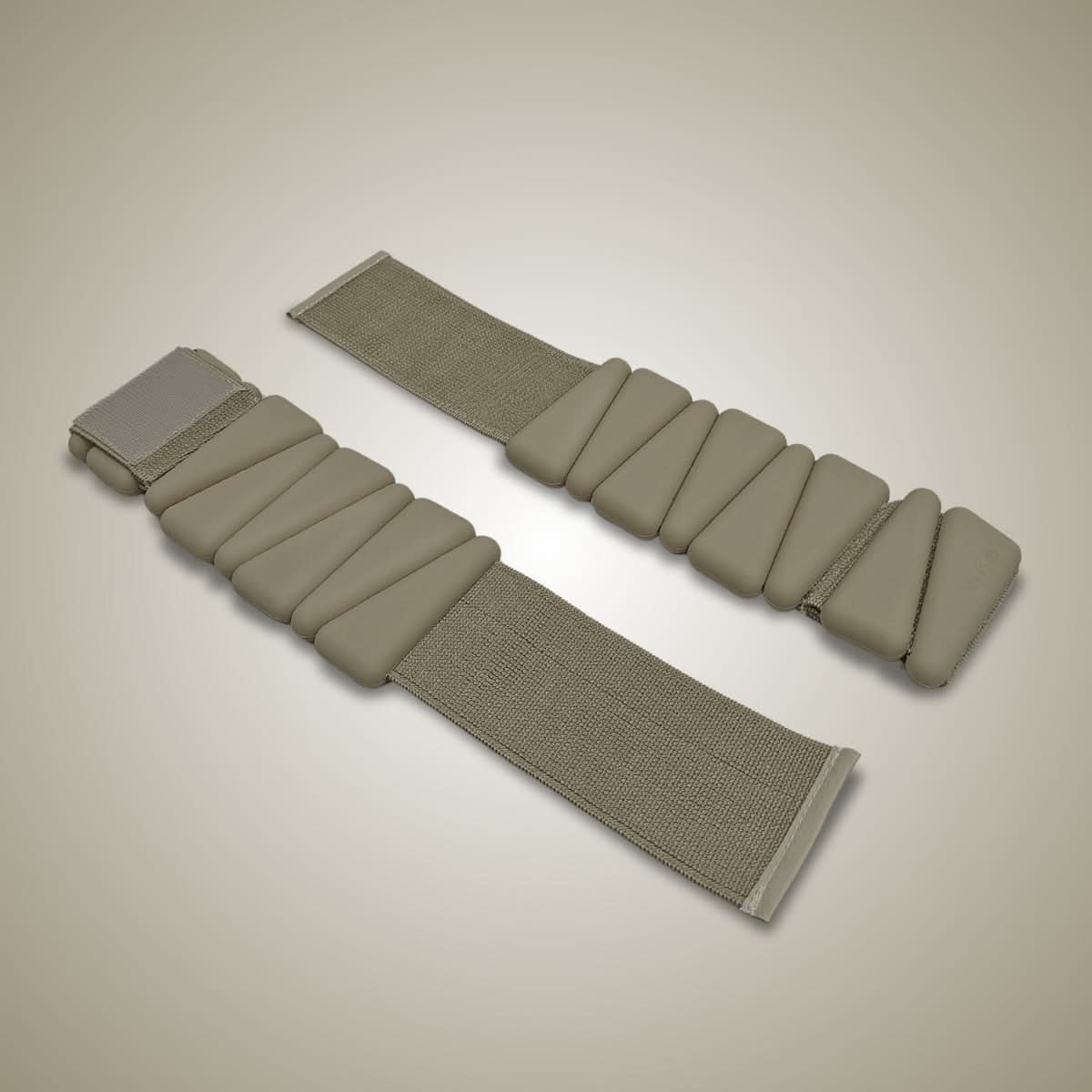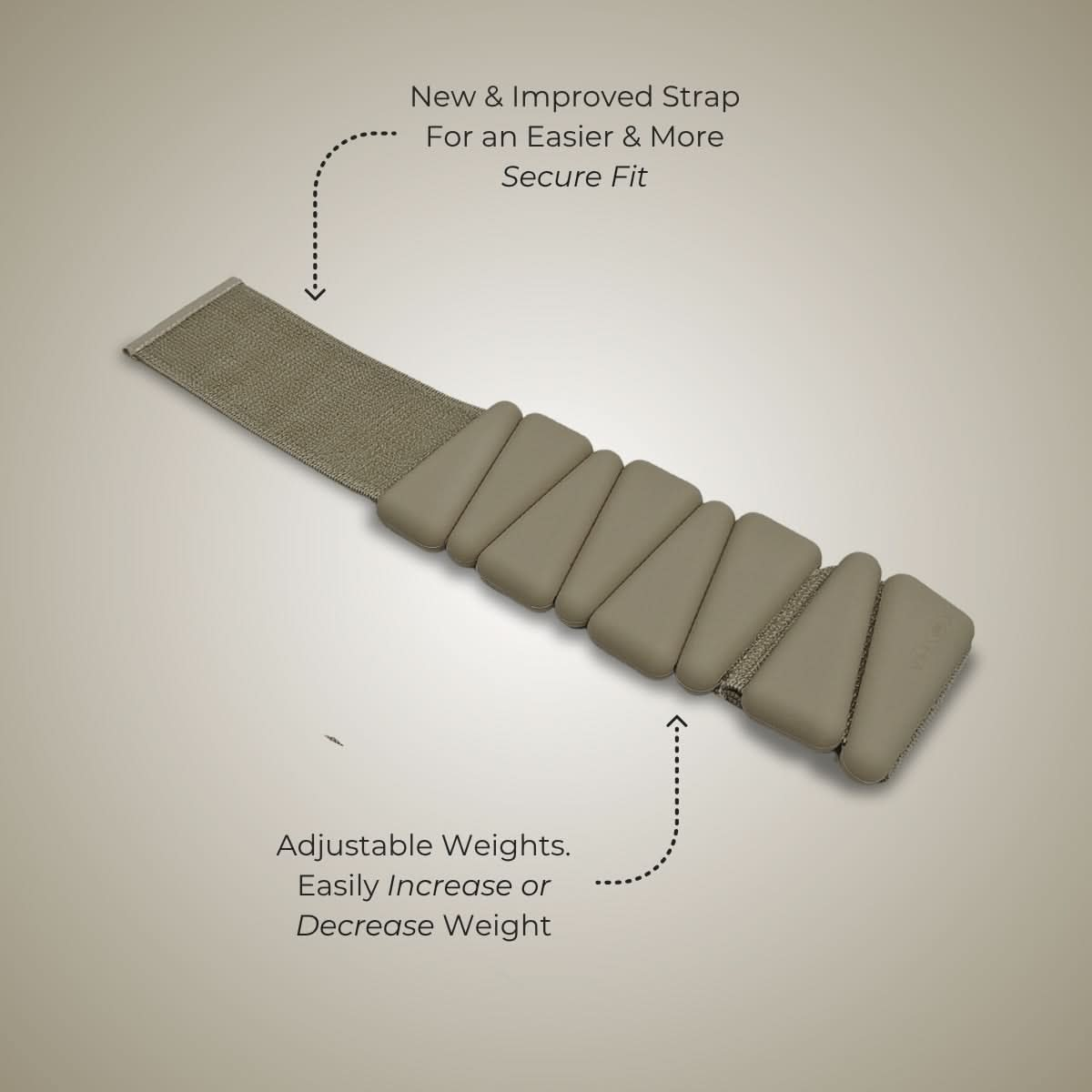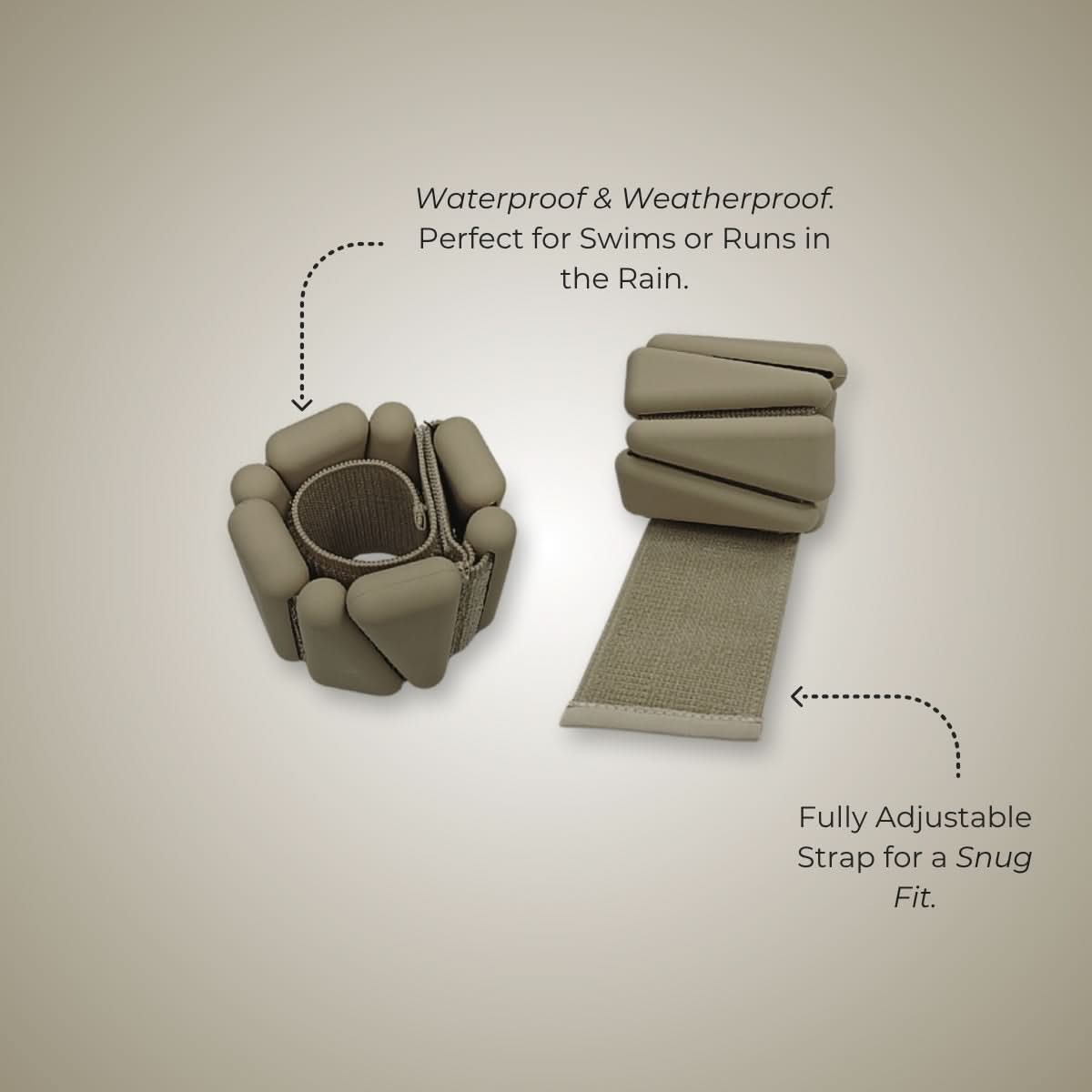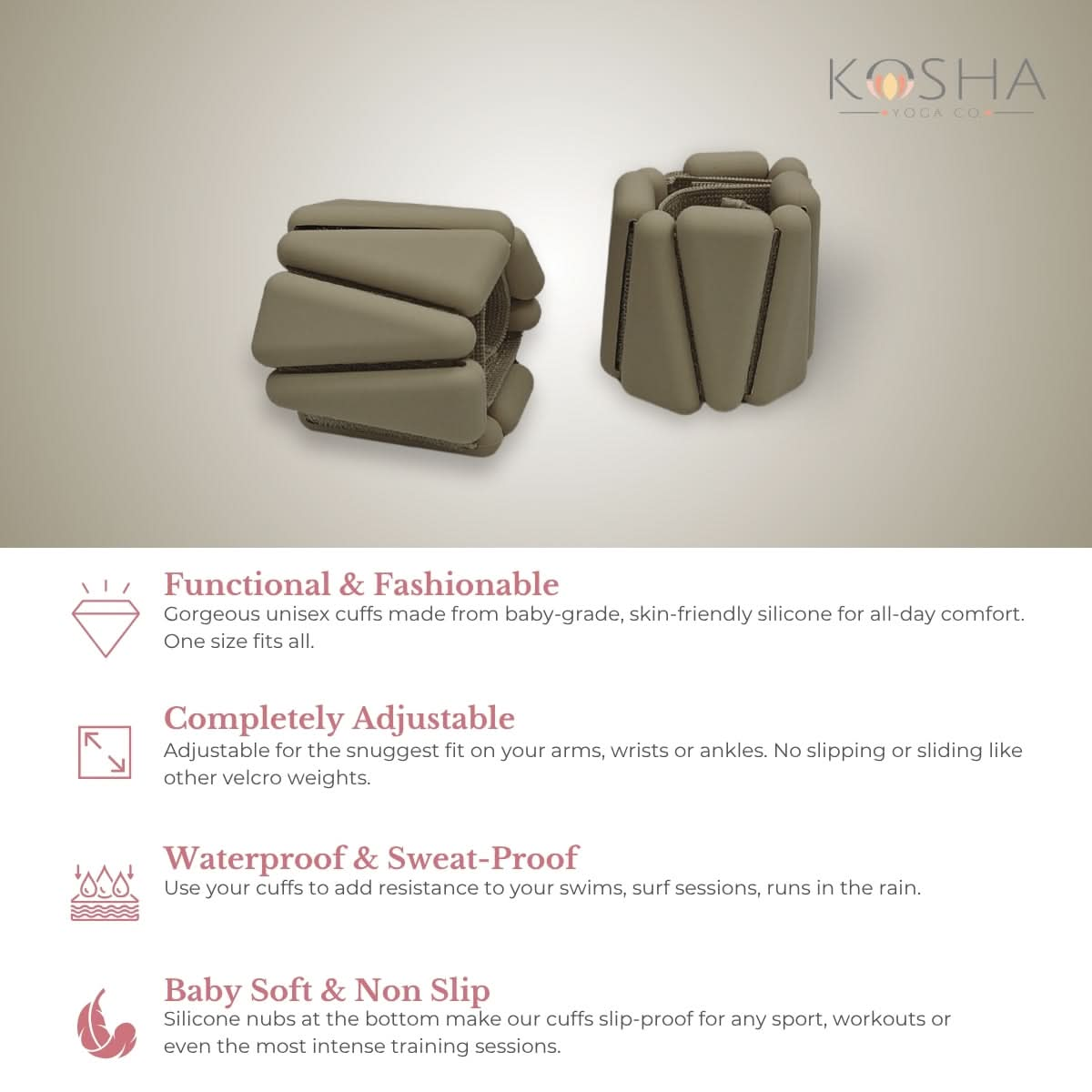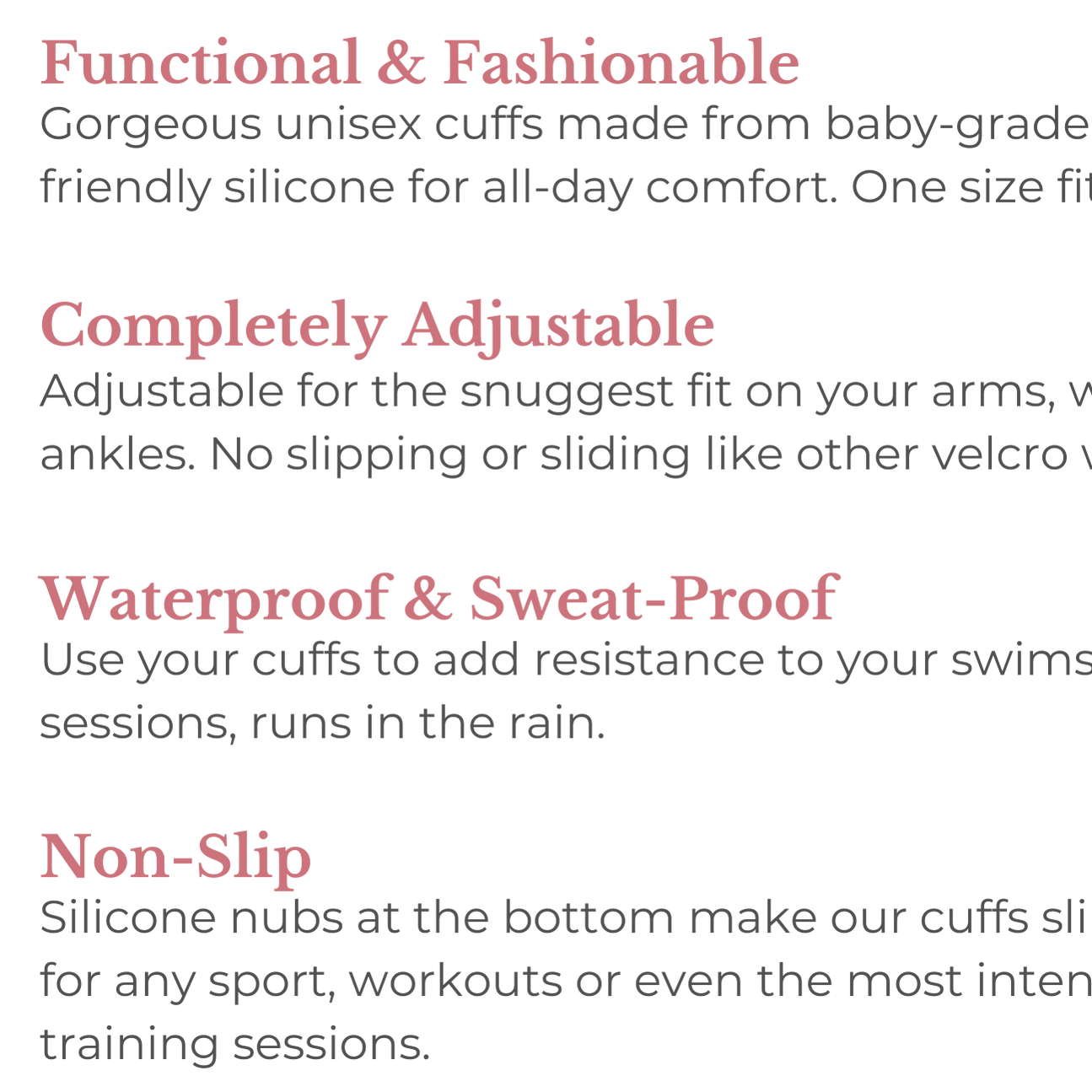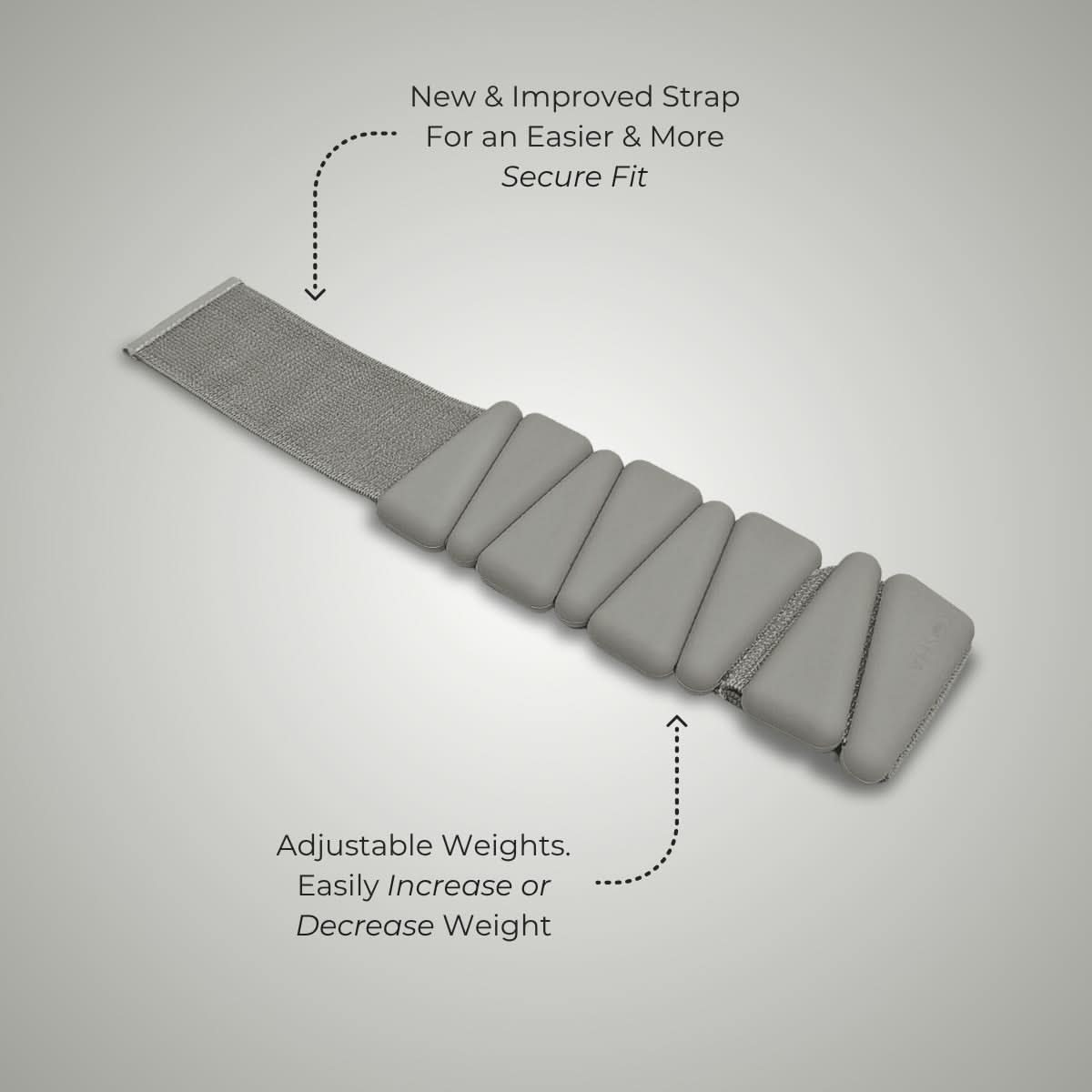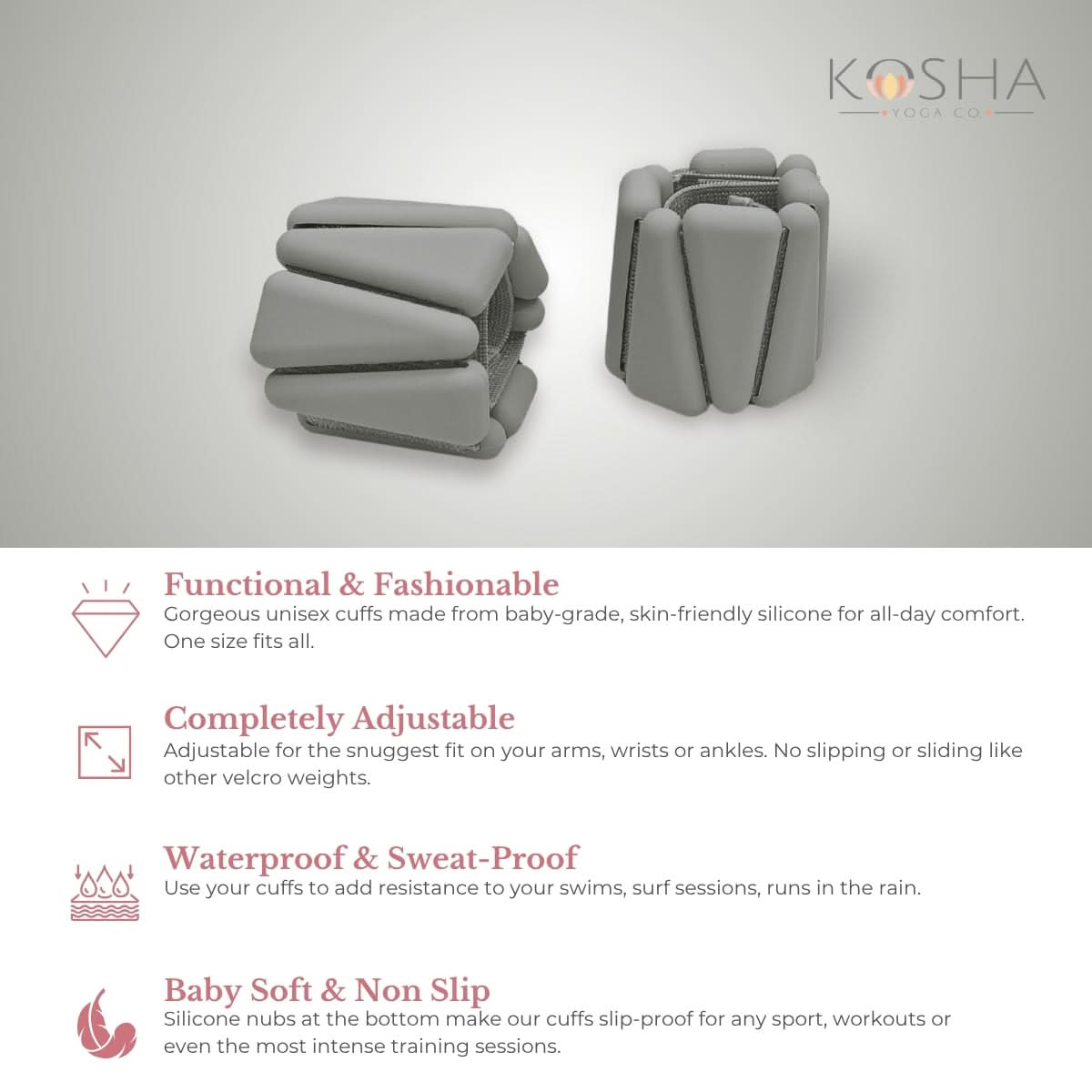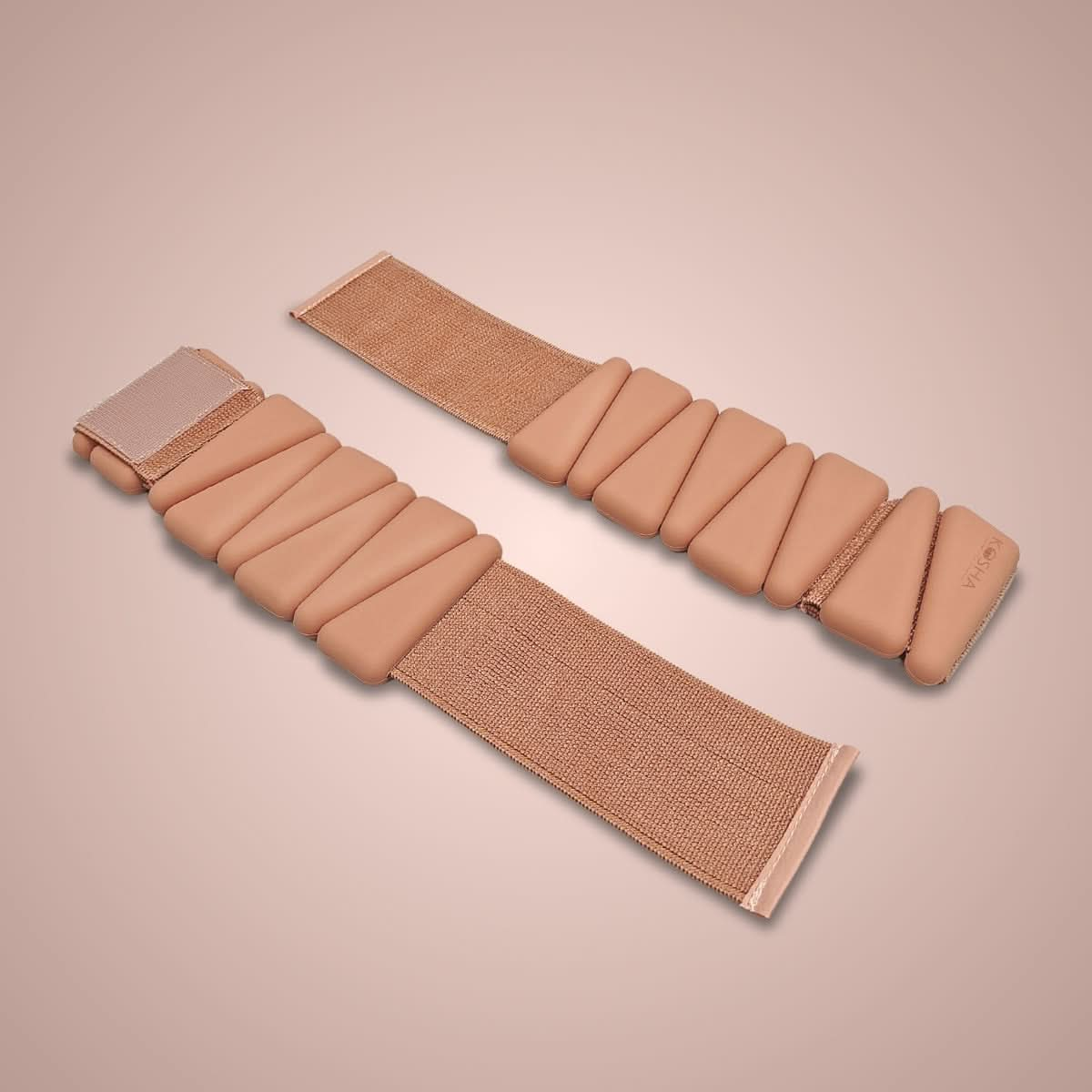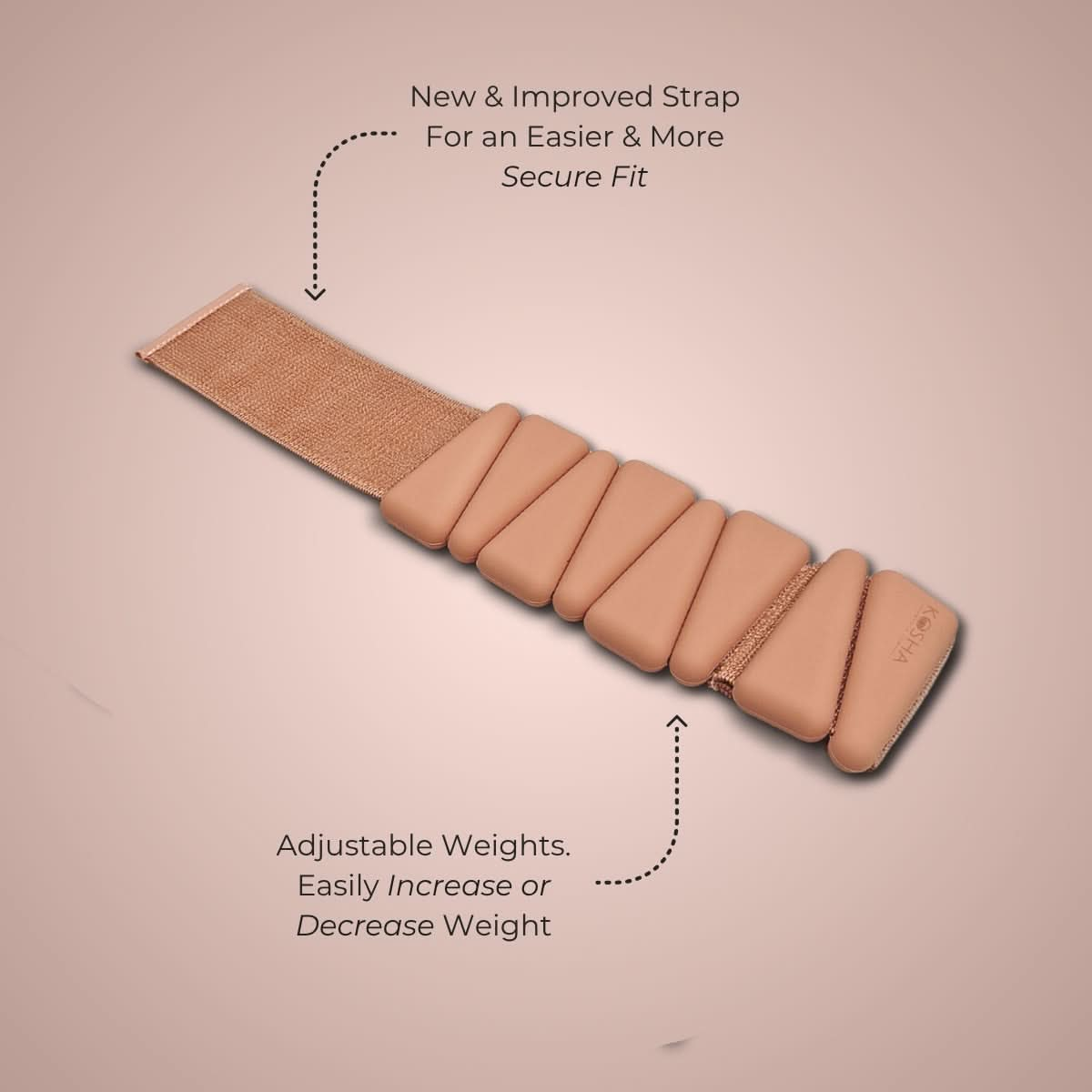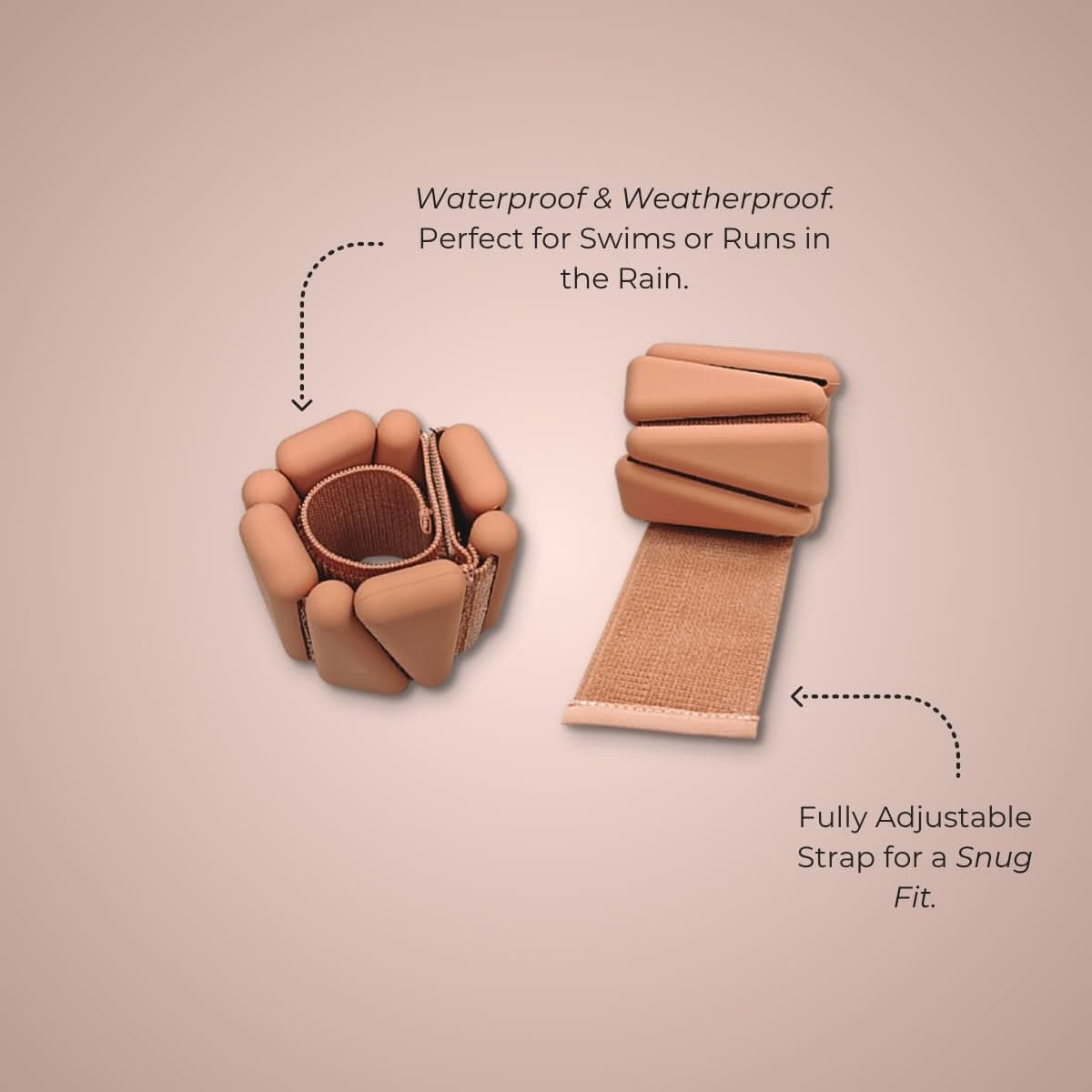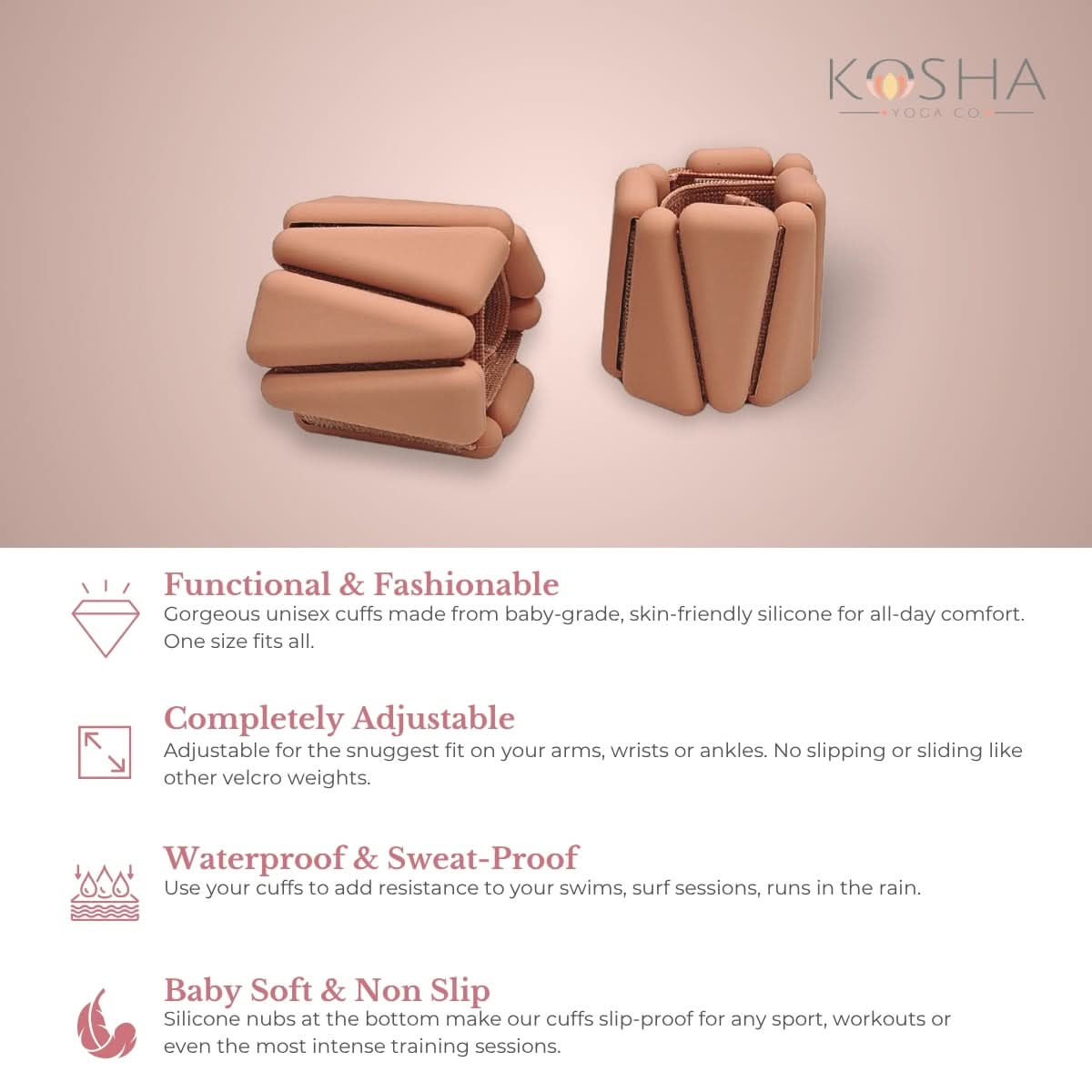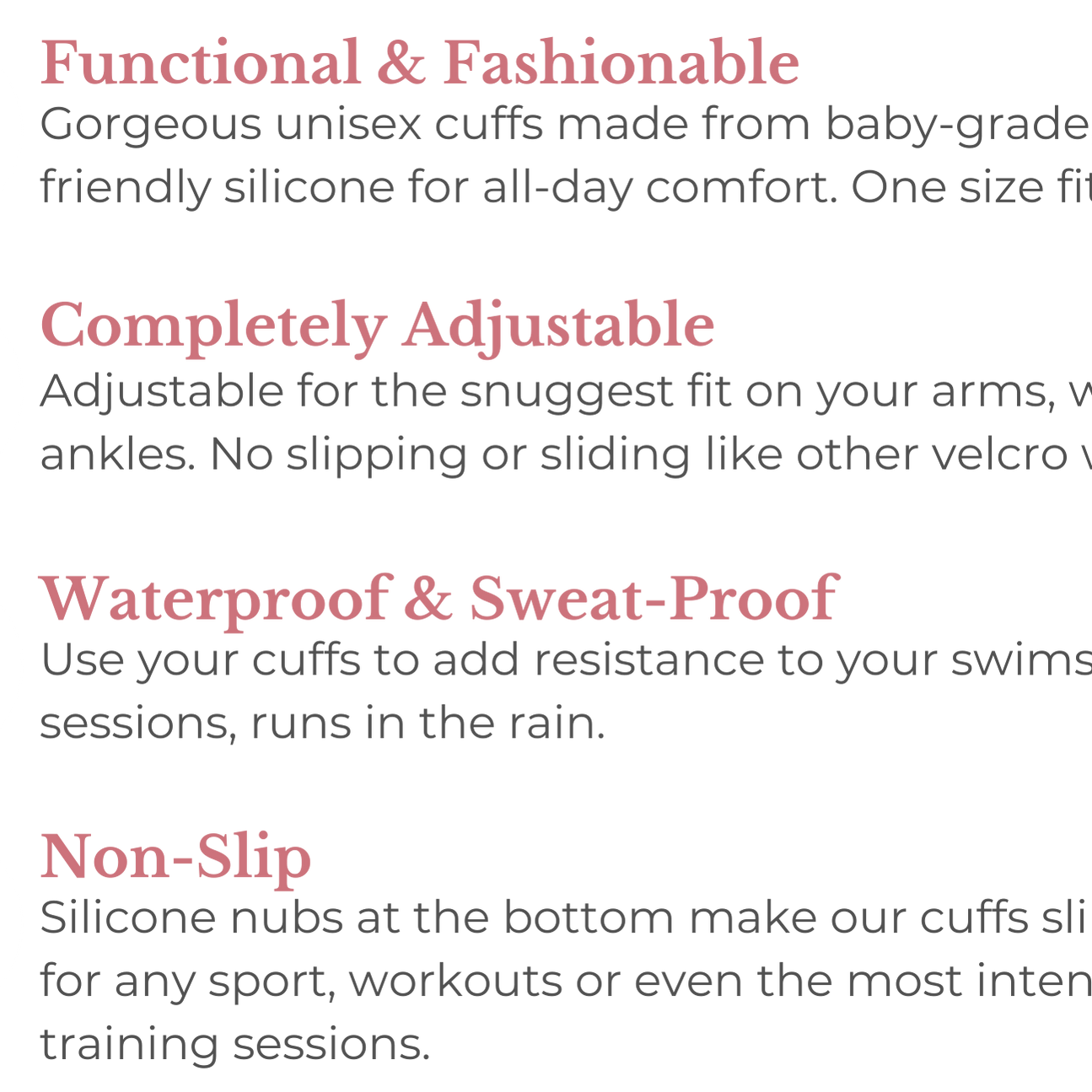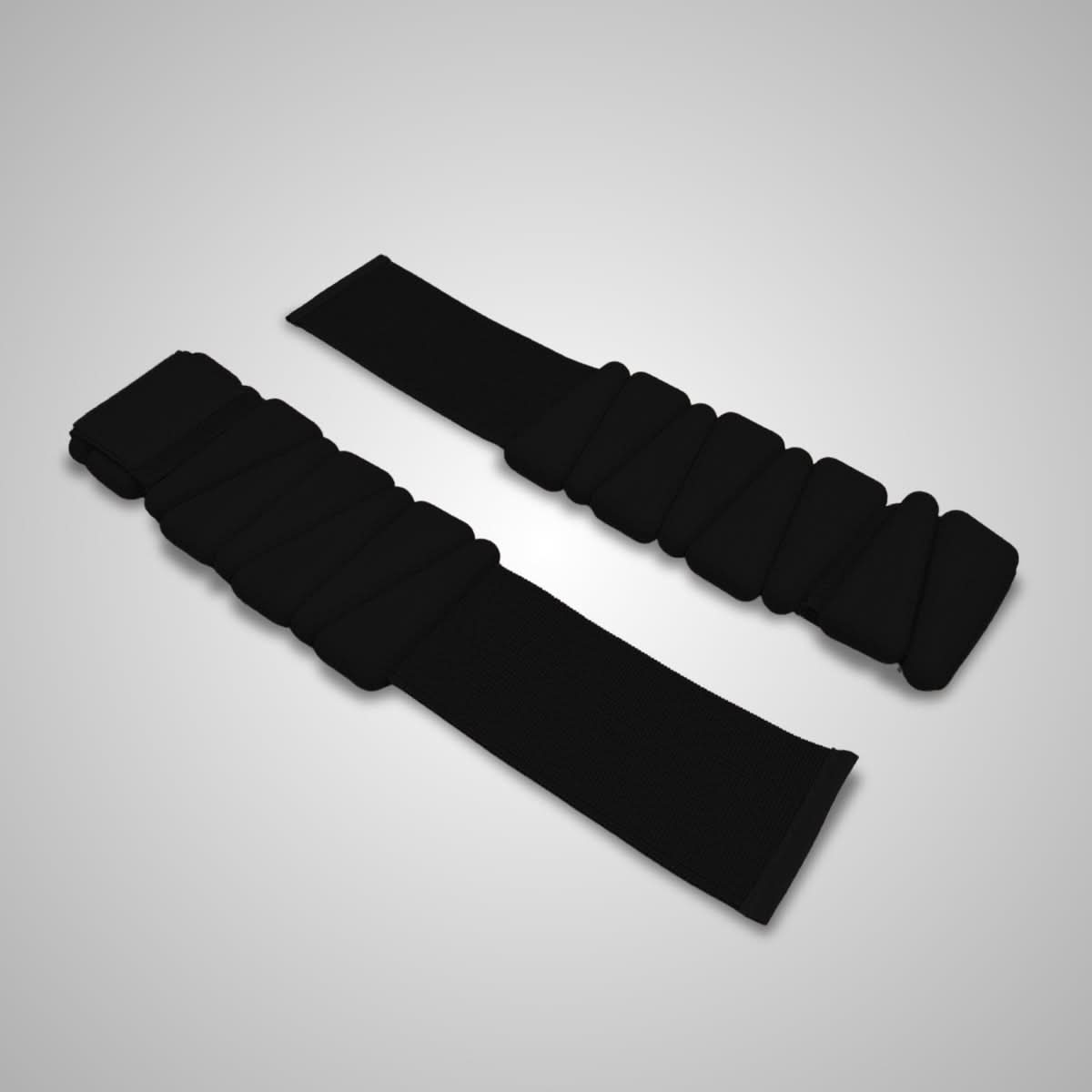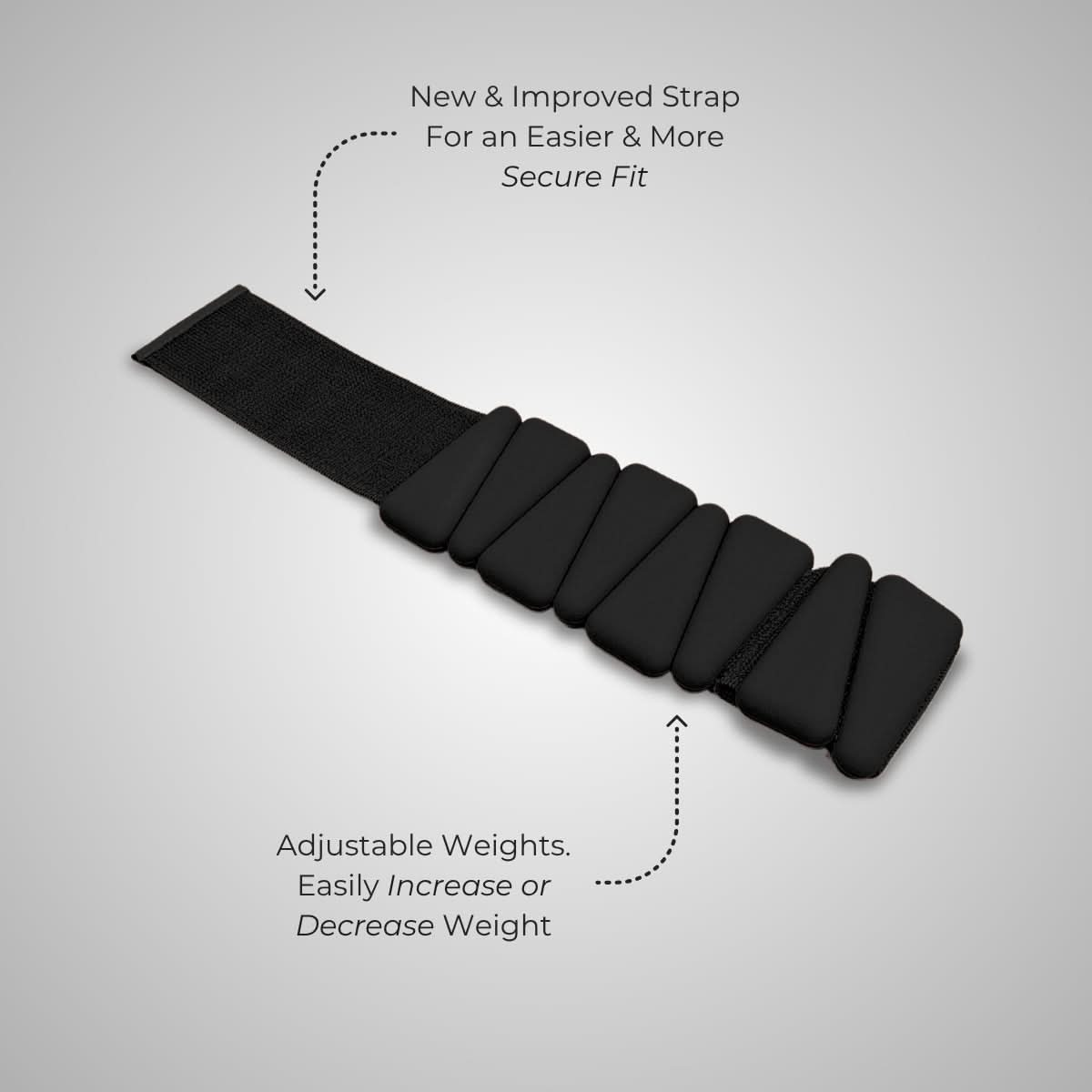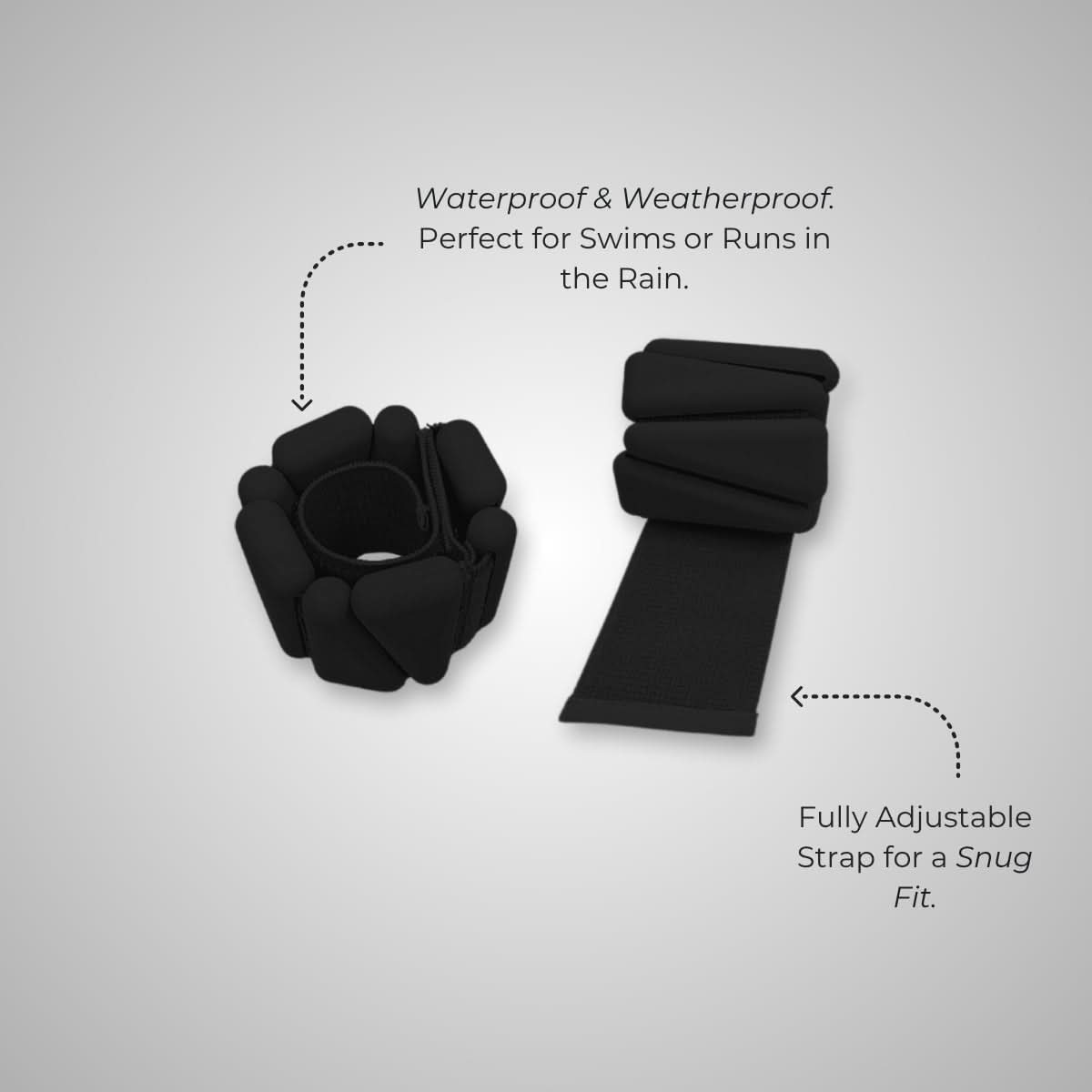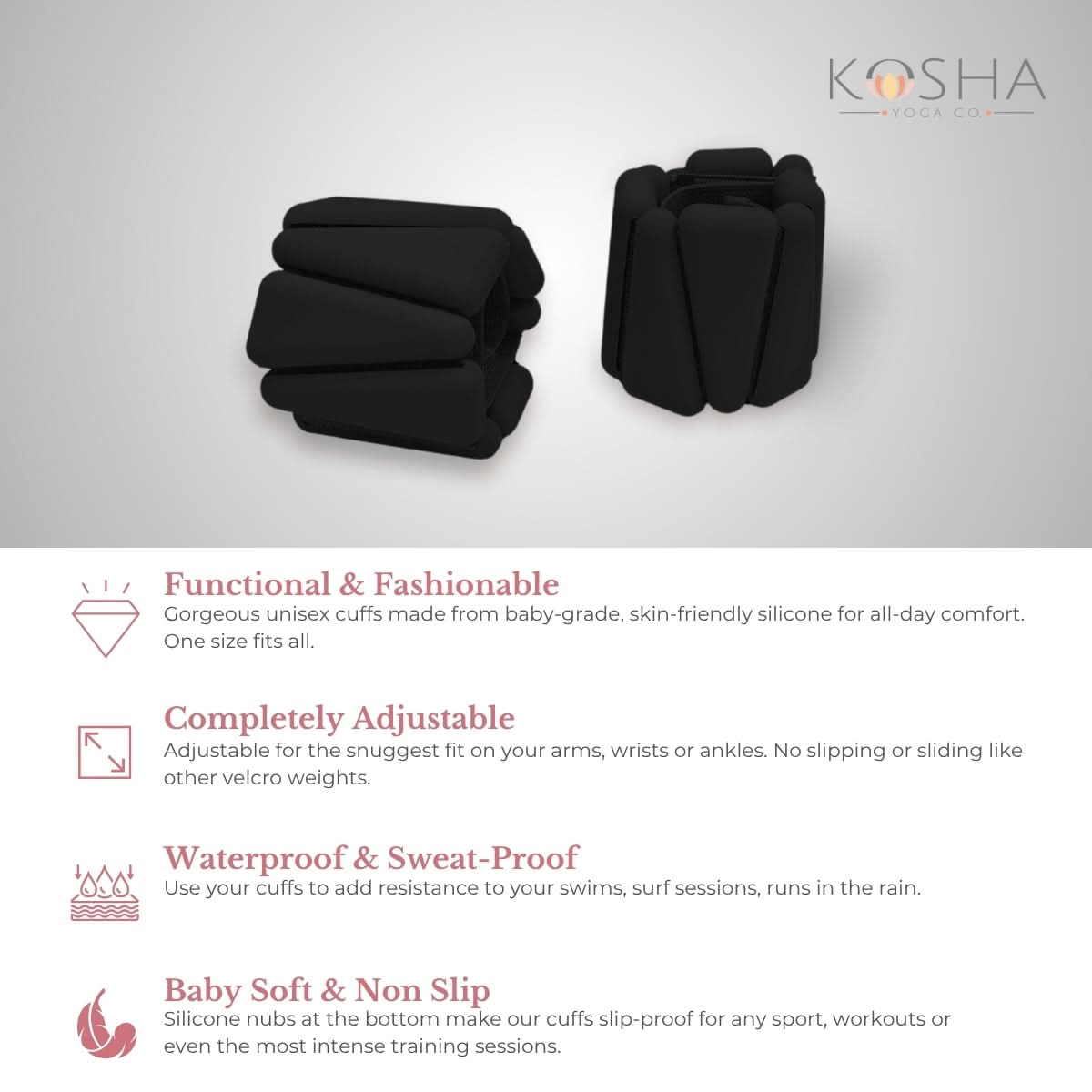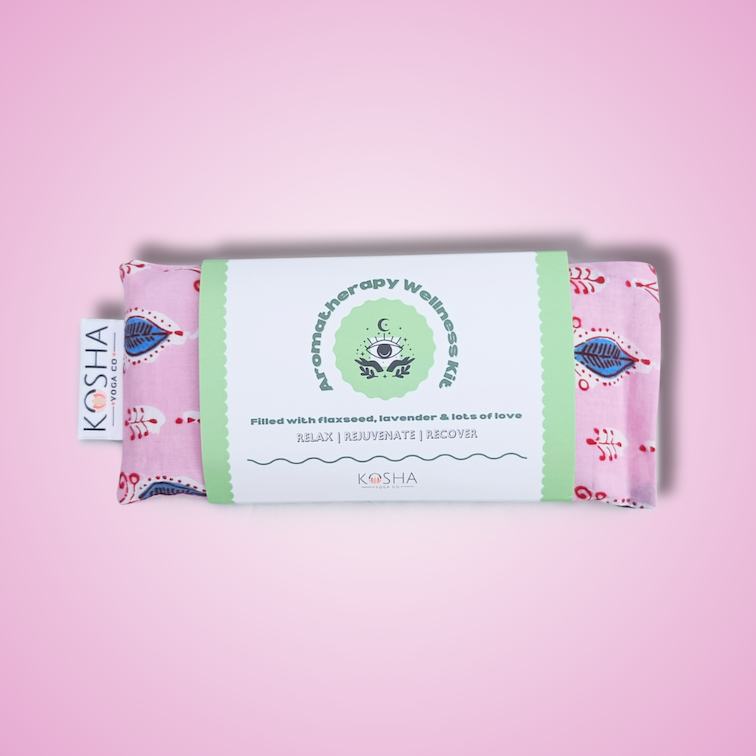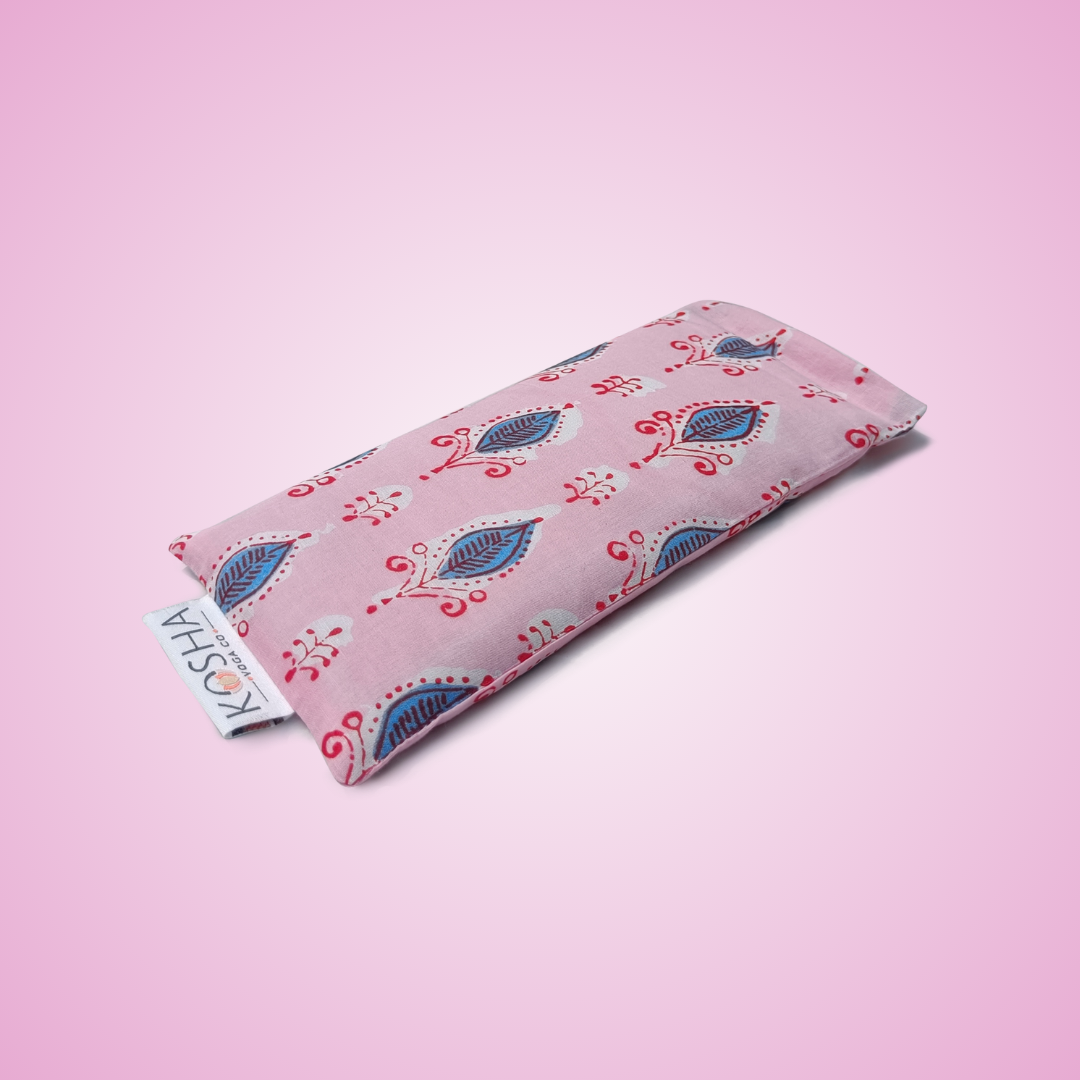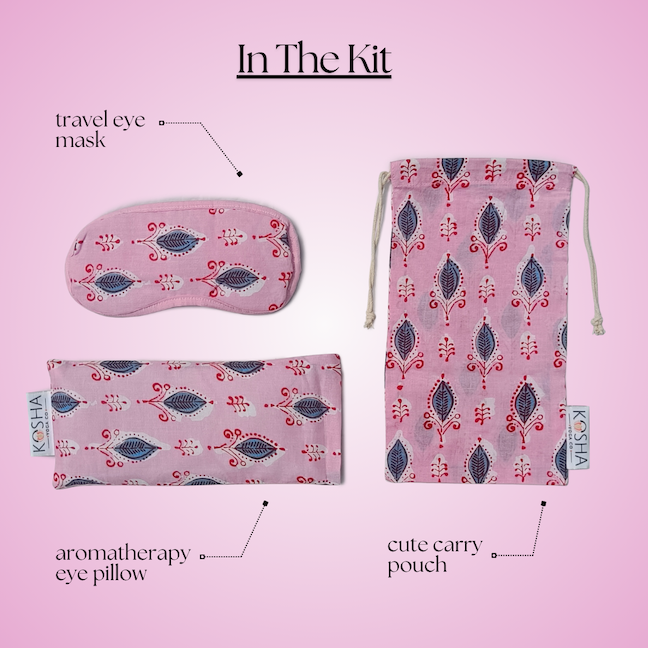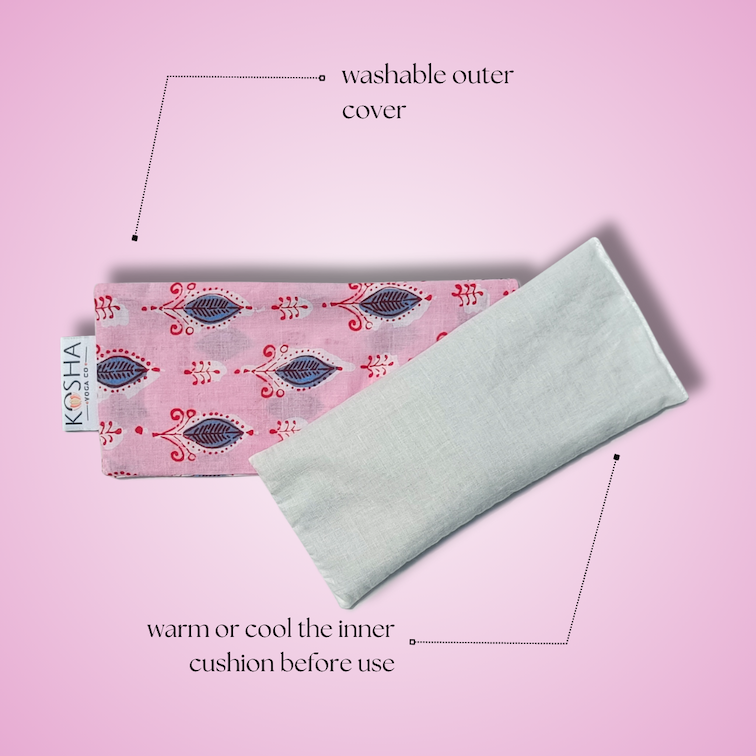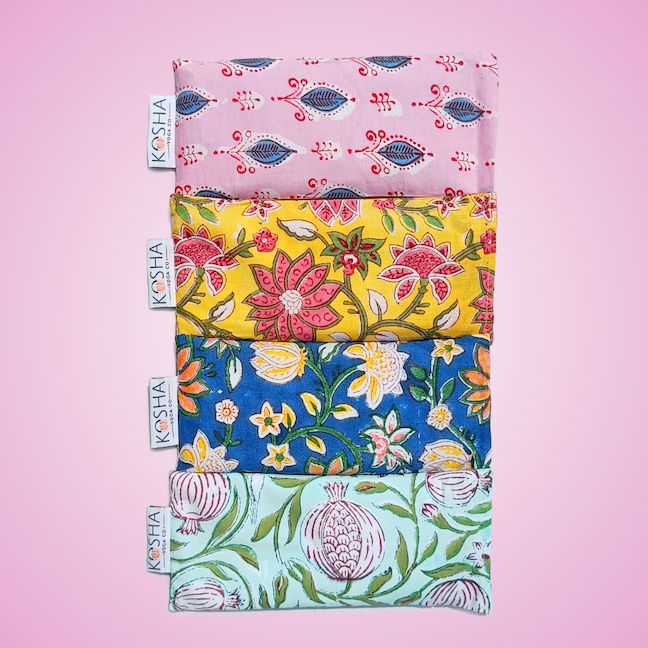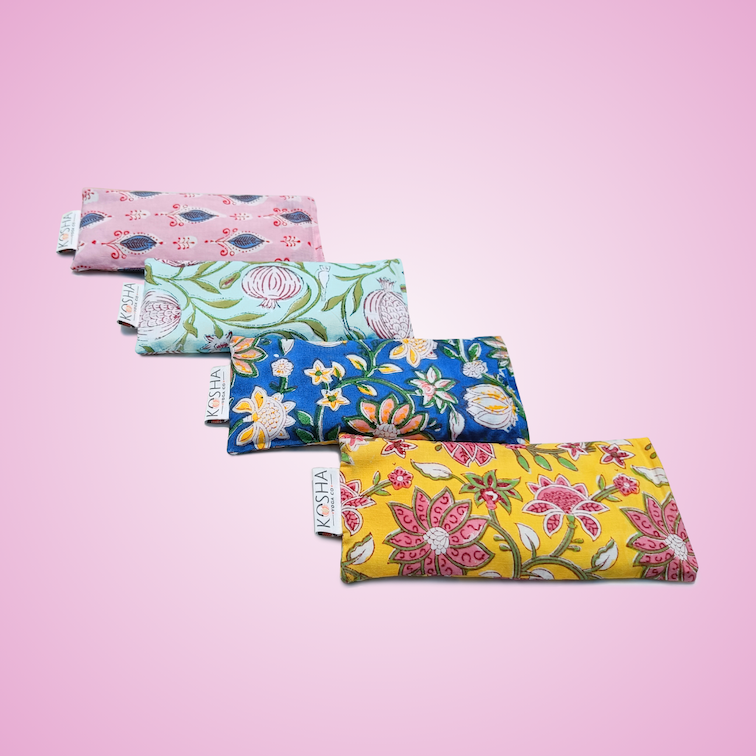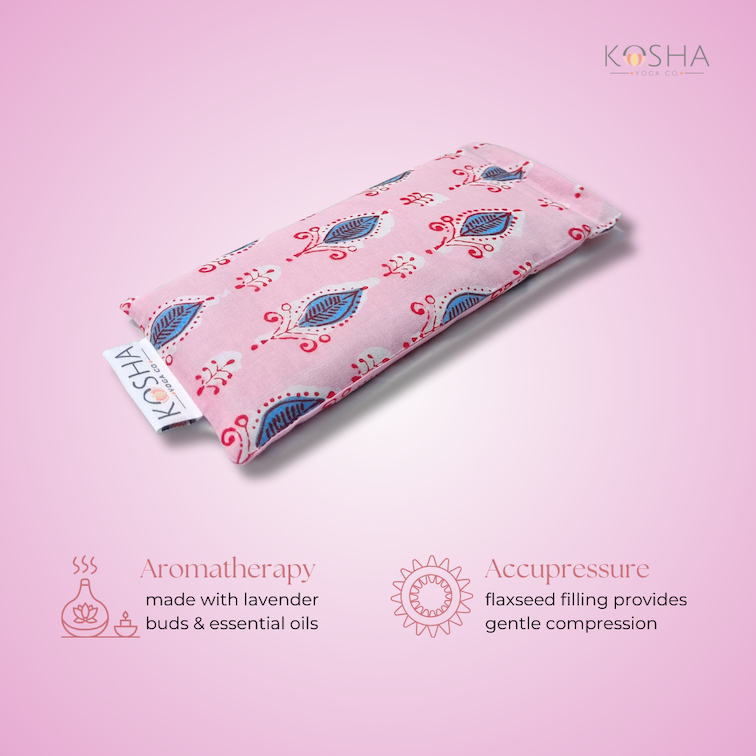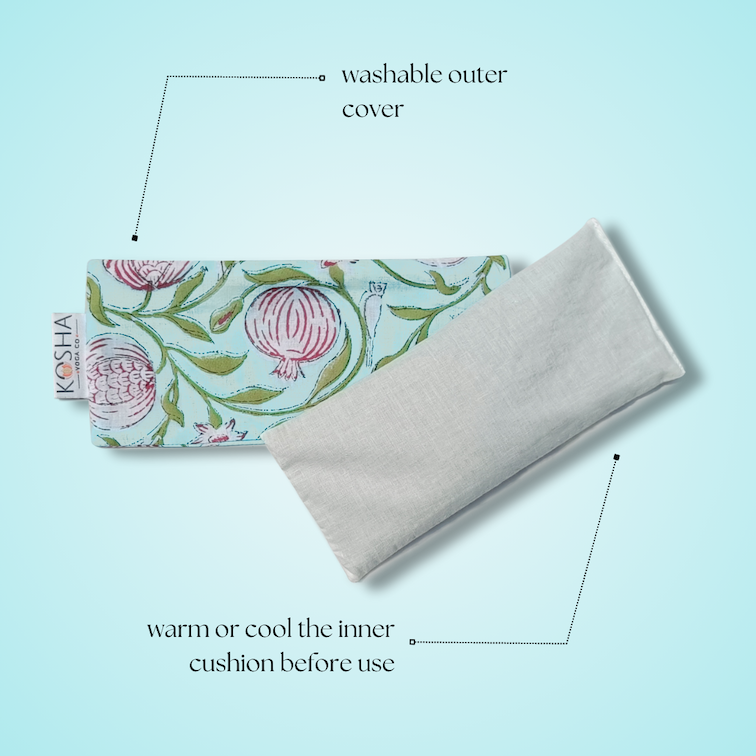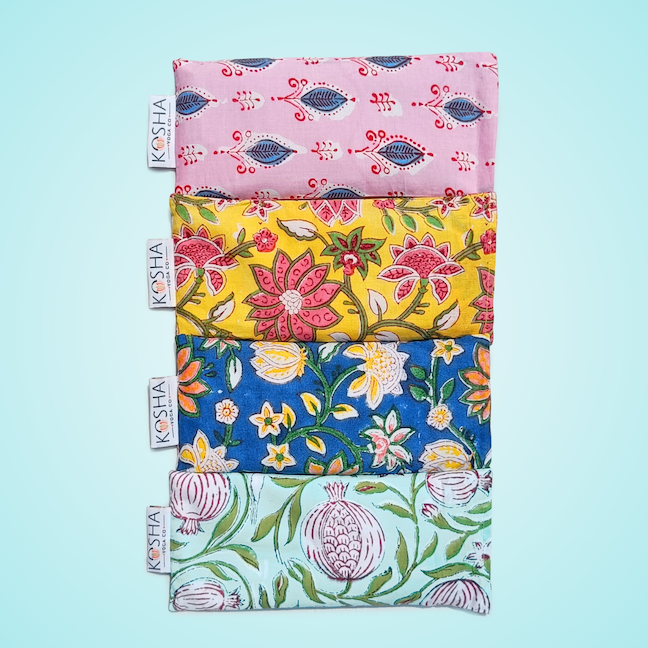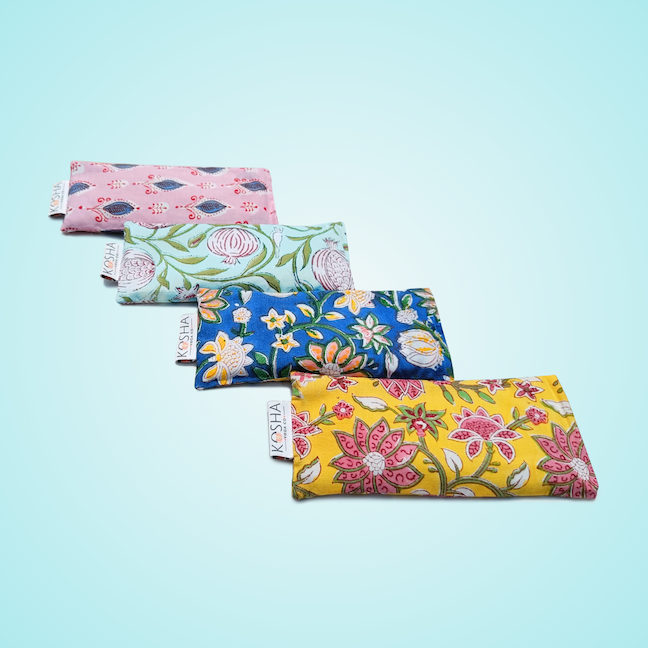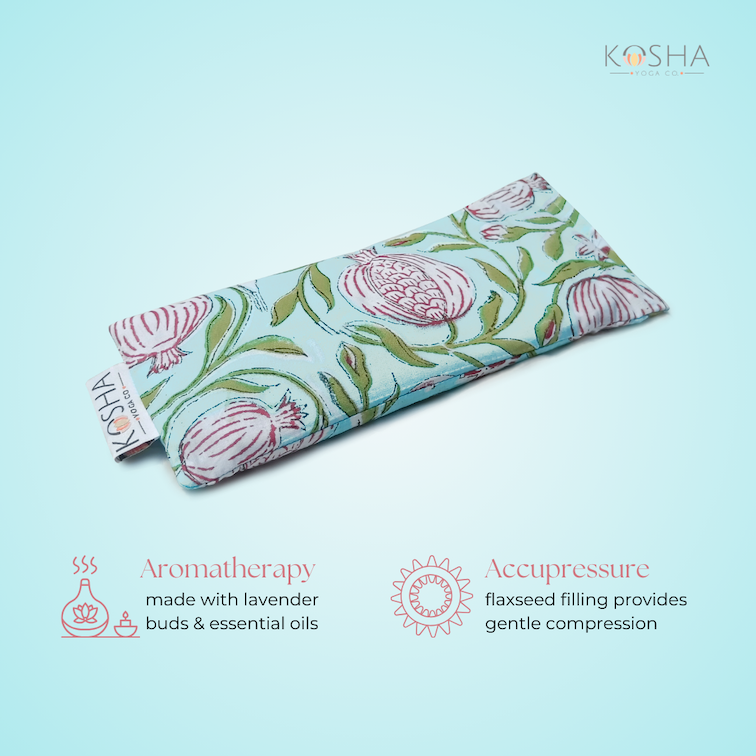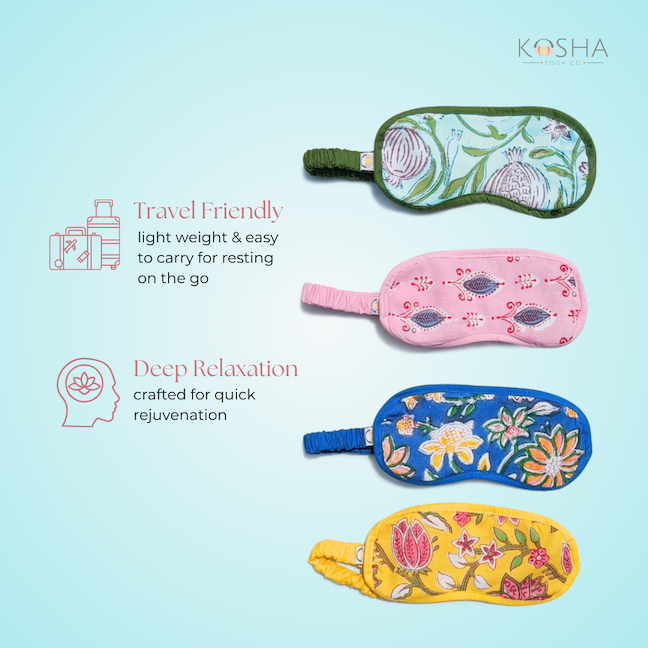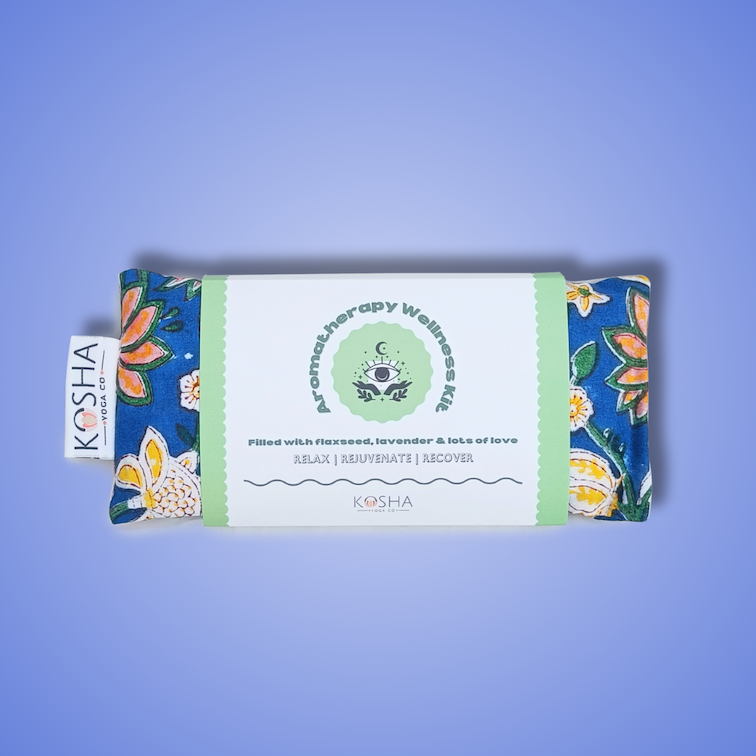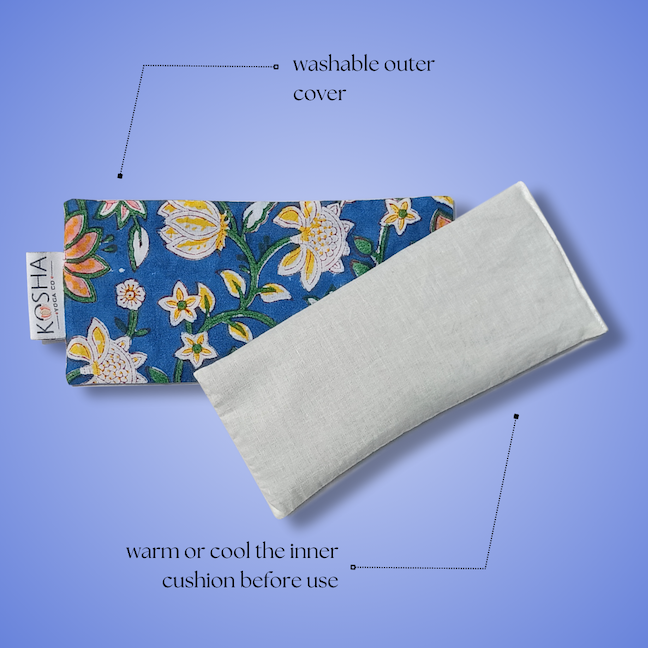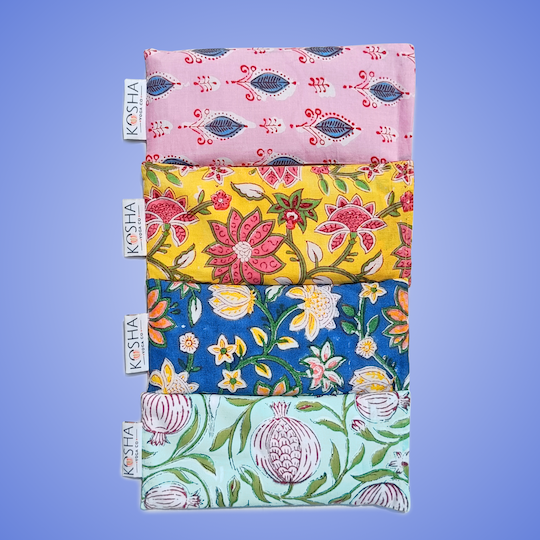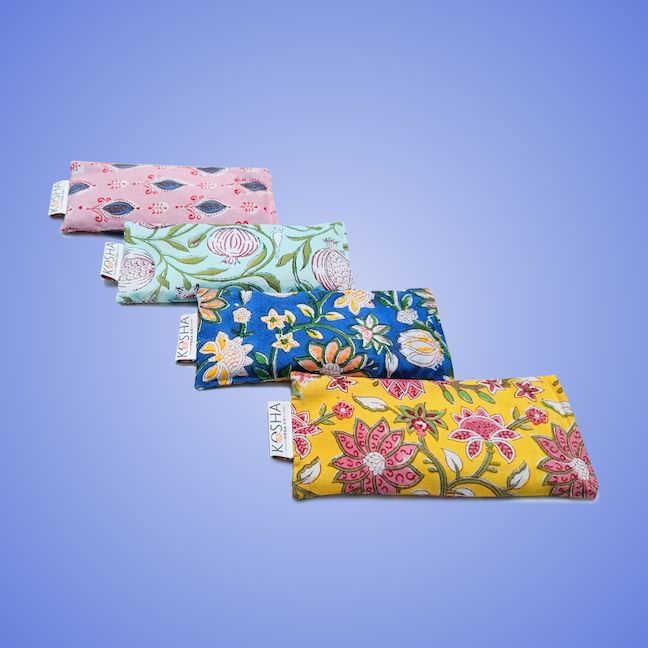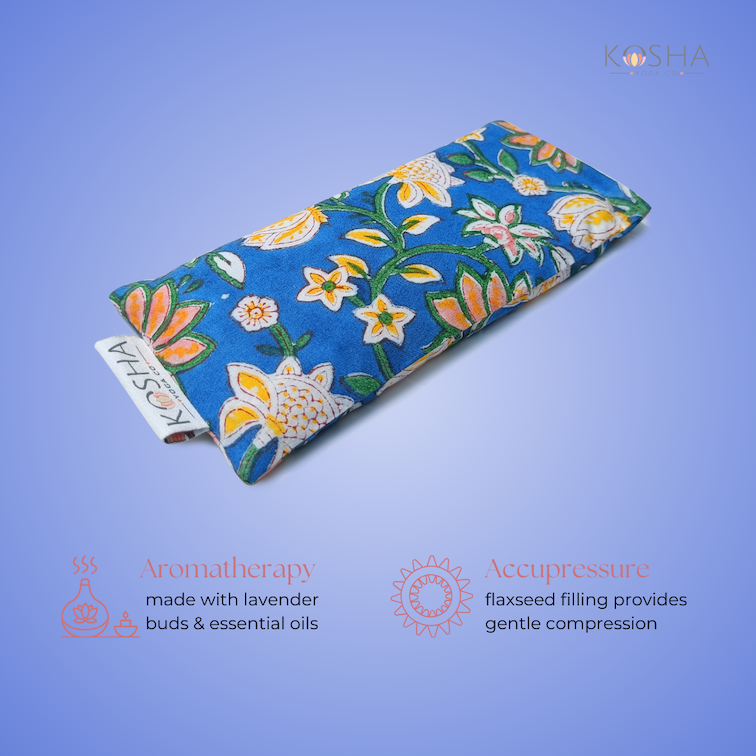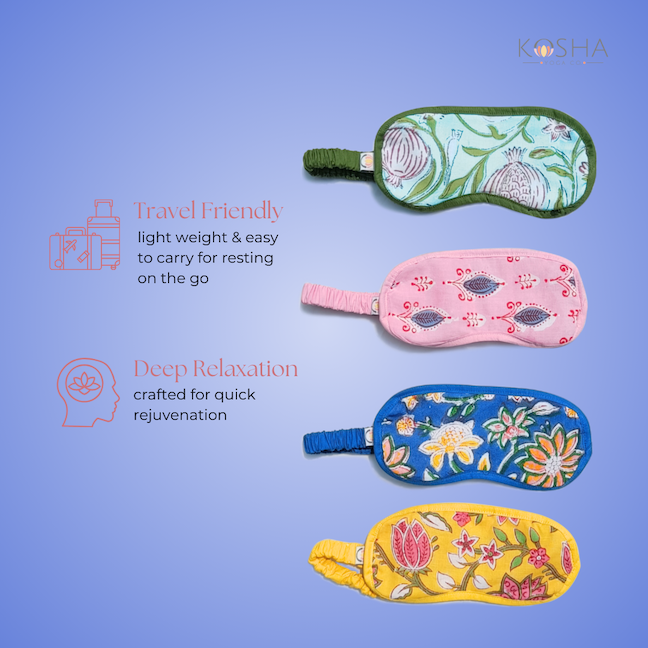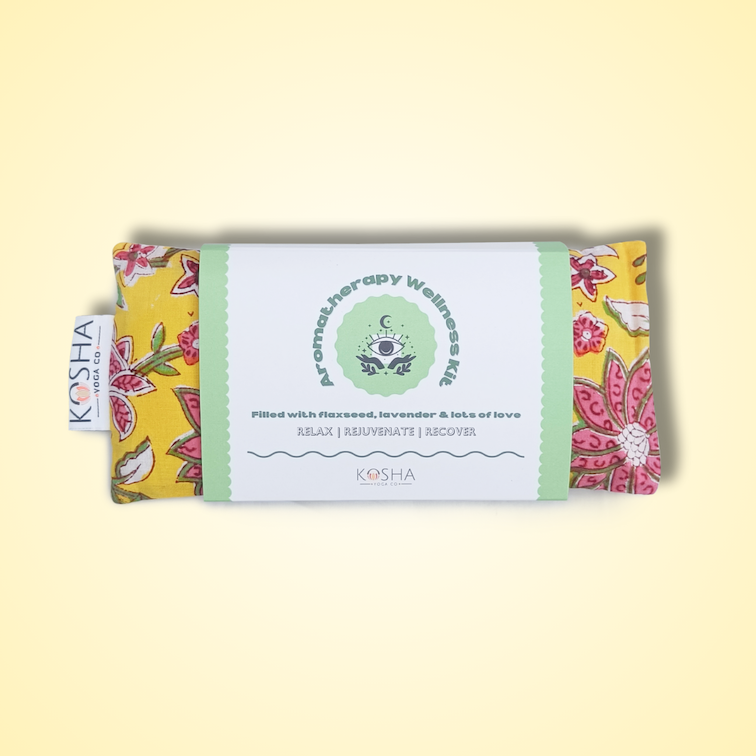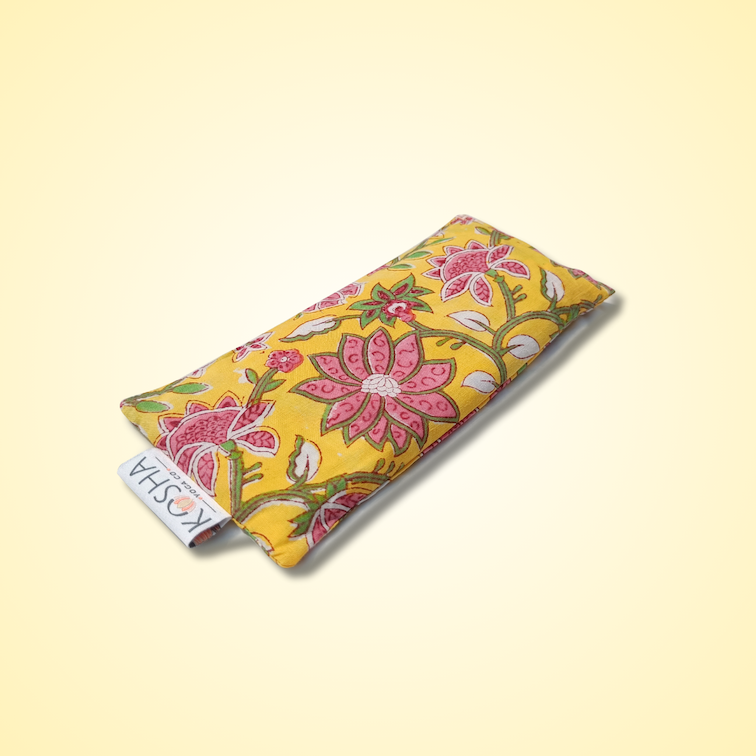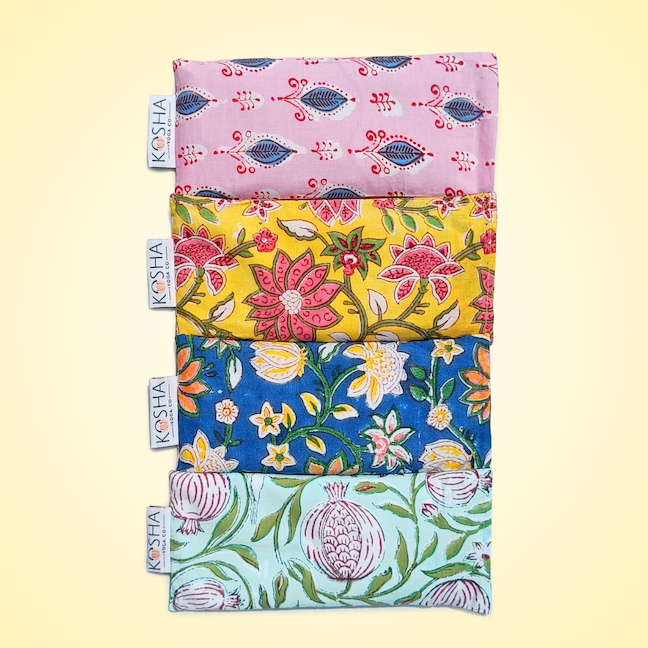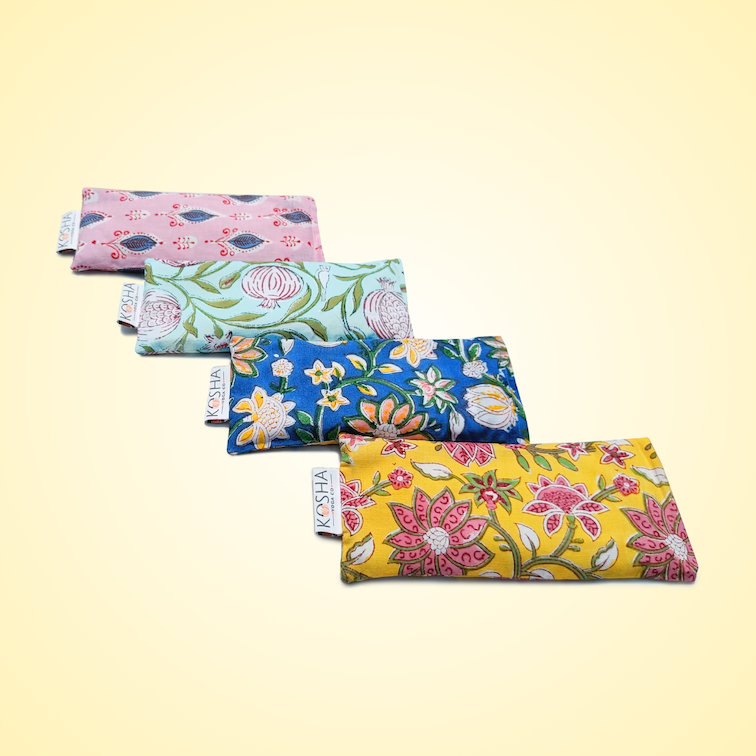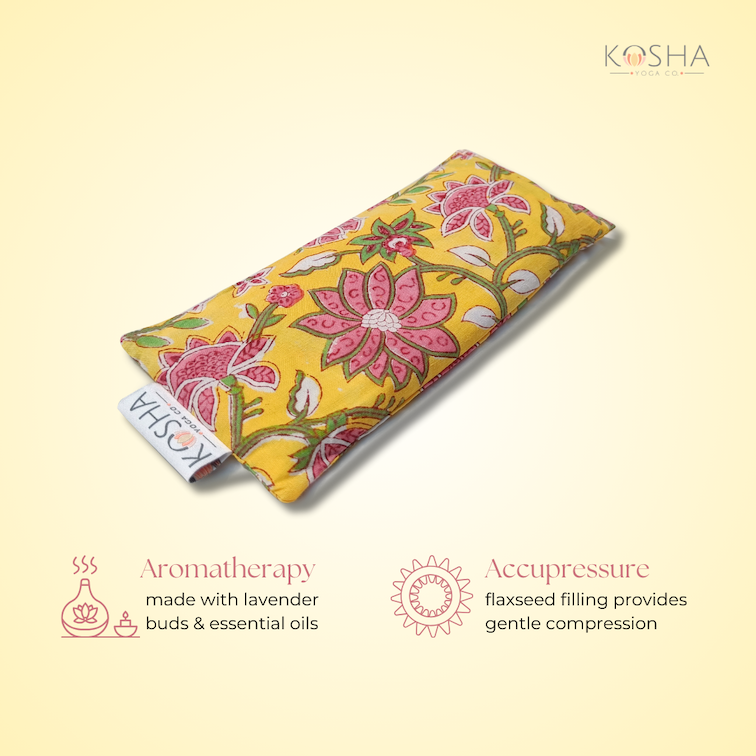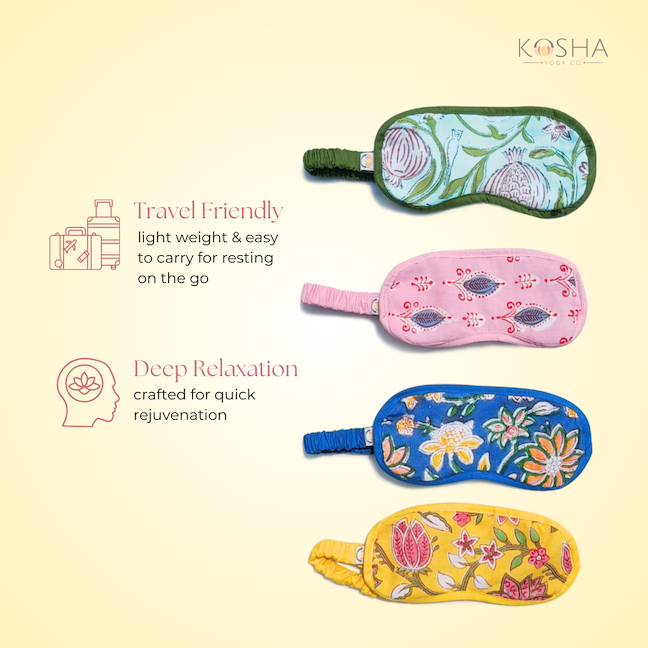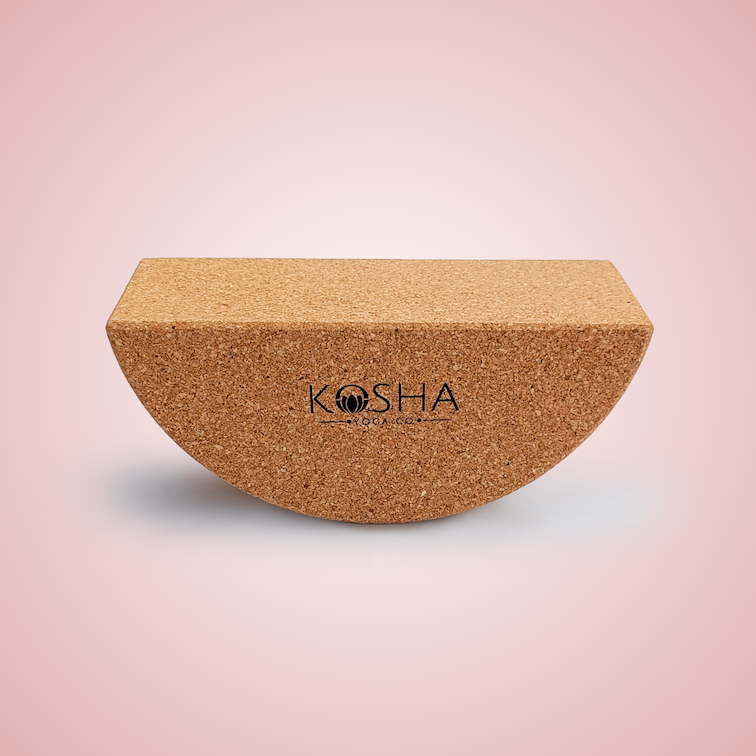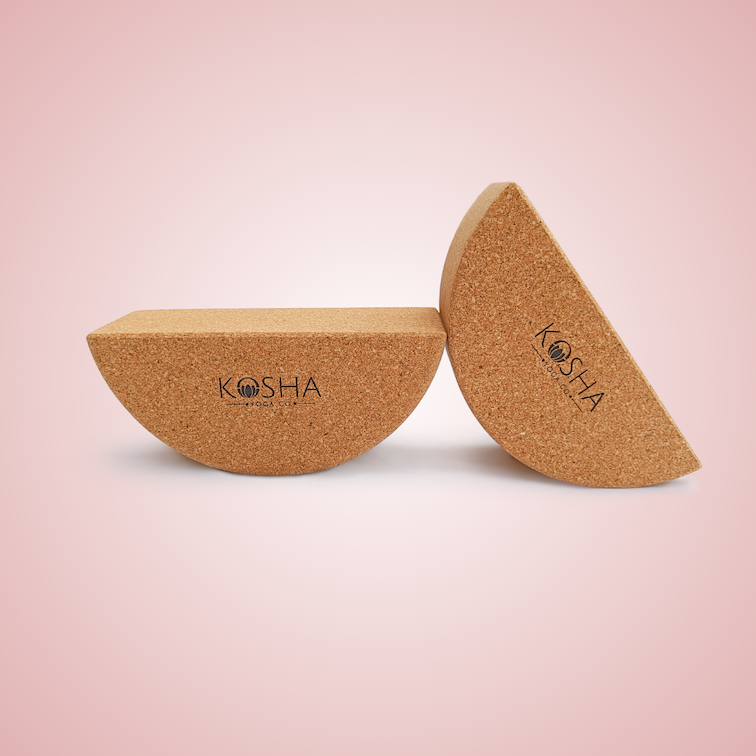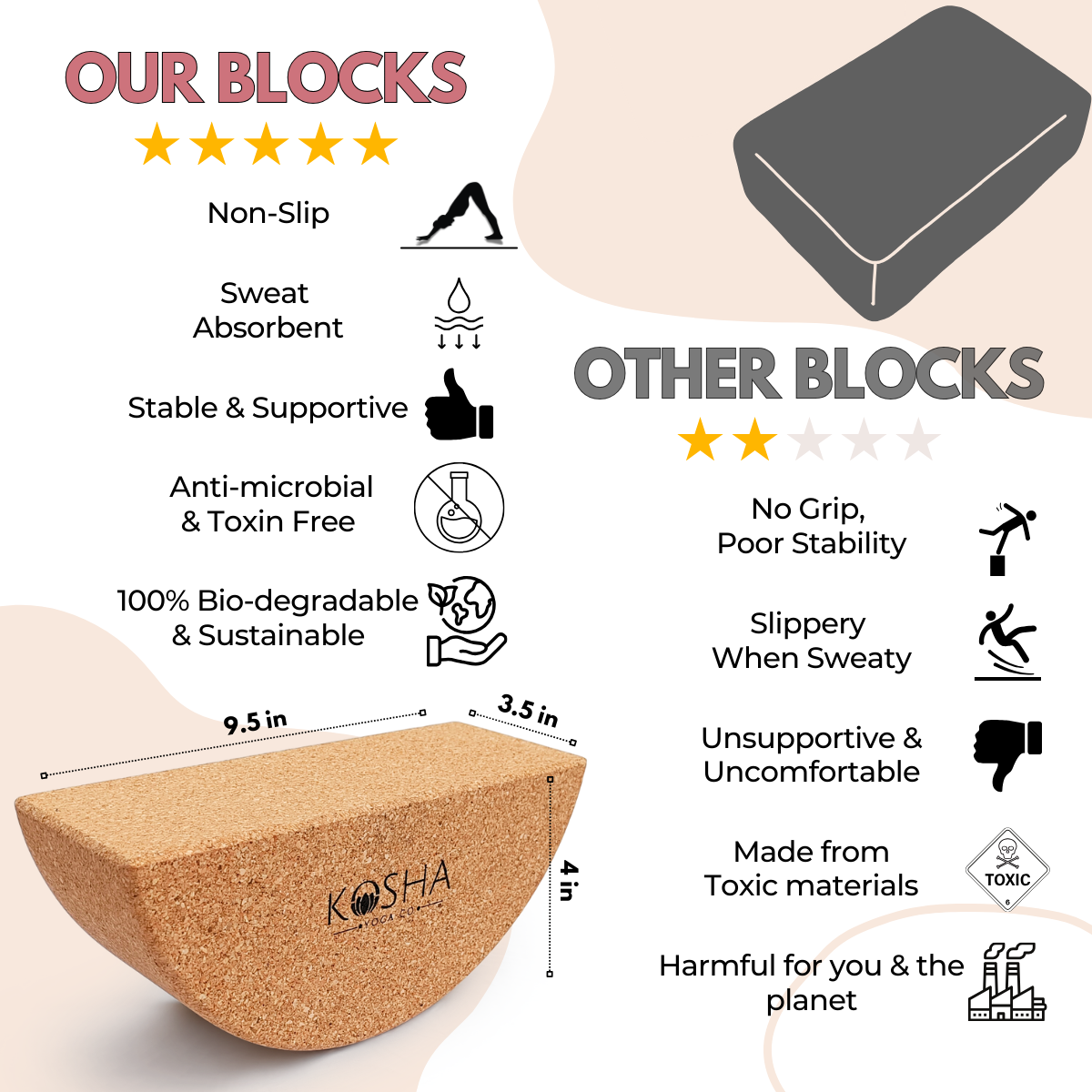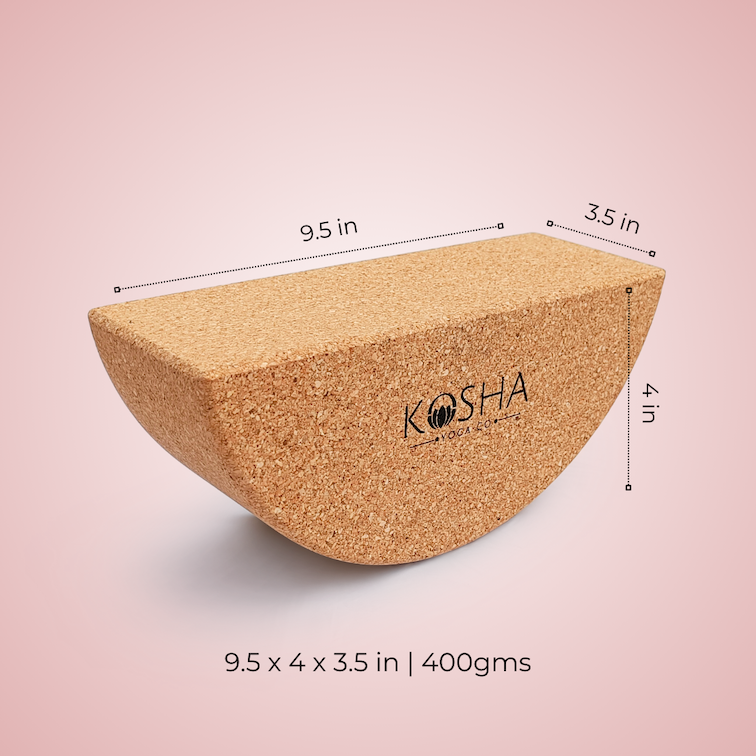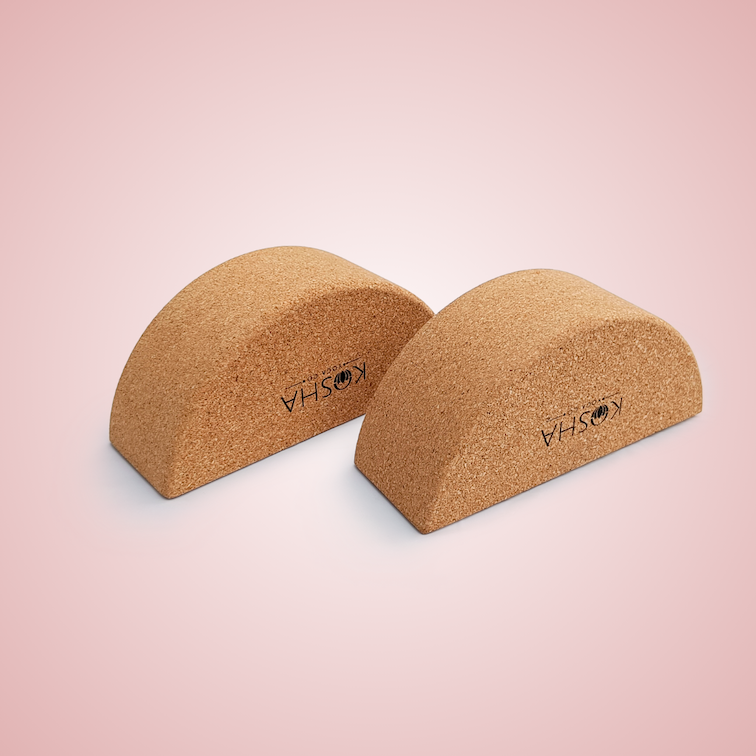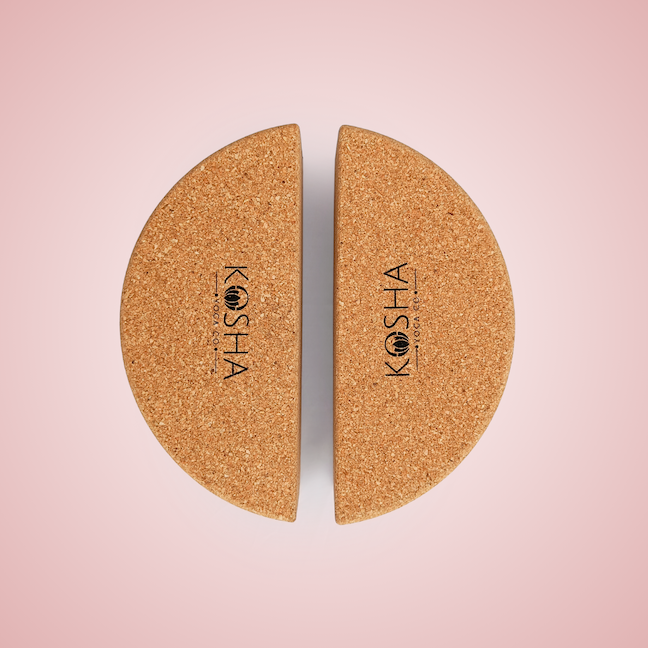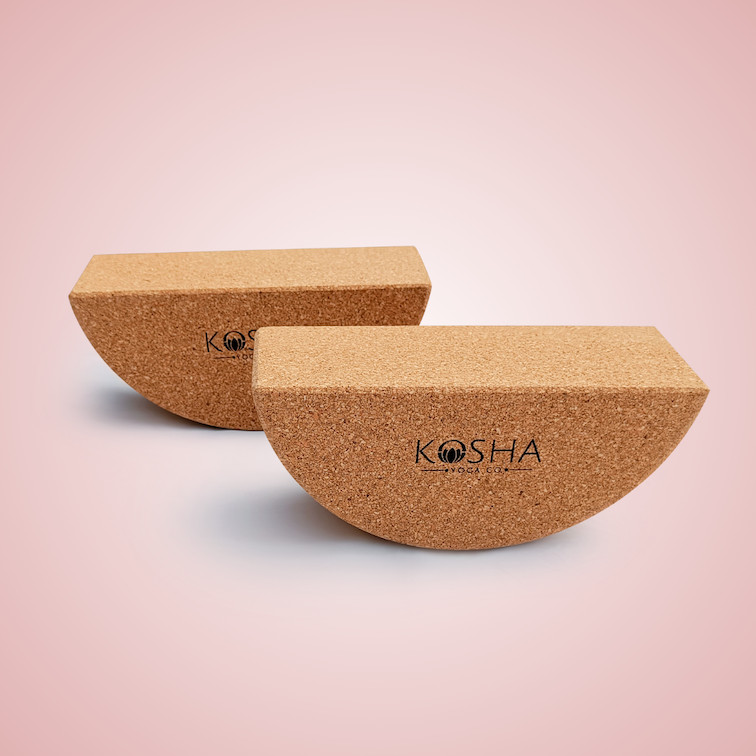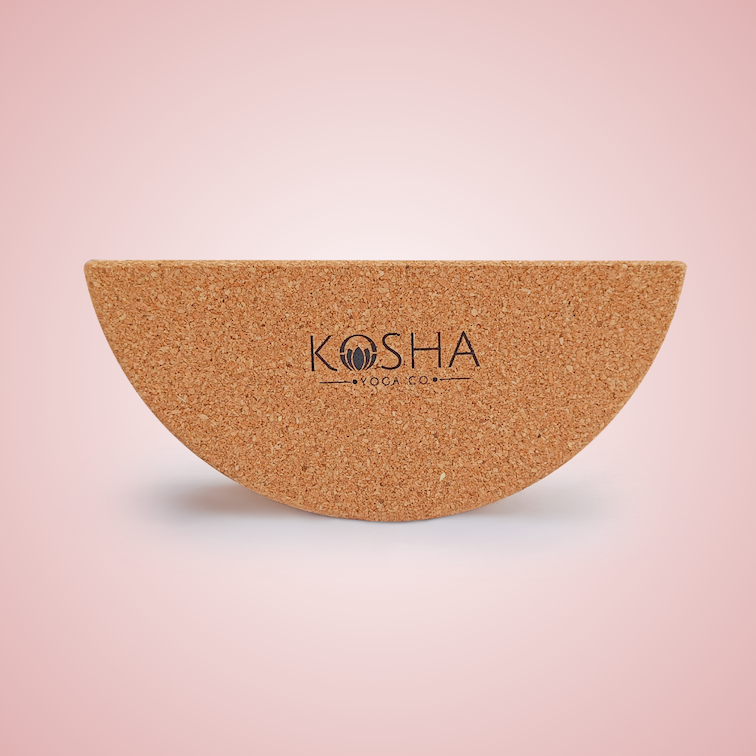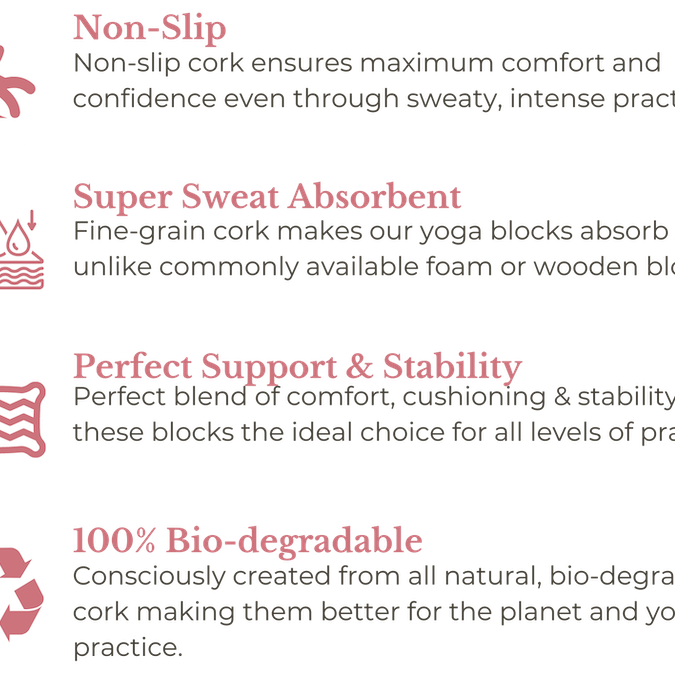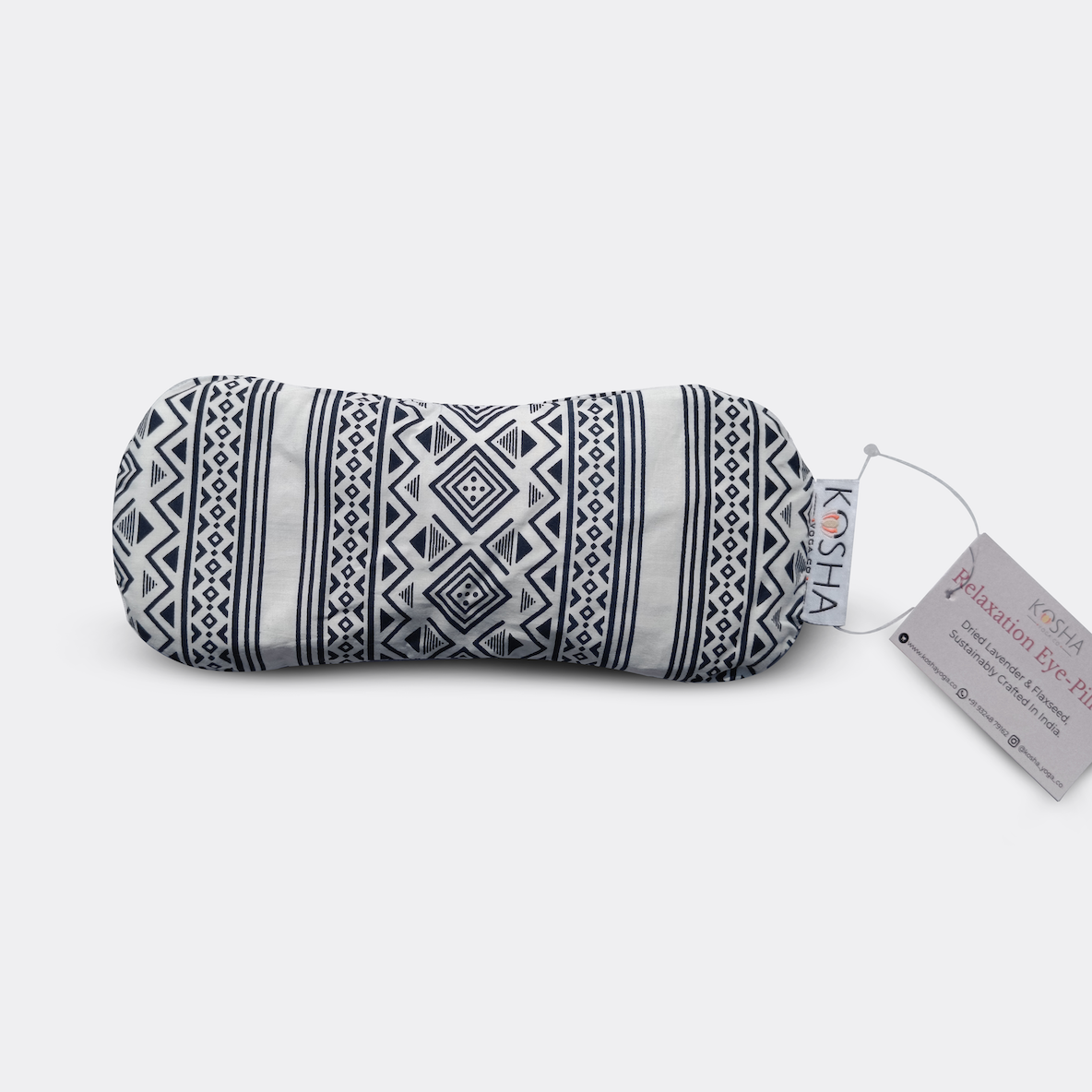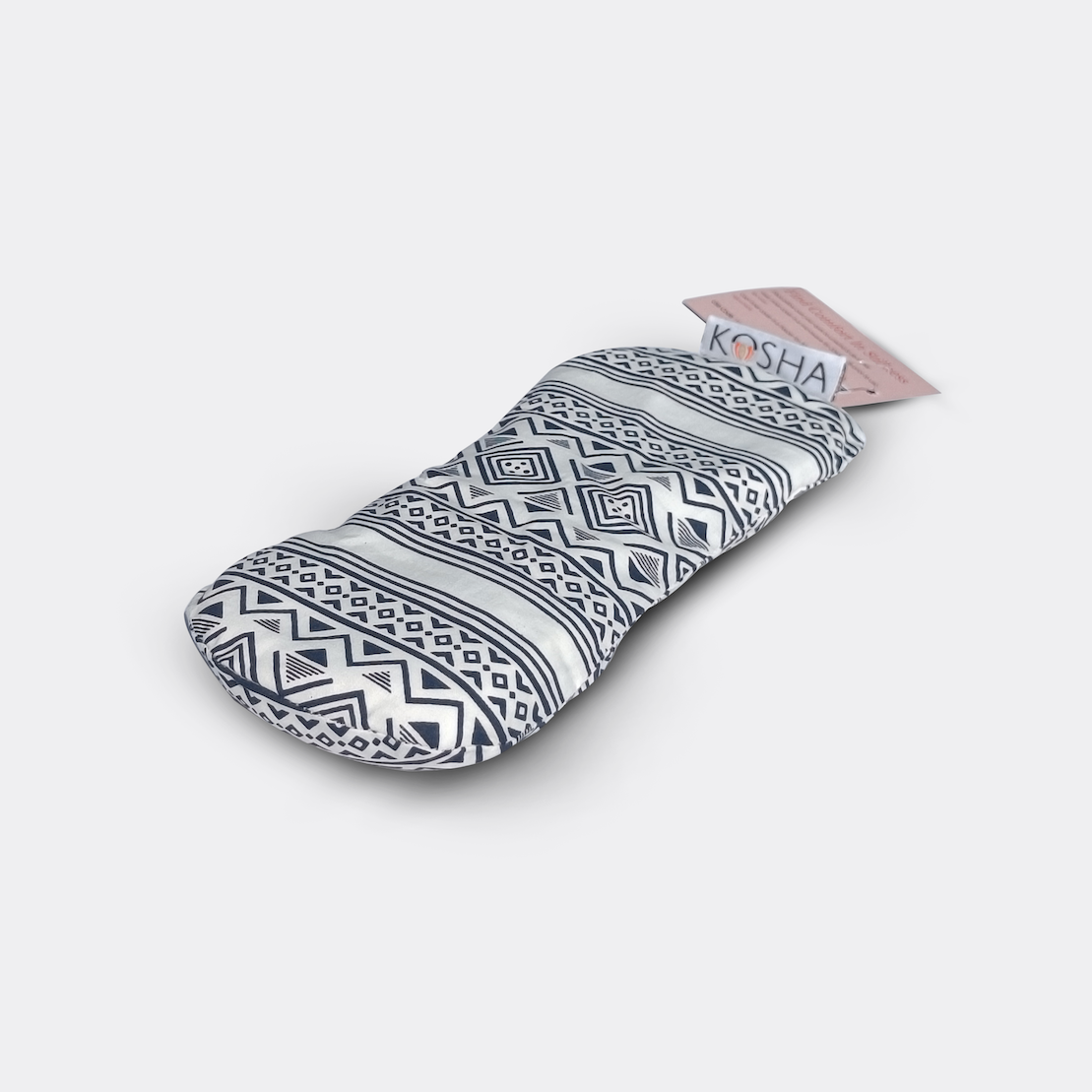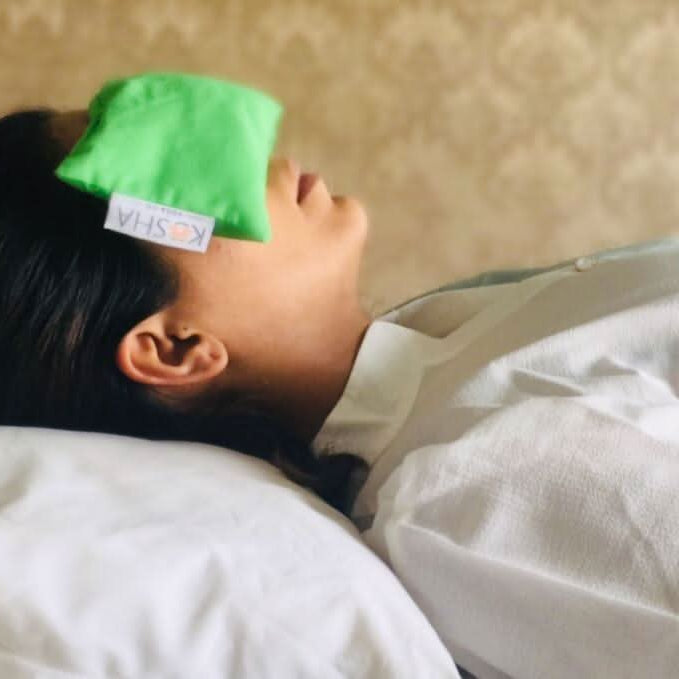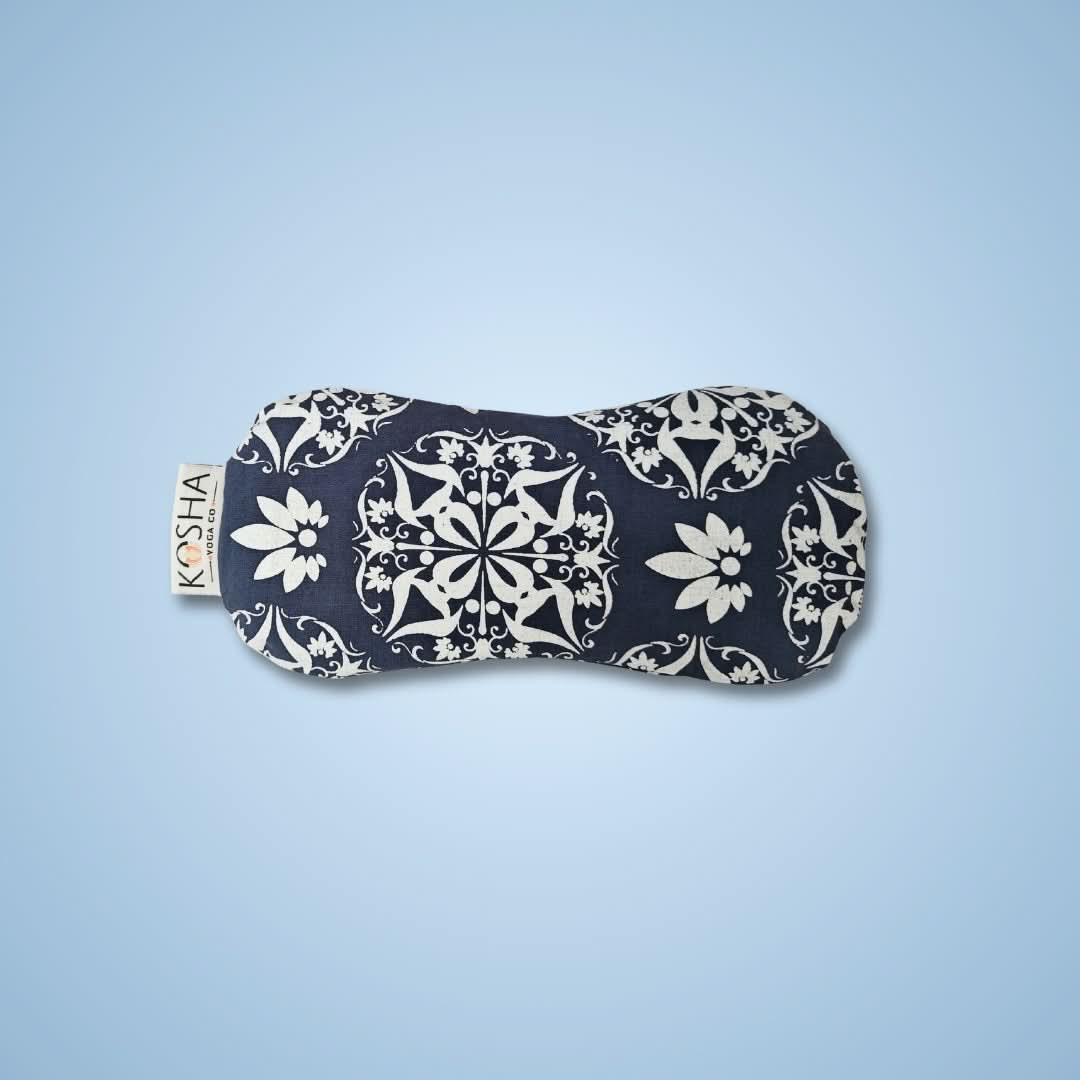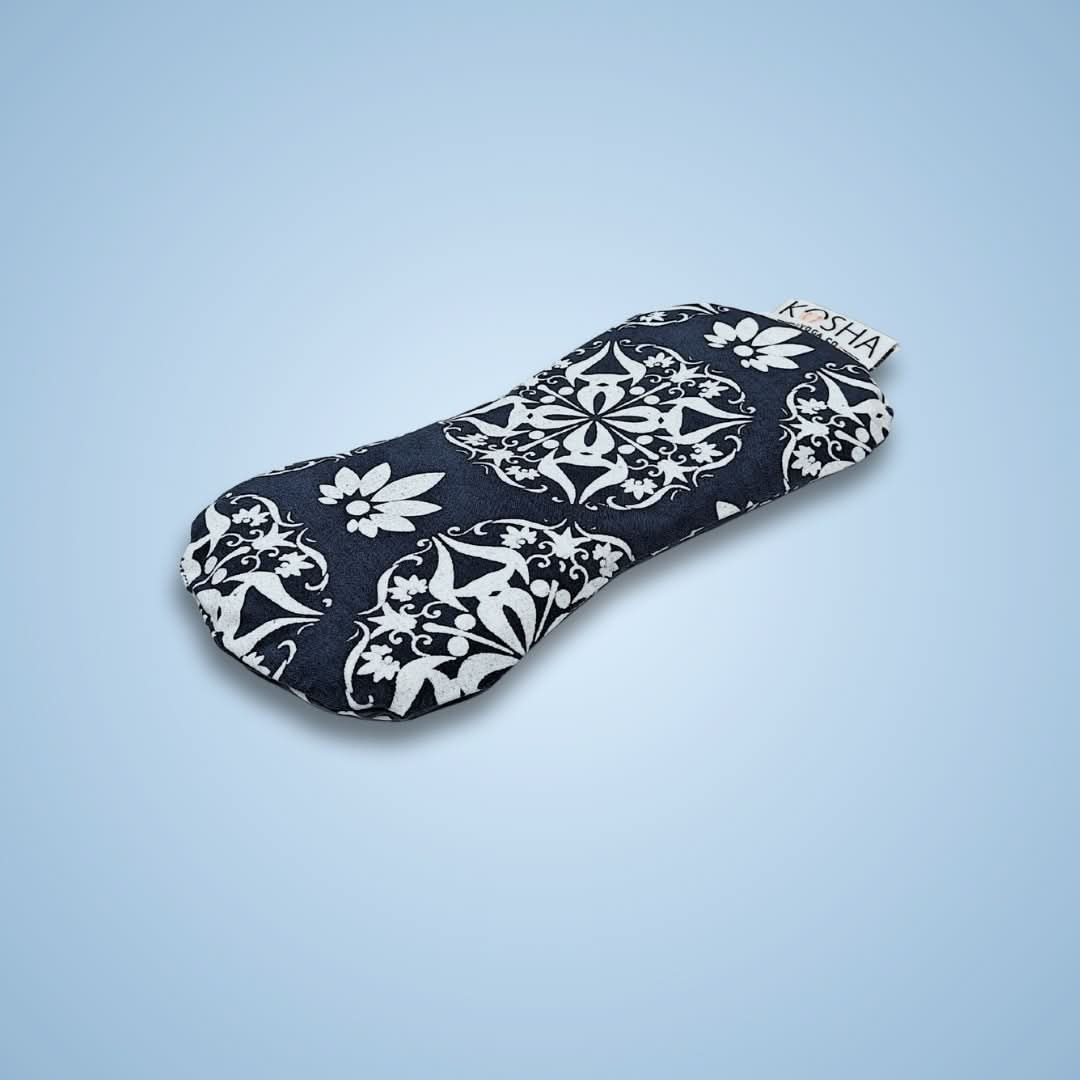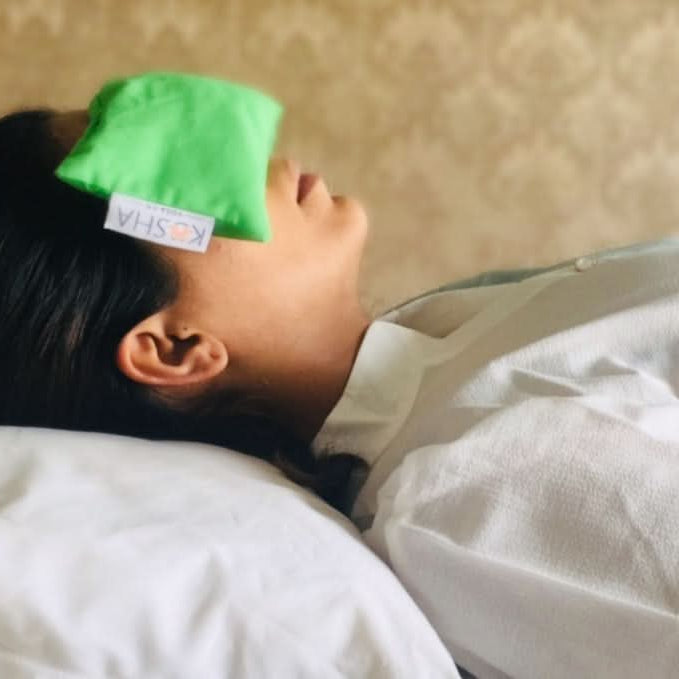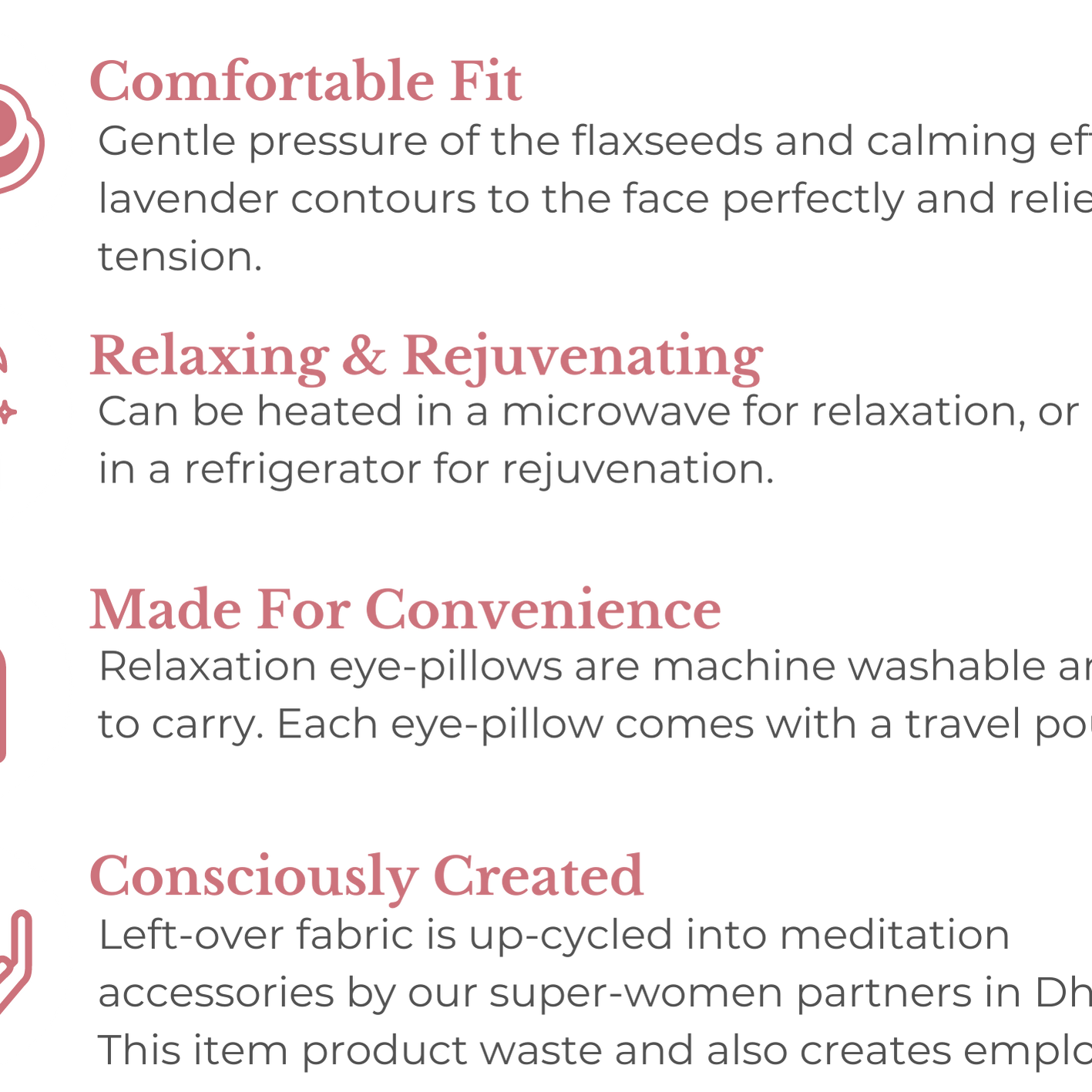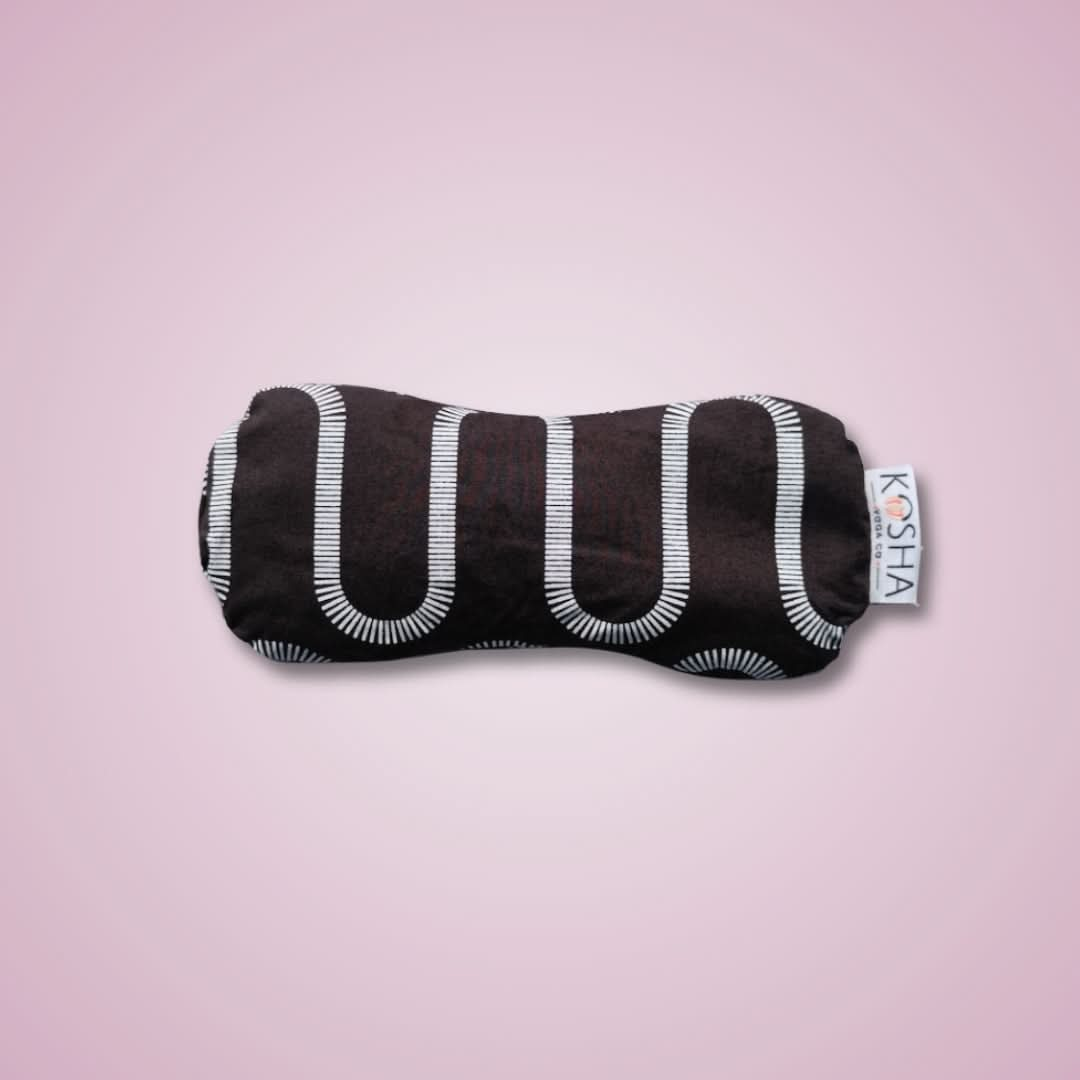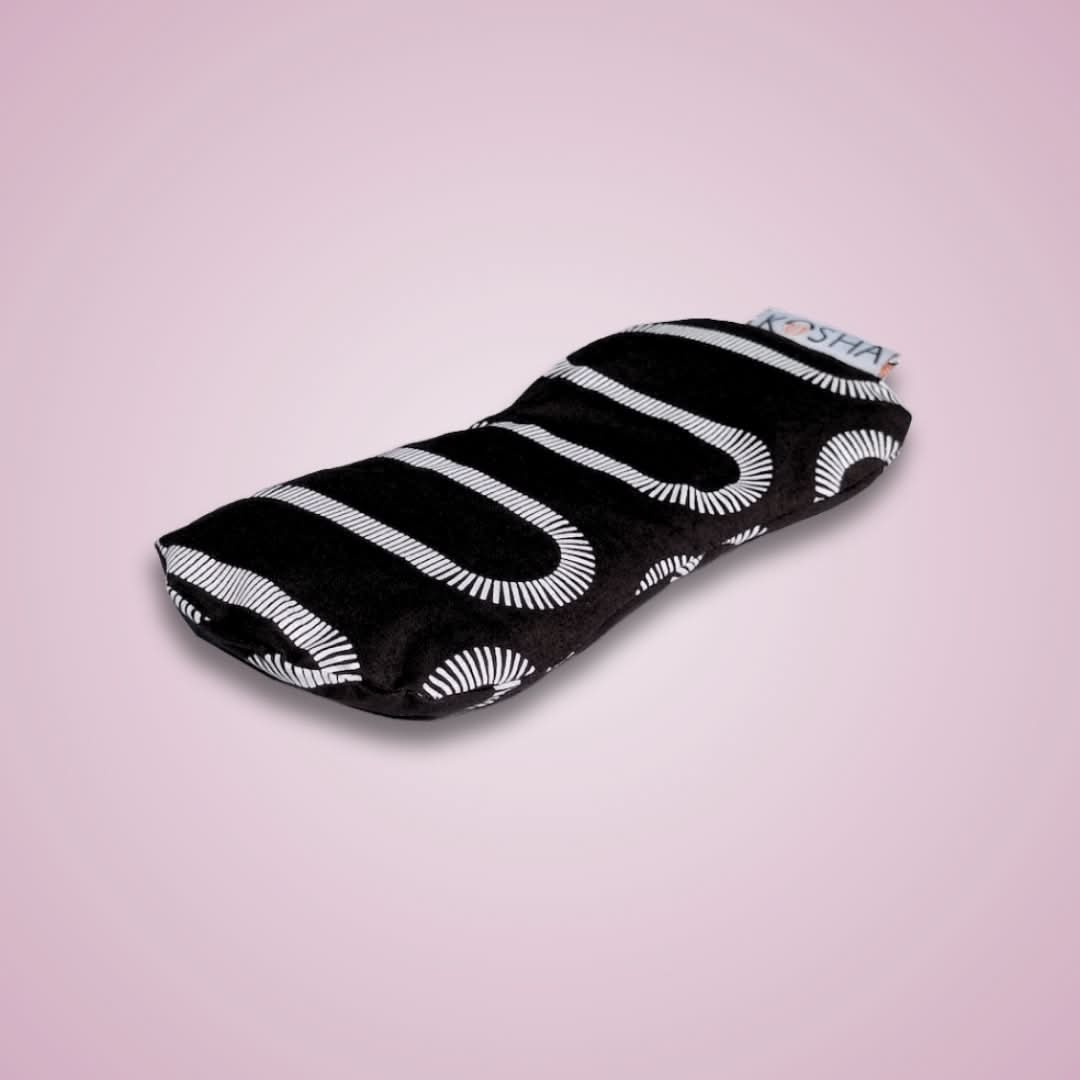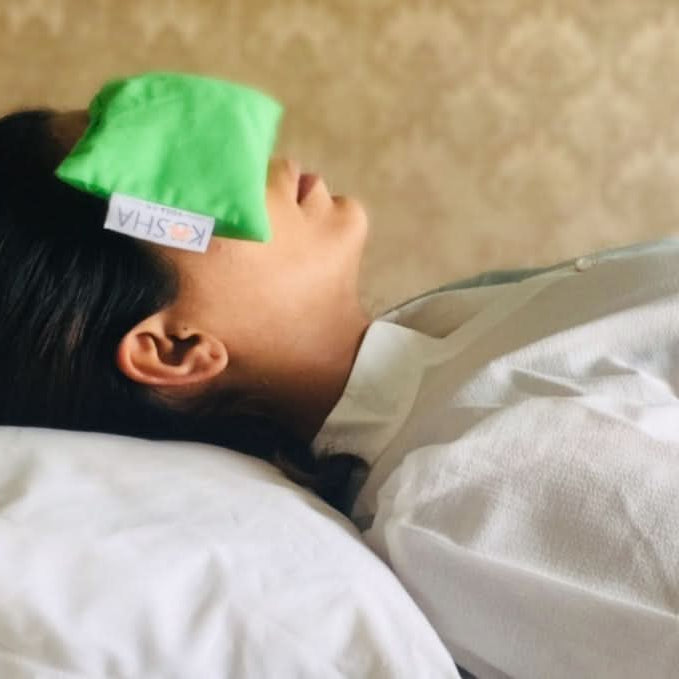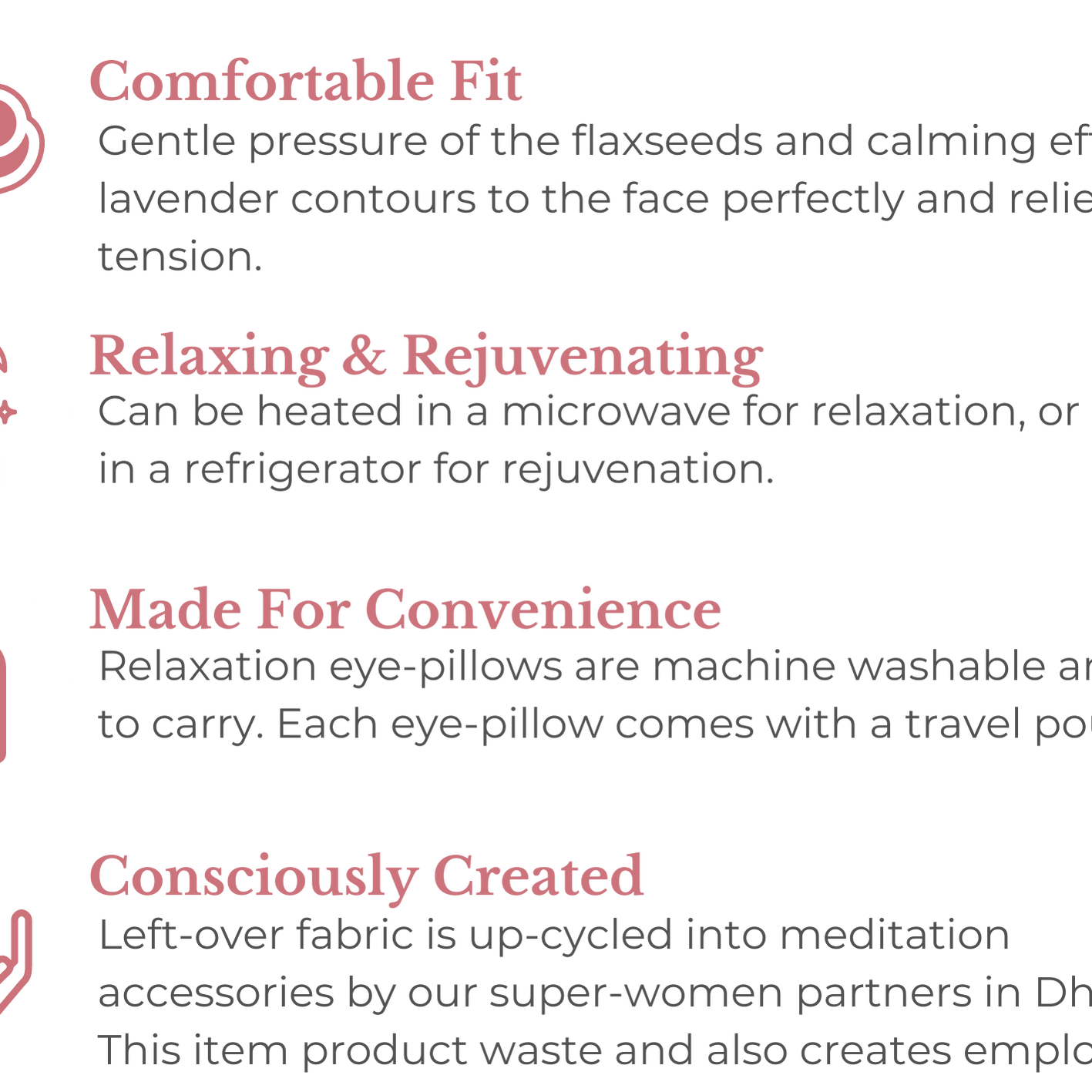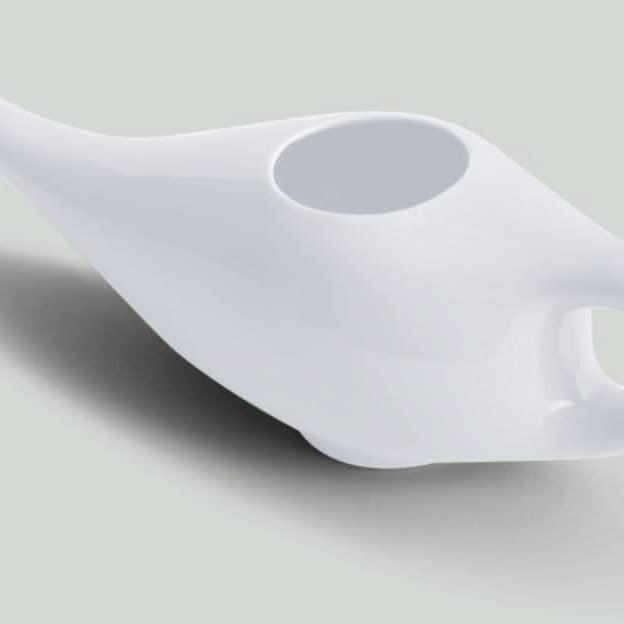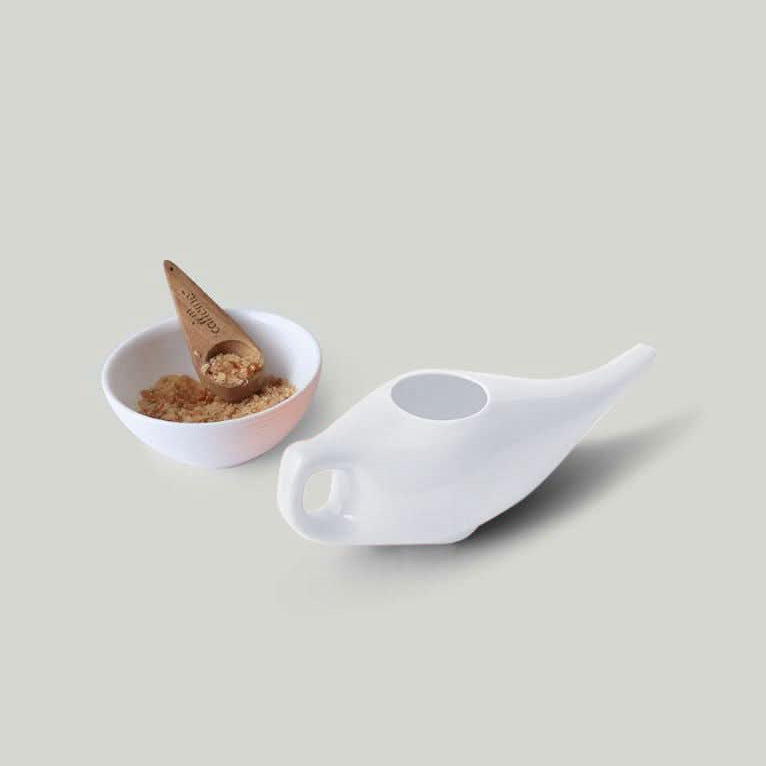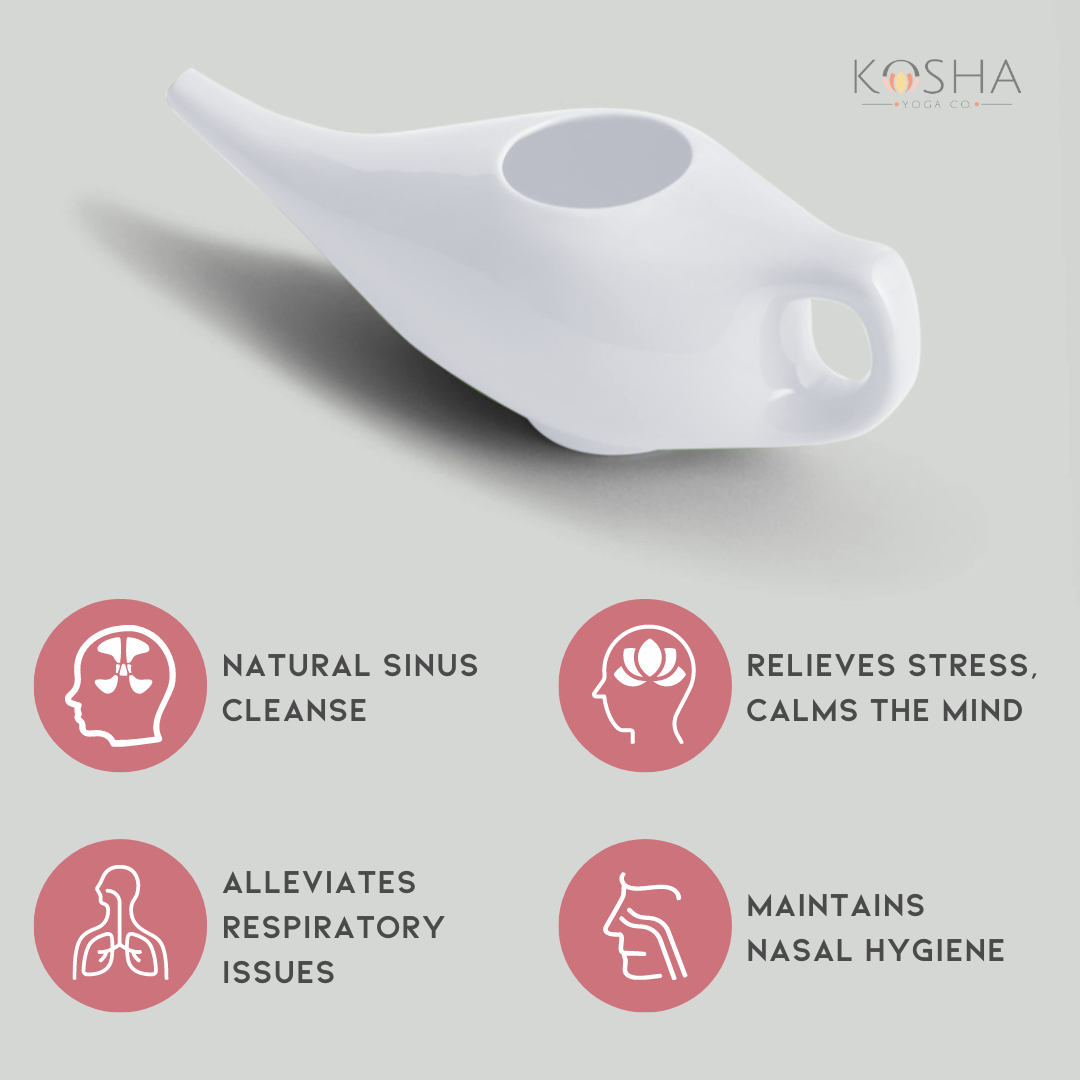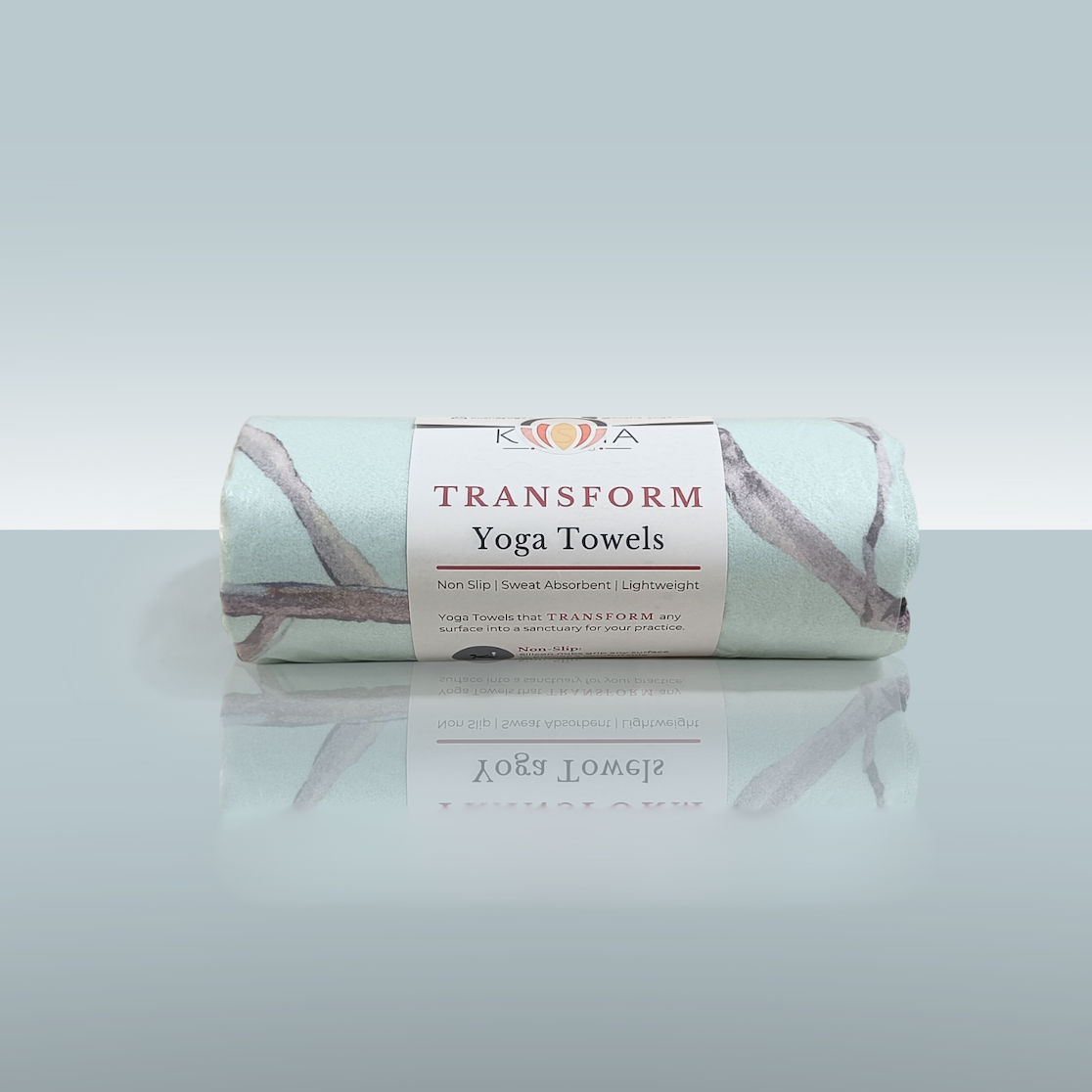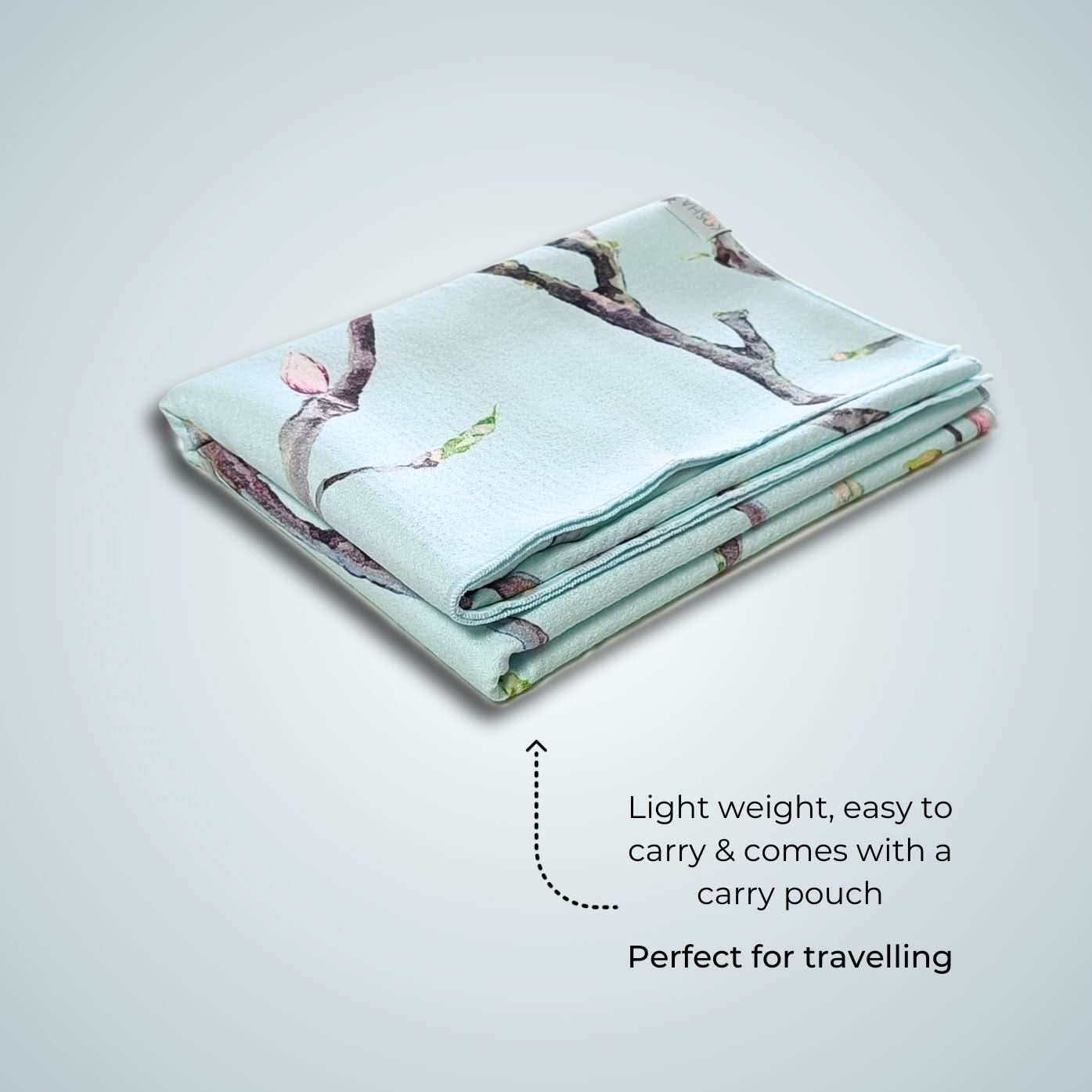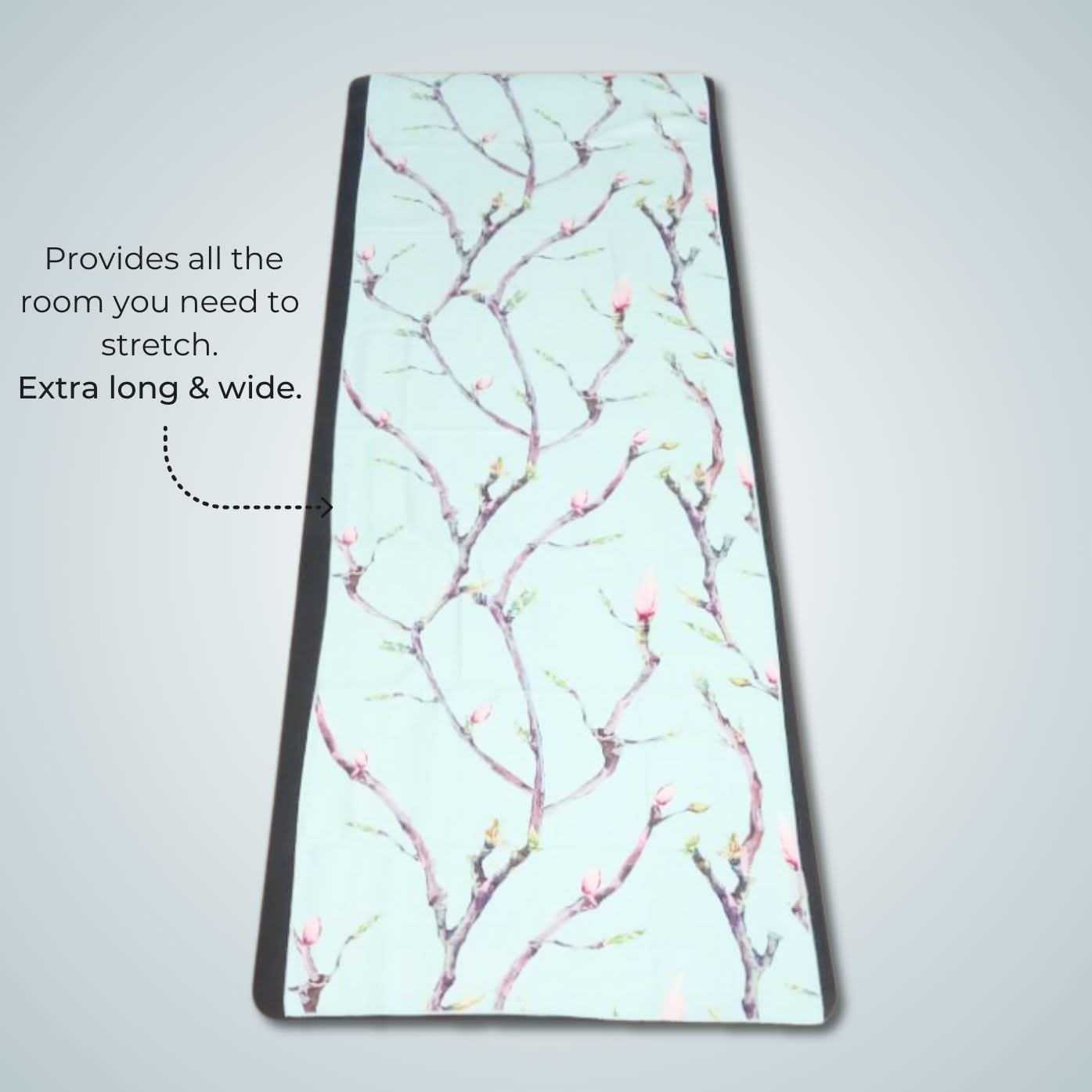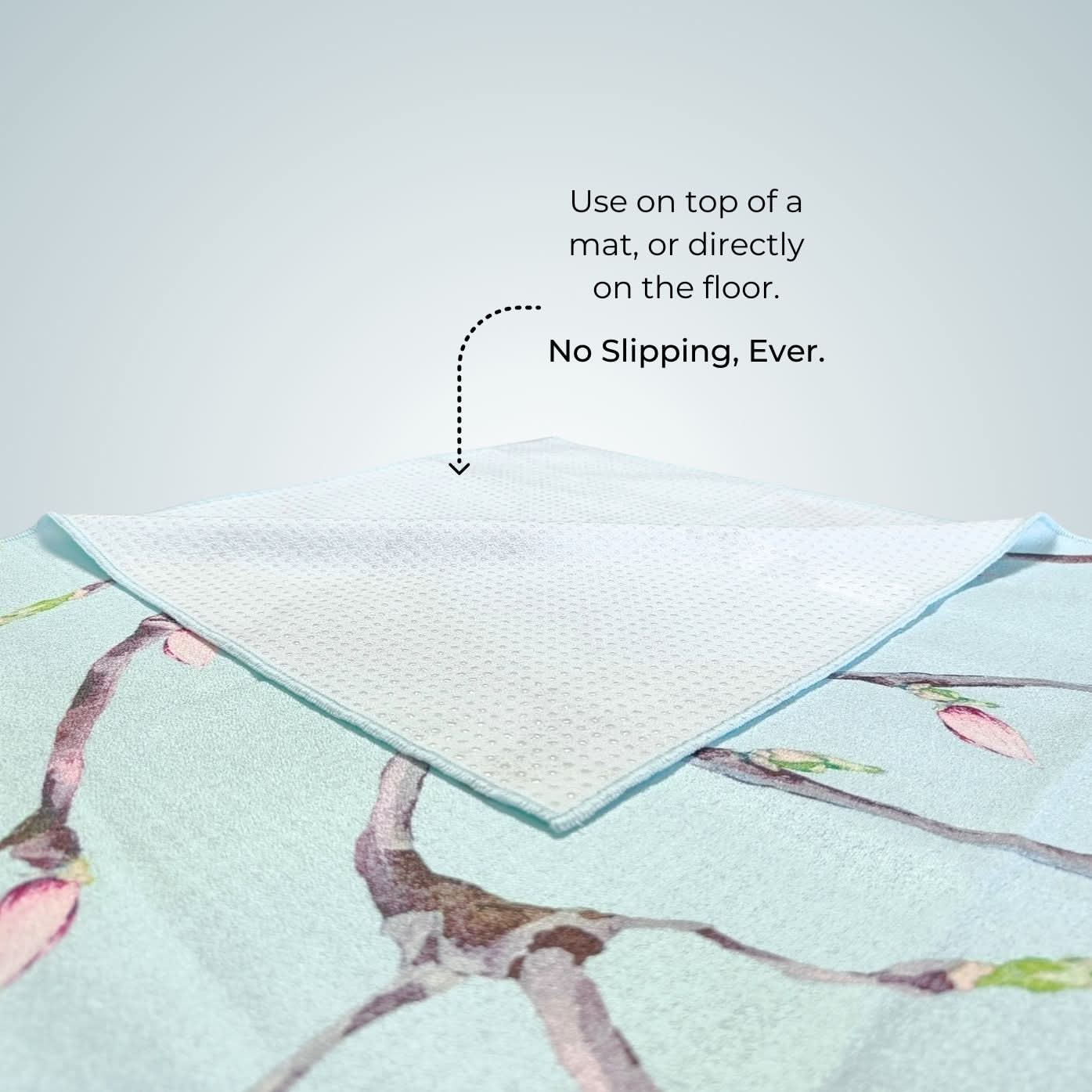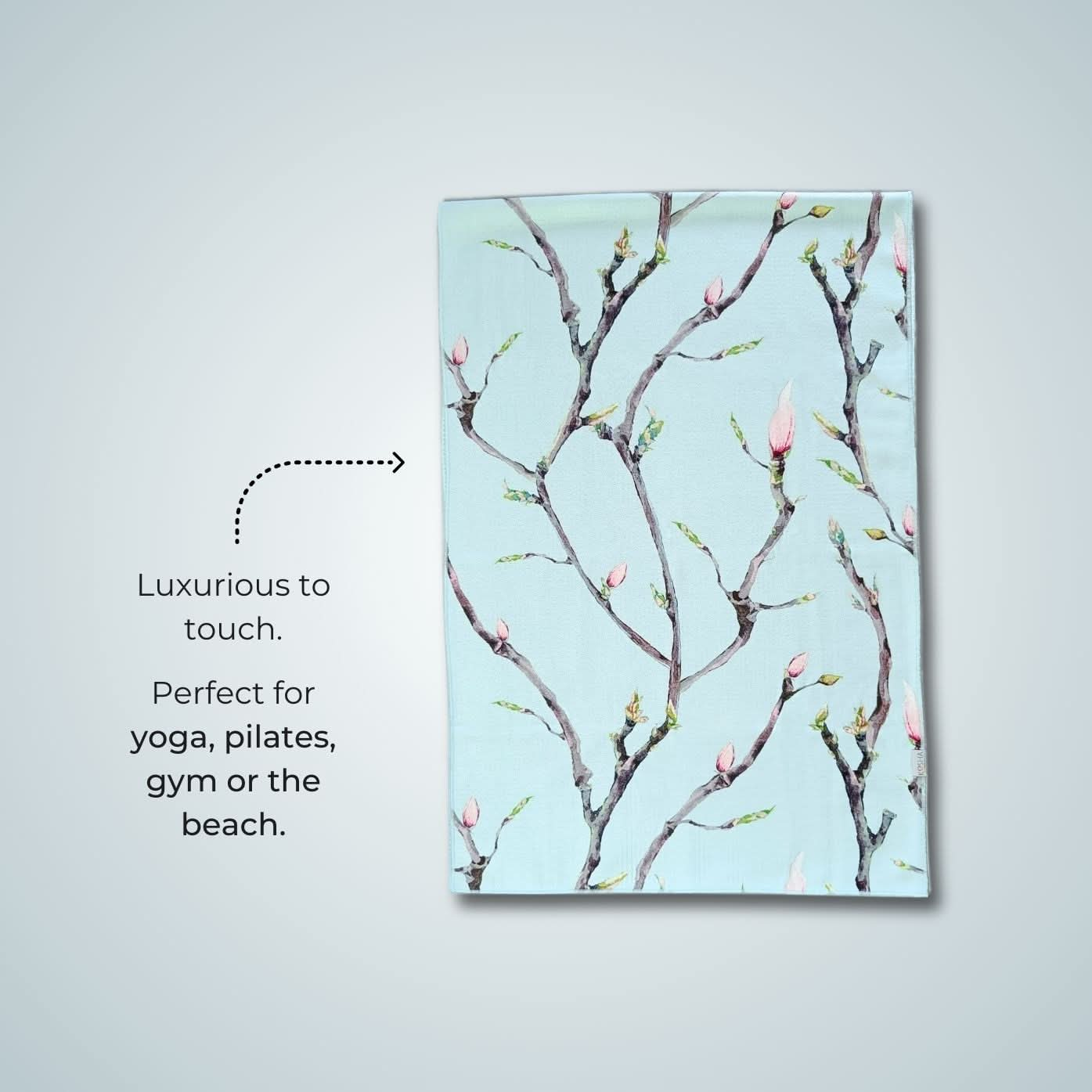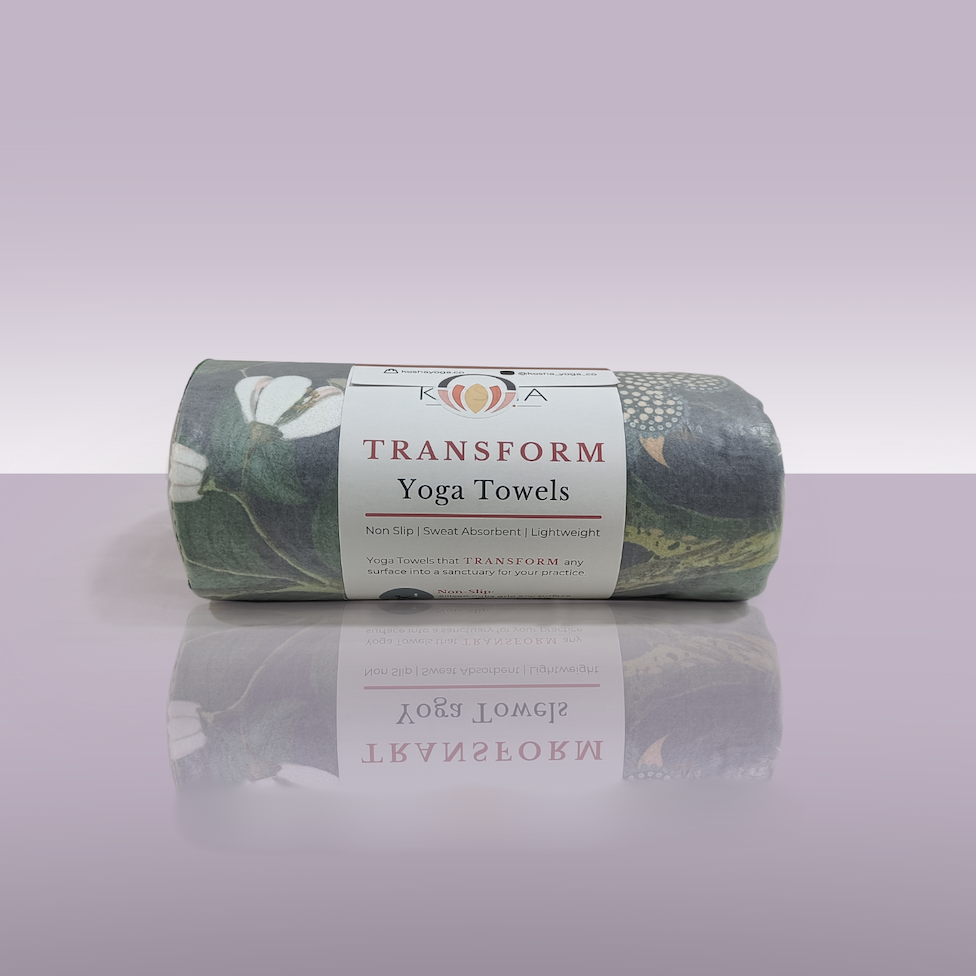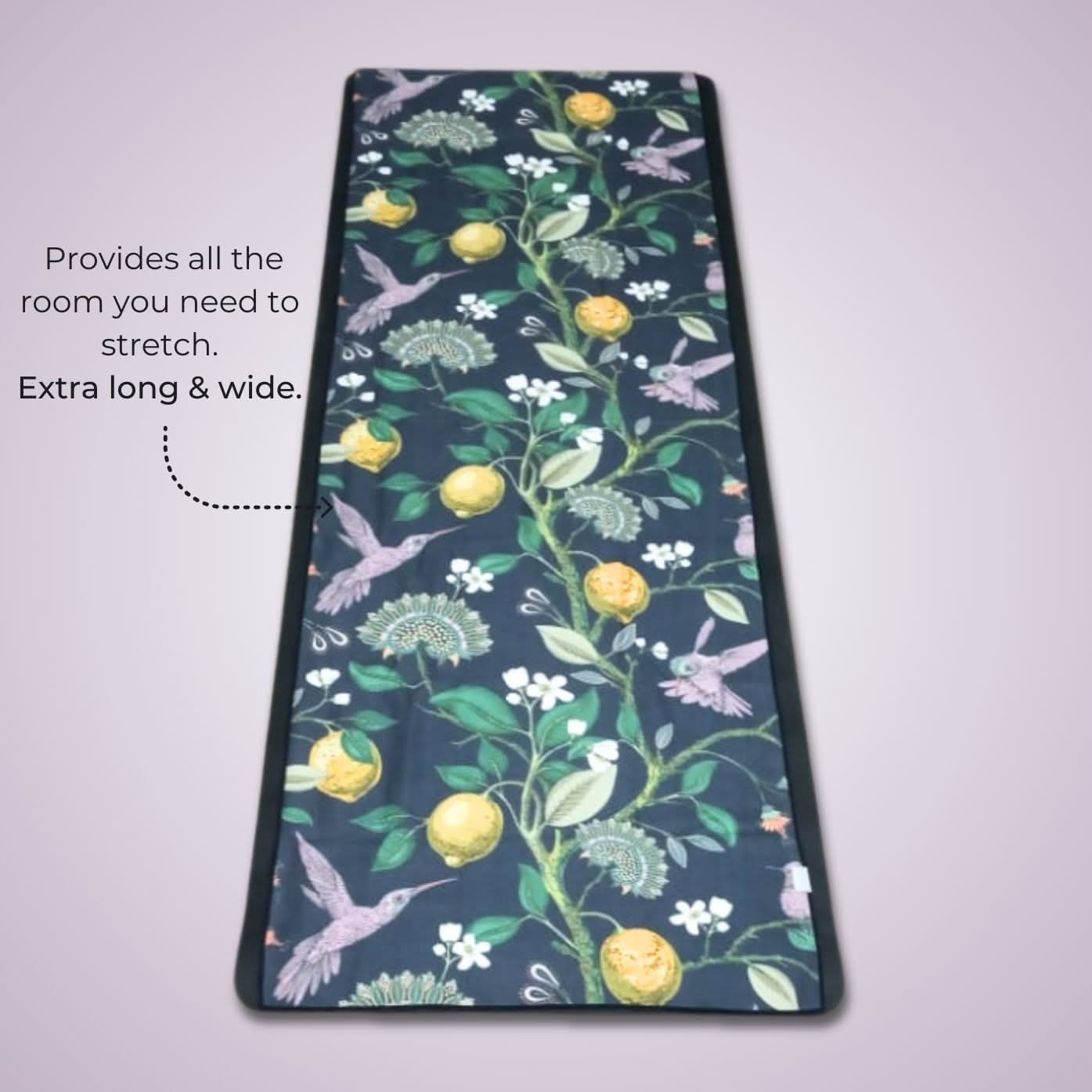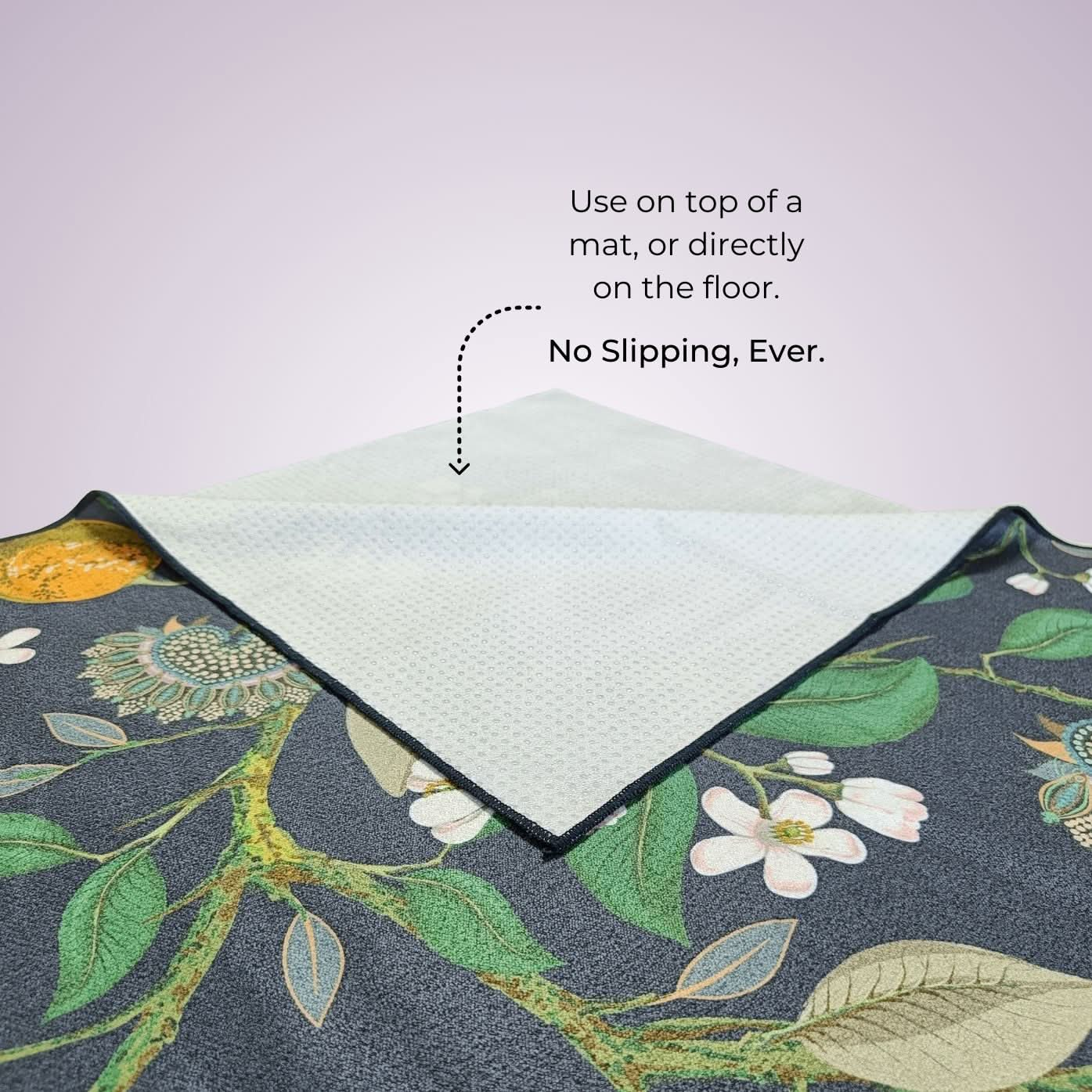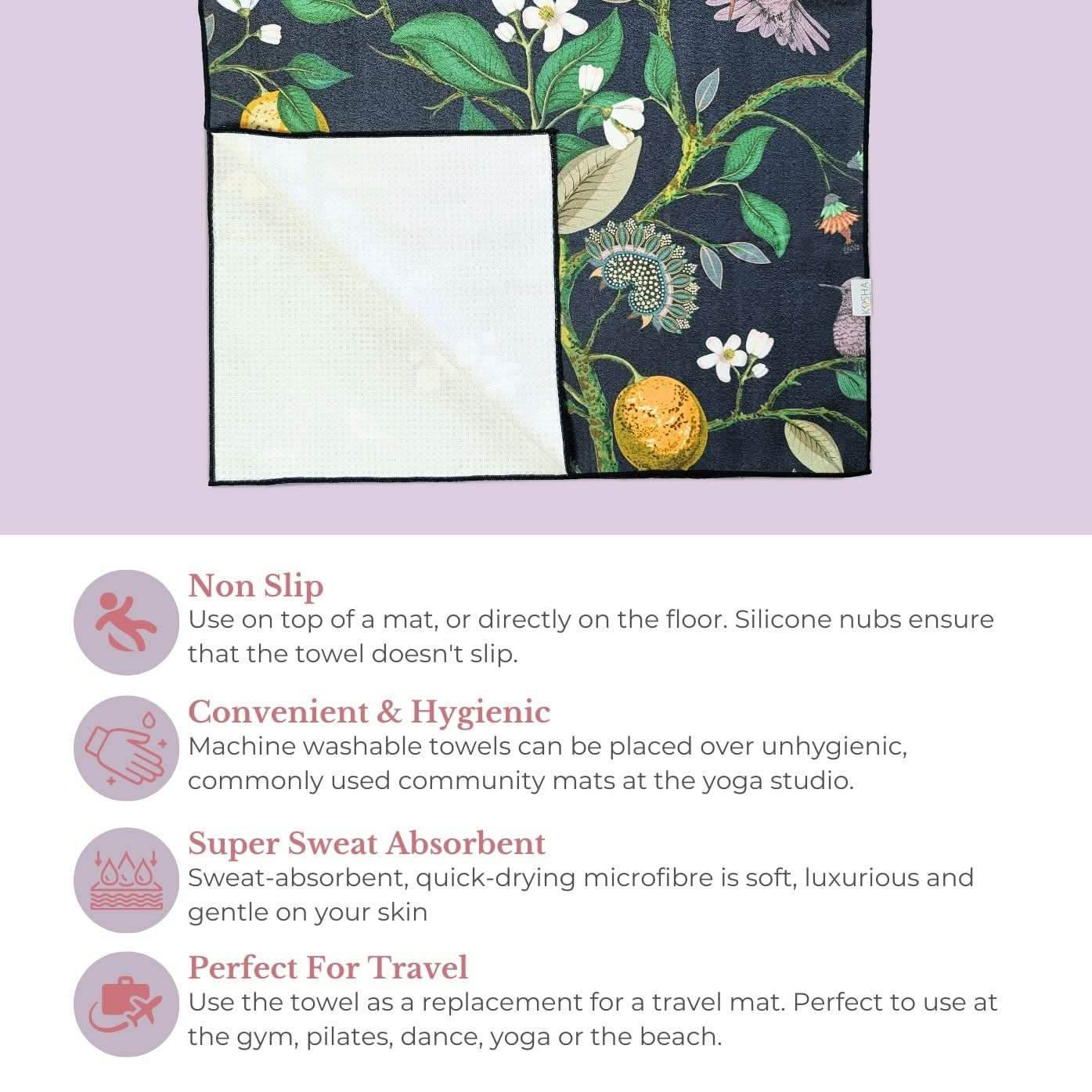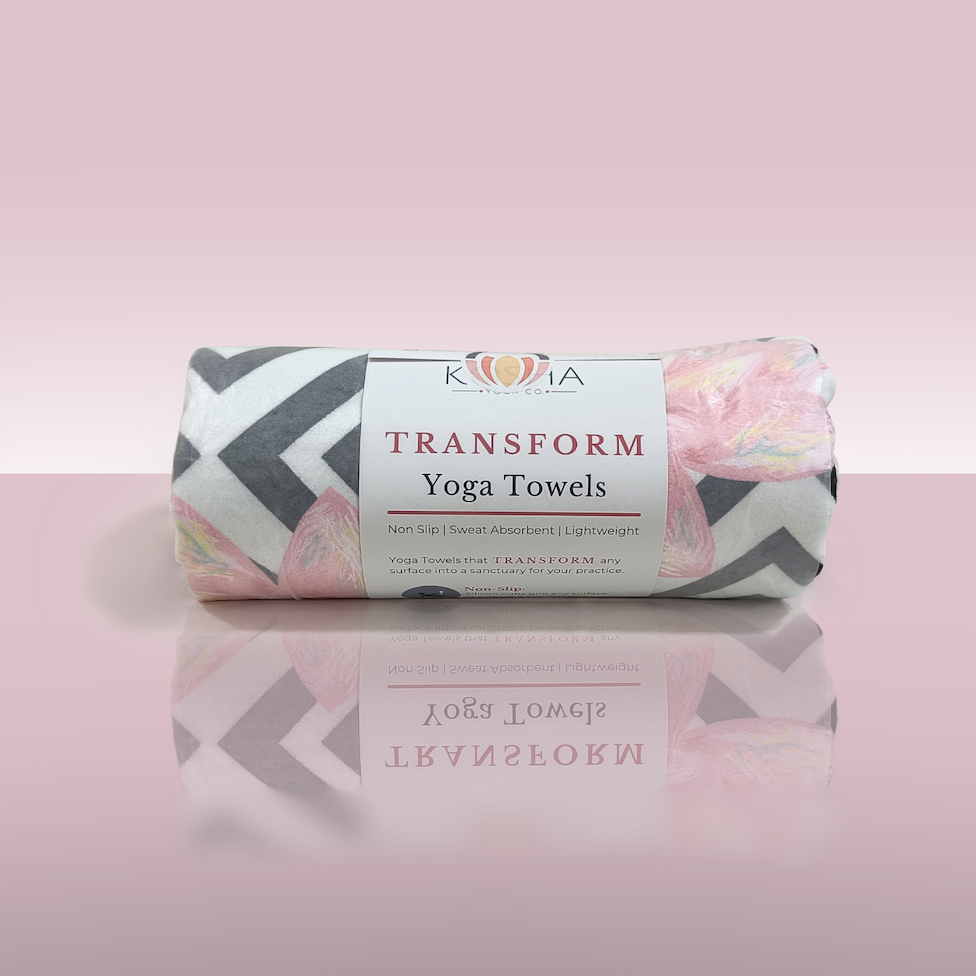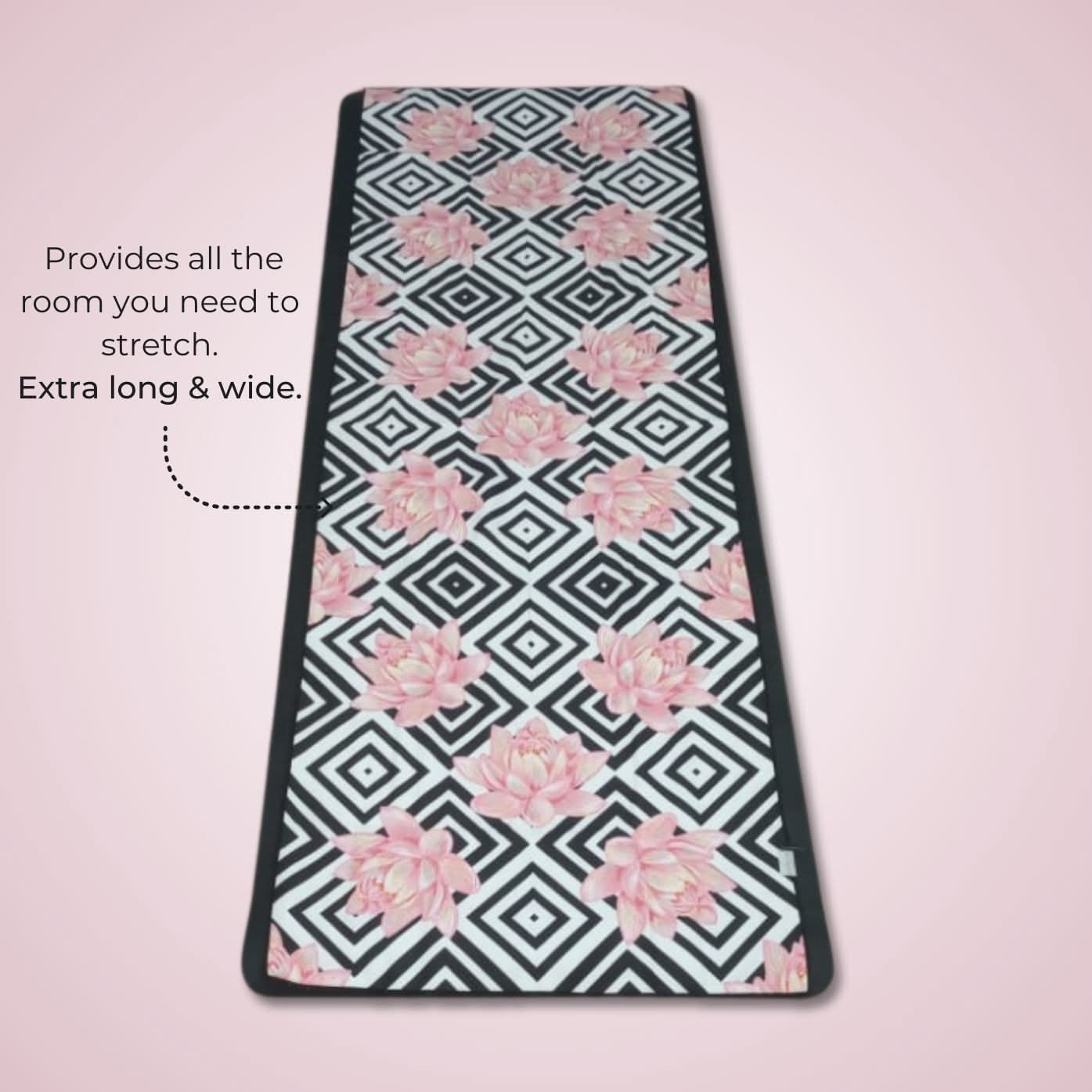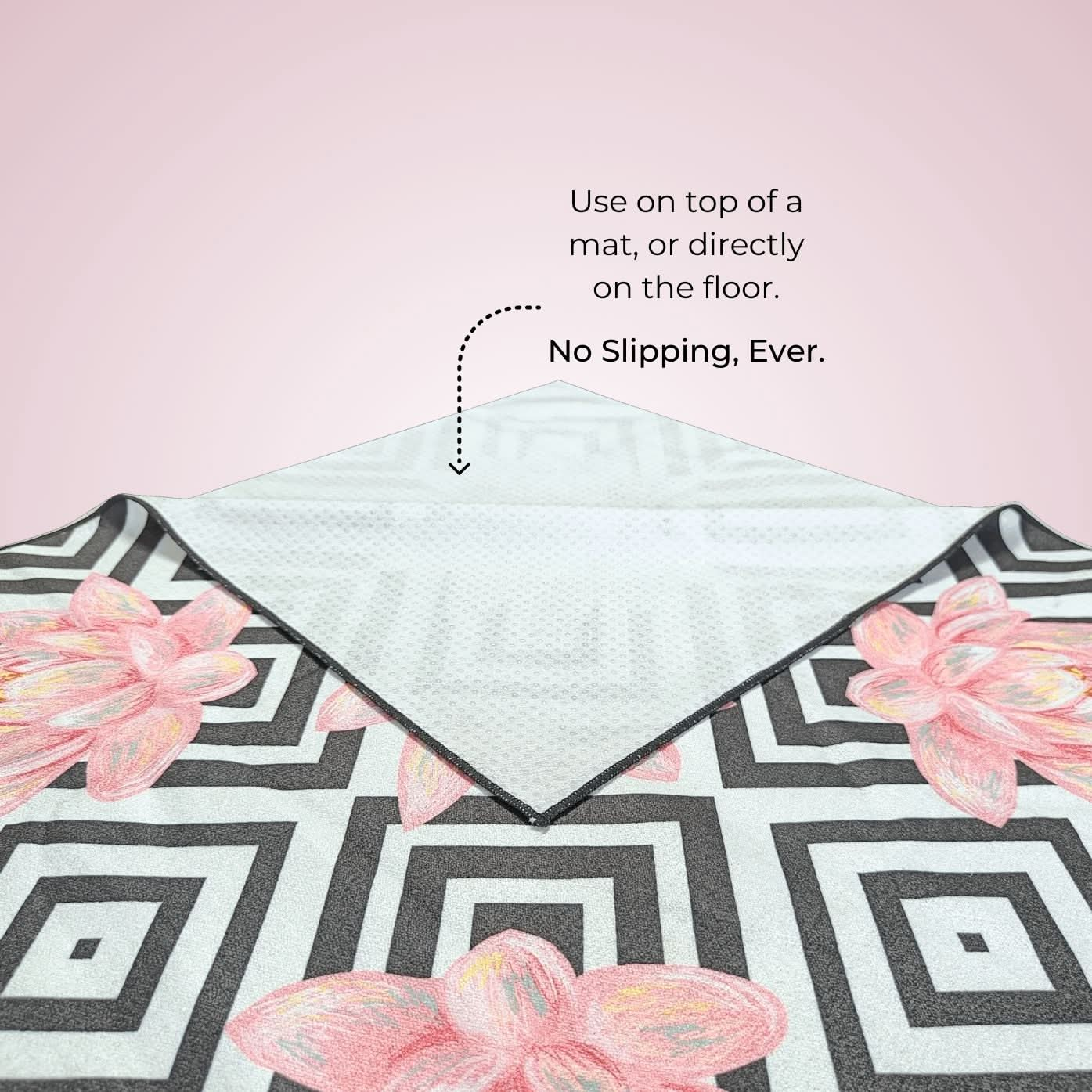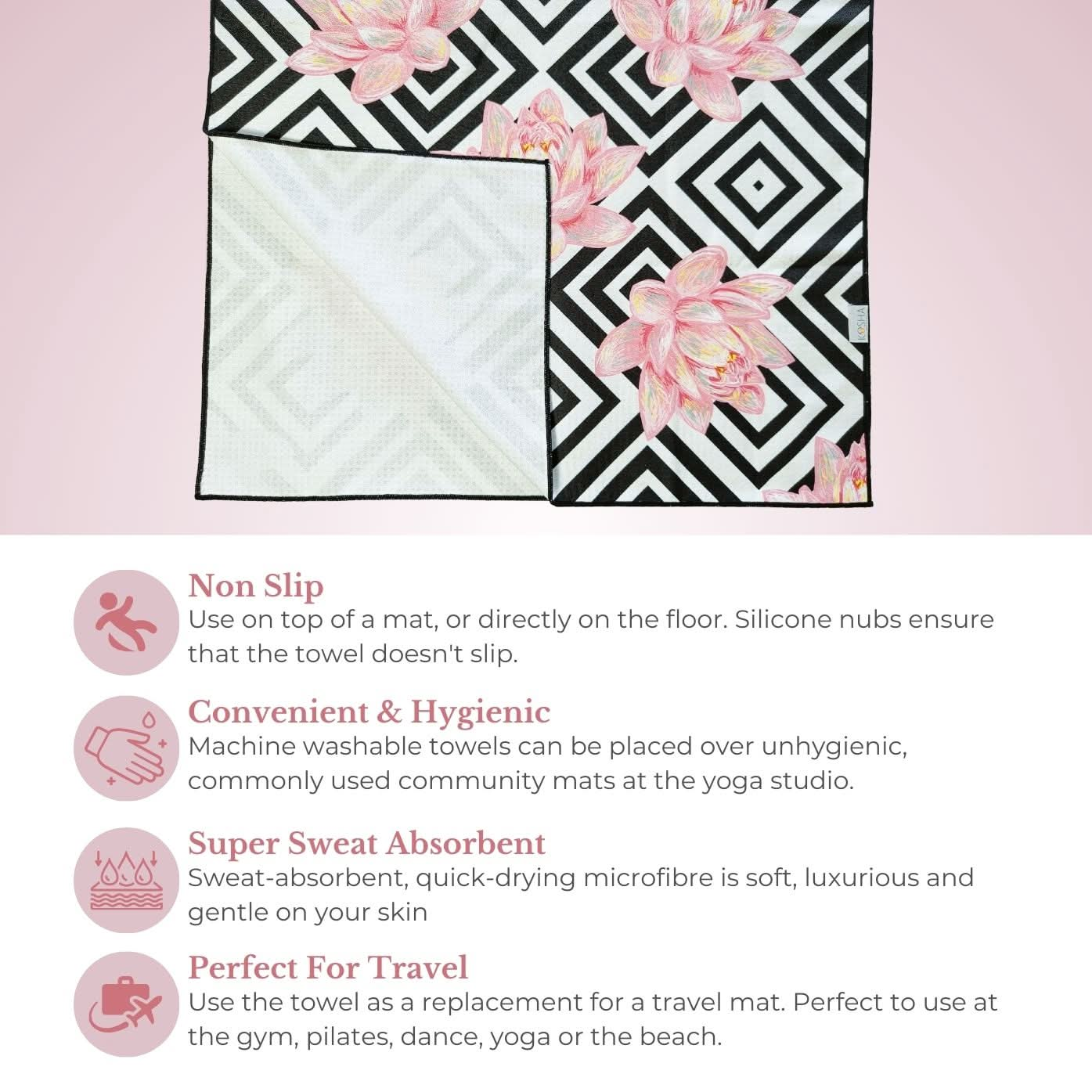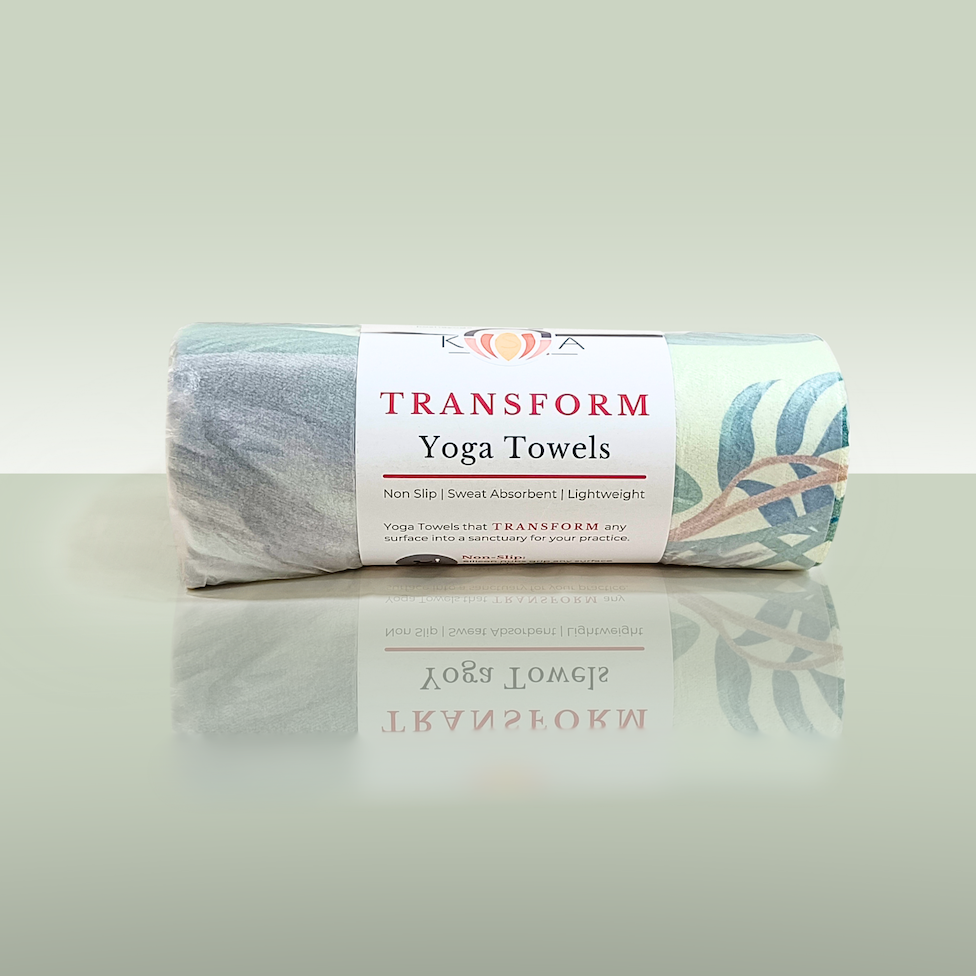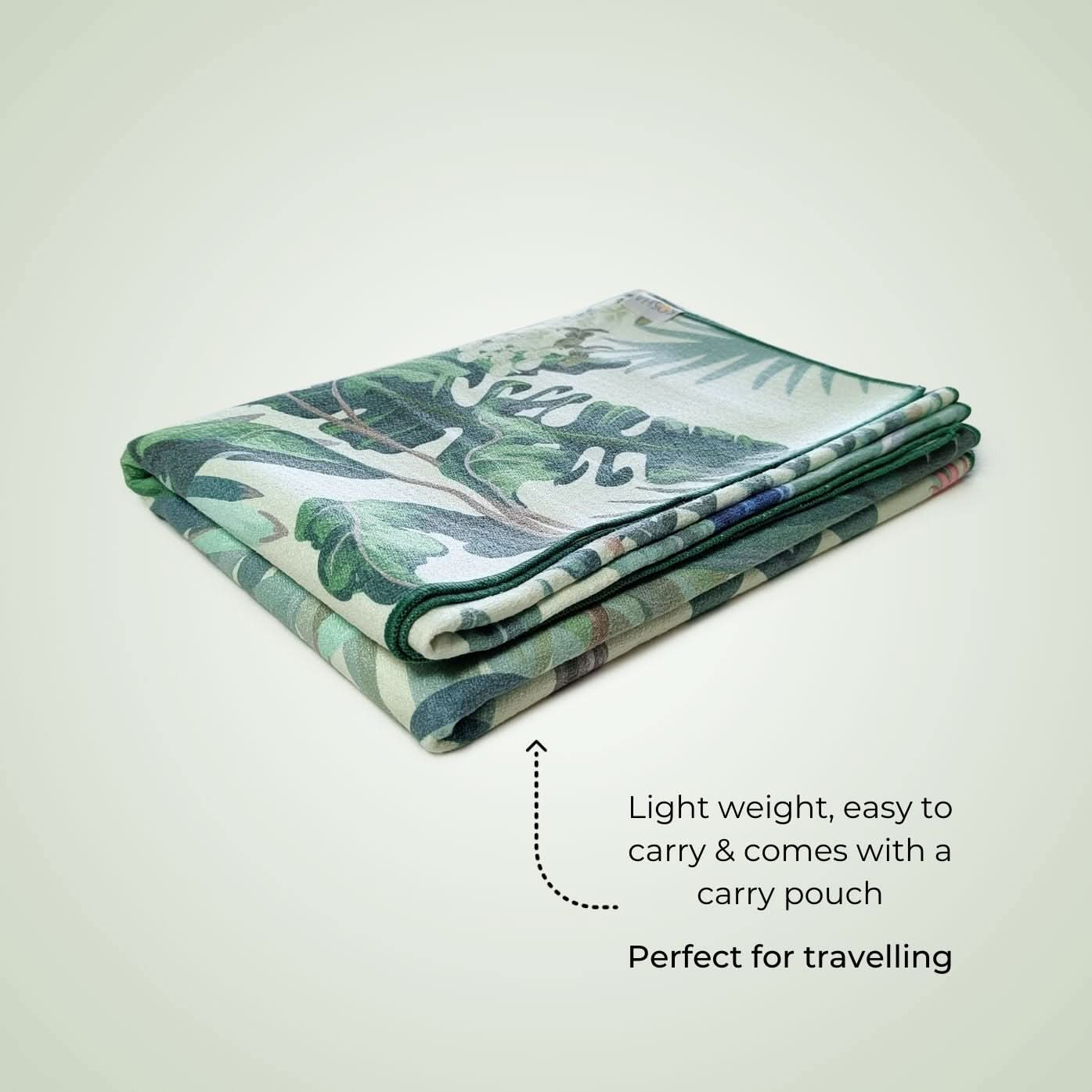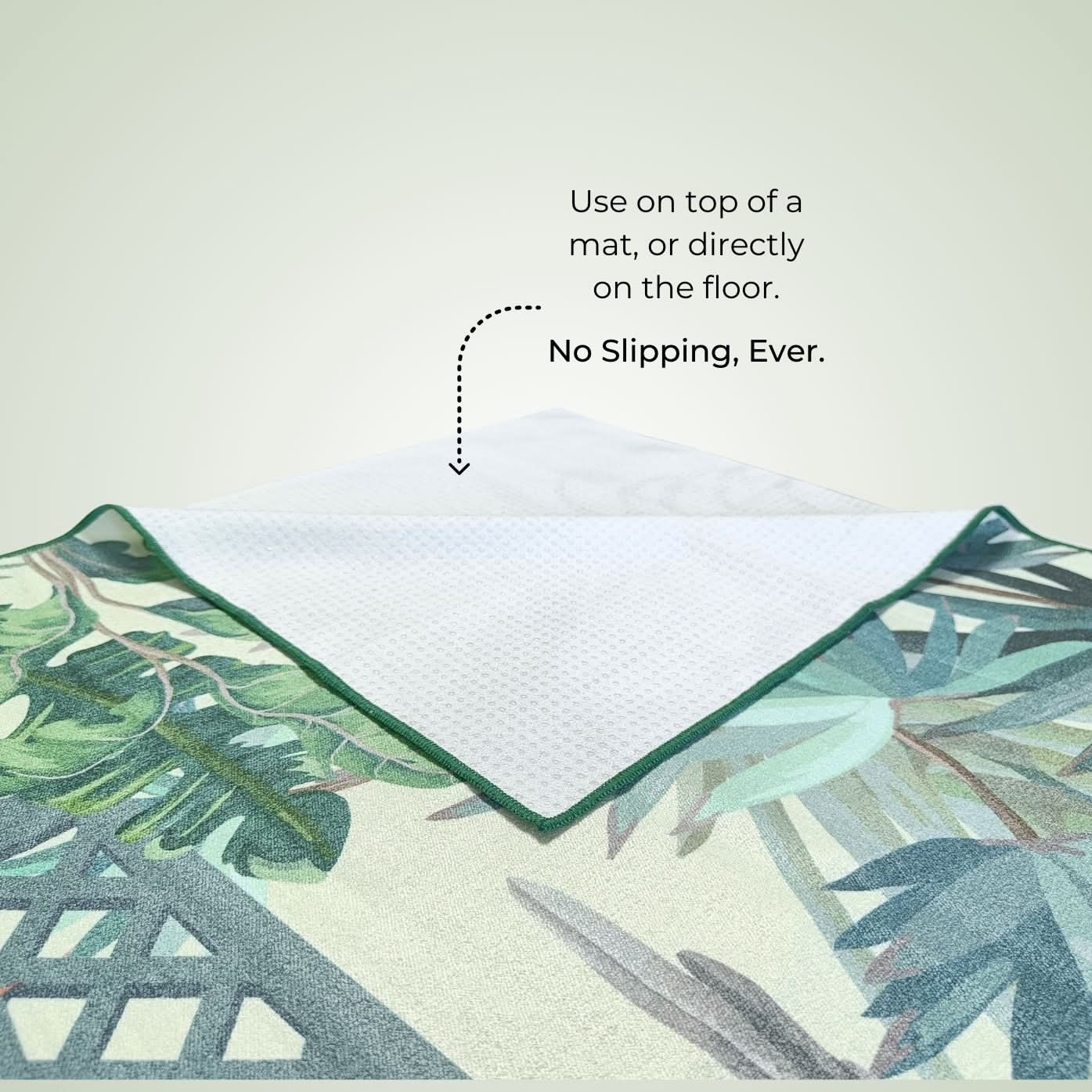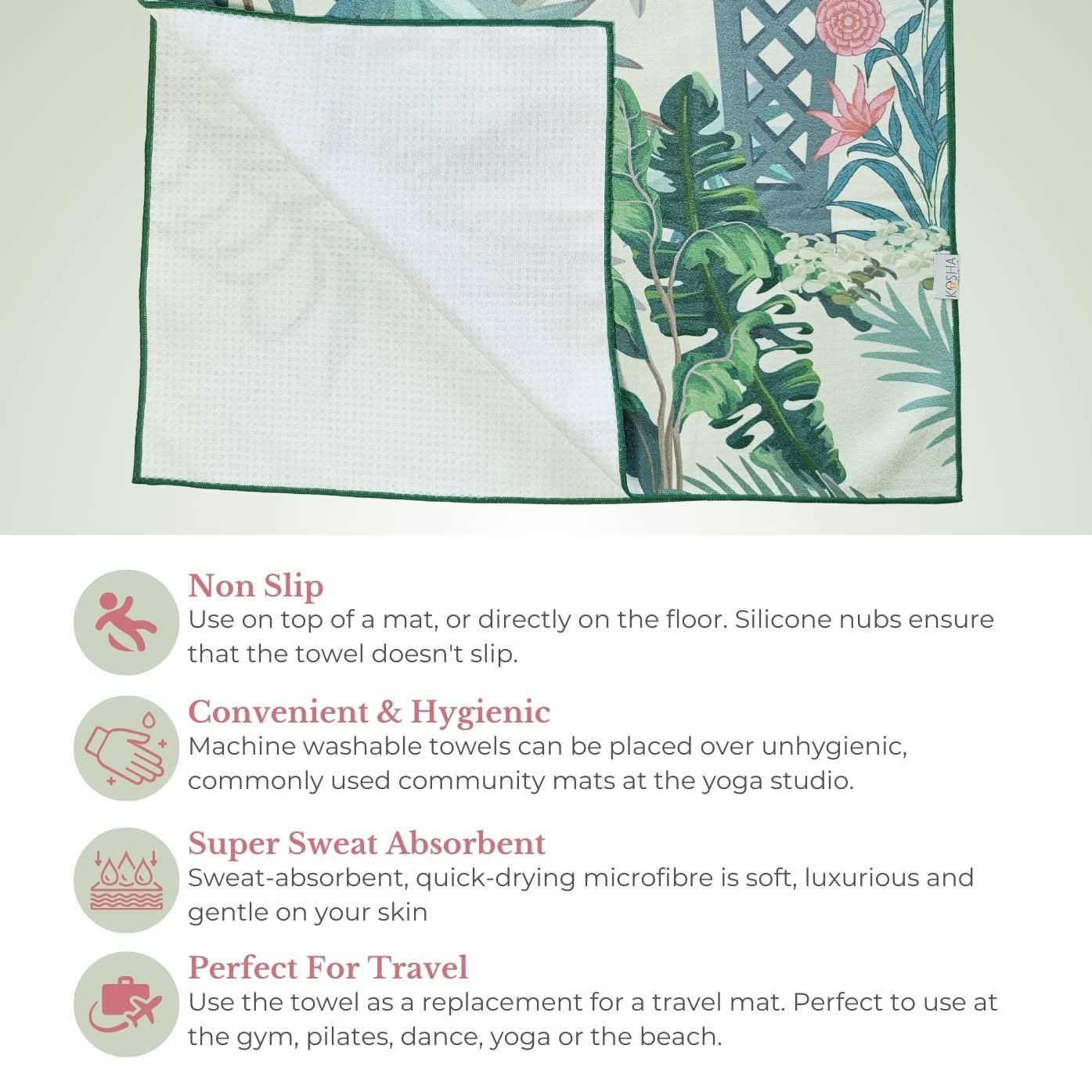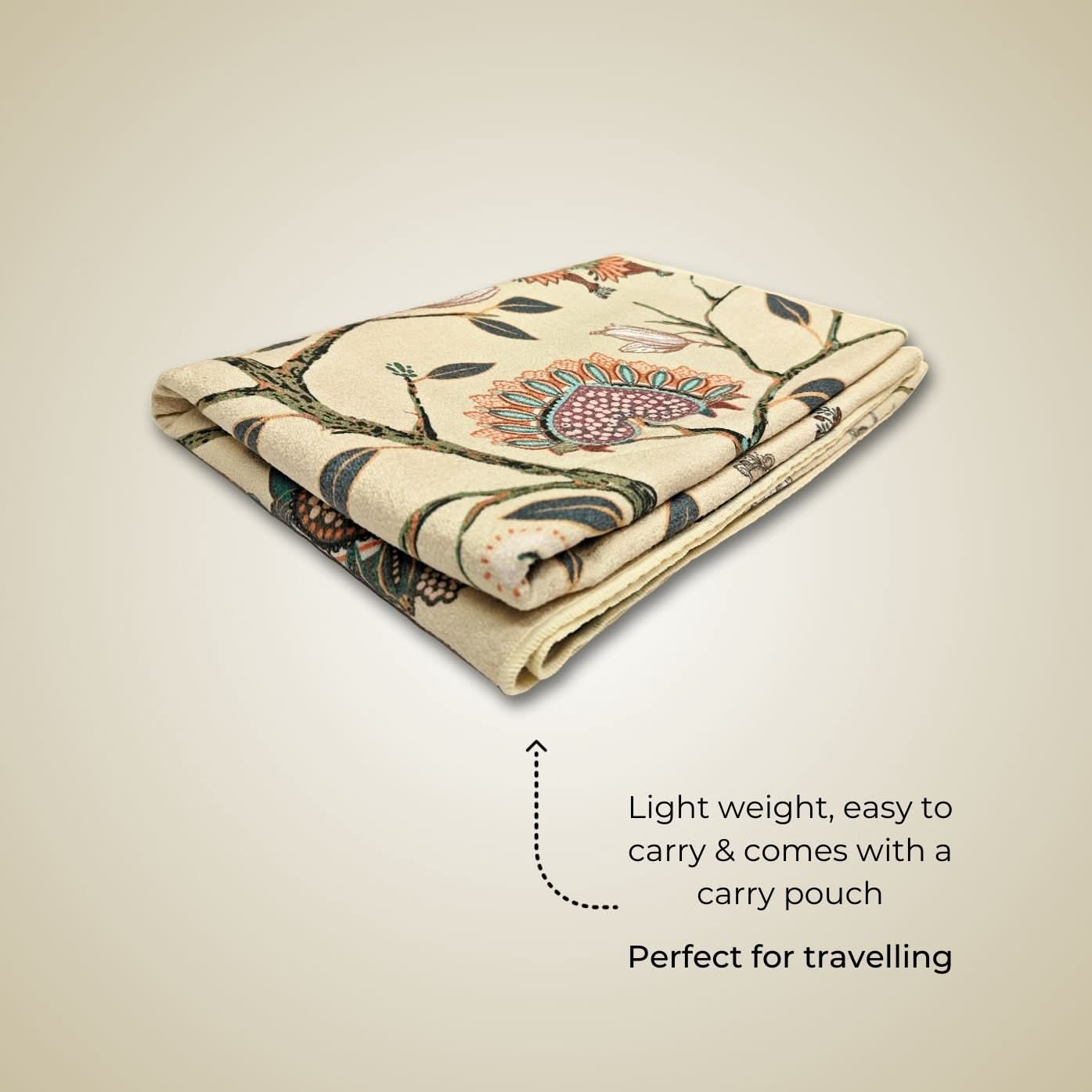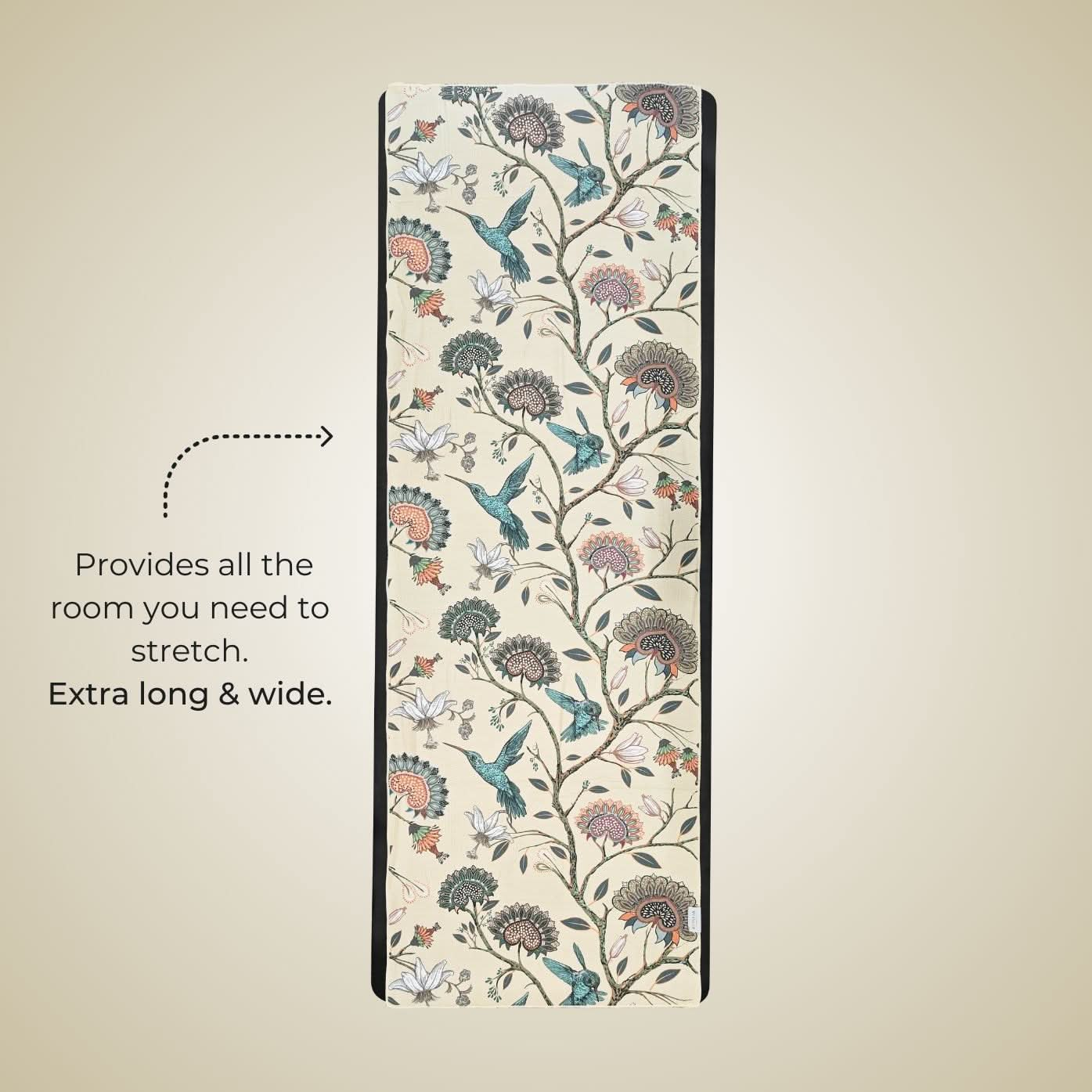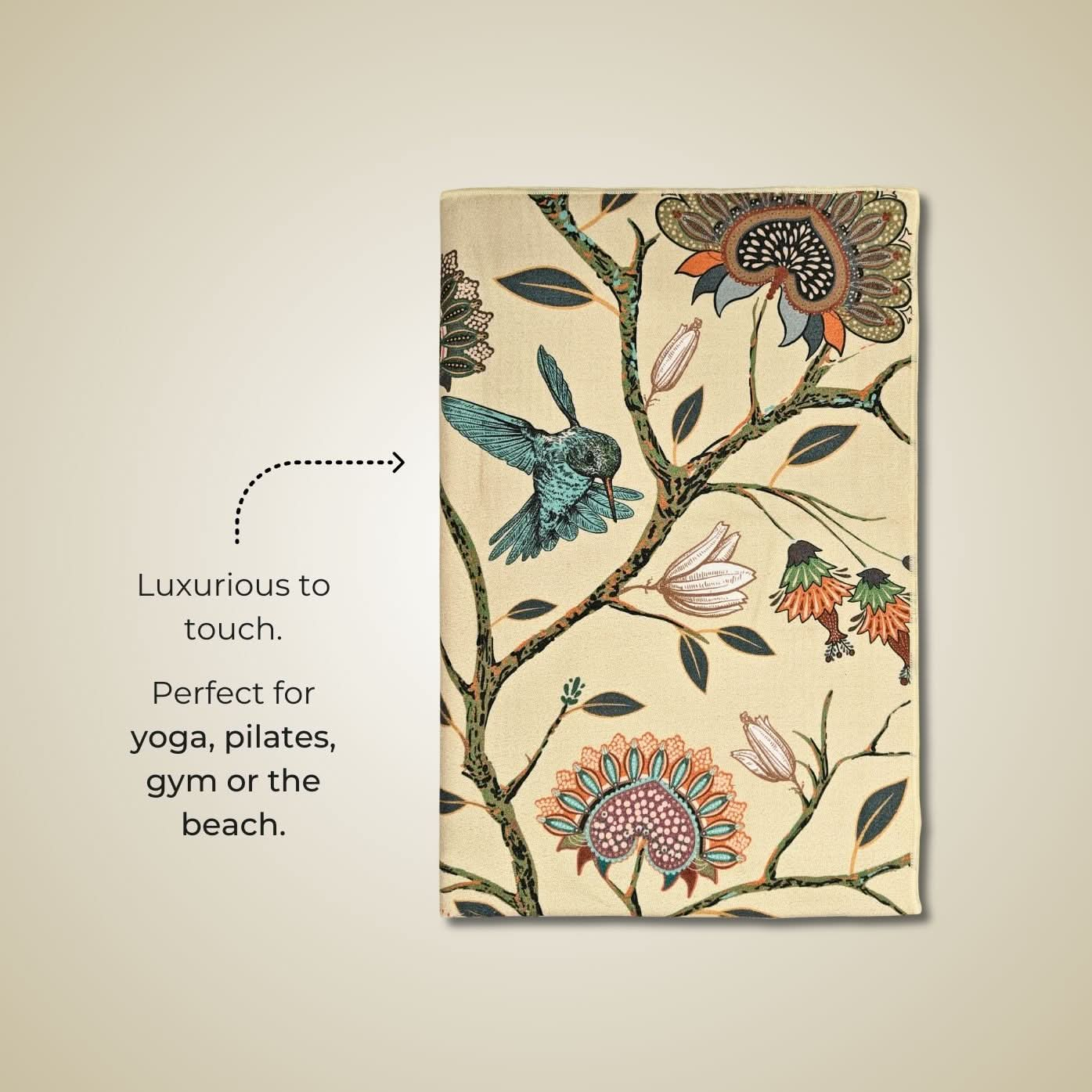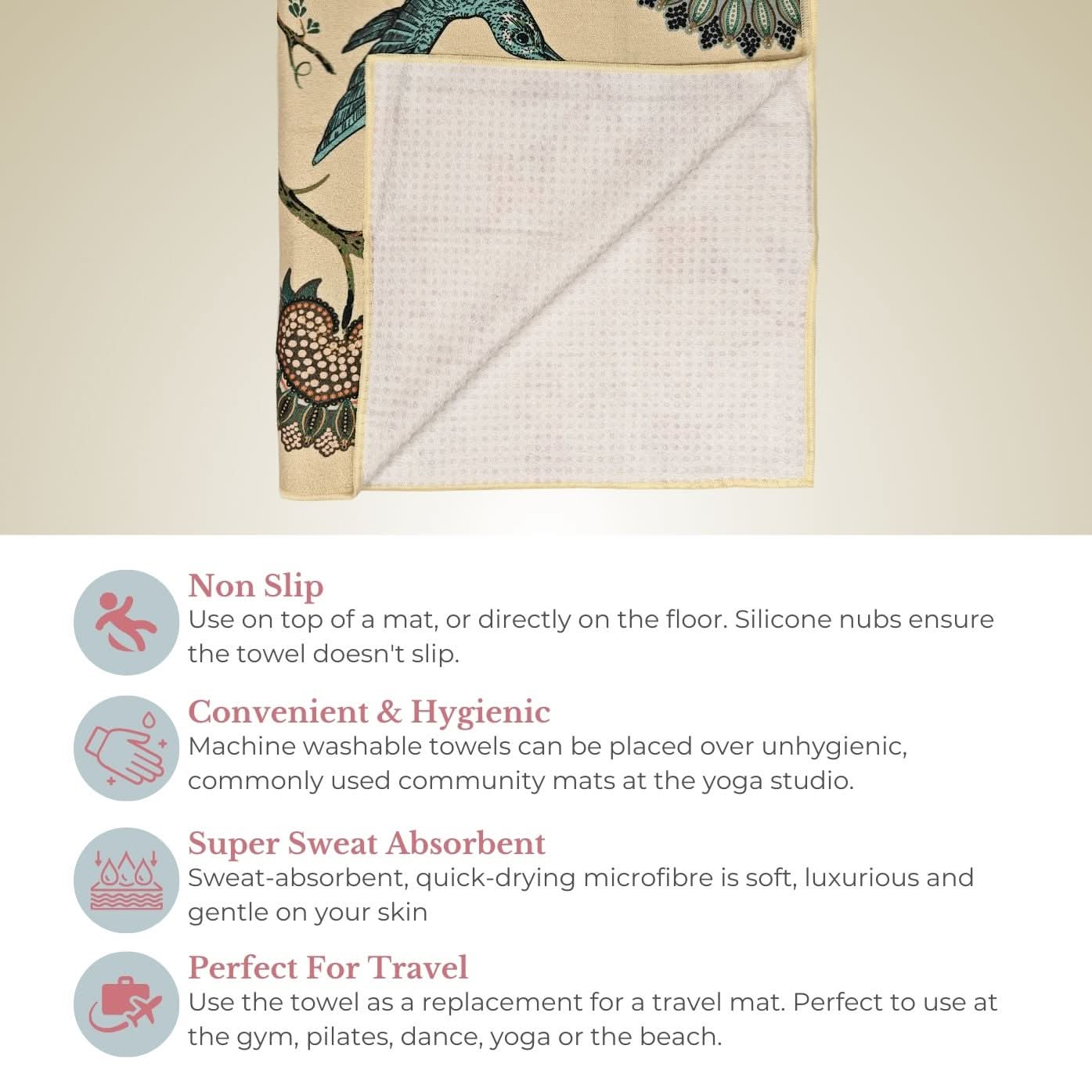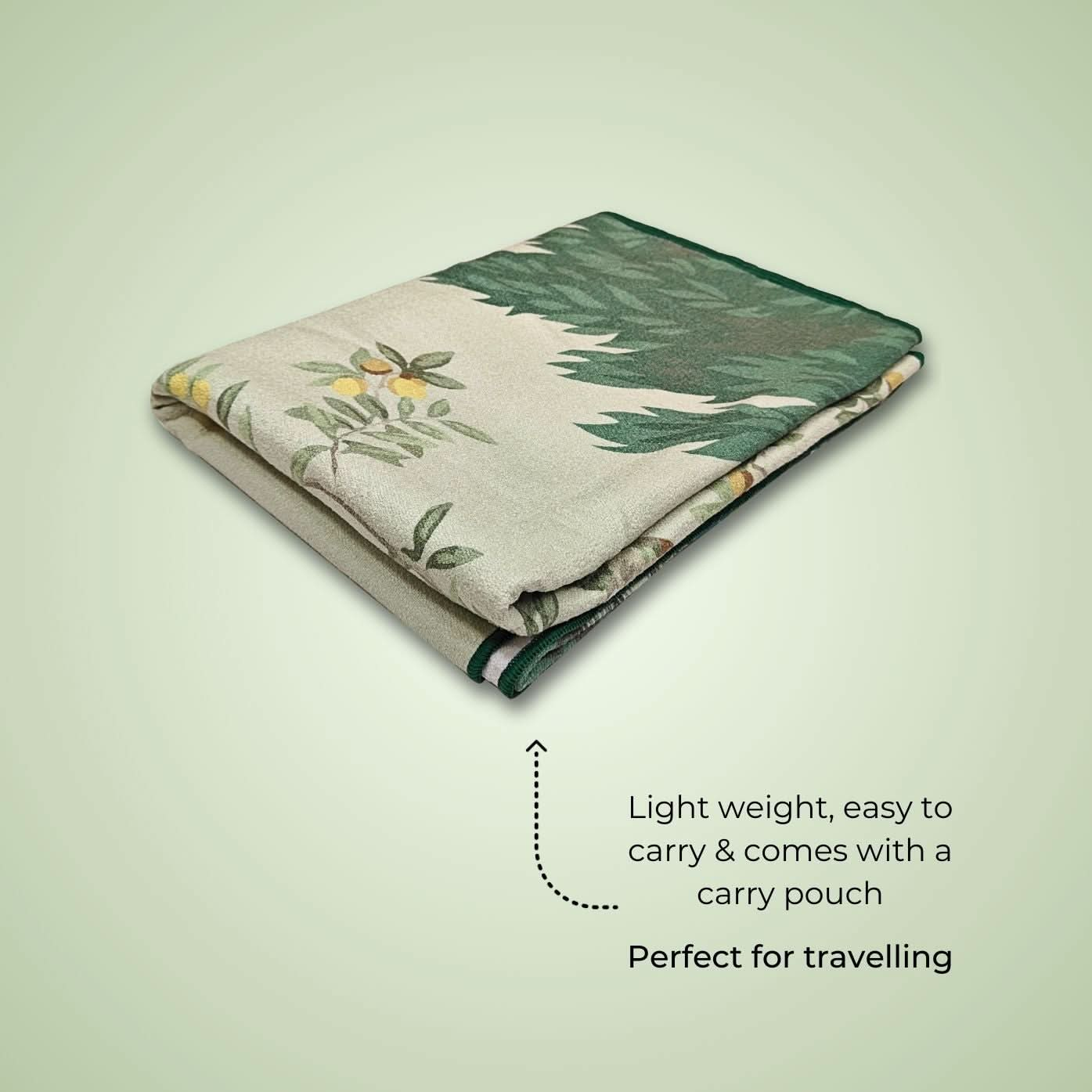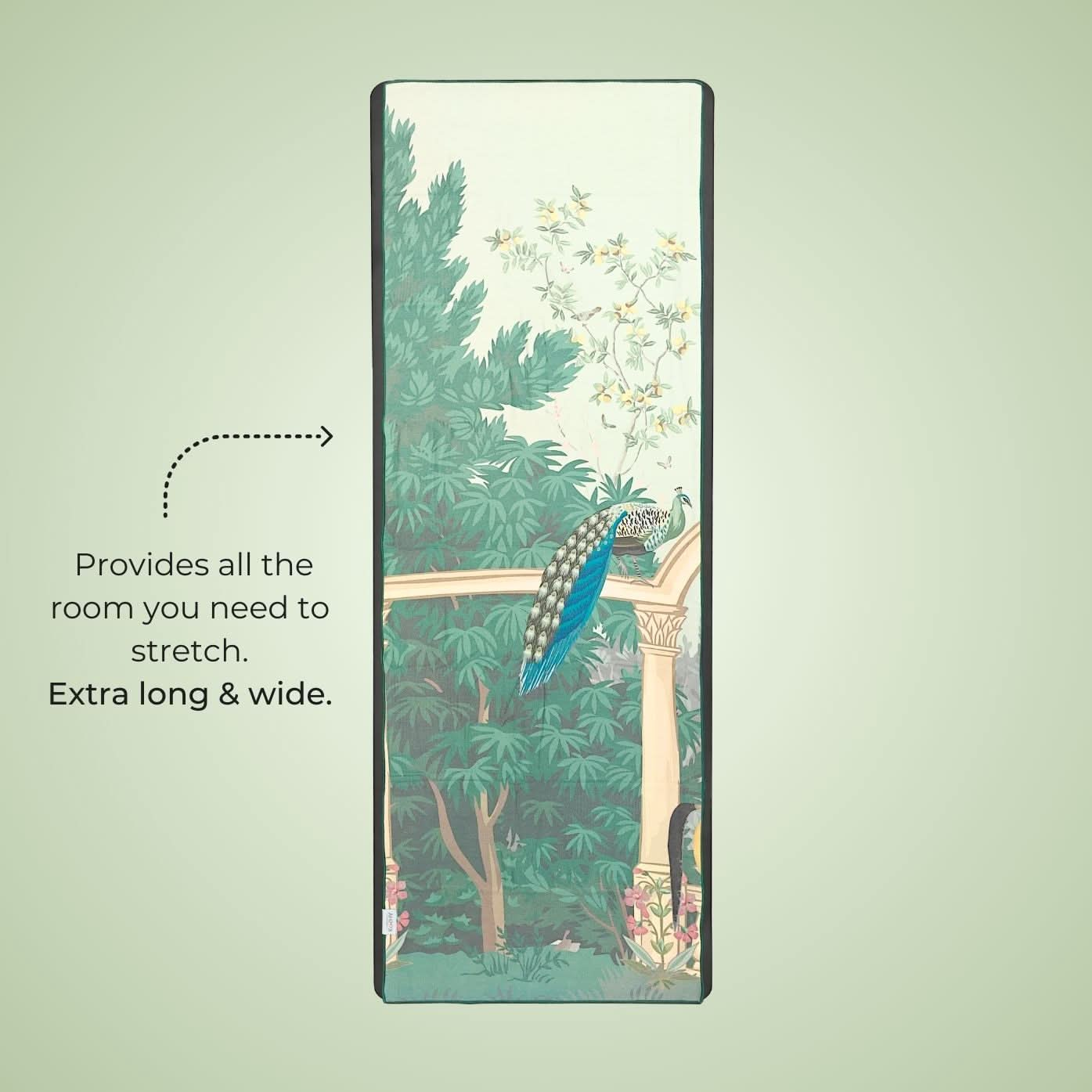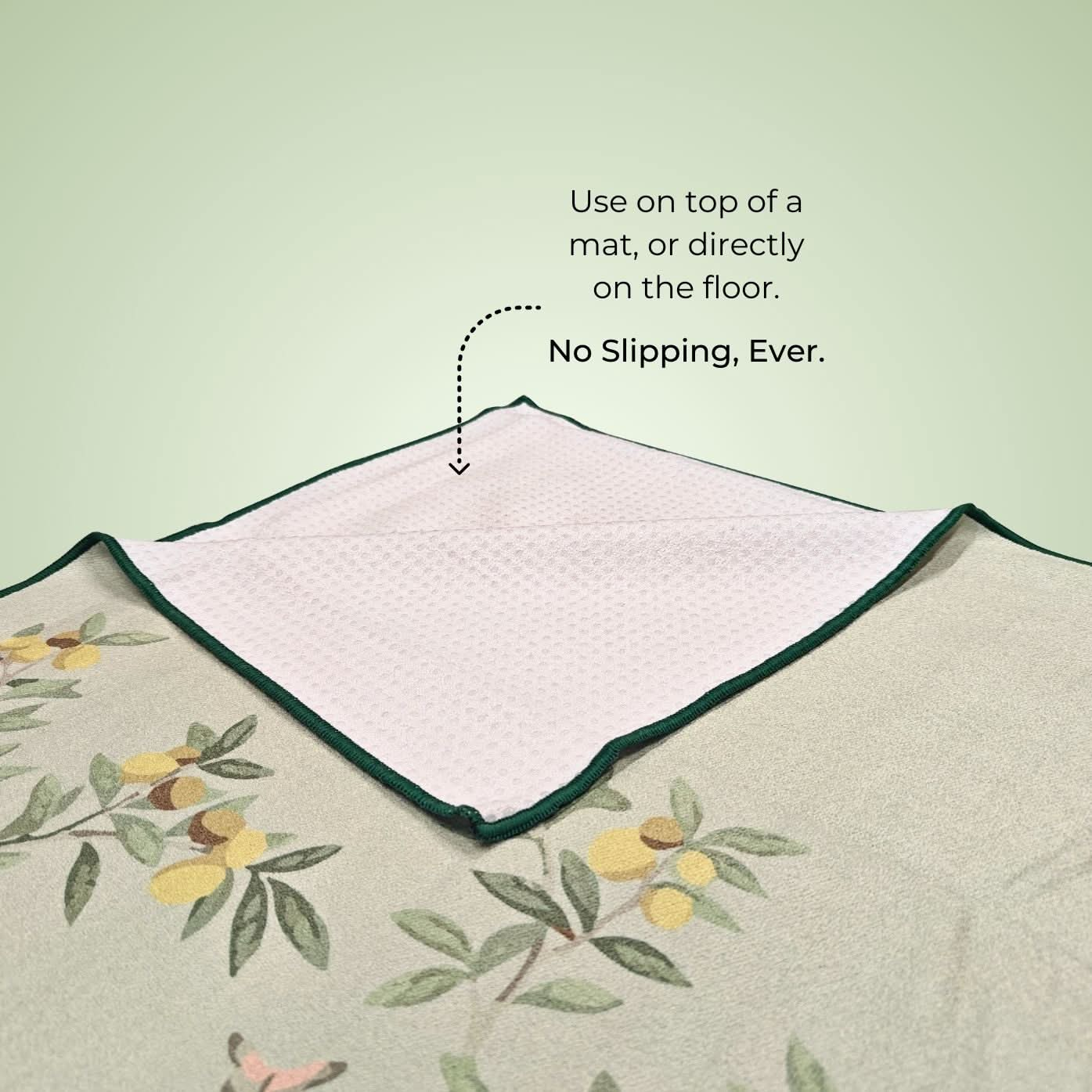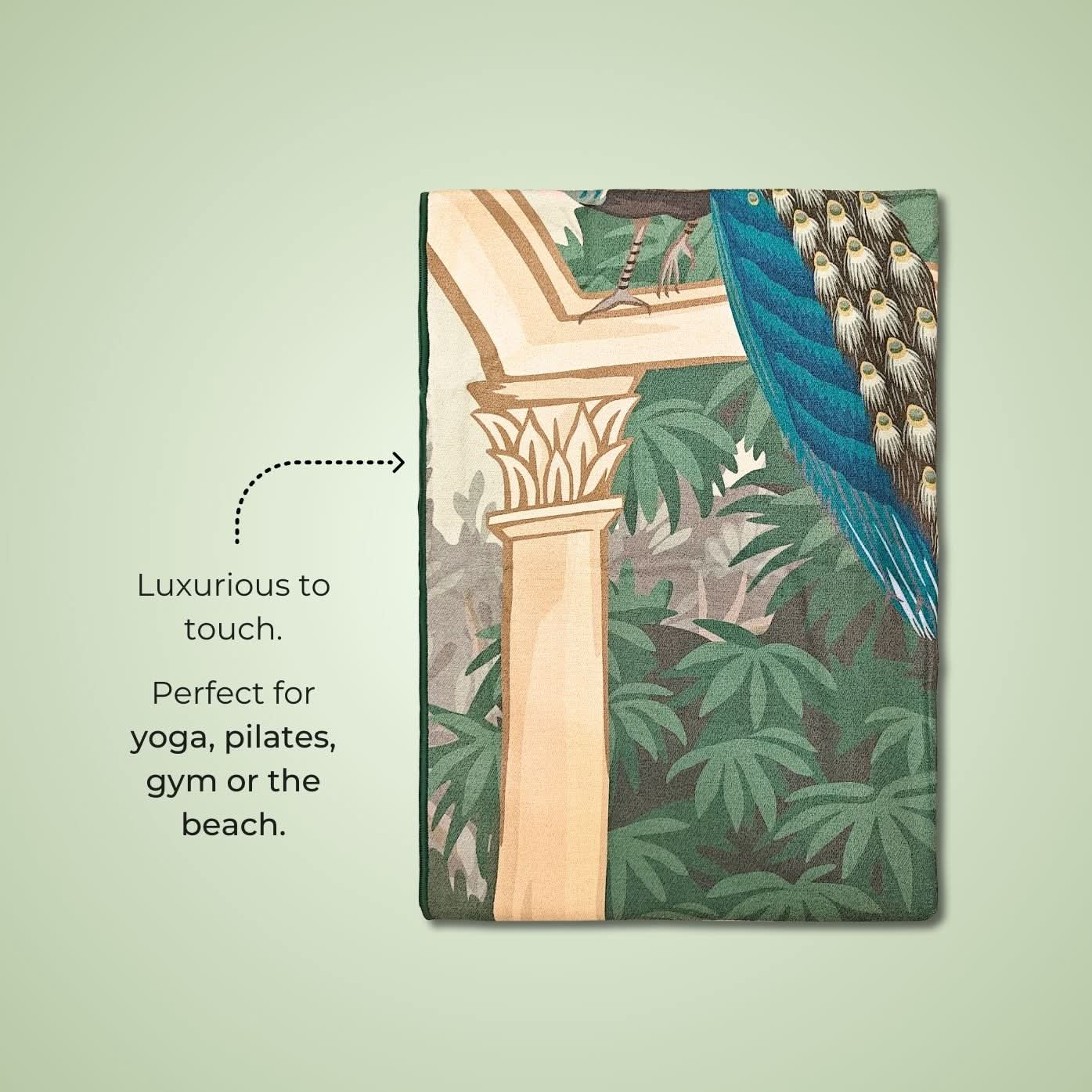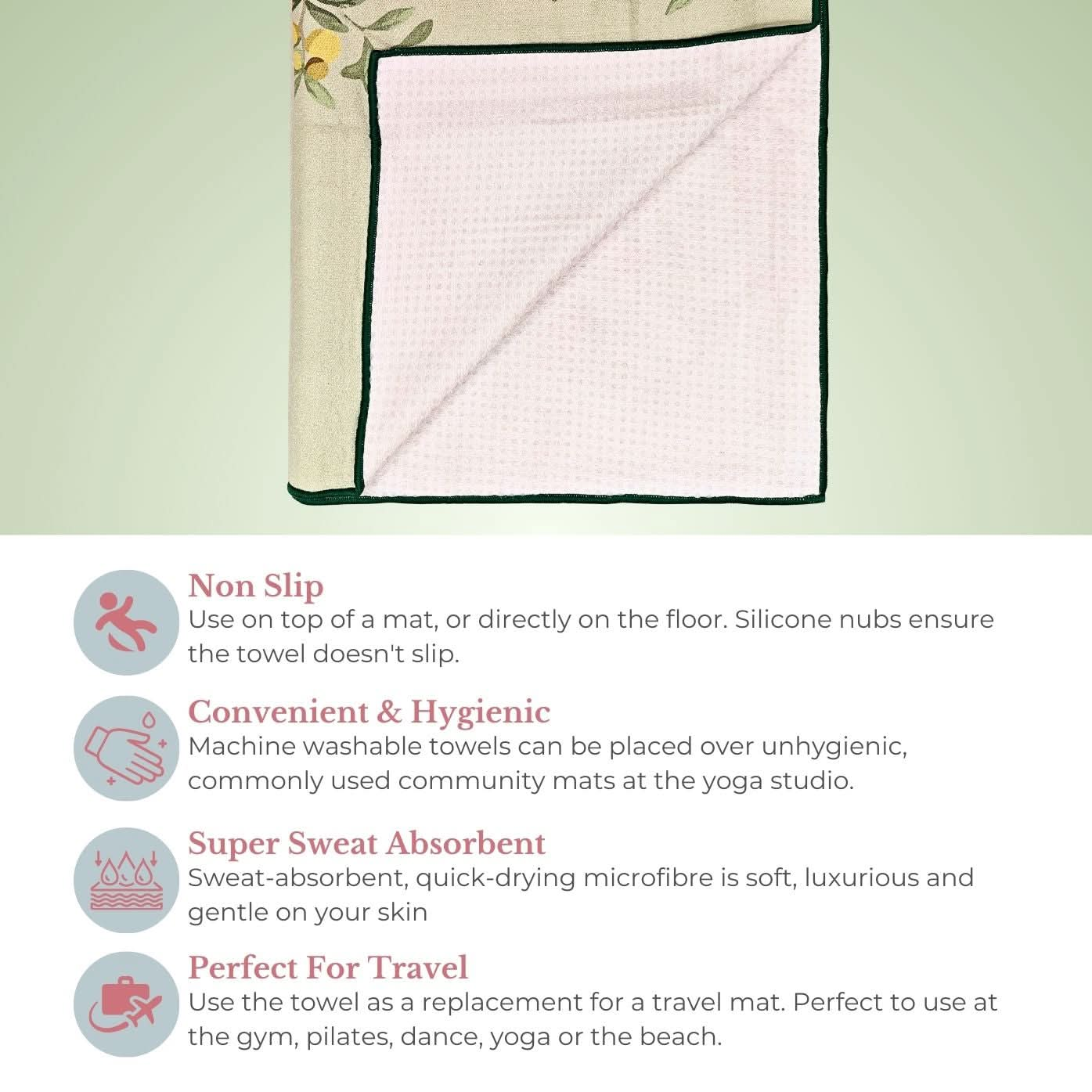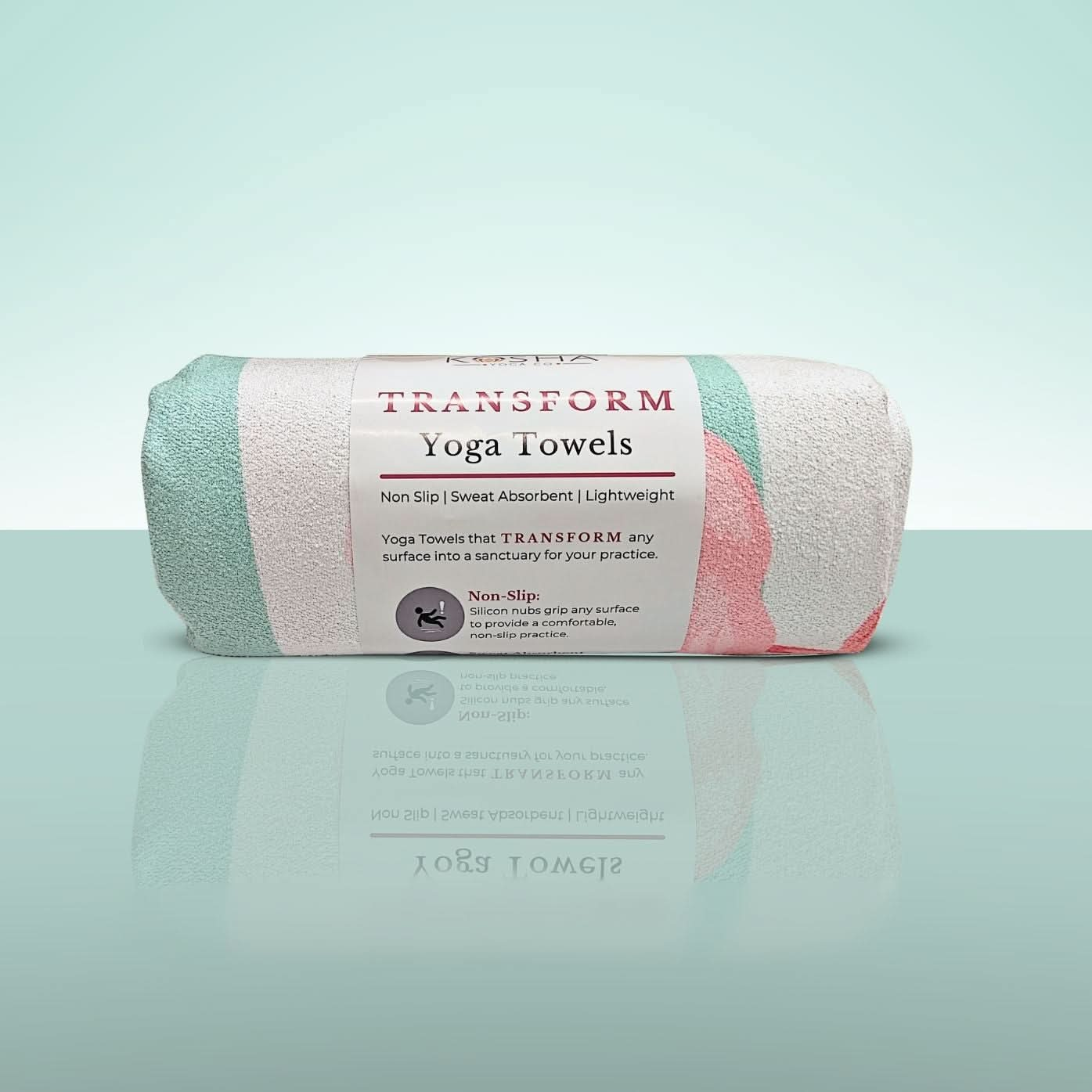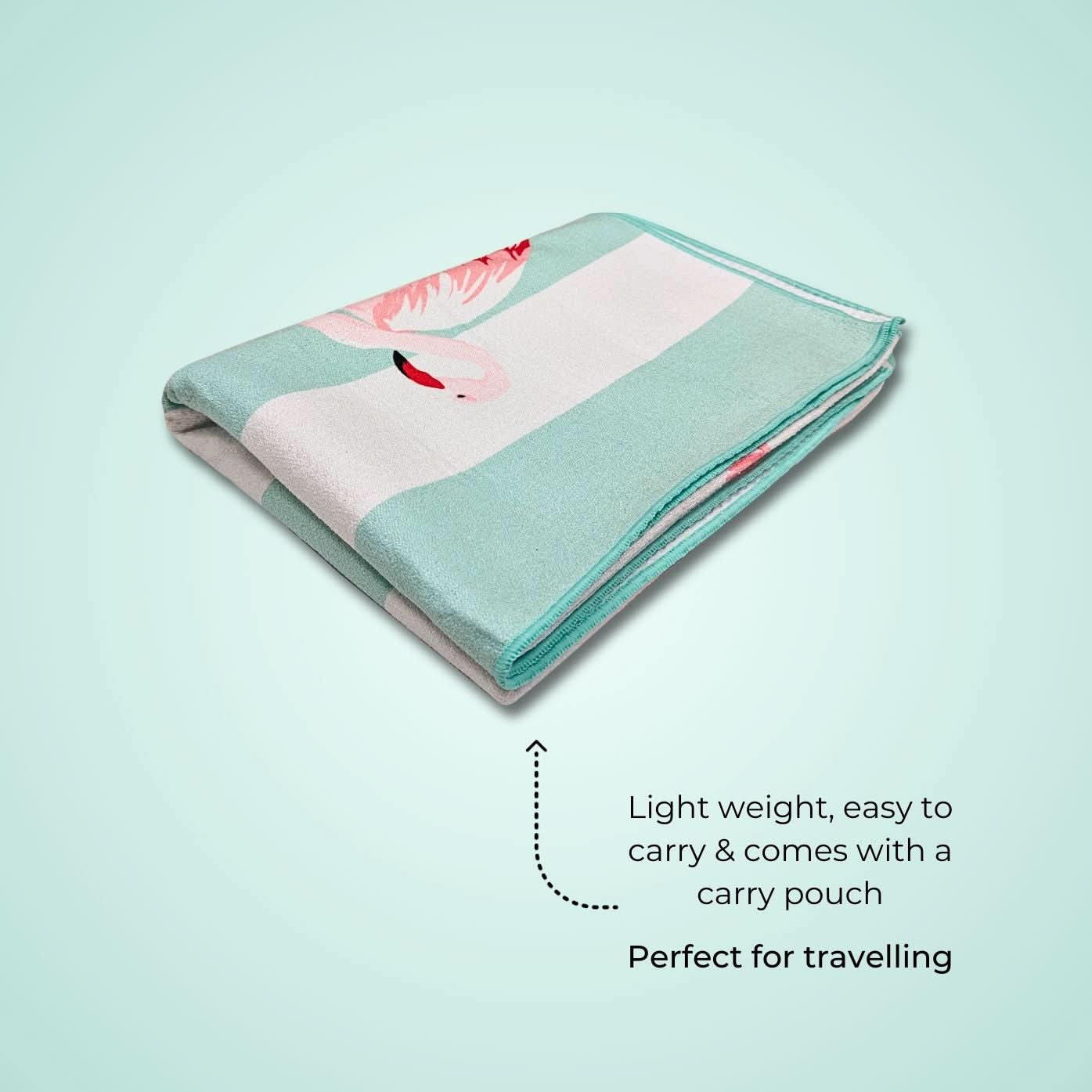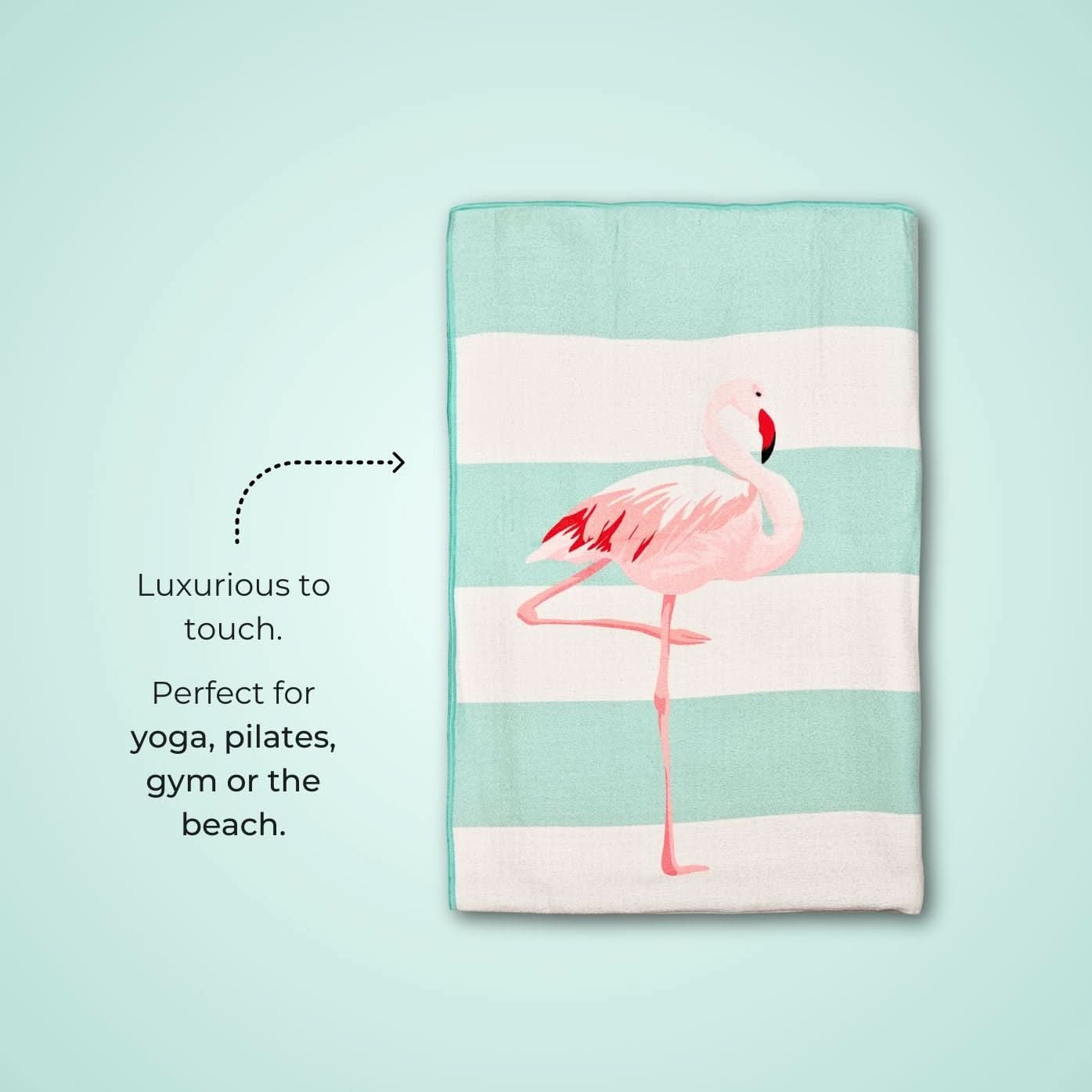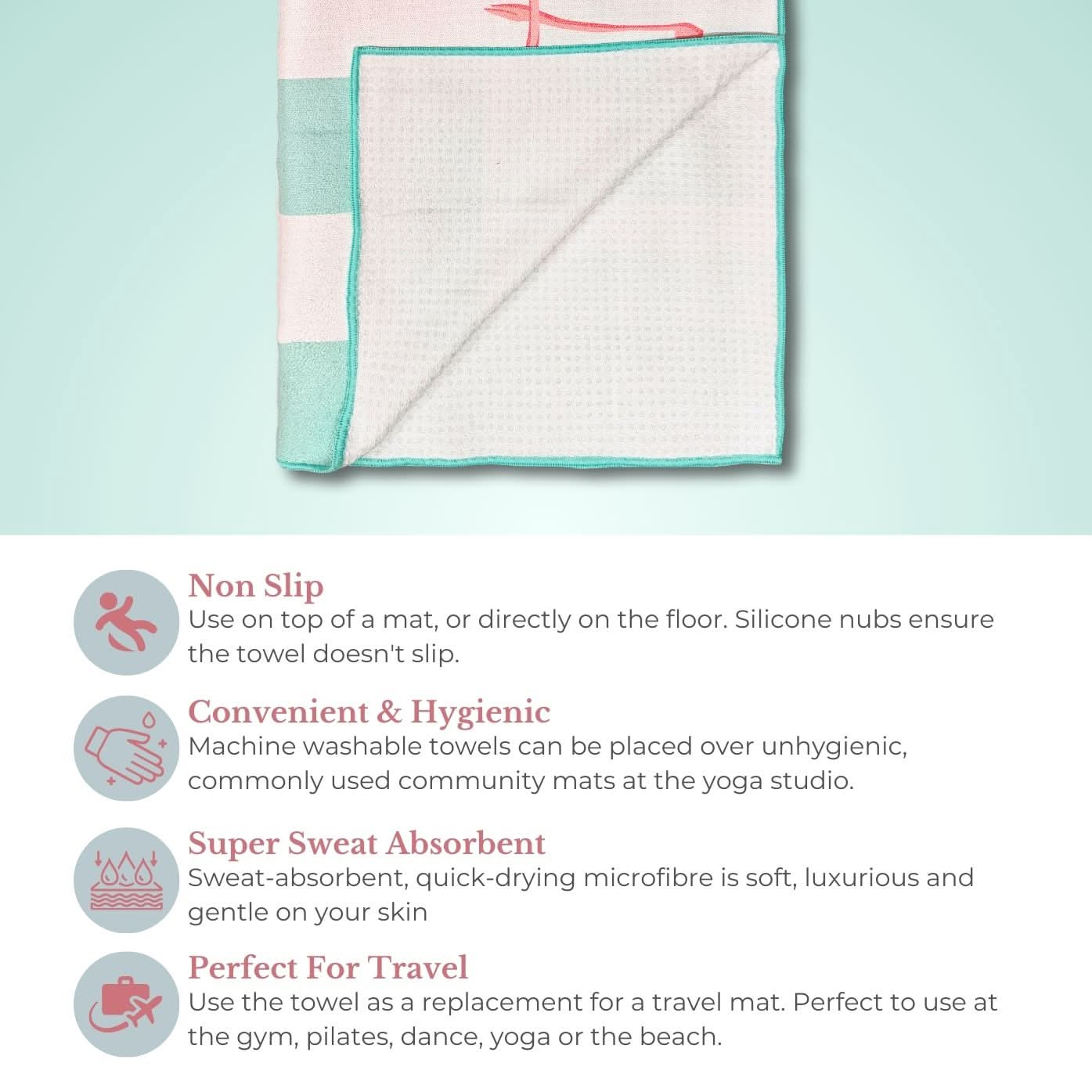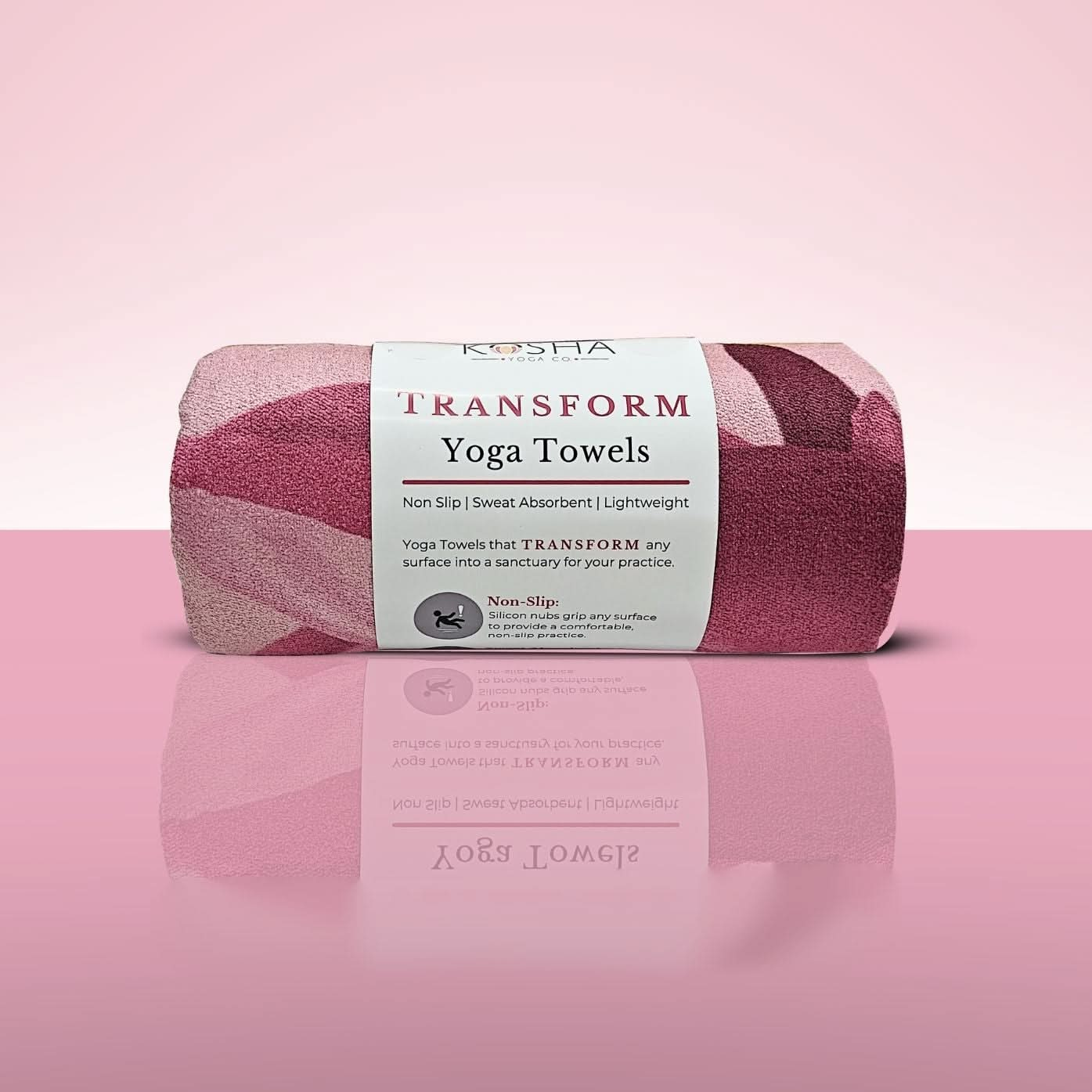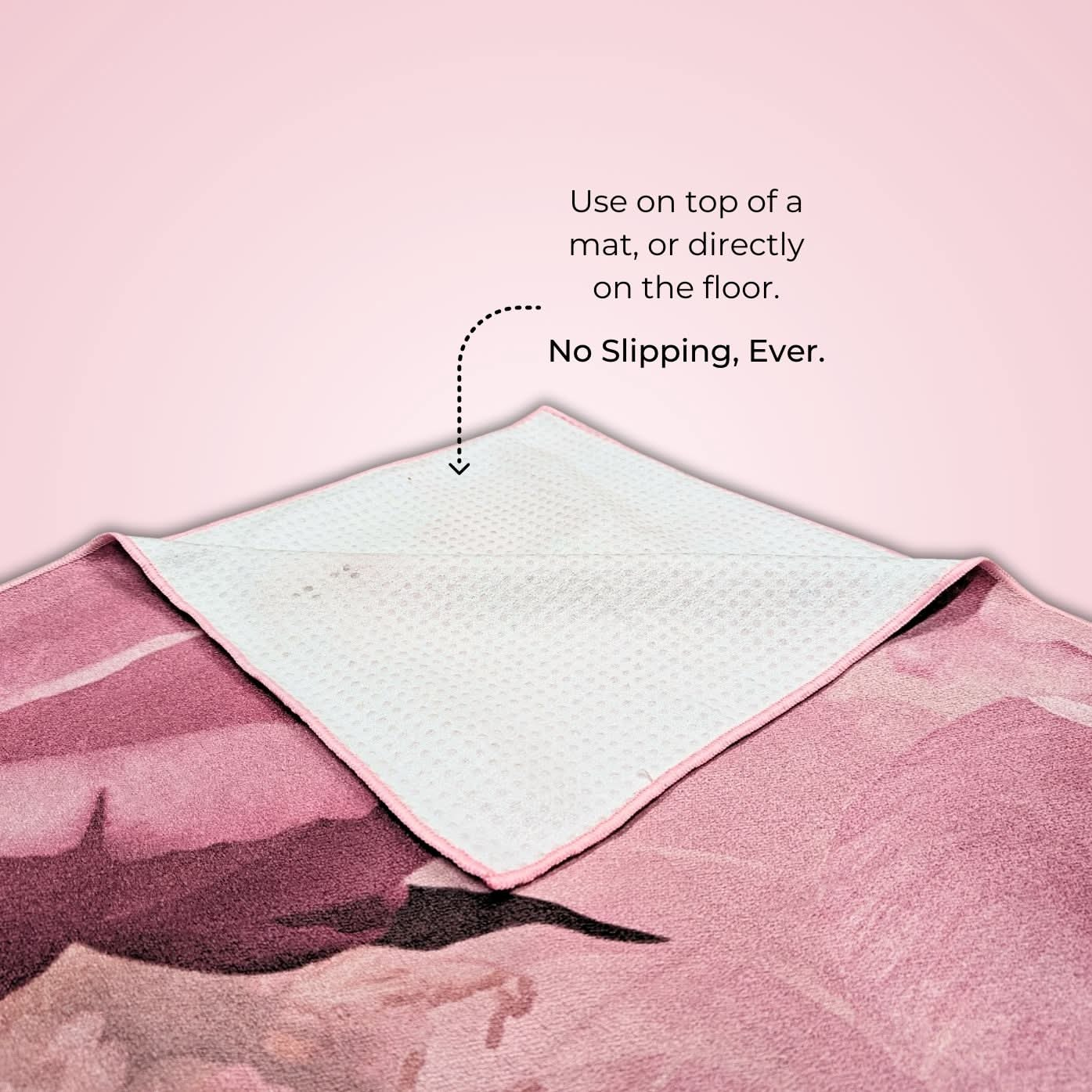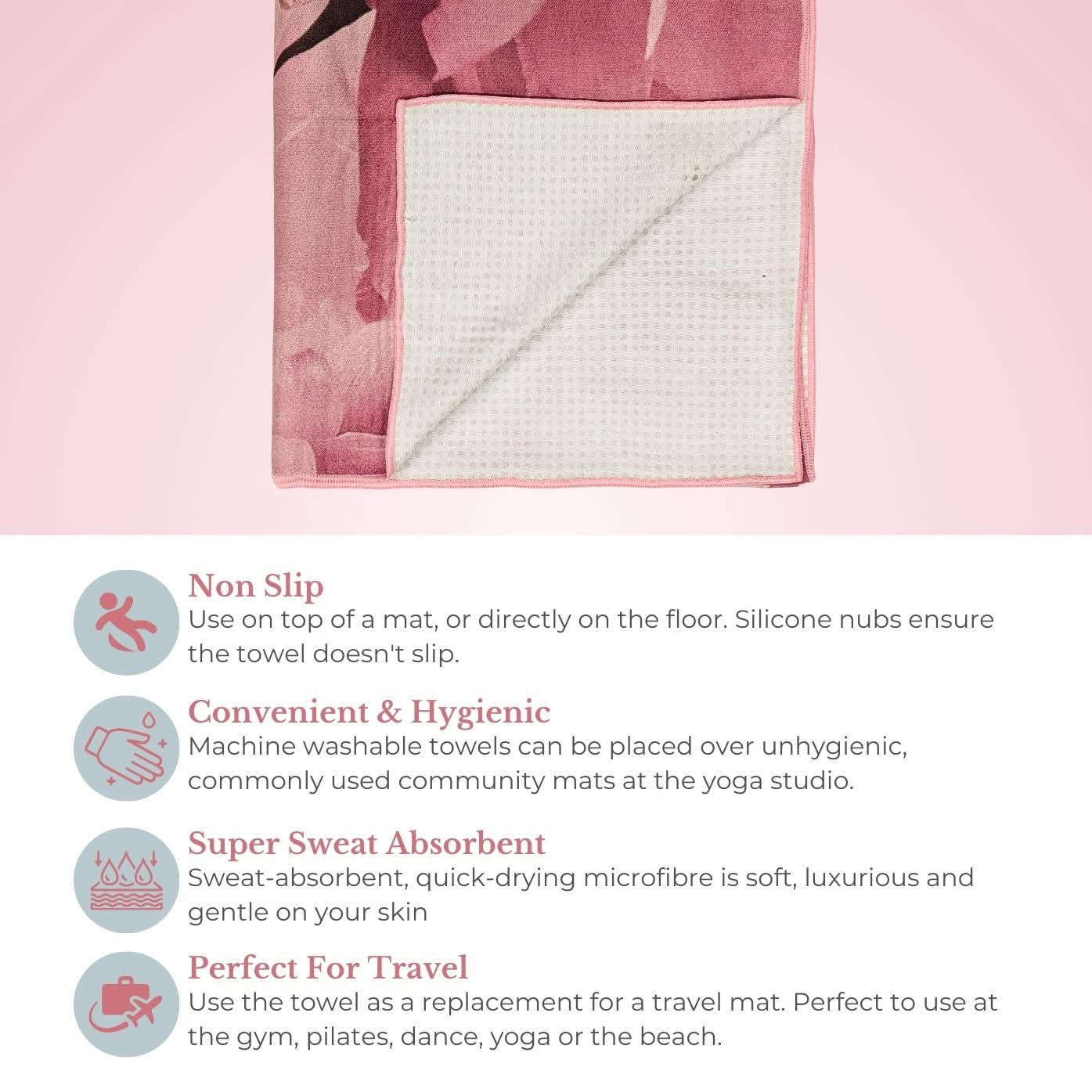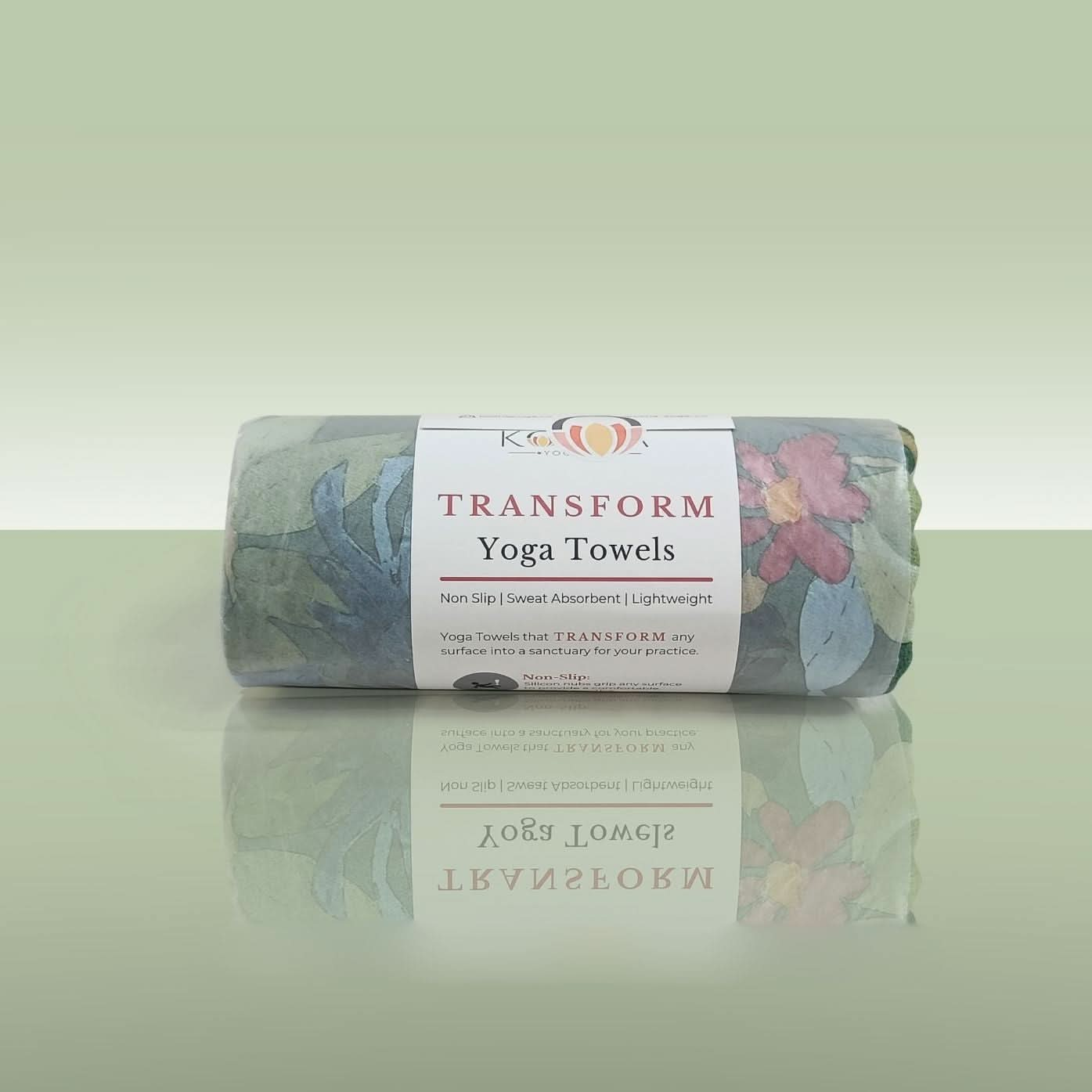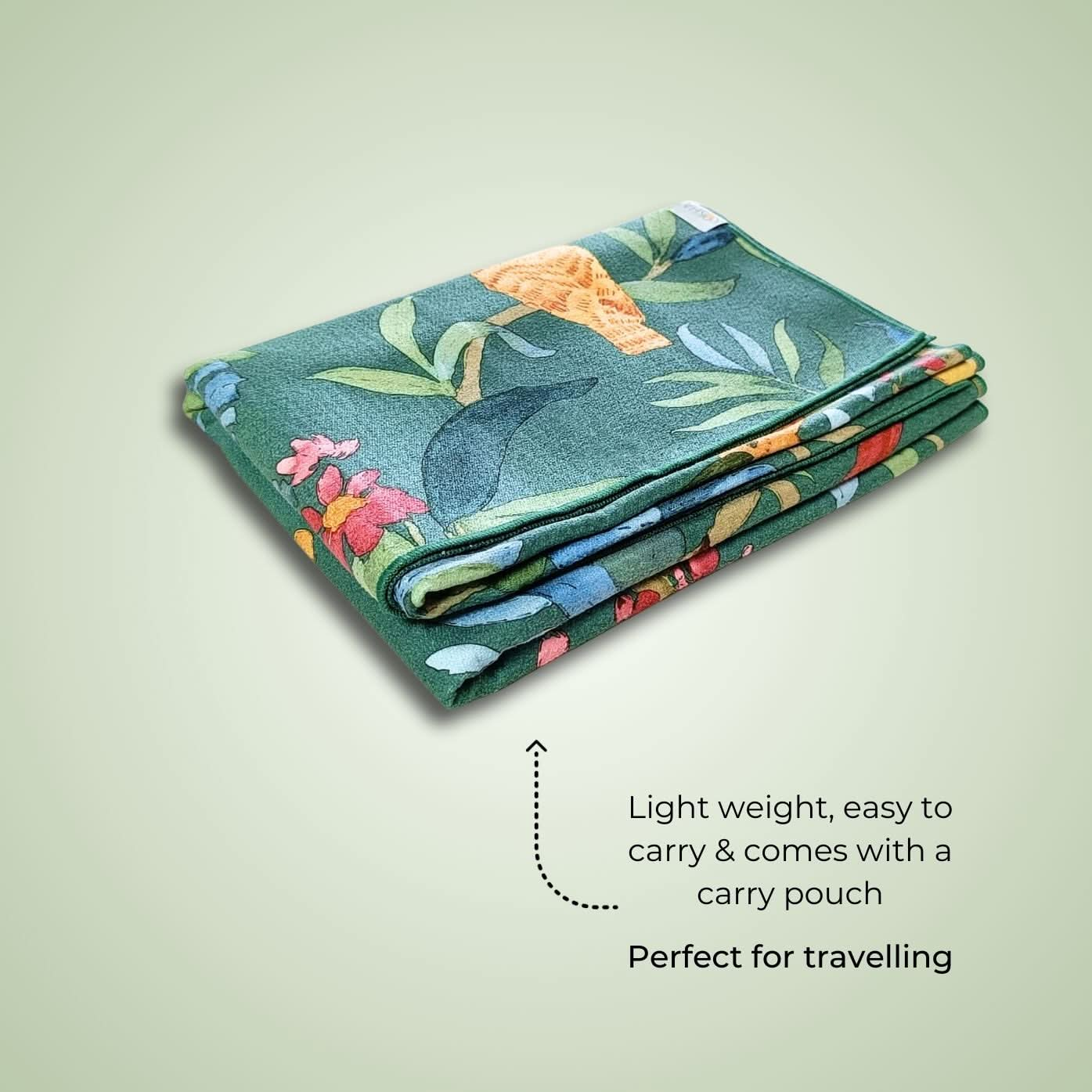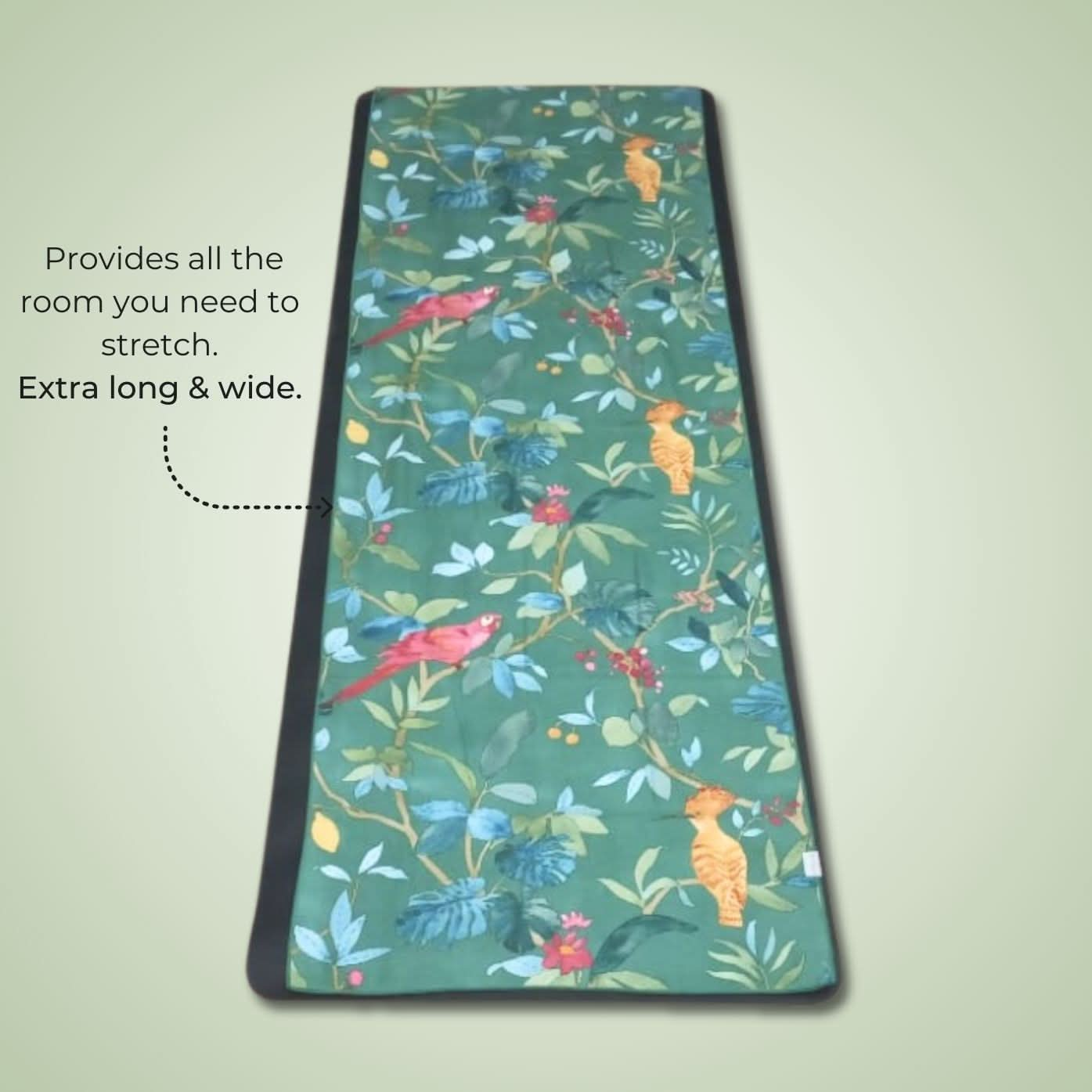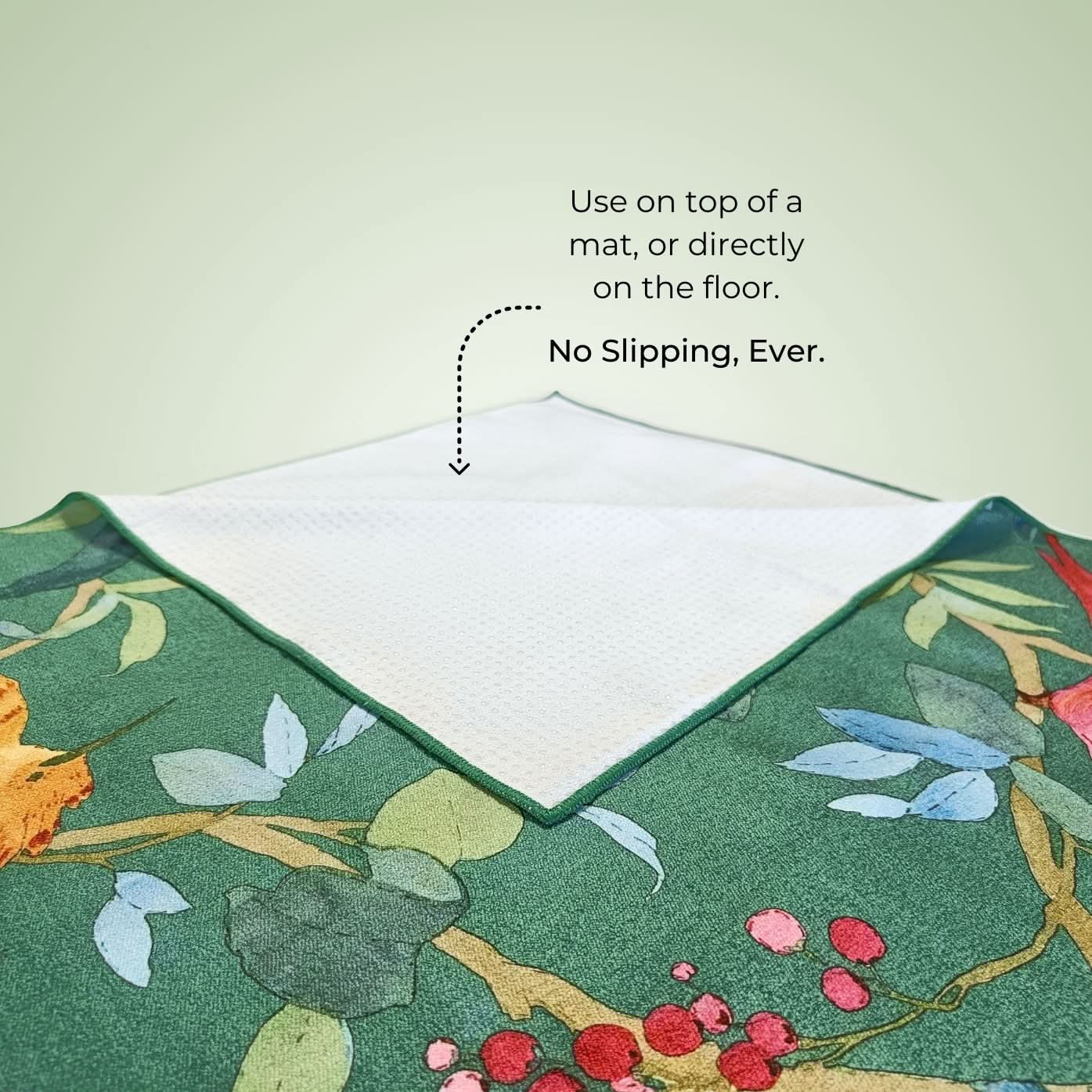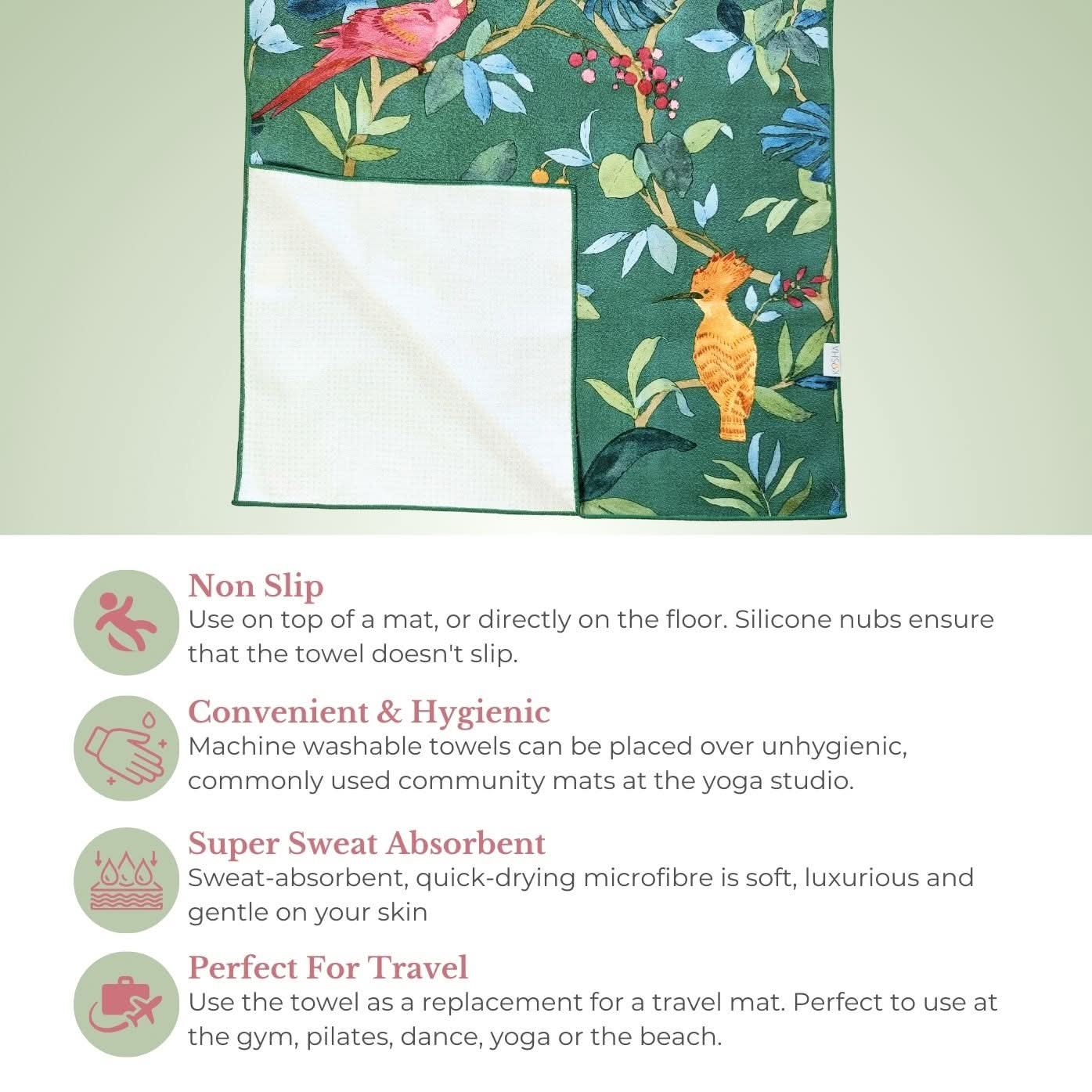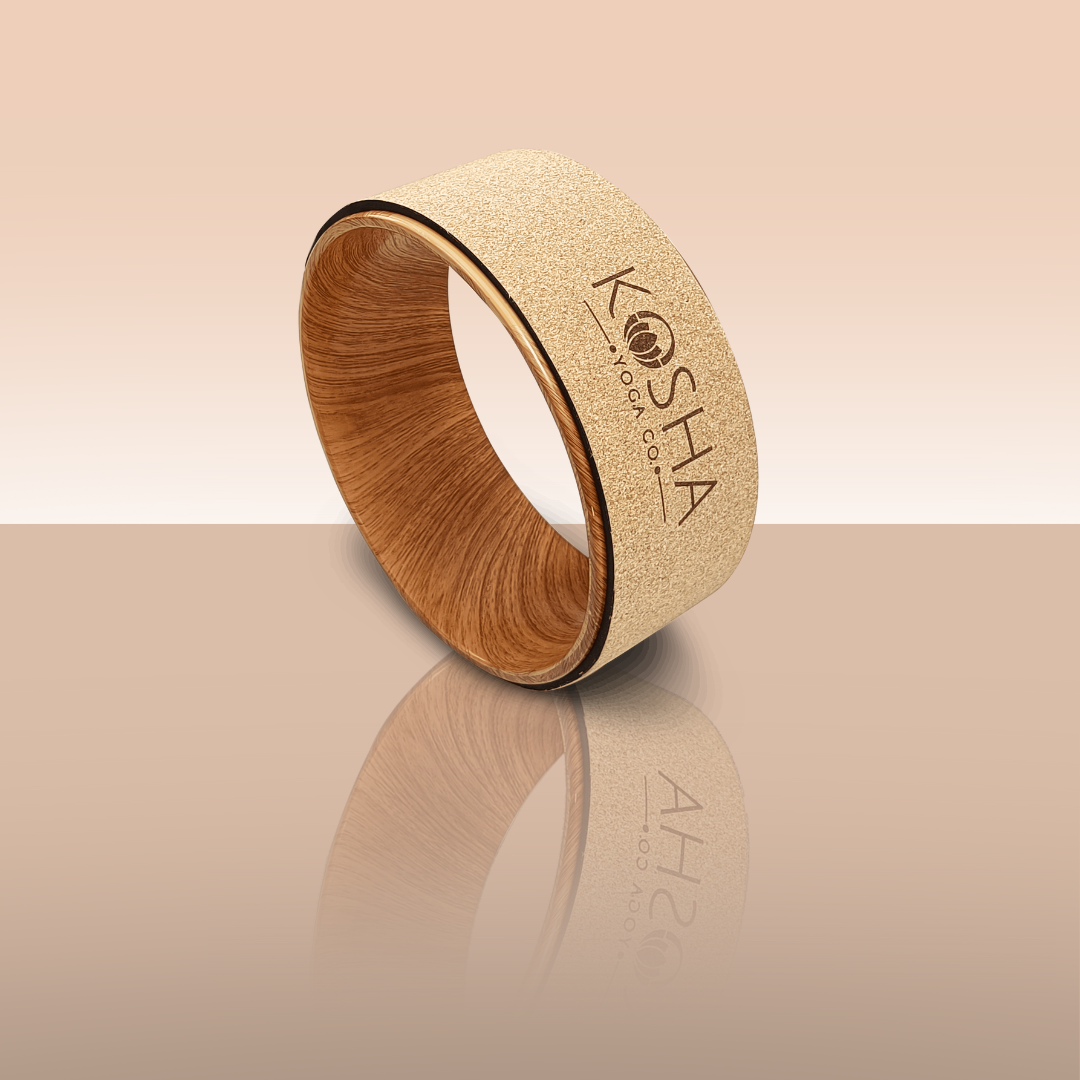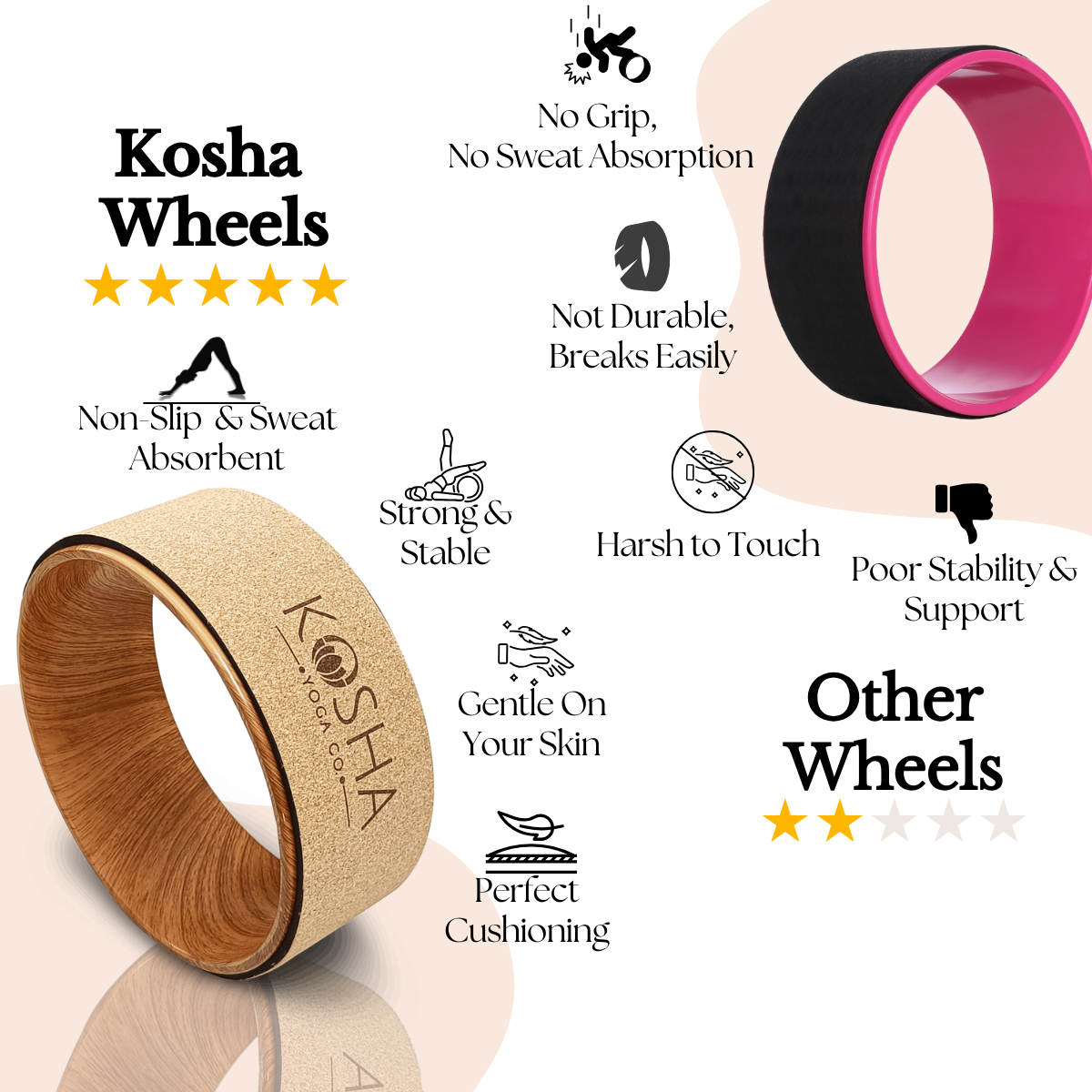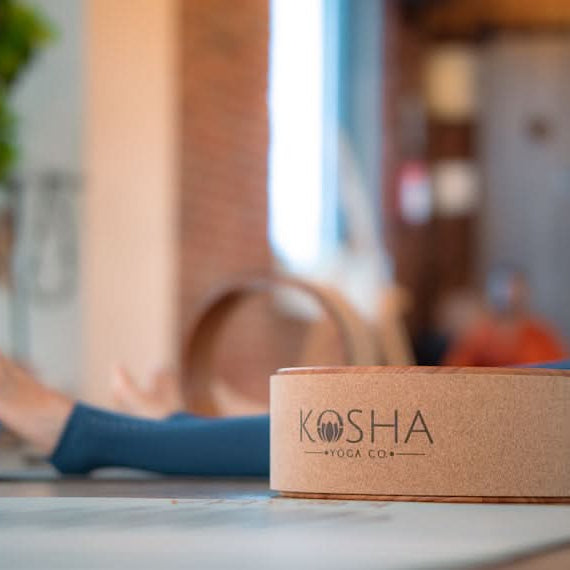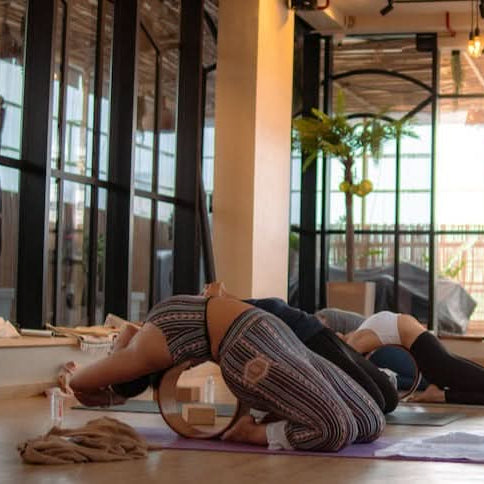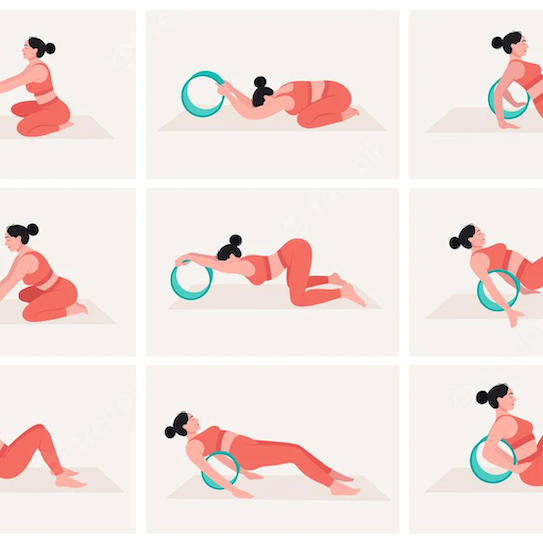Our Yoga for Sport series guides you through the advantages of adding Yoga to your fitness and training routine, especially if you play sport.
Swimming is arguably one of the best ways to stay fit. Not only is it a complete body workout, but since it is low impact activity, it is perfect to keep you injury-free or help you recover from a previous injury.
Swimmers need to be aware of each muscle of their body to maintain a streamlined silhouette as they glide through the water. This demands great flexibility from all the major muscle groups. To swim faster, you need strength in the arms, shoulders, core, spine and legs. Swimming well also requires co-ordination between your breath and your limbs, demanding that your mind is aware of every movement.
Since swimming demands as much from your body as it does from your mind, Yoga is a great way to aid and improve your performance in the pool.
Whether you’re training for a triathlon, swimming competitively or simply want to get the most out of your weekly session in the pool, practicing these asanas daily will take your performance to the next level.
1. Upward Facing Dog i.e. Urdhva Mukha Svanasana
Benefits:
- Opens the shoulders and chest
- Stretches the abdomen and the anterior chain
- Strengthens the arms, shoulders, lower back and chest
- Helps to calm the mind
- Eases tension, stress, and anxiety and re-energises you
Getting into the Upward Facing Dog pose:
- To start, lay with your stomach on your Yoga mat and brings your hands next to the shoulders.
- Press through your hands and the top of your feet
- Inhale as you. Lift your body such that your thighs are off the floor
- Keep the arms rotating outwards, and the thighs inwards.
- Draw your shoulder blades away from your ears I.e. try and keep the shoulder blades as close to the spine as possible
- Keep your neck neutral
- Hold the pose for 4-5 breaths
2. Downward Facing Dog i.e. Adho Mukha Svanasan
Benefits:- Stretches and strengthens the arms, shoulders, chest, hamstrings and calves
- Helps to calm the mind
- Eases tension, stress, and anxiety and re-energises you
Getting into the Downward Facing Dog pose:
- To start, come to your hands and knees.
- Place your hands firmly on your Yoga mat, take a small step back if needed, press your feet into the mat and raise your torso
- Stretch your back and your legs first.
- Draw the shoulder blades towards the spine and try to lower them as much as possible.
- Focus on drawing your tailbone to the ceiling and keeping your back as flat as possible.
- Bend your knees, if needed, to maintain a straight spine.
- Hold the pose for about 4-5 breaths
- The aim is to eventually have your feet flat on your Yoga mat.
Chandni performing the Downward Facing Dog Pose on her Kosha Yoga Co PUre Yoga Mat
3. Bow pose i.e. Dhanurasana
Benefits:
- Stretches the anterior chain
- Strengthens the back muscles
- Increase flexibility of the spine
- Strengthens core muscles
- Strengthens the thighs, hip-flexors and groin muscles
Getting into the Bow pose:
- To start, lay with your stomach on your Yoga mat and keep your arms next to your torso.
- Fold your legs to bring your heels close to your glutes
- Reach out with your hands to hold on to your ankles
- Keep feet hip-width apart
- As you inhale lift your chest and legs by arching your back and using your legs
- Remember to use your legs to lift your chest and to keep the shoulder blades close to your spine
- Hold for 2-3 breaths before lowering down
- Repeat the pose
4. Humble Warrior Pose i.e. Baddha Virabhadrasana
Benefits:
- Stretches the spine, chest, shoulders arms, abdomen, hips, pelvic floor, gluteus, groin, hamstrings, quadriceps, and calves.
- Strengthens abdomen, knees, thighs and arms
- Increase flexibility and range of motion of the hip
- Increases balance and awareness
- Stimulates the nervous system since this asana acts as a gentle inversion
Getting into the Humble Warrior pose:
- Begin by getting into the Downward Facing Dog pose
- From here inhale as you bring the left foot forward, between your hands and come up to the warrior 1 pose
- Hold this pose, keeping your hips square and bending the left knee such that the thigh is parallel to your mat.
- As you inhale, stretch your arms behind you as you rotate the shoulders. Interlock your fingers behind your back, as you stretch the chest.
- As you exhale, gently bow forward, keeping your fingers interlocked and chest-open.
- Your left shoulder may touch your left leg as you drop deeper into the pose.
- Hold here for 2-3 breaths
- Gradually transition to Warrior 1, and hold the warrior 1 pose for a couple of breaths before switching to the other side
Joan performing the Humble Warrior Pose
5. Boat Pose i.e. Navasana
Benefits:
- Strengthens the abdomen, hip flexors, and spine
- Strengthens the thigh muscles.
Getting into the Boat pose:
- Sit on your Yoga mat with your knees bent in front of your chest and feet flat on the mat.
- Hold your thighs, with your hands placed just behind your knees and lift your feet so that your shins are parallel to the mat.
- Engage your core as your shins become parallel to the floor, to balance your on your sit bones.
- Be sure to engage your core and elongate your torso, ensuring that the spine remains straight. Try and keep your chest as open as possible.
- Once you've found your balance, let go of your palms and extend your arms out, maintaining balance.
- When you're comfortable here, straighten your legs, so that your torso and legs make a "V"
- Hold the pose for 5 to 10 breaths, remembering to breathe and then slowly release.

Anuja performing the boat Pose on her Kosha Yoga Co Infinity Mat
The Asanas mentioned above are beginner and intermediate level. Once you feel comfortable and confident in these poses, you could progress to more advanced versions of these Asanas.
If you play sport, you know that consistency is key. The same is true of yoga. Only through regular practice will you see the most benefits. Remember, yoga is more of a marathon than a sprint.
While practicing Yoga always remember to be kind to your body, listen to it and respect its limitations.
About the Author: This article is written by Smita Shah, a triathlete and yoga practitioner. Smita has been an avid swimmer all her life and took up Yoga to help her body withstand the demands of competing in Triathalons. Find Smita's favourite Yoga Mats here.

